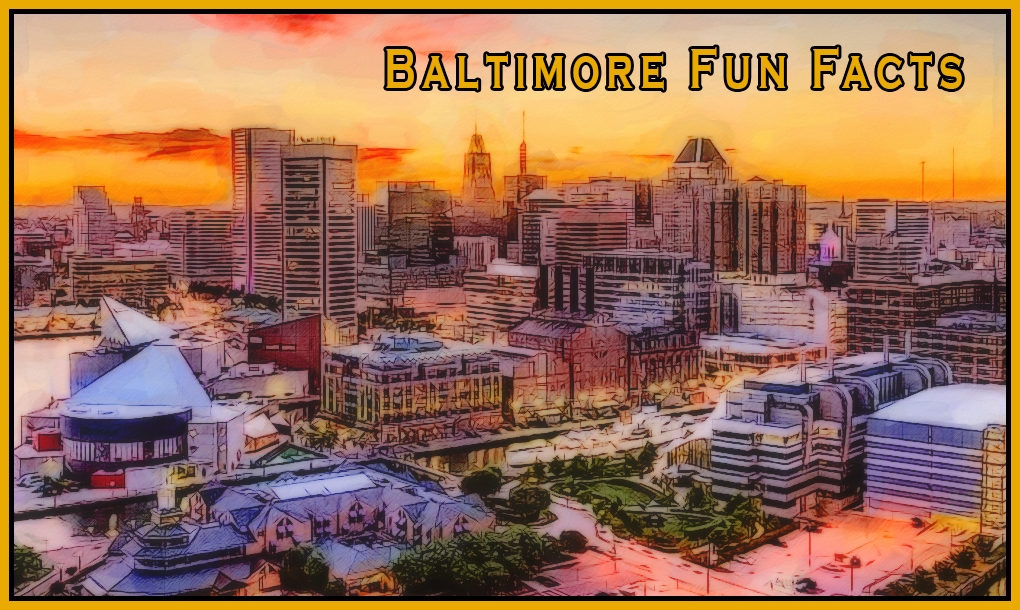
A list of known firsts that occurred right here in Baltimore.

Baltimore City Police
Departmentals
'CRASH SQUAD' CARS ARRIVE FOR POLICE
2 February 1938
The Sun (1837–1989); Feb 2, 1938; p. 7
'CRASH SQUAD' CARS!
Arrive for the police!
New Autos, To Probe All Accidents,
To Go Into Service When Equipped
Crews Will Test Brakes of the machines involved and Photograph Scene Three automobiles for the "crash squad" of the Police Deportment have arrived and will be placed in service as soon as they are equipped, Capt. Henry C. Kaste, head of the Traffic Division, announced yesterday. The machines will investigate all automobile accidents and will have decelerometers for testing the brakes of cars involved in crashes, as well as photographic equipment for recording the actual conditions after the accident
Two-Way Radios
They will have two-way radios, sirens, and blinking red lights to enable them to get to the scene before the positions of the cars have been altered. The crews, graduates of the University of Maryland's Traffic School, will render aid to the injured and will reroute all traffic until the conditions have been photographed and measured.
Officials hope to relieve the foot patrolmen of responsibility for traffic accidents. Members of the "Crash Squad" will be given two days and a month in traffic court to handle their cases, and the new manner of collecting evidence is expected to result in more convictions, particularly in fatal accidents.
Squad Still Nameless
Serge. Clarence O. Forrester is head of the squad, which is still officially nameless. Other cities with similar departments have decided upon "Accident Investigation Department" for a title, and it is expected that this choice will be made here also.
The "crash squad" was organized according to a report from the Baltimore Safety Council in April 1937, which recommended it as "a vital need for the securing of evidence." In conjunction with the council's report, the grand jury urged the squad's creation as a means of reducing accident fatalities and injuries.
Nice Committee Calls Three Traffic Experts
Three traffic experts will appear before Governor Nice's automobile insurance committee at a meeting to be held at 8 p.m. Tuesday at the Emerson Hotel. They are: Dr. S. S. Stineberg, Dean of the College of Engineering at the University of Maryland, is conducting the traffic school there. John P. Rostmeyer, director of the Baltimore Safety Council. Preston D. Callum, chairman of the Baltimore Traffic Committee. The committee was named by the governor shortly after the first of the year to make a study of automobile insurance in the state and to make recommendations to him and the next general assembly.
Members of the committee are:
George W. Baulk, chairman, and W. Harry Haller, of Frederick, representing the insurance companies. John T. Shipway, of Flintstone; Jos. Eph S. Bigelow, of Annapolis; and J. Francis Rahlke, of Westminster, representing businessmen. Max Sokol, secretary, and Robert R. Carmen, representing the legal profession. The last Legislature passed a resolution calling for the appointment of the committee.
![]()
 Sun Paper Pic
Sun Paper Pic Sun Paper Pic
Sun Paper Pic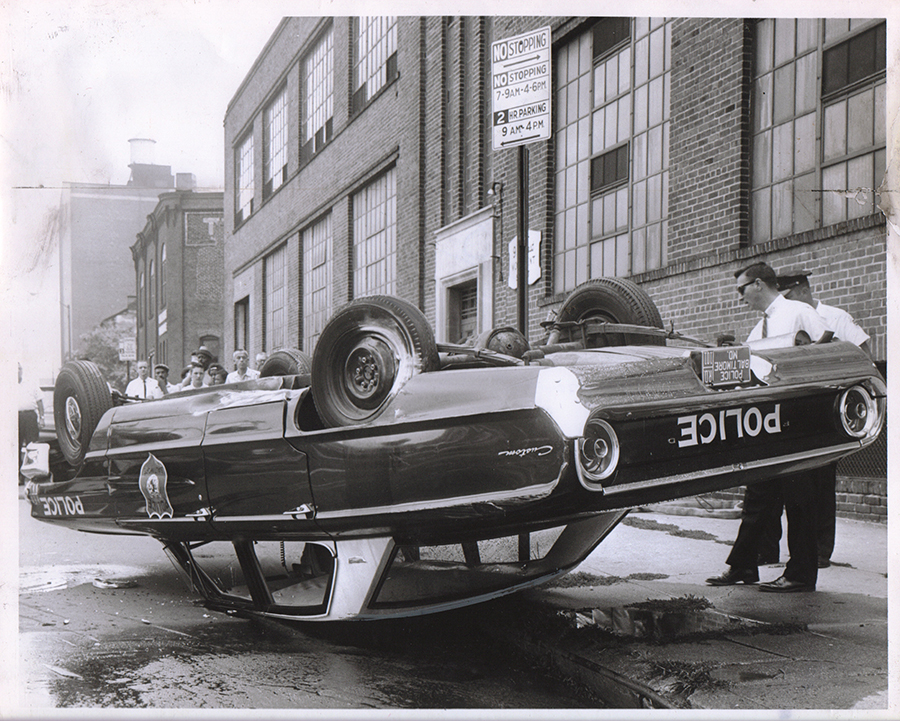 Sun Paper Pic
Sun Paper Pic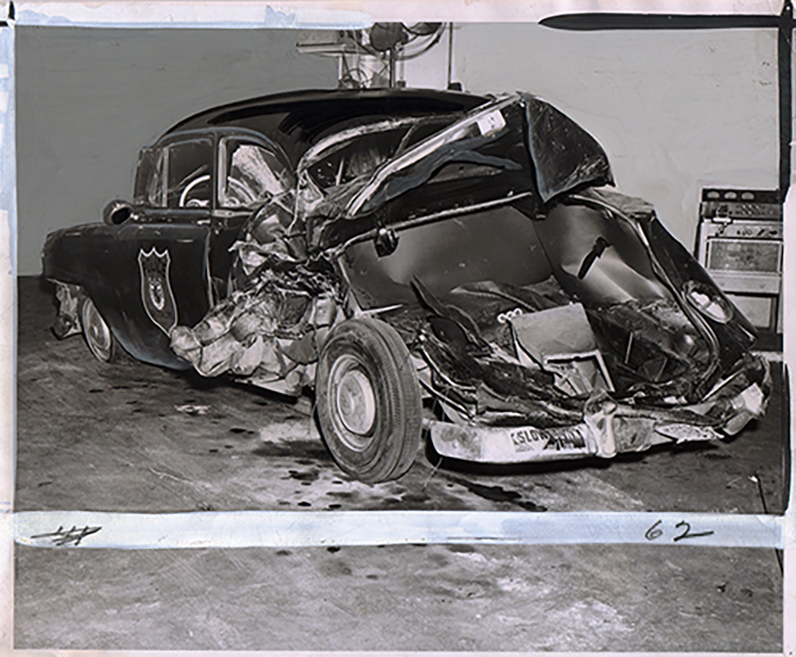 Sun Paper Pic
Sun Paper Pic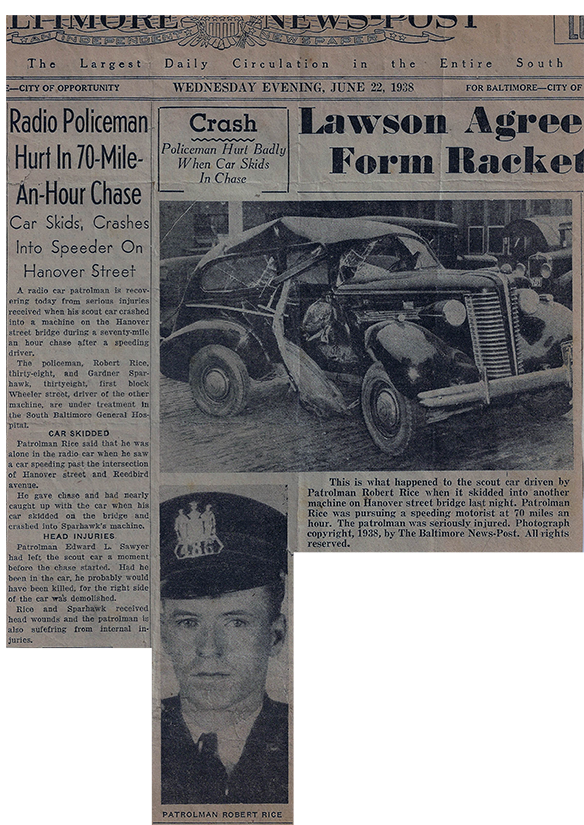 Radio Policeman Hurts In 70-Mile-an-Hour chase Car Skids Crashes
Radio Policeman Hurts In 70-Mile-an-Hour chase Car Skids Crashes
Into Speeder On Hanover Street A radio car patrolman is recovering today from serious injuries received when his scout car crashed into a machine on the Hanover Street bridge during a seventy-mile chase after a speeding driver. The policeman, Robert Rice Thirty-eight, and Gardner Sparhawk, first block of Wheeler Street, driver of the other machine, are under treatment in the South Baltimore General Hospital.
CAR SKIDDED
Patrolman Rice said that he was alone in the radio car when he saw a car speeding past the intersection of Hanover Street and Reedbird Avenue. He gave chase and had nearly caught up with the car when his car skidded on the bridge and crashed into Sparhawk's machine.
HEAD INJURIES
Patrolman Edward L. Sewyer had left the scout car a moment before the chase started. Had he been in the car, he probably would have been killed, for the right side of the car was demolished. Rice and Sparhawk received head wounds, and the patrolman is also suffering from internal injuries. This is what happened to the scout car driven by Patrolman Robert Rice when it skidded into another machine on Hanover Street Bridge last night. Patrolman Rice was pursuing a speeding· motorist at 70 miles an hour. The patrolman was seriously injured. Photograph copyright, 1938, by The Baltimore New-Post. All rights reserved.
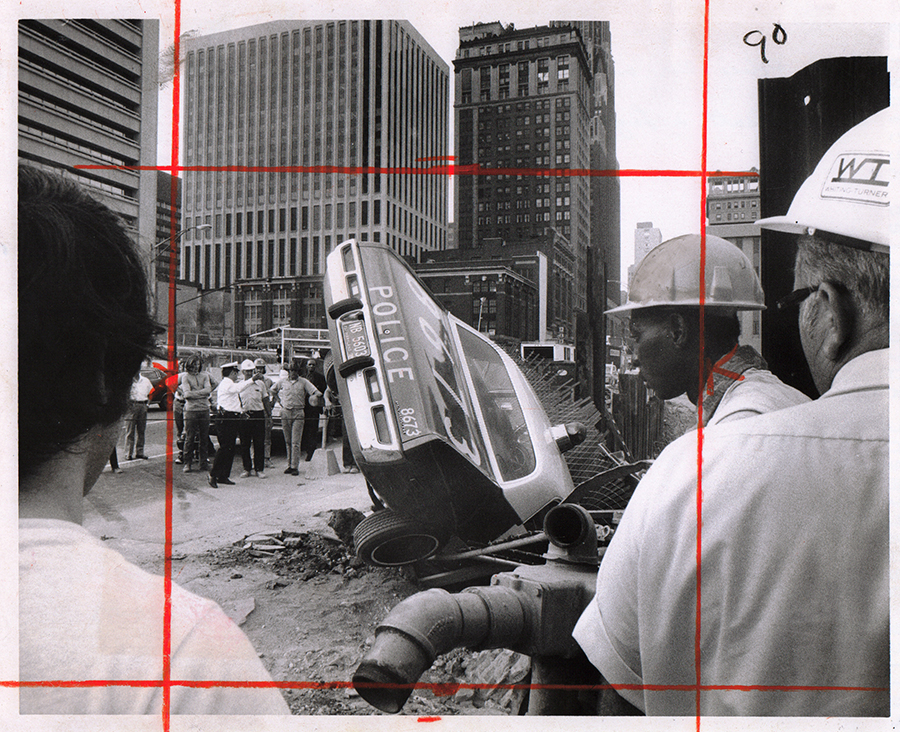
Sunpaper pic
Baltimore police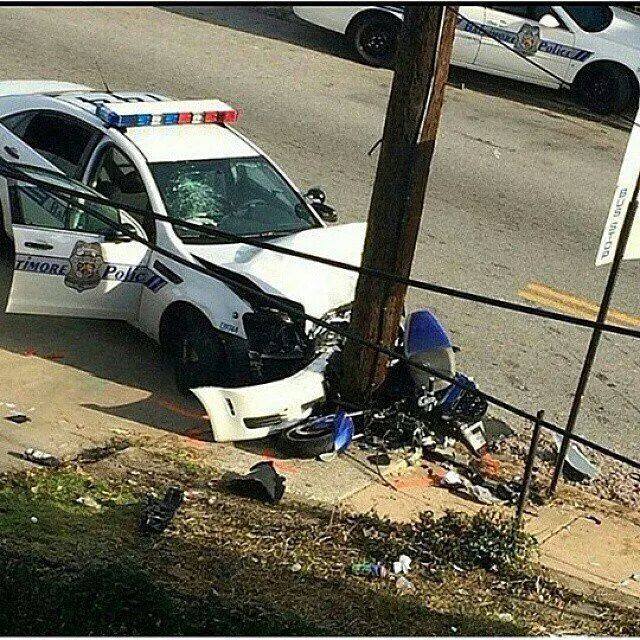 23 November 2014
23 November 2014
12 O'Clock Boys
Three officers seriously wounded
Officer 'fighting for his life' after pursuit police said should have stopped
One Baltimore police officer remained in grave condition Monday after the patrol car he was in slammed into a telephone pole Sunday afternoon after continuing a pursuit his commanding officer had called off.
A female officer, who was also in the car, remained in critical but stable condition with broken bones. The crash also involved the driver of a moped police said the officers had pursued, who was also injured and is hospitalized.
"One officer at this moment is fighting for his life at the Maryland Shock Trauma Center," Baltimore Police Deputy Commissioner Jerry Rodriguez said.
The crash occurred about 1 p.m. Sunday in Northwest Baltimore. The incident began after an officer saw a group of dirt bikers assembling in an alley, police said. Upon being spotted by police, the riders fled on their bikes, except for one man, who ran. The officer followed in his marked patrol car and saw the man hop on the back of a moped that stopped to pick him up.
Patrol officers in the area caught and lost sight of the pair on the scooter at various times, Rodriguez said. Spotting it, three officers in a patrol car gave chase, Rodriguez said. The scooter at that time was only carrying a driver.
Baltimore police have a strict policy that allows officers to pursue if the vehicles they are chasing carry suspects who pose immediate and serious threats to the public. Officers must get permission from a shift commander to pursue.
In this case, a sergeant told the three officers to discontinue the chase, Rodriguez said. Fifteen minutes later, officers called for paramedics, he said.
The patrol car had continued the pursuit and crashed into a telephone pole in the 2200 block of Kirk Ave. after the scooter made a hard turn into an alley, police said.
Rodriguez said police don't know why the officers disobeyed an order to stop.
"We want to know why," Rodriguez said. "We have more questions than answers, but we are attempting to get those answers."
Rodriguez said forensics investigators and members of the police's CRASH team were called to retrace the moments preceding the crash. A police helicopter was also used to survey the crash site and map the route the pursuit had taken.
The third officer in the patrol car, a man, was not hurt. Rodriguez said investigators want to know why three police officers were in the patrol car. Marked cars are meant to carry no more than two officers.
While dirt bikes are illegal in the city, the moped was a licensed city vehicle, Rodriguez said. Fleeing police was the only violation the driver could be cited for, he added. No charges have been filed against the rider.
Baltimore Police's Force Investigation Team, which reviews shootings and other serious incidents in which police force is used, is investigating.
Police did not release the names of the moped driver or the three officers, who, Rodriguez said, ranged in experience from a few years to about a decade on the job.
Police said the dirt bikers had assembled in the alley to attend a large motorcycle rally that was held a few hours later.
Scores of dirt bikers and spectators took to the streets around Druid Hill Park on Sunday afternoon for a memorial ride in honor of Devin Rankin, known among riders as "Lor Dev." Rankin was shot to death Thursday in the 4600 block of Mannasota Ave. in a killing that remains unsolved.
Some on social media referred to him as the "no-hands king" because of his ability to ride on one wheel without steering. Copyright © 2014,
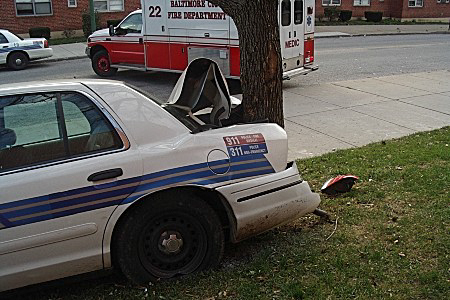
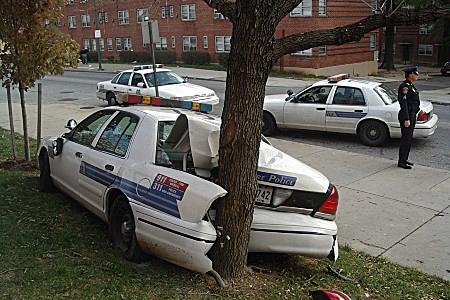

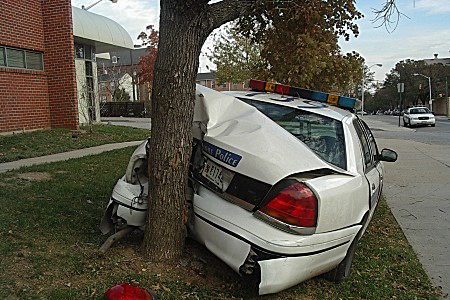

COURTESY SGT. ROBERT FISCHER
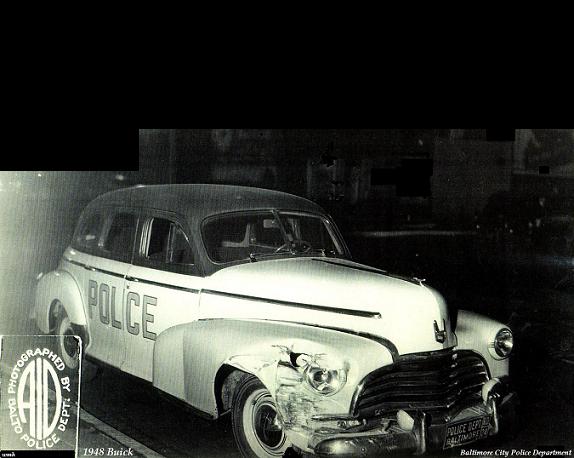
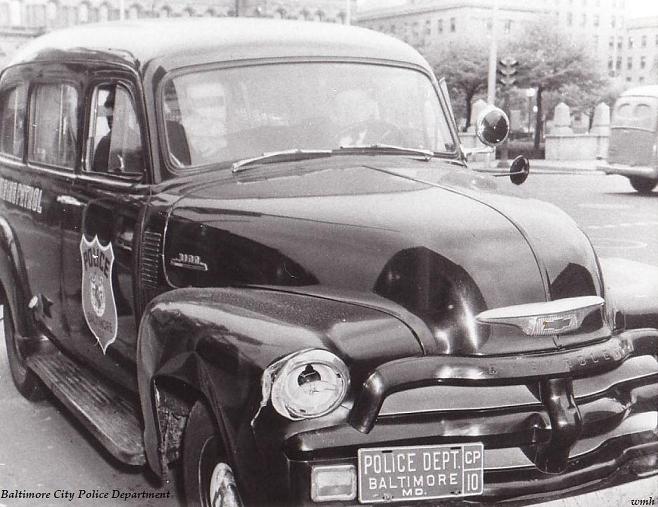
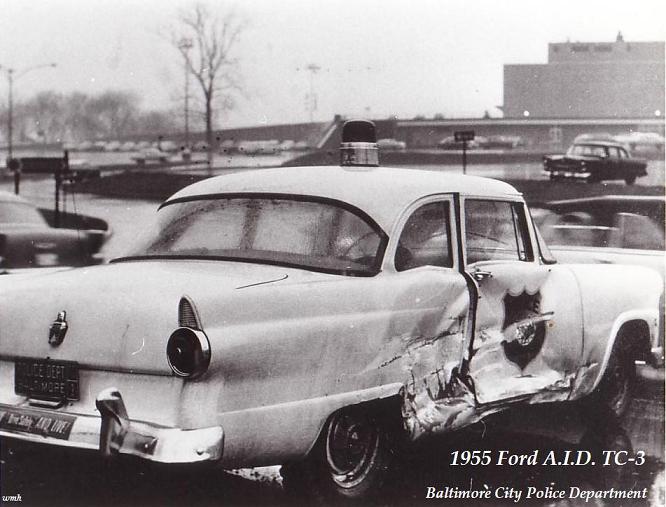

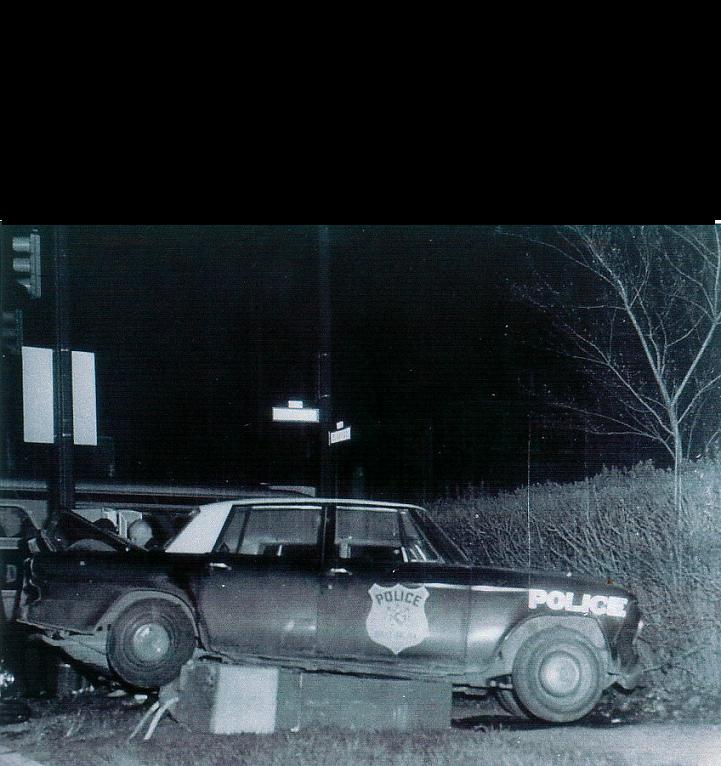
On May 26, 1965, at 10:30 AM, Northern District Radio Car #502, manned by Officer Robert DiStefano driving and Officer Robert Michael, were responding to a Signal 13 (Assist an Officer) call when, at the intersection of 29th and Remington, they were cut off by a truck that had gone through a red light. RC 502 was being operated with “lights and sirens," which struck the truck and turned it over on its roof. The truck then hit a utility pole, which prevented it from breaking through the show window of Jarman Pontiac. Notice the indentation on the side of the truck. Joe deCarlo was the sergeant and responded to the accident scene.

PHOTO COURTESY MAJOR ROBERT DiSTEFANO
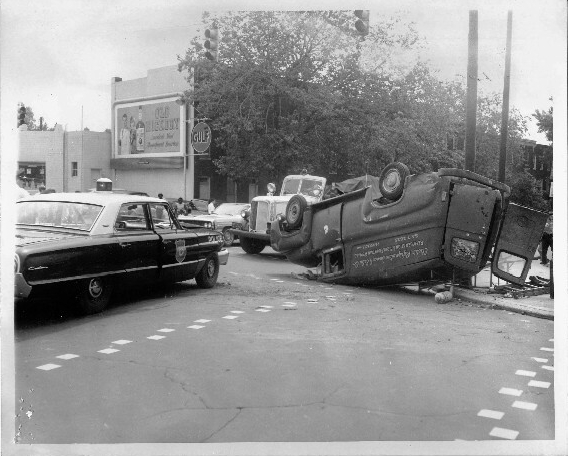
PHOTO COURTESY MAJOR ROBERT DiSTEFANO
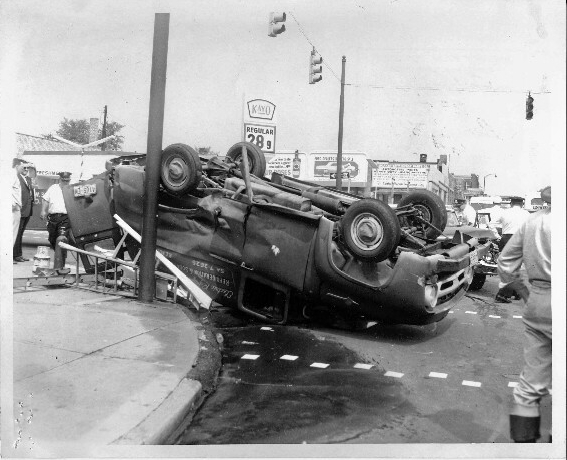
PHOTO COURTESY MAJOR ROBERT DiSTEFANO
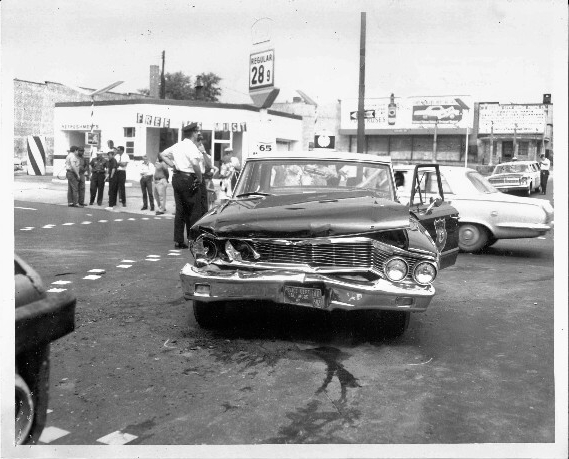 PHOTO COURTESY MAJOR ROBERT DiSTEFANO
PHOTO COURTESY MAJOR ROBERT DiSTEFANO
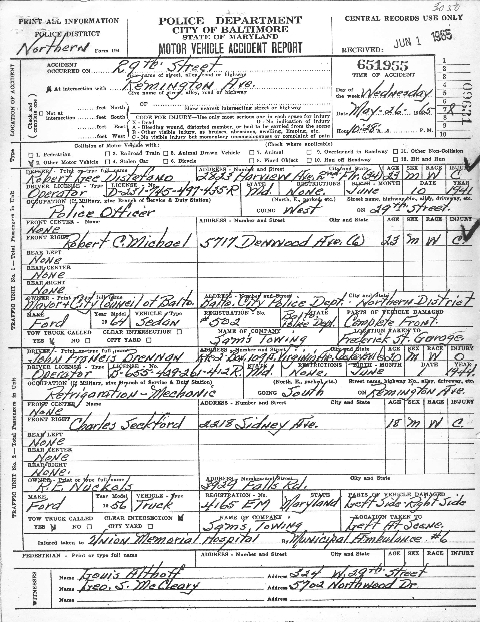
PHOTO COURTESY MAJOR ROBERT DiSTEFANO
A.I.D. accident report detailing the accident investigation
 PHOTO COURTESY MAJOR ROBERT DiSTEFANO
PHOTO COURTESY MAJOR ROBERT DiSTEFANO
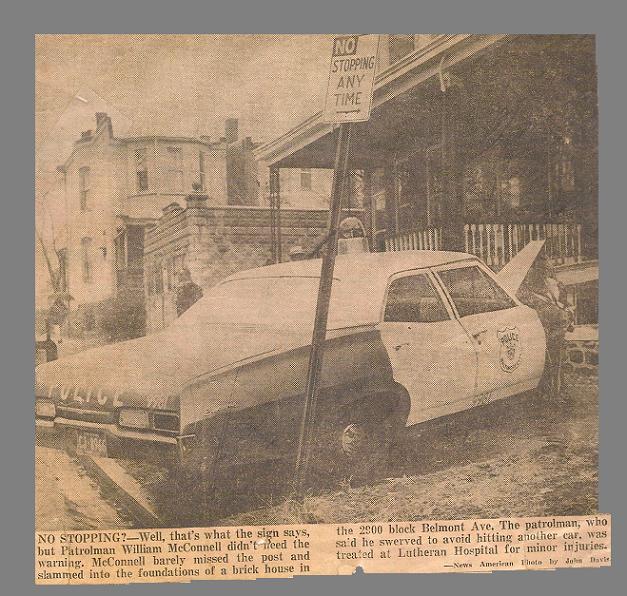
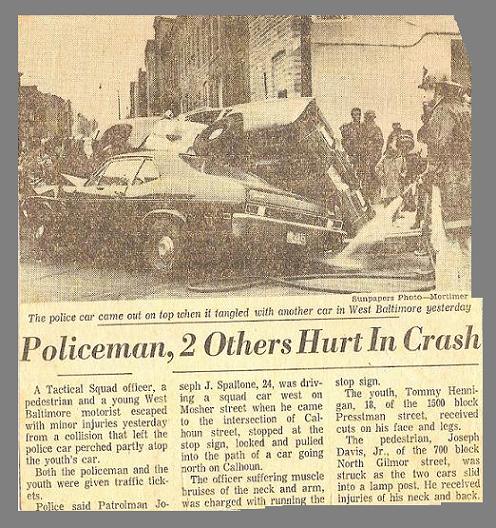
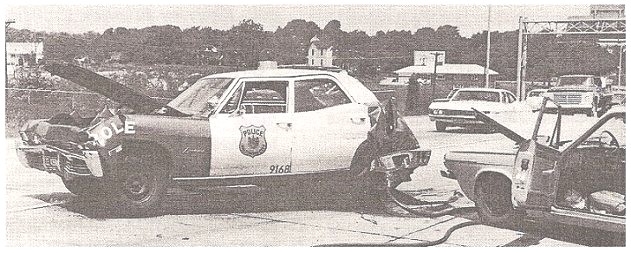
BPD NEWSLETTER
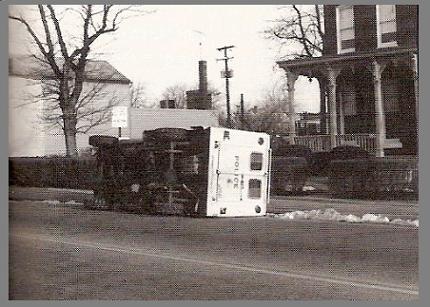
CRUISING PATROL 10-7
PADDY WAGON MAKES IT'S LAST 10–14 RUN
 2013 Officers Hit by Another Car
2013 Officers Hit by Another Car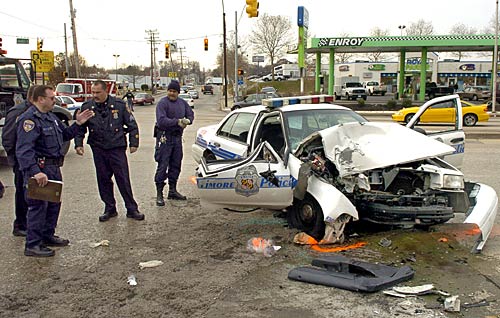
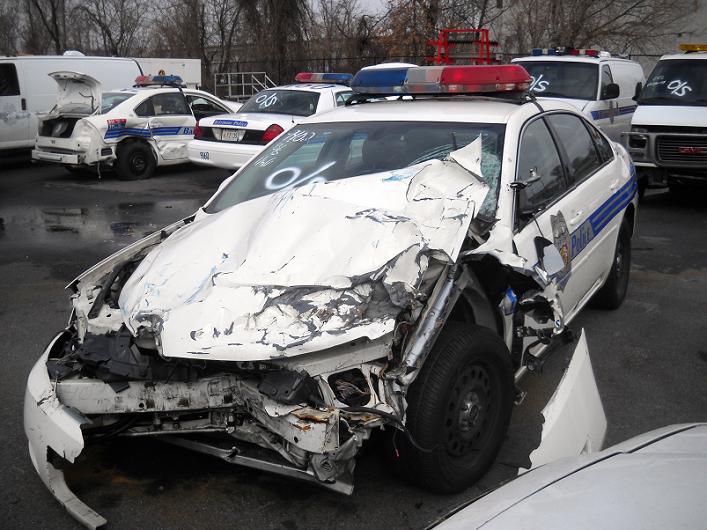
Photo courtesy Officer Bill Edgar
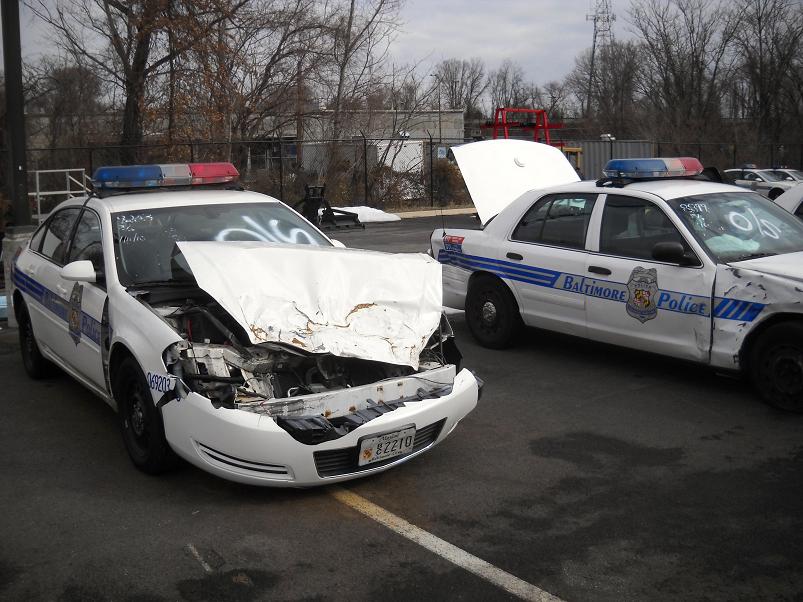
Photo courtesy Officer Bill Edgar
Several wrecked Baltimore Police vehicles sit on a storage lot at the Dickman Street garage
![]()
NOTICE
POLICE INFORMATION
Copies of: Your Baltimore Police Department Class Photo, Pictures of our Officers, Vehicles, Equipment, Newspaper Articles relating to our department and/or officers, Old Departmental Newsletters, Lookouts, Wanted Posters, and/or Brochures. Information on deceased officers and anything that may help preserve the history and proud traditions of this agency. Please contact retired detective Kenny Driscoll. How to Dispose of Old Police Items If you come into possession of Police items from the Estate or Death of a Police Officer Family Member and do not know how to properly dispose of these items, please contact: Retired Detective Ken Driscoll - Please dispose of police items (badges, guns, uniforms, documents) properly so they won’t be used improperly.
 Anyone with information, photographs, memorabilia, or other "Baltimore City Police" items can contact Ret. Det. Kenny Driscoll at
Anyone with information, photographs, memorabilia, or other "Baltimore City Police" items can contact Ret. Det. Kenny Driscoll at @BaltoPoliceHist or like us on Facebook by clicking HERE Pictures can be mailed to Baltimore City Police History, 8138 Dundalk Ave., Baltimore, Md. 21222
Copyright © 2002 Baltimore City Police History: Ret Det. Kenny Driscoll
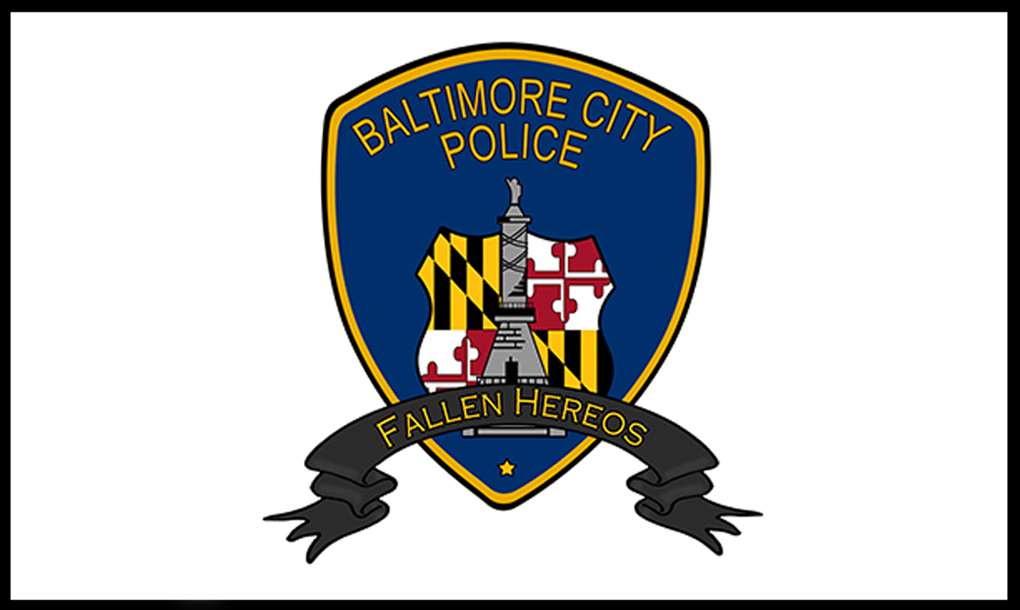 Robert A Miller Jr
Robert A Miller Jr

Park Police 1959
Courtesy Robert Miller

Courtesy Robert Miller
Police Officer Robert Aaron Miller, known as "RAM" Robert Aaron Miller or the "The Dog Man" began his career with the Baltimore City Park Police where he would work Motors among other duties before the Park Police would Merger with the City Police. As a member of the City Police he took part in helping to build the K9 unit. Under Police Commissioner James M. Hepbron, Officer Miller would volunteer for and be found qualified to work as part of Baltimore's experimental K9 unit.
THE METHOD OF SELECTING OFFICERS:
It must be kept in mind that an officer to work with a dog must want to do so-he cannot be forced into the job as his reactions to his work reflects in the animal. All officers, therefore, must volunteer. From this list they are carefully screened and selected. First, they must meet certain requirements:
(a) They must live in their own home. This home must have adequate ground or a yard to house and care for a dog.
(b) The officer's wife and family must be investigated from the stand point of willingness and approval.
(c) They must have available an automobile to use at all times.
(d) Their personnel record with the department must be good.
(e) Sufficient practical police experience or knowledge before being assigned to unit.
The cost of the K-9 Corps consists of the salary of the personnel assigned to the unit plus an estimated" figure of $200 per year per dog. (This latter figure is based on the cost of food, equipment and veterinary charges.) All dogs have been donated outright to the department for use in police work. They must be German Shepherd dogs (male) sound of body, physically fit and of good even temperament-neither vicious nor shy, and preferably under 3 years of age. No kennel facilities are provided. Each dog is assigned to an officer and from that point on lives with him at his home. The fact that the dog is with the officer constantly not only provides a closer bond of relationship between man and dog, but it also eliminates the necessity of the erection of expensive kennels and the personnel to staff same. Food is purchased by the department and distributed to the individual officer as required. This food consists of a kennel biscuit and canned horse meat or beef. Each officer is taught to train his own dog. The dog is first trained, in basic obedience, and tested for gun shyness. Next, attack work and then trailing (location of lost persons or criminals). Finally, the dog is trained to locate articles or materials that could be used as evidence. (It is extremely important in the attack training that the dog attacks only on command of his handler and releases immediately when told.) Officer Miller met or exceeded every requirement becoming one of Baltimore's first K-9 officer/handlers. Officer Miller was the handler to a dog named Tuefel #46 of Baltimore first 62 dogs. Often the way it was done, would be to obtain as many dogs as they could, all dogs were donated to the Department and were usually between 9 months and 1 1/2 years old when accepted. The training director then was, Sergeant Thomas A. Knott, he would inspect all dogs offered to insure that they are in sound physical condition and of good disposition. Once found qualified the dog is turned over to a veterinarian for an extensive check-up to discover any possible physical or medical defects. The dogs and handlers are then paired and begin schooling. The team of instructors was comprised of two experienced trainers Officers William A. Lejewski and John F. Barnard. This Education and Training Unit is supervised by Sergeant Knott a twenty-three year veteran of the Department. Sergeant Knott has been training dogs for more than forty years.
The teams become well versed in building and field searches for both subjects and objects. This training also includes the recovery of weapons. Among the thirty-nine dogs and handlers deployed by the Department many were also proficient in specialized areas. Five were effective in bomb detection and over one half of the dogs have proved to be reliable in drug detection. Officer Miller took part in a new training program was introduced to enable K-9 teams to detect the presence of deceased persons. The Officers, in their continuing effort to improve and refine the skills of their dogs, also spend many off-duty hours in training. Numerous teams hold American Kennel Club Degrees. The Companion Dog Degree can be obtained only after a dog receives a minimum score of 170 out of a possible 200 points by three different AKC judges in obedience. The Tracking Degree is awarded to a dog who follows a 500 yard track left by a stranger within 40 feet, under the watchful eyes of two AKC judges. The track must be from fifteen minutes to two hours old. This must be accomplished while on his handler's lead and at the end, locate an object left by the stranger. The special skills developed by the teams are applied almost daily. A systematic search of a large building for a suspect by a group of eight to ten officers would take three to four hours. The same search by a Canine team requires only one-fifth the time.
German Shepherds could be handled, trained to see which were trainable and which were not, pretty fast. Baltimore required a different kind of dog, so while nearly all dogs can be trained to be a good guard/security dog, only a few could be Baltimore dogs. Our dogs had to be ale to be around kids, and adults, even disobedient criminals without biting, or attacking unless given a command. It took a special kind of person to be a handler, further it took a special family, because the handlers of the Baltimore K9 took their work home with them, Officer Miller and his family helped form what has become one of America's best K9 units, they helped set up a program where when dogs didn't make the cut here, they sent on to the military where some went on to be quite heroic. As one of the first members of what became one the finest K9 units in the country, Officer Miller and his family along with only a select few other officers with their families in the unit developed a training method that would go on to be copied by nearly every K9 unit in the country. Our hats off to Officer Miller and the other members of his unit. See our K9 page HERE
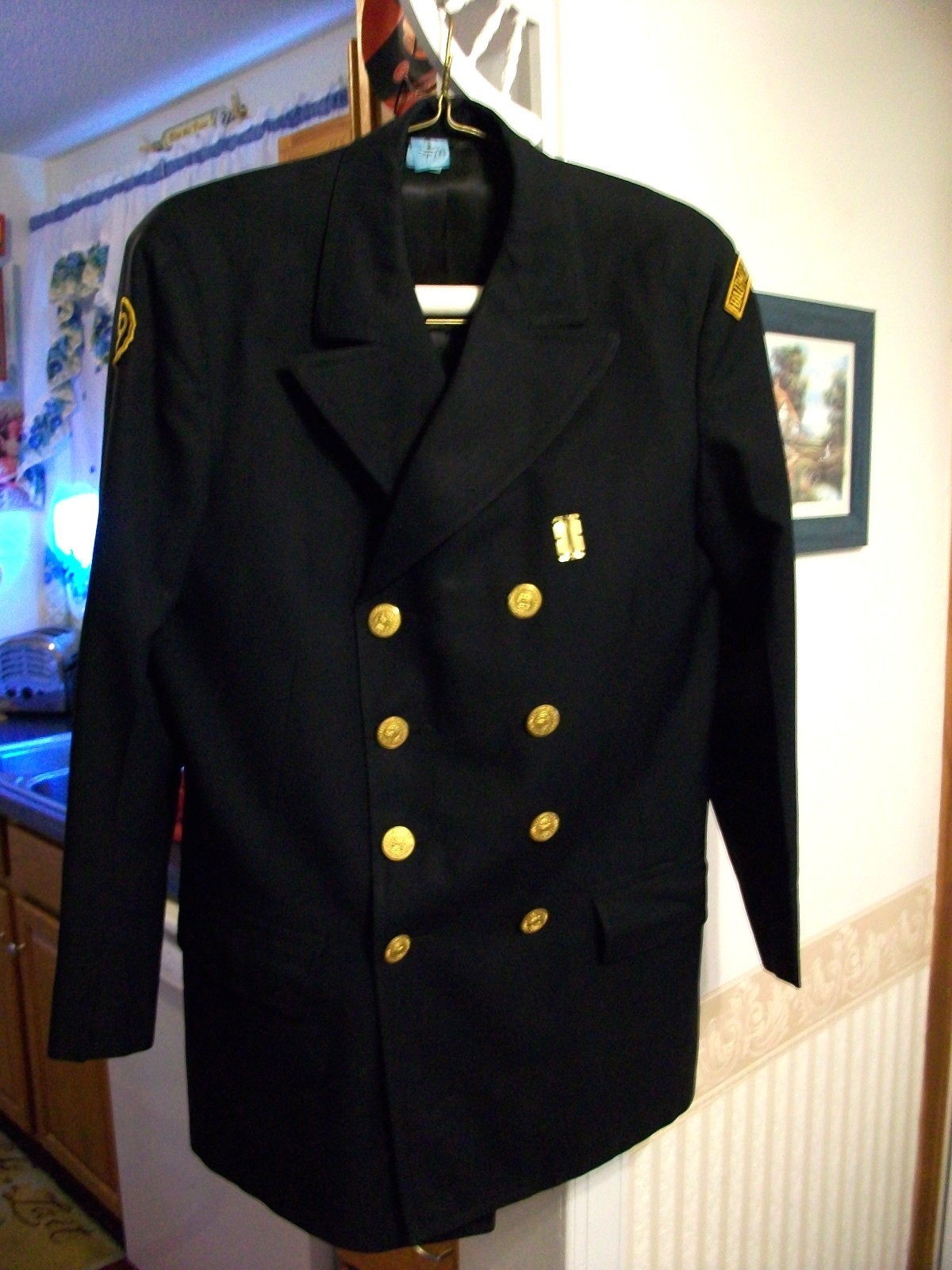 P/O Robert A Millers Jr's 1960 - Baltimore Police Winter Coat
P/O Robert A Millers Jr's 1960 - Baltimore Police Winter Coat
with Emergency Services Arm Band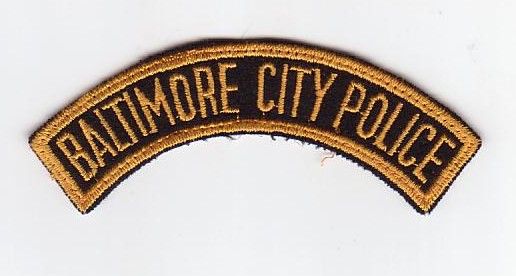
Shoulder Patch
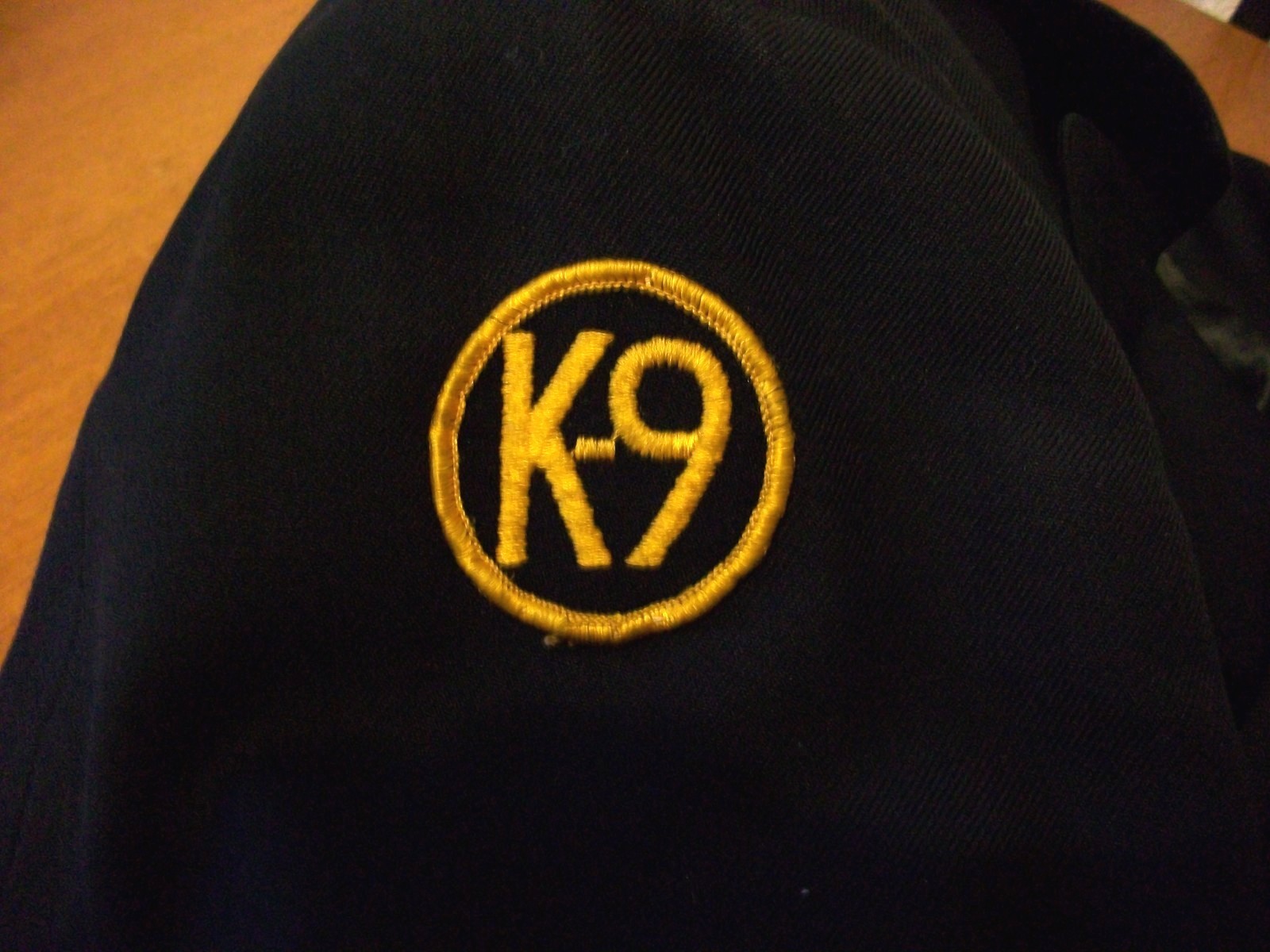
P/O Robert A Miller Jr's 1960 - Rocker Shoulder, and K9 patch

P/O Robert A Miller Jr's Leather K9 Handlers Jacket
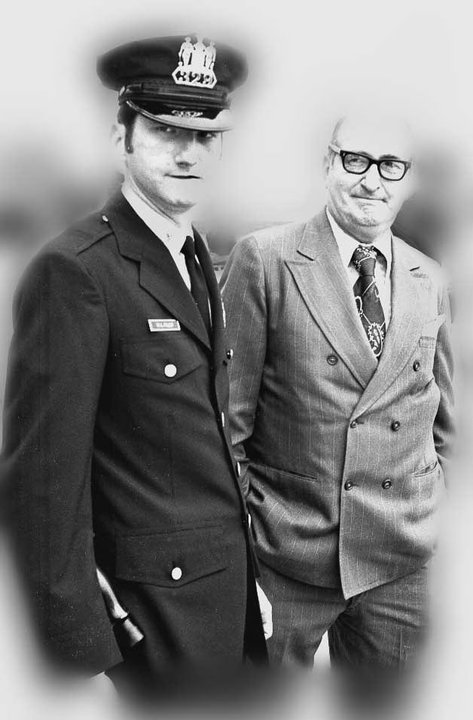
Officer William Miller
 Off Miller with Tuefel
Off Miller with Tuefel

Baltimore Bomb Squad R Miller in State Police Vehicle

RAM's Bomb Tech ID Card

RAM w/ Tuefel
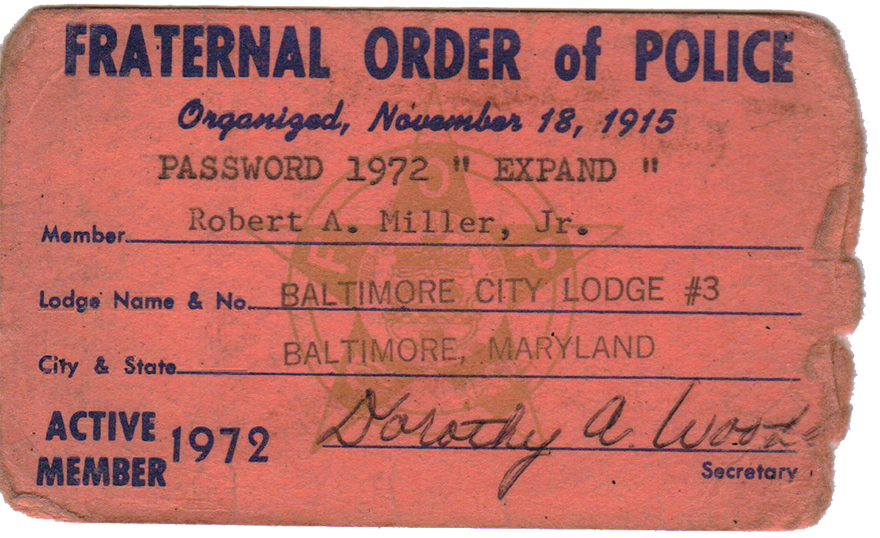
R Miller's FOP Membership Card signed by D Woods 1972
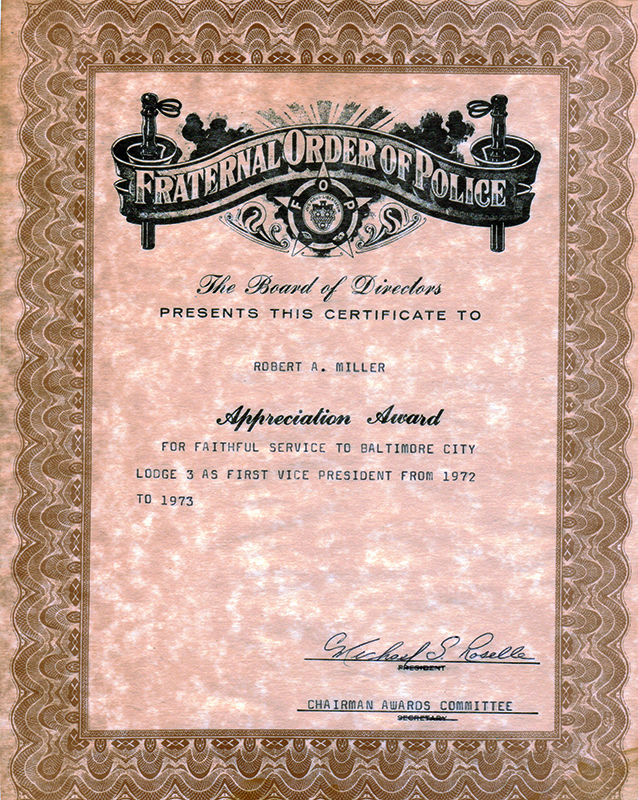
Robert Miller Served a term as 1st Vice President of FOP Lodge #3

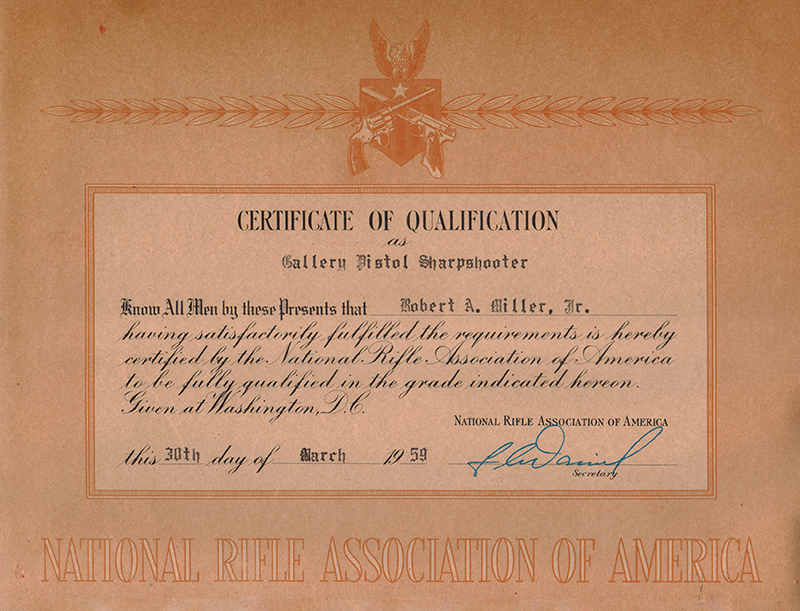
Courtesy Robert Miller
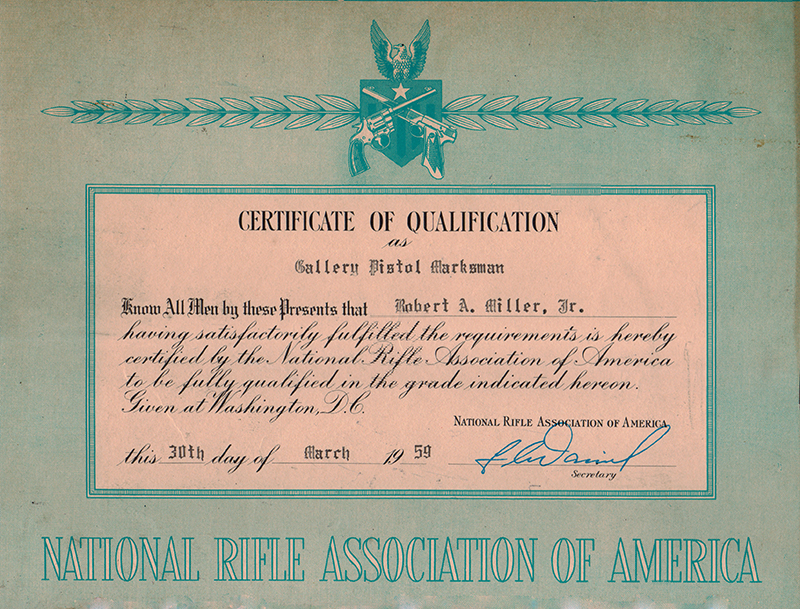 Courtesy Robert Milller
Courtesy Robert Milller
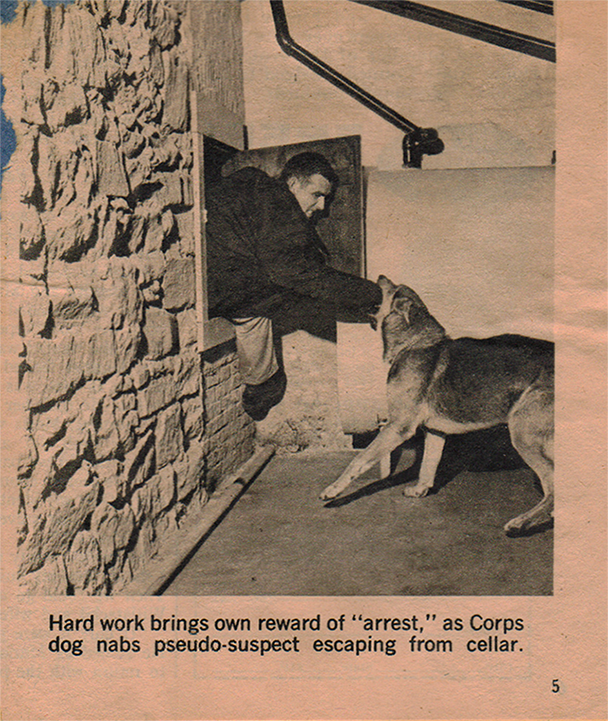
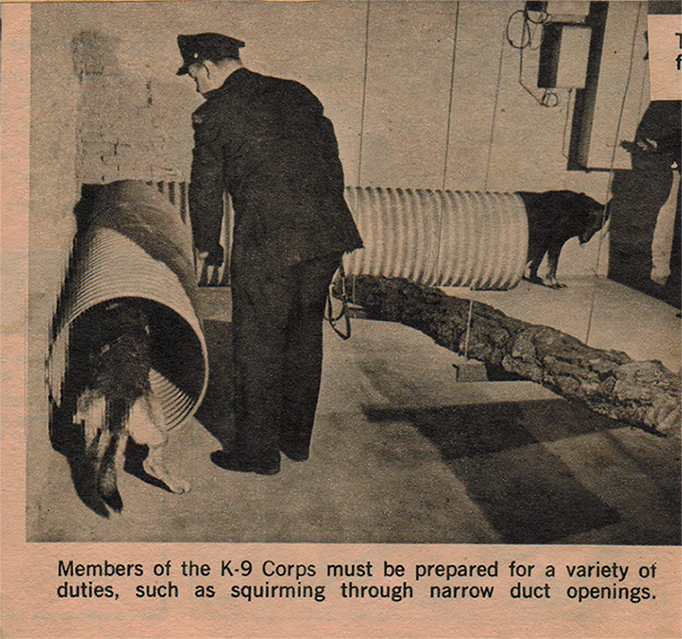
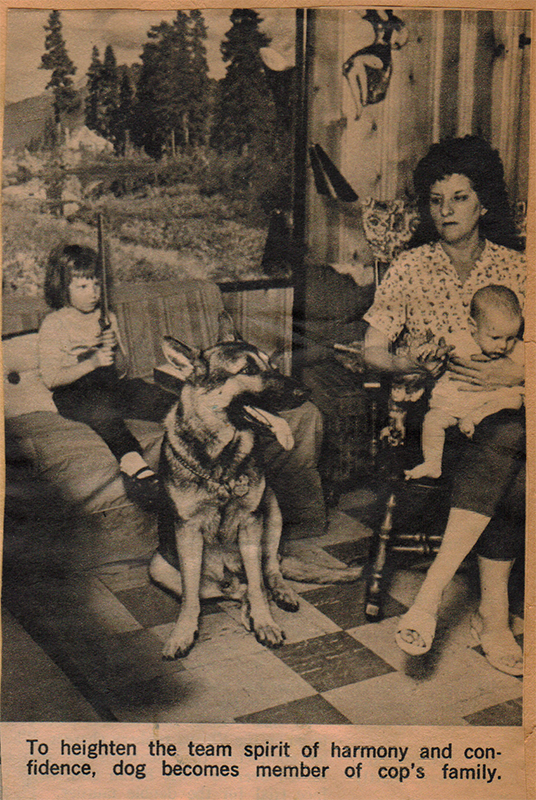
RAM's family showing how their K9 became part of the family


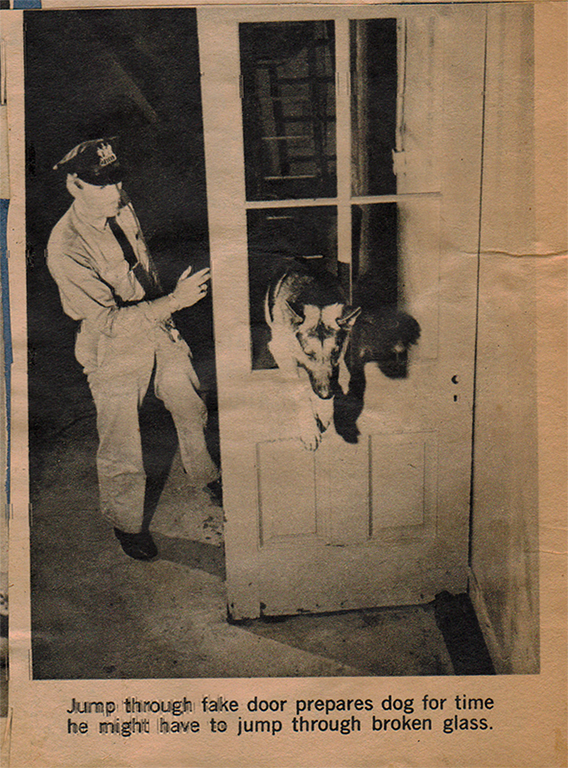

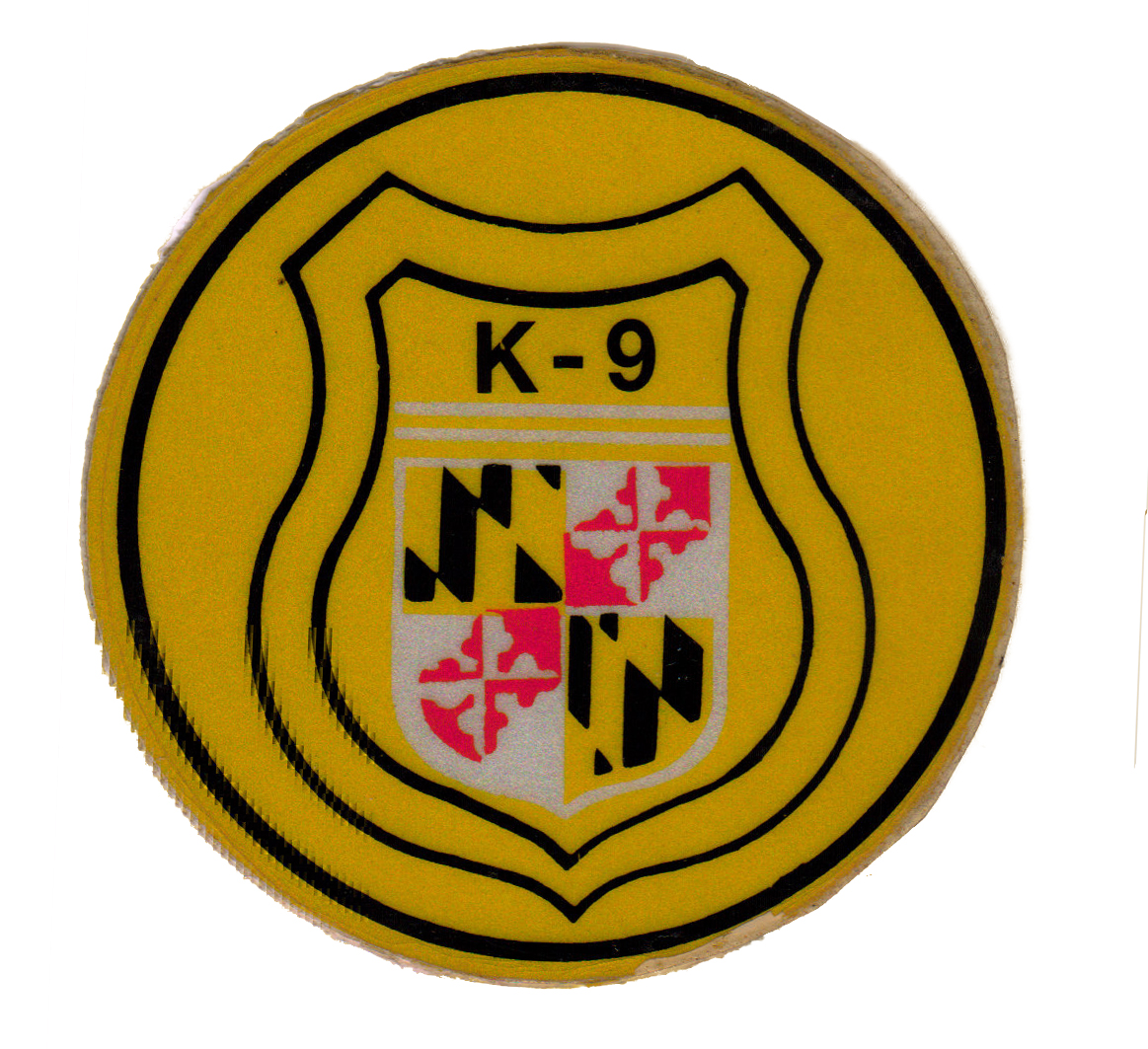
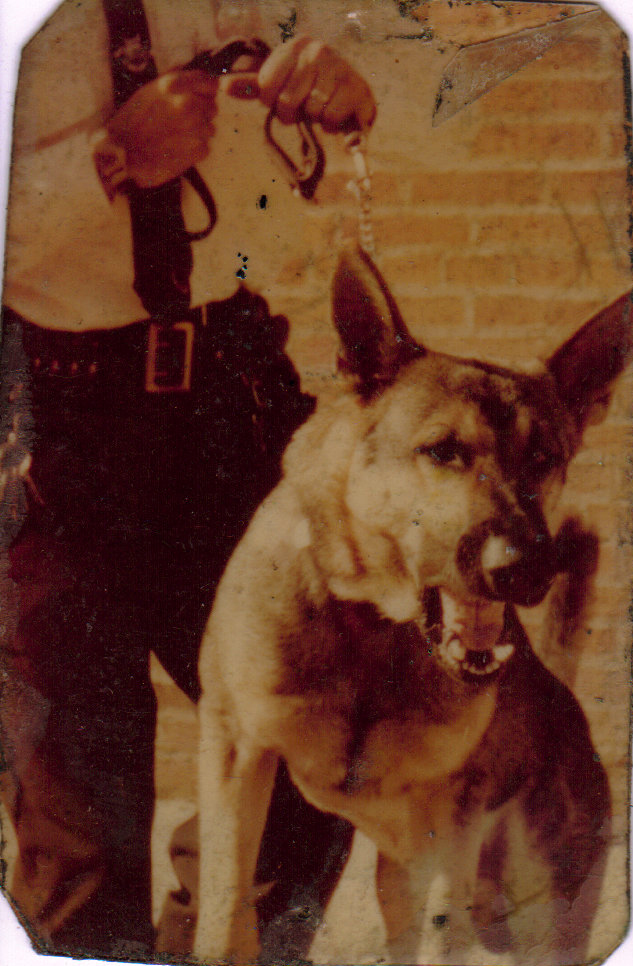
Wallet Photo
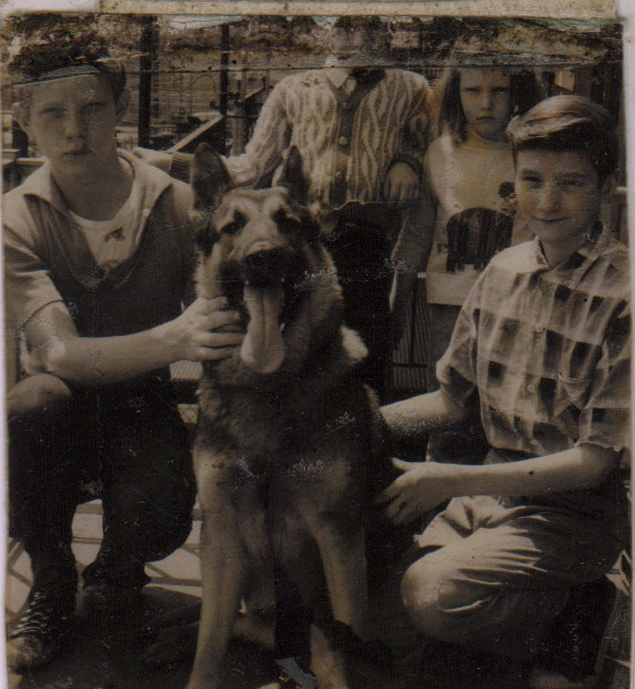
A Family Dog
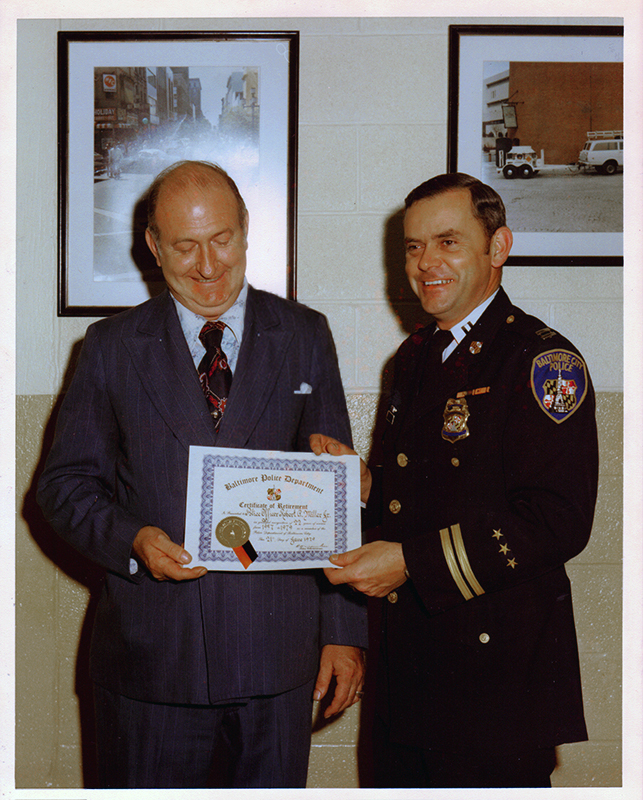
Robert A Miller's Retirement
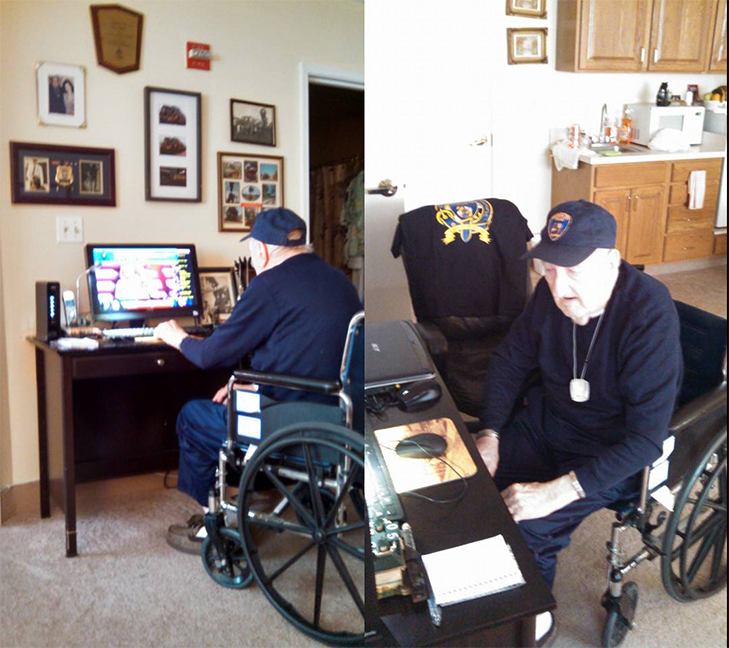
Current Pics of the RAM 2014
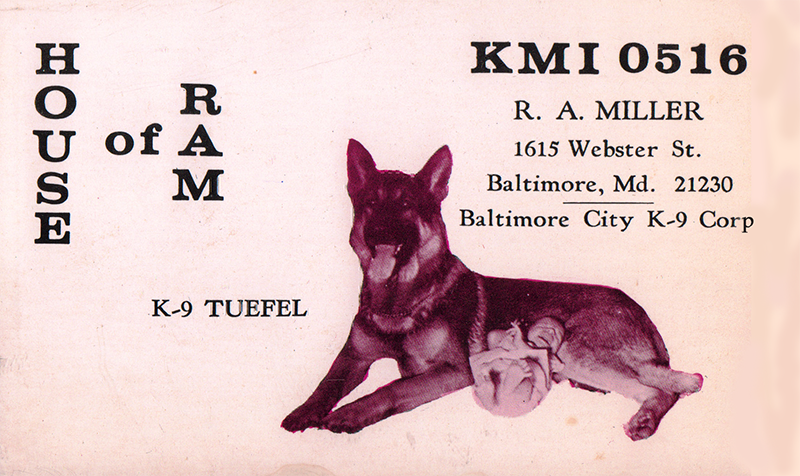
POLICE INFORMATION
If you have copies of: your Baltimore Police Department class photo; pictures of our officers, vehicles, and equipment; newspaper articles relating to our department and/or officers; old departmental newsletters; lookouts; wanted posters; or brochures. Information on deceased officers and anything that may help preserve the history and proud traditions of this agency. Please contact retired detective Kenny Driscoll.

NOTICE
How to Dispose of Old Police Items
Please contact Det. Ret. Kenny Driscoll if you have any pictures of you or your family members and wish them remembered here on this tribute site to honor the fine men and women who have served with honor and distinction at the Baltimore Police Department. Anyone with information, photographs, memorabilia, or other "Baltimore City Police" items can contact Ret. Det. Kenny Driscoll at
Copyright © 2002 Baltimore City Police History: Ret Det. Kenny Driscoll
Through this page, he will never be forgotten, as we will always have a place to come visit our brother, Police Officer Jim Mitchell. God Bless, and Rest in Peace Jim We all love you
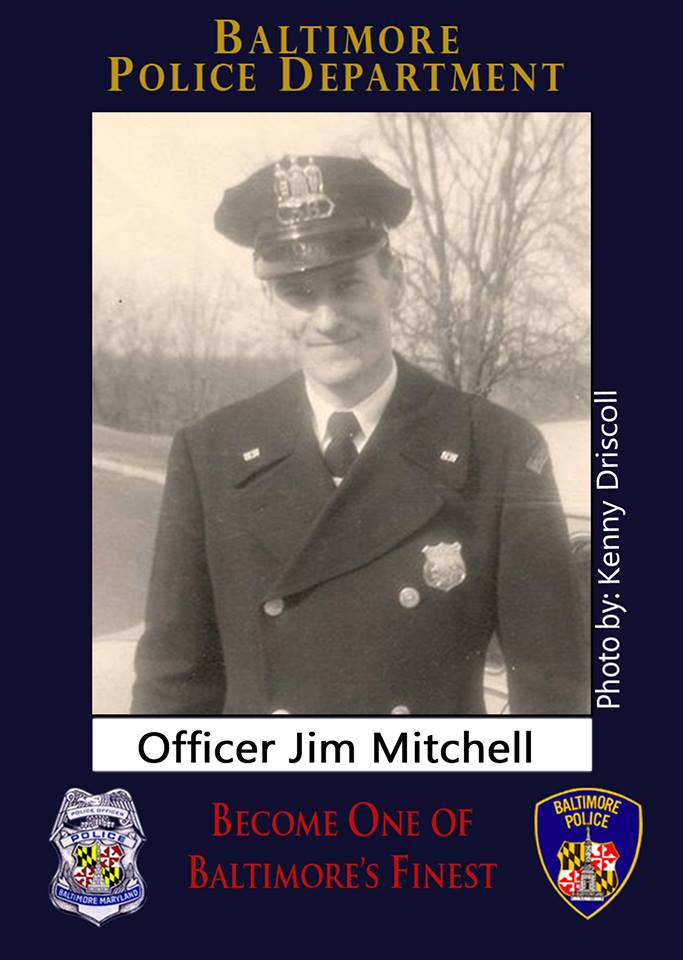
 Circa 1956 with a 1948 Buick
Circa 1956 with a 1948 Buick
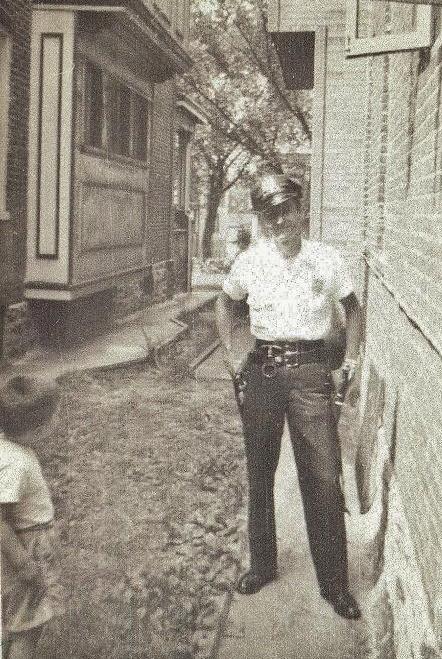 1957 Jim Mitchell
1957 Jim Mitchell
A nightstick, his claw and that smile

Commissioner Bishop Robinson
Retirement 1986
When Bishop Robinson passed away (7 January 2014) WMAR Channel 2 Baltimore did a story on "The Bishop", and used this picture among others to tell Commissioner Robinson's Story. I had written Jim, and Jim wrote the following:
It all started back in 1956 when Ed Tilghman & I were in the academy together & we both started together in the old NW on Pennsylvania Ave. After we moved to WD he eventually got promoted to Sergeant. He became our squad leader and he made his OIC. Much later he was promoted Major & came back to command the WD. During this period is when there was an opening for a new turnkey, I put in for it and got it. I worked along with Griffin Dobyns. Again Tilghman was promoted he was replaced with Major Boles. In 1981 I had a heart attack, I was placed on light duty by Major Boles and before long I had become his errand boy; Something that I disposed. Eventually he wanted to get rid of his light duty personnel and I was transferred to Headquarters Security. One day while I was in the security booth of the garage on Frederick Street my good friend Tilghman came through and saw me, he stopped and asked why I was there. After explaining everything to him, he said he was going to get back with me. About a week later I got a phone call a home from Lt O'Hara who informed me that he had set up an appointment to meet with Tilghman, as Tilghman wanted to know if I would be interested in a job offer he had me. After hearing what he wanted me to do I quickly accepted his offer. I was assigned to work with Sgt. Daughtery in a unit that would constitute the handling all the deaths in the department. We had an office on the 7th floor, and whenever an officer died, natural, retired, line of duty, etc we were notified, and we would start our process. We contacted family members of deceased to see what there needs were and if necessary we contacted districts to provide pall bearers, contacted funeral homes and whatever else was necessary. It was a sad, but heartwarming job, and I enjoyed helping these families during their trying times. We also had a retiree desk in the office where a volunteered officer would come in several times a week and assist with any information that anyone might call in for about retirement. After I retired I always hoped that someone else would continue this position. Sgt Daugherty retired a couple of months after me. Not long after that Tilghman was promoted to Police Commissioner, and not too much longer after that he died. I hope that was not too long or boring. (Jim Mitchell)
Not boring at all, Jim is an amazing man, an amazing police officer and has an amazing memory. I am honored to call him a friend and thankful that he would take the time to write this.
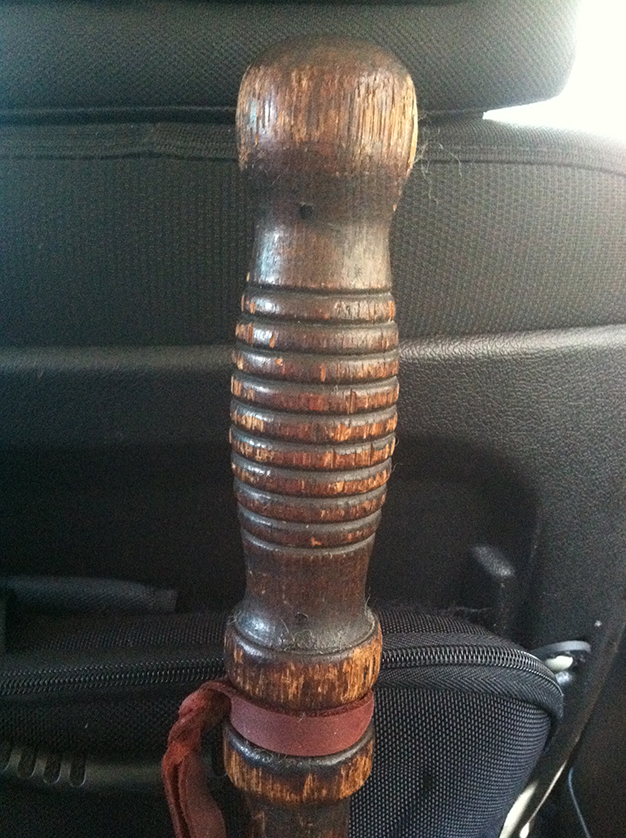
Police Officer Jim Mitchell,
“When I joined, it wasn’t racist for the white officers not to like the black and the black not to like the white. It was just the way it was; times were different. It may be hard for someone today to understand, but today we know there is no difference between a white man and a black man other than skin color. Back then, the “N” word was a commonly used word; I used it, my bosses used it, and we wrote it in police reports. It seemed like newspapers up until the 1970s referred to black men as "Negros" and women as "Negresses." Martin Luther King referred to a black man as a Negro, so Negro wasn’t an issue, and back then the “N” wasn’t an issue, or at least it wasn’t as obvious. Then we were segregated, and as such, we didn’t know better; it could be considered propaganda, education, or a lack of an honest education. But black men didn’t like us, and we didn’t like them. I drove a milk truck before joining the police force, and I was at Whitelock St. near North Ave.; it was in the early morning, and I turned the corner. You know, there’s like a little corner there where there is this blind spot, and I was in this big milk truck when I took the corner, and I hit a guy; he popped up off the street and said, “I’m OK... I’m Ok, you can go, I’m Ok” well, I wasn’t new to things like that, and didn’t want to lose my job, so I went around to Pennsylvania Ave. down by Gold St. and flagged down a police officer, he was with another officer and I told them I turned the corner and hit a guy, I told him the guy said, he was Ok and told me I could go, but I wanted to make sure I told someone, I didn’t want to be accused of hit and run, the officer said, (and because he didn’t say, “N – word”, and I want you to fully understand, I will say it the way he did.. he said, “Was it a nigger?”, and I didn’t know any better at the time, so I said, “Yes!” And he said, “Don’t worry about it; you can just go back to doing what you were doing!” So I went back to my route, and when I went past that corner, I saw the guy standing there with another officer. He pointed to me and said, I was the one that hit him, and I just left! The Officer flagged me down and asked what happened. I told him what happened and that it was dark; he was dressed in all black (well, they could see that; he was still wearing the same clothes, and he was dark skinned!) I told the officer what happened and that I didn’t just leave; I went over to Pennsylvania Ave. and Gold and told some officers around there what had happened. The guy wasn’t hurt; he was walking around fine. The officers assumed he was just trying to roll me or the company I worked for, and that at first, when he claimed he was ok and sent me on my way, someone must have told him he could get money for being hit, so he stopped the first officer he could find. Back then, the police didn’t like to be used in that way, and times were different. Today, I know it was wrong for them to have called him an “N” word and not to have corrected them, but my knowing that didn’t come until years later after joining the police. Driving the milk truck wasn’t a way to make a living; it didn’t pay well, and I was robbed several times. I figured if I was going to be in those tough neighborhoods, I might as well have a gun. So me and an old army buddy went down to the police department and joined; we went down to headquarters and applied for the job; shortly after that, they hired both of us. We both went through the academy; I was assigned to the Northeastern; I forgot where he went; we talked every so often, but for the most part, we lost contact, except one time: I met him down Lexington Market, and he had heard I wasn’t married anymore; he told me I should go talk to Doris, and I said she’s married; he said, no, her and her husband weren’t working out, so they are separated; well, I contacted her. Doris and I dated before I went off to the Army, and she had moved on. I met a nurse, and we were married. My marriage didn’t work out, and since Doris’ Marriage didn’t work out, I went and looked her up, and we have been together ever since. 43 years, 4 kids, 8 stepchildren, 21 grandchildren, 26 great-grandchildren, and 5 great-great grandchildren later, and we are where we are today. But back to his leaving the academy: while still at the armory after graduation, he was called aside by a Sergeant and told he wouldn’t be going to the Northeastern and that he and a few of the others would be detailed to the Northwestern District. "Well, I didn’t mind; back then, the Northeastern was called the country club, and I didn’t want that; I wanted the action, so I was glad to go to the Northwest; I liked it. After a few months, I went to my sergeant. (Back then, we didn’t have majors; we had Captains, and under the Captain was the Lieutenant.) It was a chain of command, and you didn’t break that chain. So anyway, I liked Northwestern, I had made friends, and I liked the posts where I worked. I was young and full of piss and vinegar and liked the action, so I went to my Sergeant and asked if I could stay and if I could make the detail permanent. The Sergeant said, “Are you sure?” and I told him I was positive and that I wanted to stay. So the sergeant said, We could find out, and he went in and talked to the Administrative Lieutenant. In those days, we had four Lieutenants in the district: One for each shift (the Shift Lieutenants) and an Administrative Lieutenant that oversaw everything doing administrative work in the district (he took care of transfers). The Administrative Lieutenant called me into his office and asked me if it was true that I wanted to stay. I told him it was! He then asked, “Why would you want to stay here?” I explained that I worked the area before joining the force, I liked the guys I was working with, and I enjoyed the action and wanted to stay. He said he wouldn’t ask twice and that he would take care of the paperwork. That was the last I heard of it; a few months later, it was official that I was transferred to Northwestern.
It was before desegregation
It was before desegregation, and while we had black officers, they didn’t drive cars, they couldn’t work certain areas, they hated us, and we hated them... I remember when they desegregated; it was 1966, and we were not happy. I mean, we all had regular partners, guys we worked with, guys we knew and trusted; our partners were guys we knew had our backs, and we didn’t know the black officers; we didn’t know if they would fight when we needed someone to fight, and back then there were a lot of fights. So my Sergeant pulled me aside and told me, “If this nigger goes to sleep, I want you to call me; I want you to tell me so I can come out and catch him, and then I can fire his black ass, and we can put an end to this bull shit!” So I said, “Yes, sir!” and I tried. I was ready to turn him in; I didn’t know him, and all I knew was what I had heard. About halfway through the shift (We were working at midnight), around 3 a.m., it would have been time to hit the hole. (Back then, when we were going to go to sleep, we called it “Hitting the hole”!) but I didn’t know the guy, so I just kept driving around, and finally he said to me, “Do you boys hit the hole?” I said, “Hit the hole? I’m sorry, I don’t know what you mean!” (Of course I did, but I couldn’t have him know that!). So he said, “Yeah, the hole, you know, go to sleep!” So I said, “No, but if that’s what you want to do, just tell me where to go.” So he directed me as to where to go, and we wound up under a bridge, but he wouldn’t go to sleep. I was hoping he would, so I could turn him in and get my regular partner back. But we just sat there, staring up at the bottom of an old bridge. Finally, I had to go to one of the bars to help them close the place. While I was in there, I looked out the door and he was sleeping, so I called it in, and the Sergeant came right out, but when he drove by, my new partner was wide awake, and the Sergeant just kept driving right on by. To this day, I often wonder if he faked sleeping to see what I would do, but it doesn’t matter because by the end of the second week, we had started talking, and I learned about his wife and kids. He had a wife and two kids, and I had a wife and kids. He told me his wife worked at a makeup counter downtown, and my wife worked at a Jewelry counter. Other than skin color and where we lived and grew up, we were the same. Then we got into a fight, arresting some black guy, and I didn’t know if he would help, but he was right in there, and he was as good and as hard a fighter as any partner I had ever had. By the end of the first month, we had become real partners, and there was no way in the world I would have turned him in for sleeping. I was actually sorry they integrated us at first, but by the end of the second week, I was becoming more interested in working together, and again, I have to point out that this wasn’t the 1990s or 2000; this was 1966; I came on in the mid-50s; times were different; the internet wasn’t around; television wasn’t even what it is today. We were not educated to know anything but what we were told or what we read in the papers, and it wasn’t just us; the black officers hated us white officers too. They hated us to a point, and I didn’t find this out until years later, but that night when that officer asked me if we were going to go in the hole, and my Sergeant told me to turn him in for sleeping, his sergeant told him the same. So basically, the white officer’s sergeants and the black officer’s sergeants hated each other, but they thought alike; they both came up with the same plan to have their officers turn in their partners so he could have him fired, and then we could return to the way it was. You have to understand that, just in case it isn’t clear, the white officers might not have wanted to work with the black officers, but the black officers didn’t want to work with the white officers either. What the black officers wanted was to be able to work any post, drive patrol cars, wear uniforms, advance in the ranks, etc. The department itself was not fully integrated until 1966. Prior to 1966, black officers were limited to foot patrol; they were barred from the use of squad cars. These officers were quarantined in rank, barred from patrolling in certain white neighborhoods, and would often only be given specialty assignments in positions in the narcotics division or as undercover plainclothes officers. They didn’t want to work with white officers, but they did want to be treated equally. They hated us; they didn’t trust us, but we were all the same. That’s why I say it wasn’t racist, unless they were racist too, and I don’t think that was the case. I think racism is having the information available and ignoring the facts to believe what you want. Or not wanting to ever become friends, even after you know we are the same. Once we worked together, we liked each other. I have a picture of my partner hanging on the wall in my living room. I went to his funeral, his kids graduations, and weddings. We would have been friends earlier, but we didn’t know, and that wasn’t either of our faults; society and the department kept us apart; it was in the rules, and when those were the rules, they didn’t come near us, and we didn’t go near them; they hated us, and we hated them; we both were misinformed about the other. I know I said it before, but as much as I hated the idea of integration at first, I worked about 10 or 11 years before integration and nearly 20 years after; those 20 years were much better than the first 10 or 11. I made a lot of friends, both black and white, and I know we would have missed out on a lot had we stayed segregated.
By the way, Kenny, I only used the “N” word in this to help tell the story. I used the “N” word before desegregation, as most people did, and as we grew, we learned the word had left our vocabulary. The thing is, once we learn and once we knew better, we either grew or we don't, and where we grew, things get better. There were people who chose to keep hating each other, and things continued down the wrong road. But for most of us, things changed. I hope this helps tell the story. I didn’t want to sugarcoat anything. That is a big problem today; no one wants to tell it like it is. All anyone has to do is read a newspaper from the 1940s to maybe about the mid- to late-70s.
Interesting. I spoke to a young lady who thinks this story was referring to her dad. She saw the story on this site and said her dad told her the same story for years as a kid, but from the African American Officer's point of view. He has since died, so I won't use his name, but I will say this: according to her, the African American officers of the time (from what her dad told her) were proud of being part of the police that broke the color barrier. They were the Jackie Robinsons of the Baltimore Police Department. They put up with a lot of ugly times to make things what they are today. When I came on in 1987, I had several African American partners; race wasn’t an issue; we did our jobs, we fought together, laughed together, and were friends. I can only imagine how it was for everyone involved and am glad to have come on when I did. We have come a long way.
If you have a story, pictures, or information you would like to add to the site, please send them our way, and as always, thank you for visiting our site.

Jim and Frank Myers
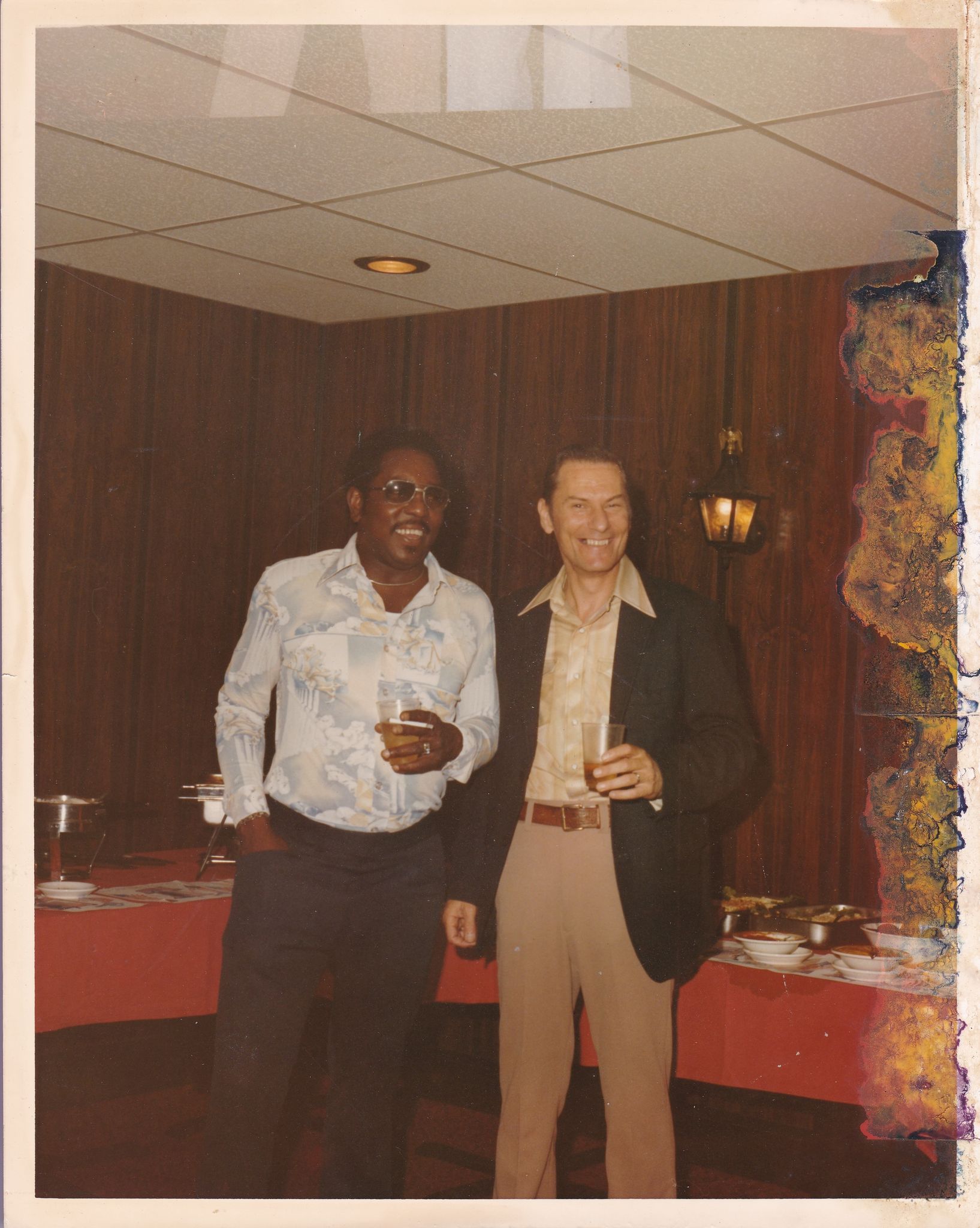
Jim and Elmer Moore
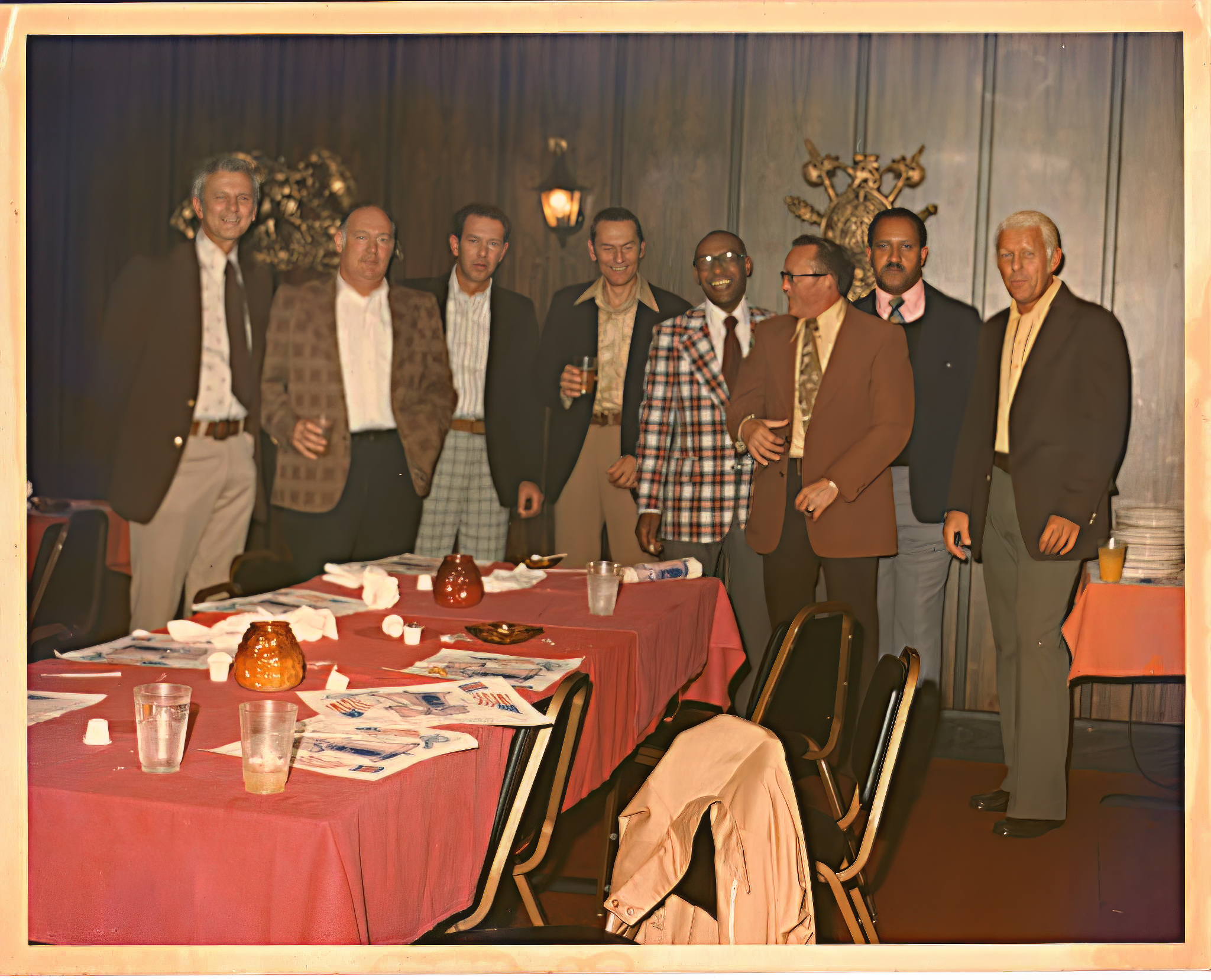
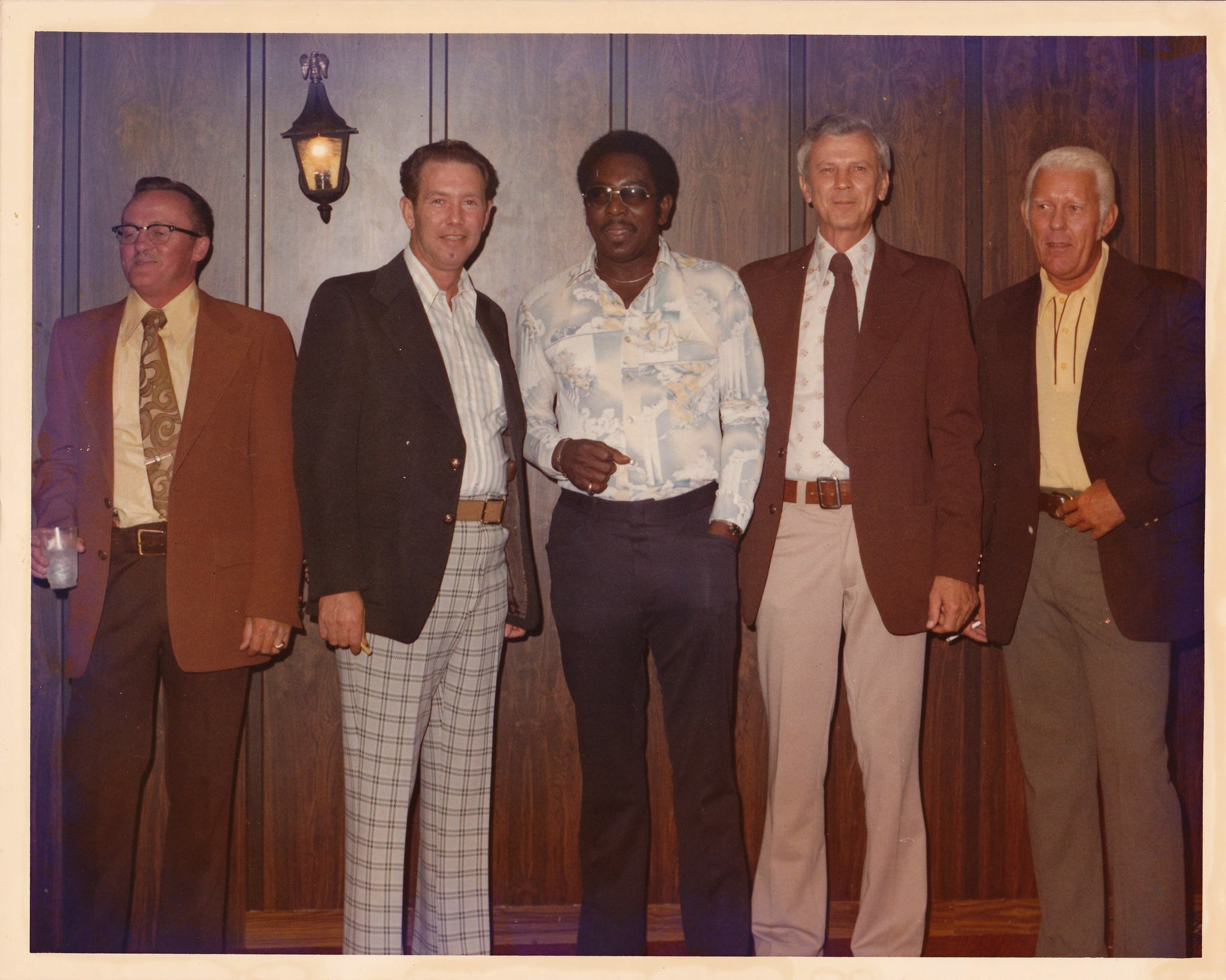
First from the left is Mickey Finn, Fourth is Jules Sass all from the NWD
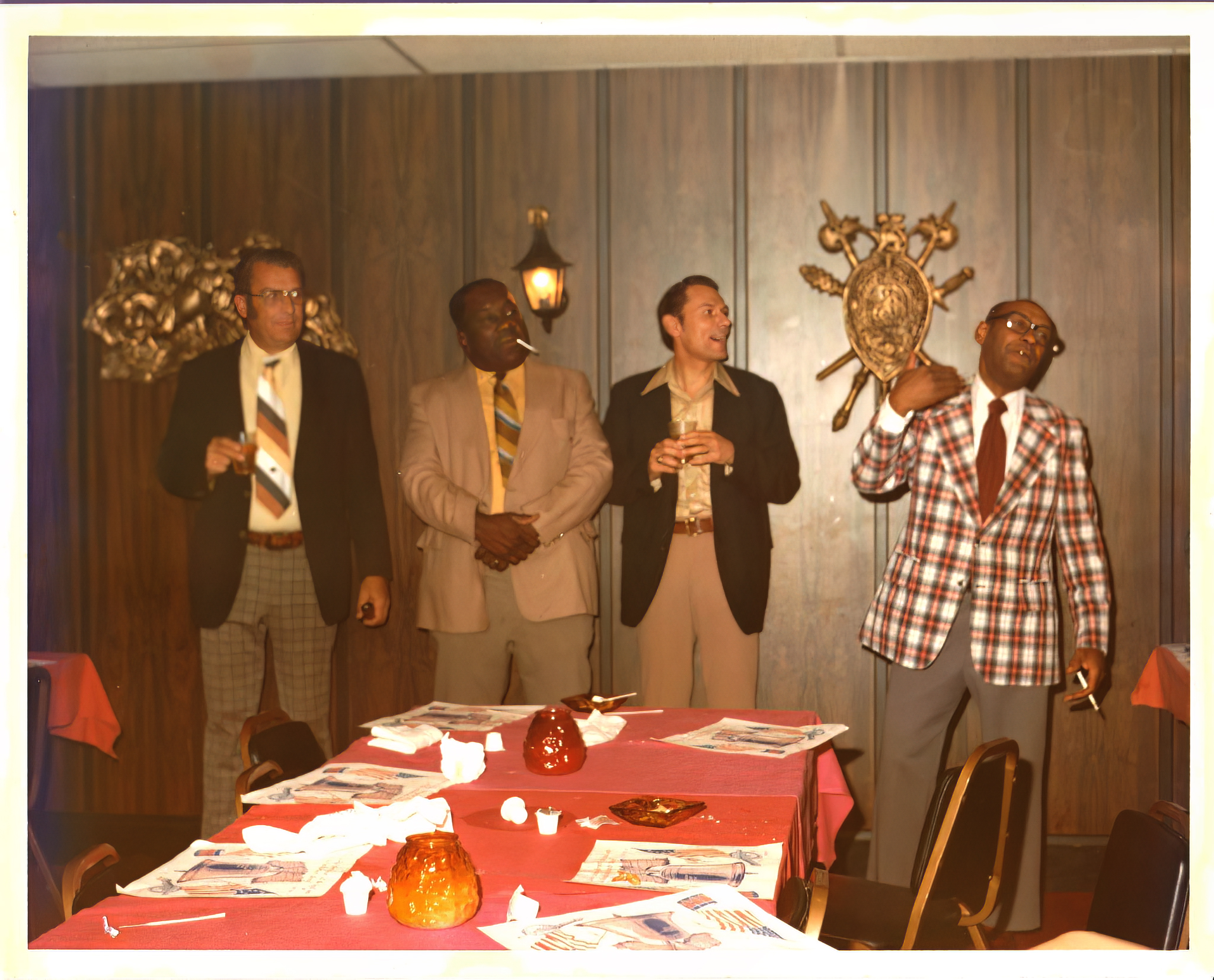
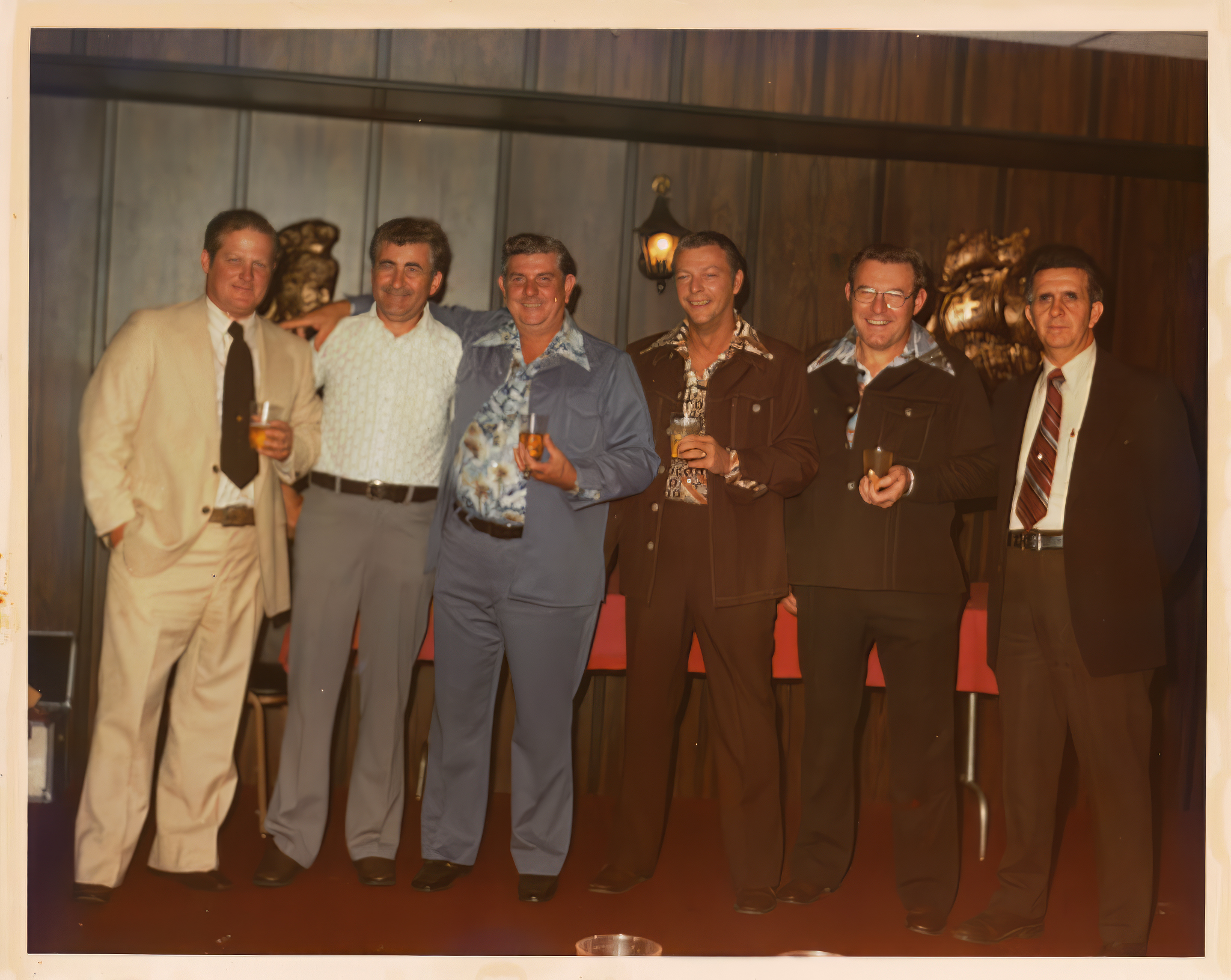
First from the left is Tom Coppinger, third is Lou Distefano, fourth is Dickie Moore fourth, and fifth is Eddie Johnson all from CD
![]()
POLICE INFORMATION
If you have copies of: your Baltimore Police Department Class Photo, Pictures of our Officers, Vehicles, Equipment, Newspaper Articles relating to our department and or officers, Old Departmental Newsletters, Lookouts, Wanted Posters, and or Brochures. Information on Deceased Officers and anything that may help Preserve the History and Proud Traditions of this agency. Please contact Retired Detective Kenny Driscoll.

NOTICE
How to Dispose of Old Police Items
Please contact Det. Ret. Kenny Driscoll if you have any pictures of you or your family members and wish them remembered here on this tribute site to Honor the fine men and women who have served with Honor and Distinction at the Baltimore Police Department. Anyone with information, photographs, memorabilia, or other "Baltimore City Police" items can contact Ret. Det. Kenny Driscoll at
Copyright © 2002 Baltimore City Police History - Ret Det Kenny Driscoll
David Eastman
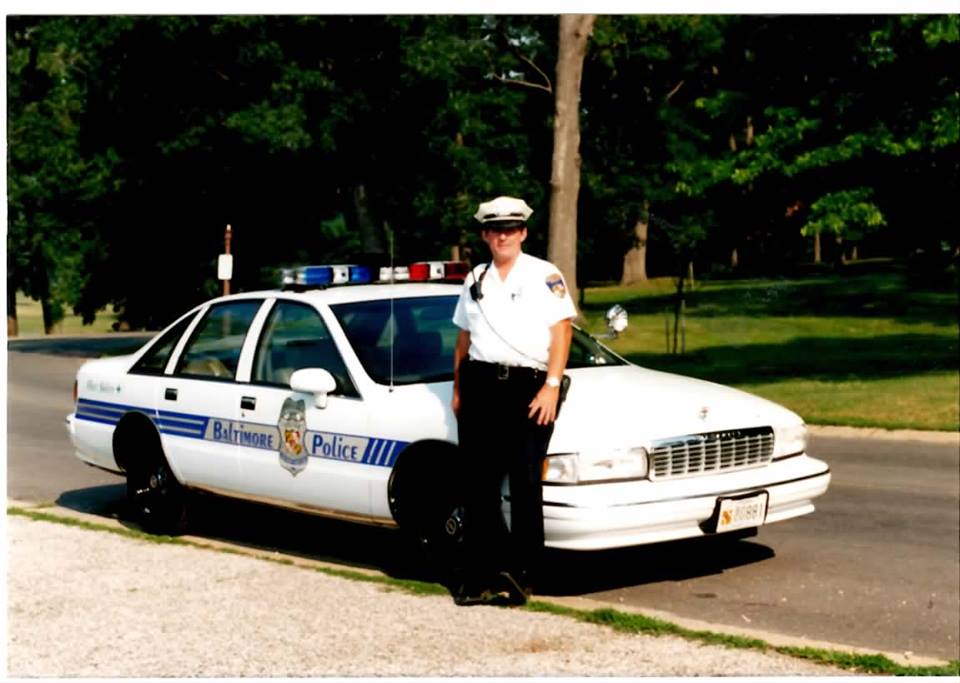 David Eastman
David Eastman
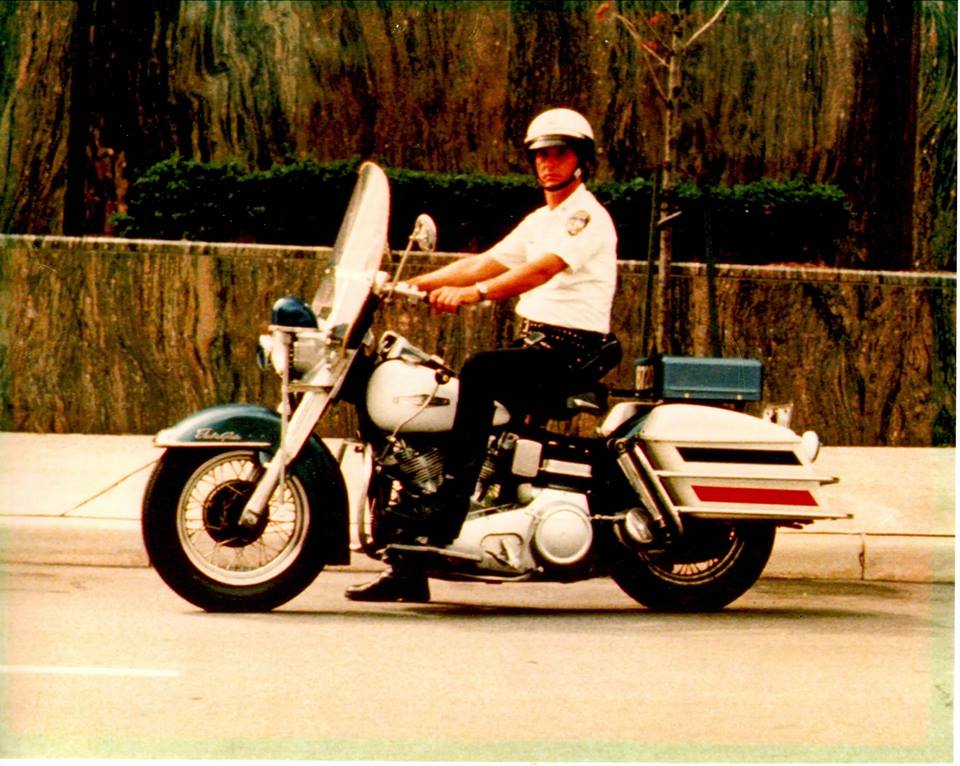 David Eastman
David Eastman
 David Eastman
David Eastman
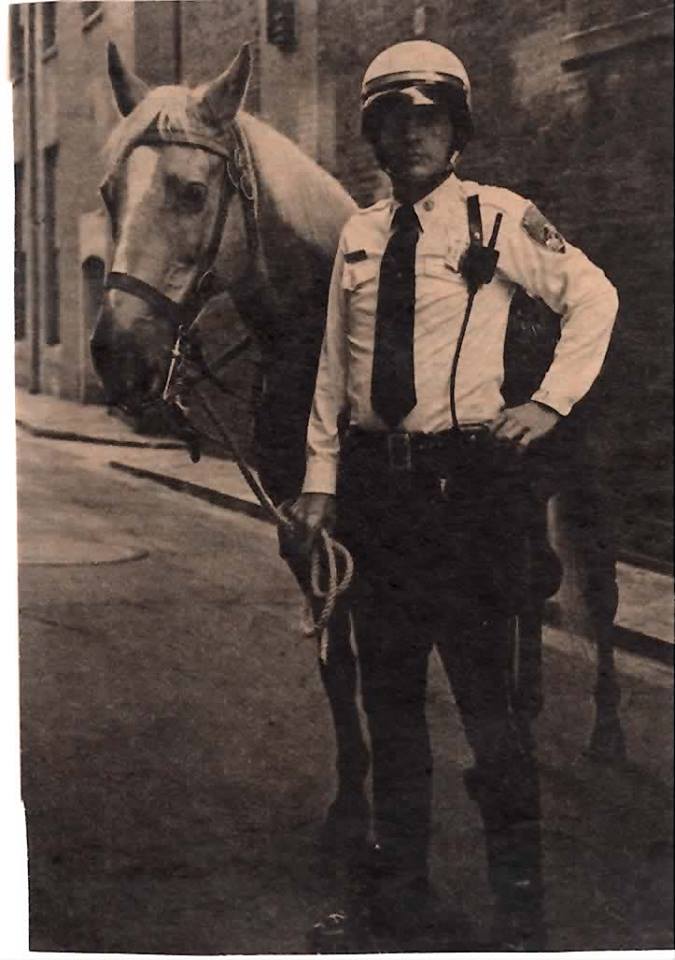 David Eastman
David Eastman
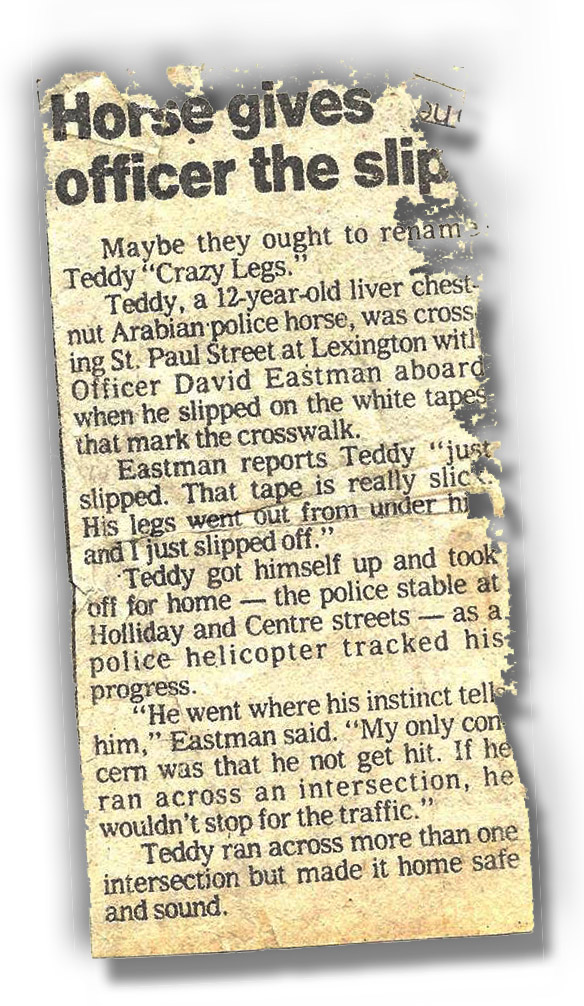 David Eastman
David Eastman
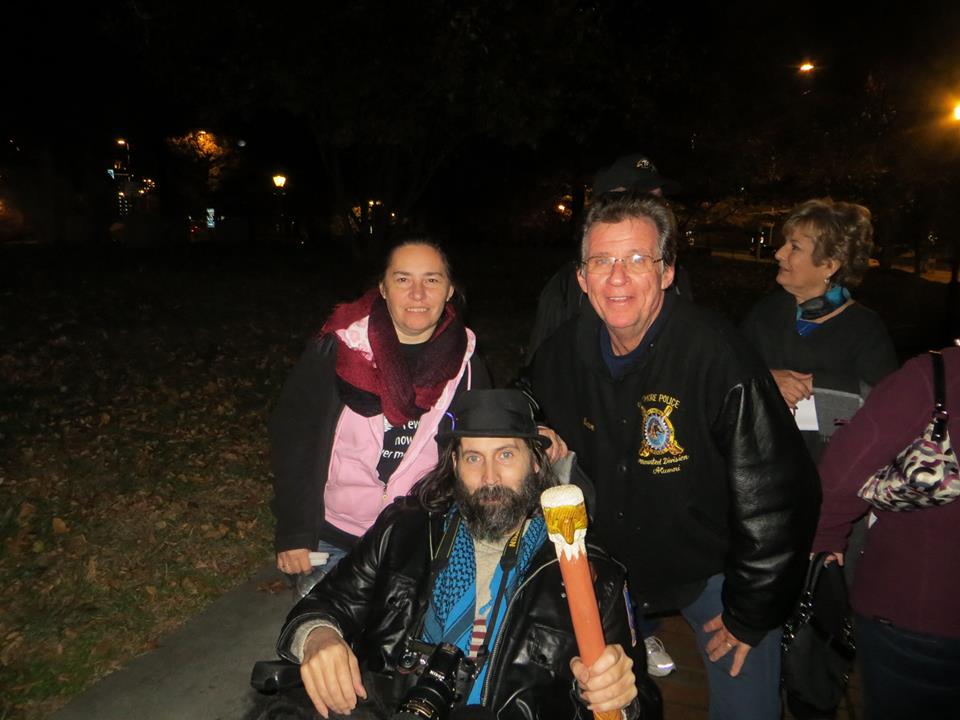 L to R - Patty Driscoll, Kenny Driscoll, David Eastman, and in the background Angie Halcomb
L to R - Patty Driscoll, Kenny Driscoll, David Eastman, and in the background Angie Halcomb
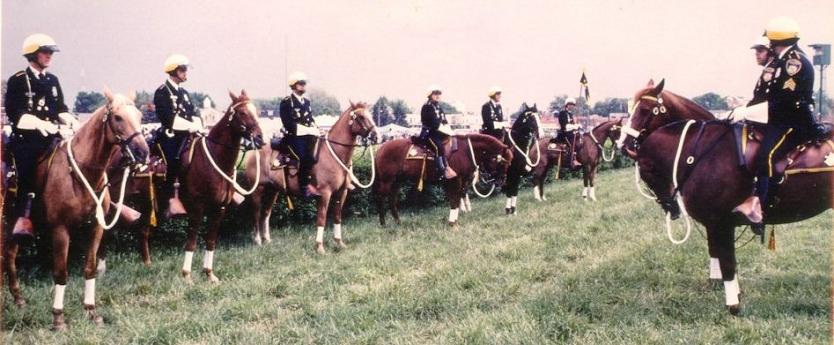 David Eastman
David Eastman 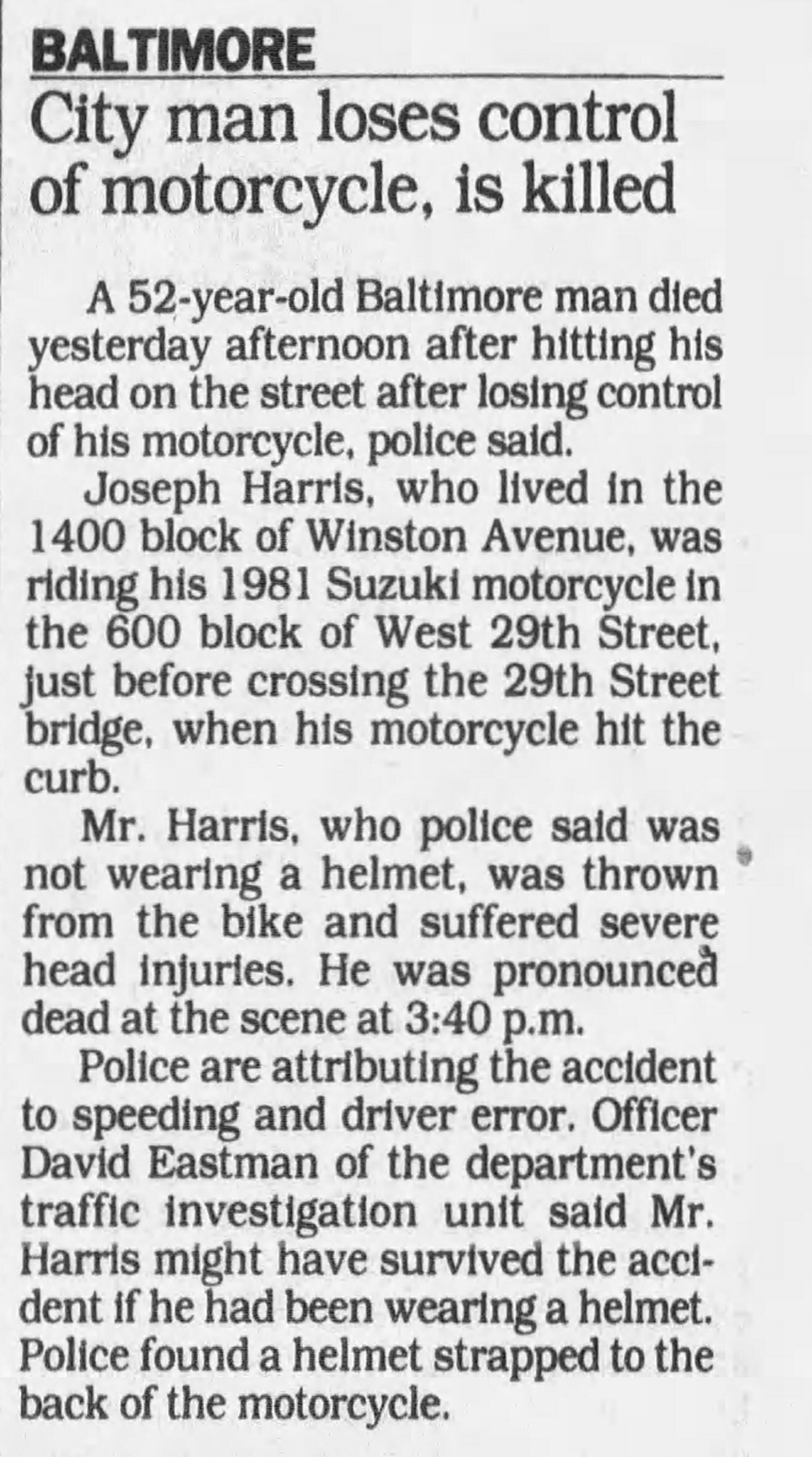 David Eastman
David Eastman
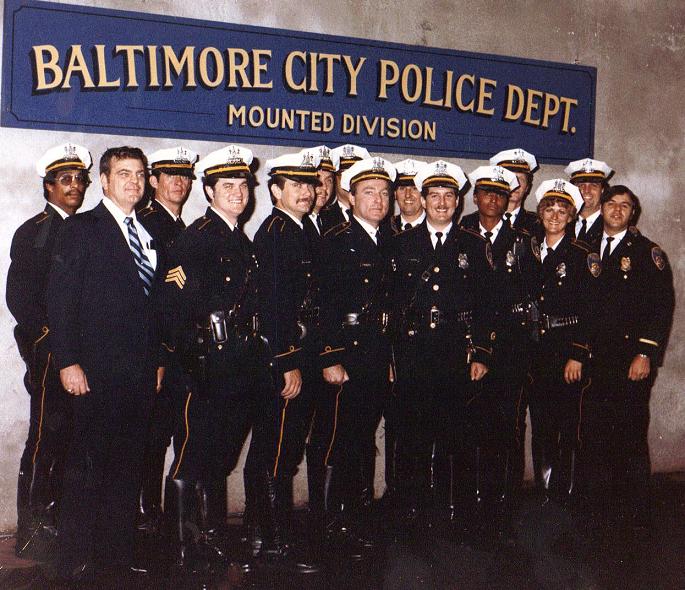 David Eastman
David Eastman

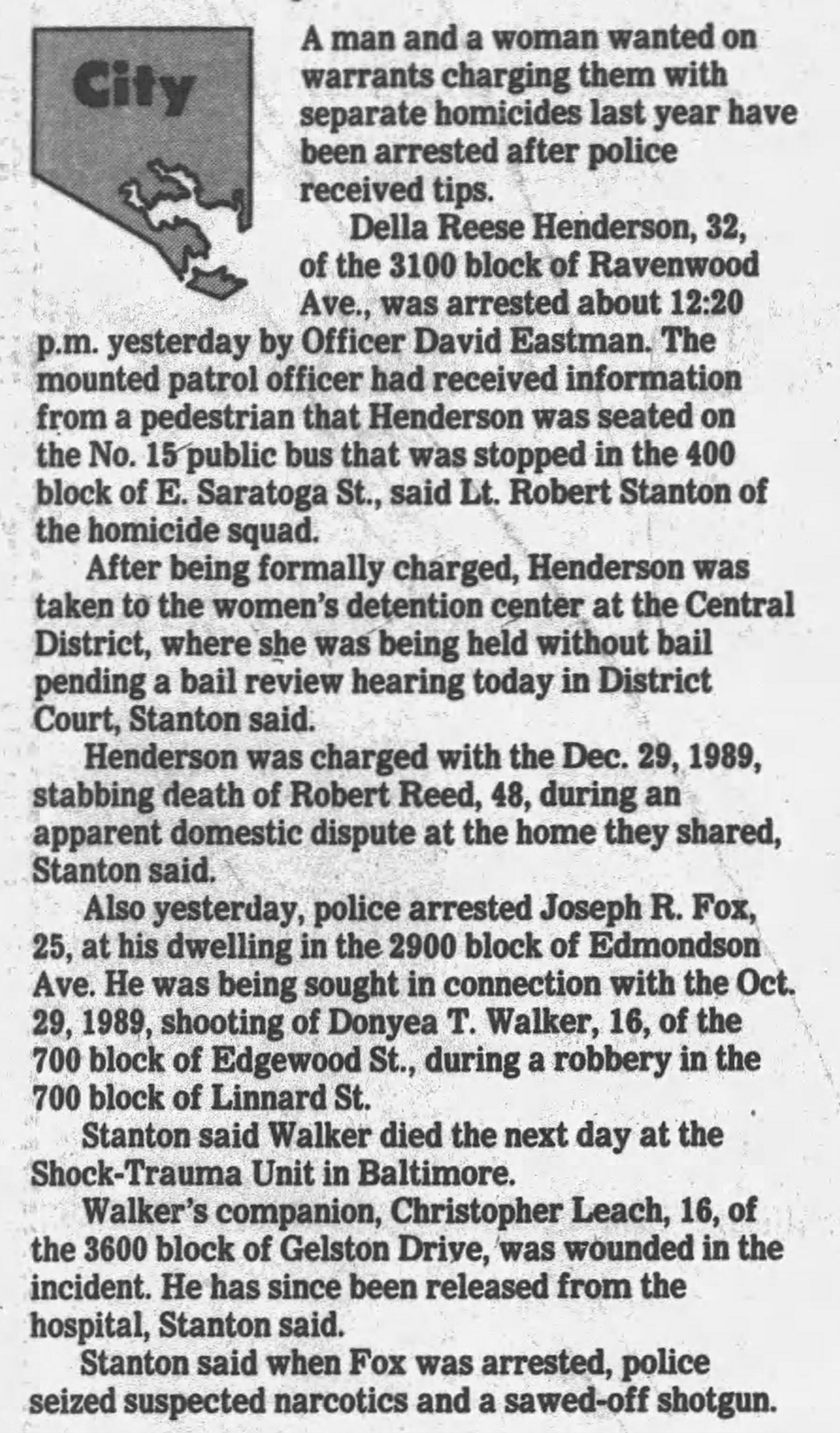 David Eastman
David Eastman
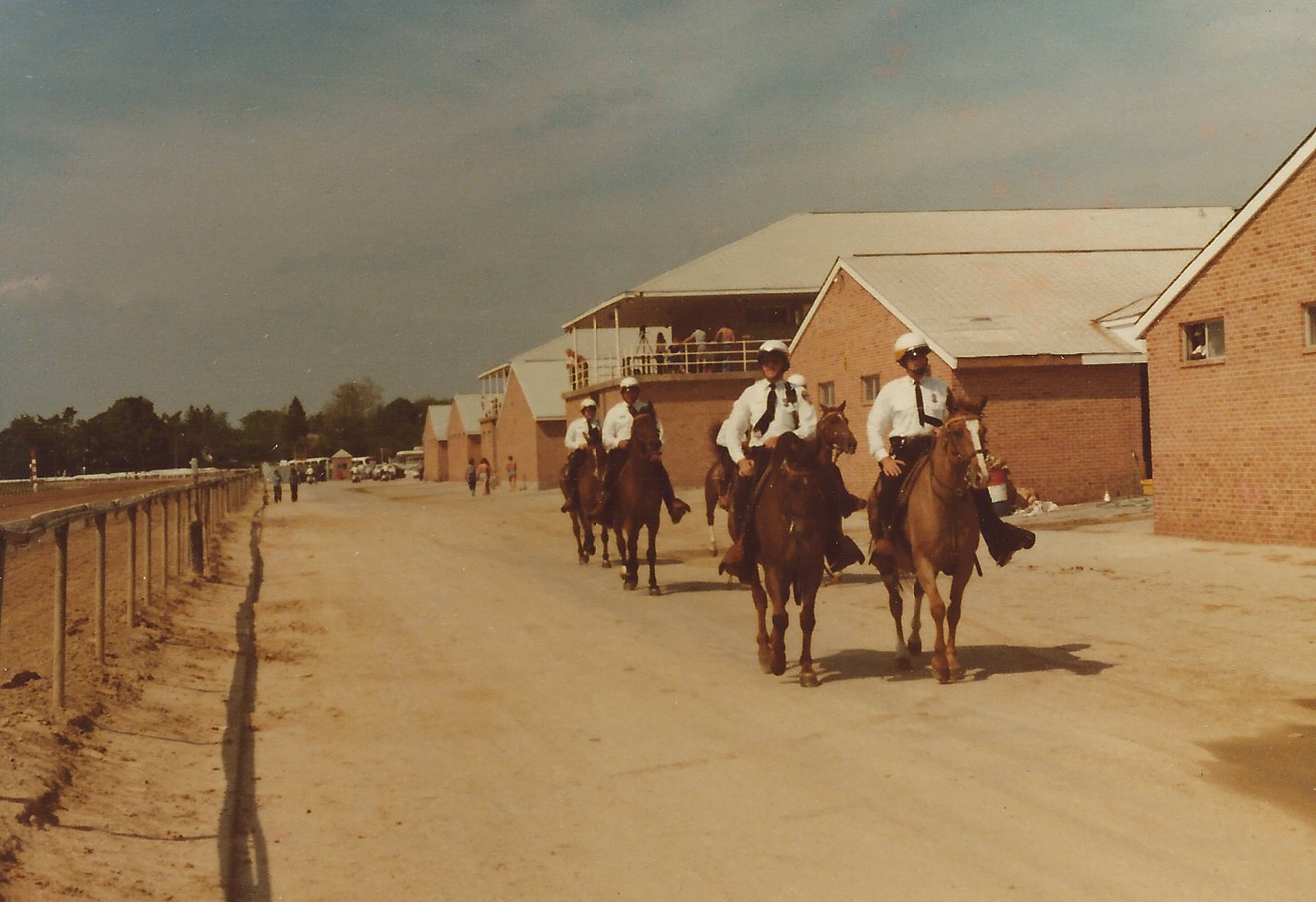
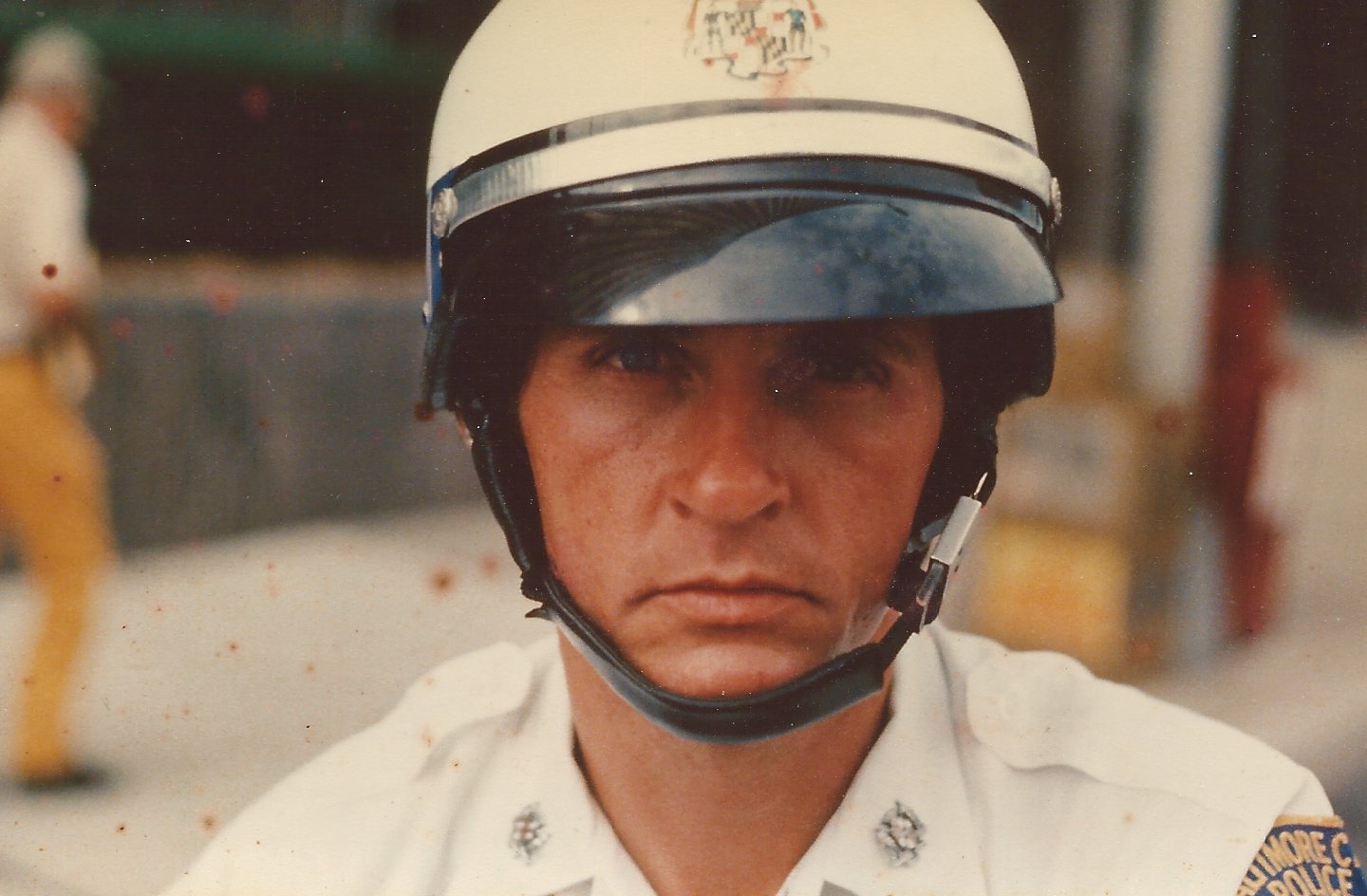

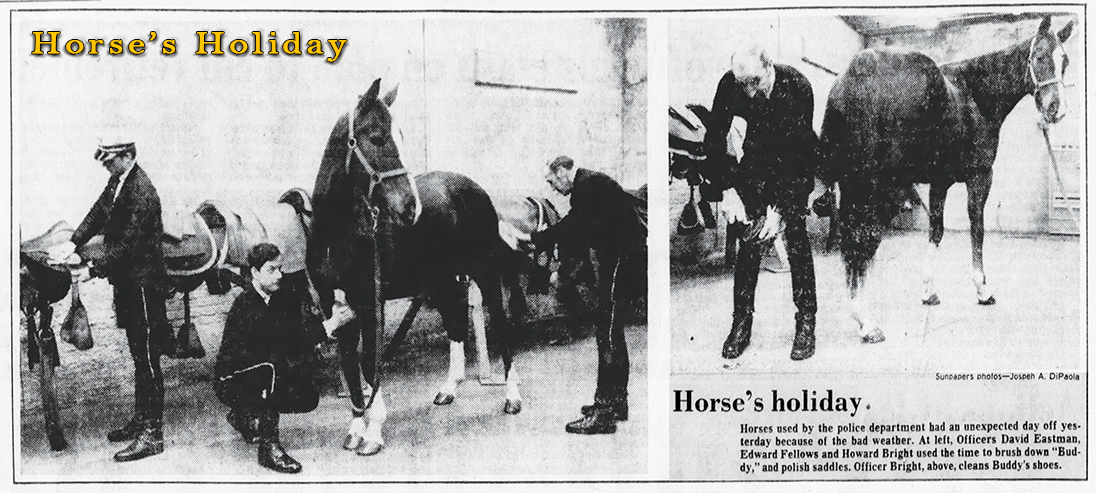 Looking at a drag racer outfitted like a police car they called it "Kop Kar"
Looking at a drag racer outfitted like a police car they called it "Kop Kar"
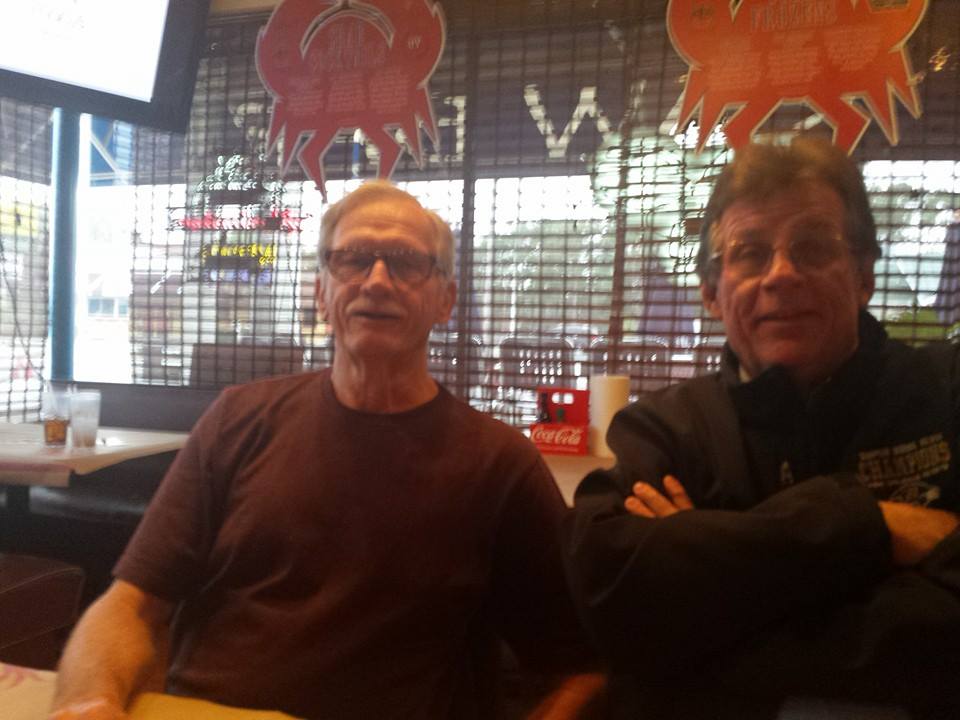 Bob Petza and Dave Eastman
Bob Petza and Dave Eastman

Jerry DeManss, Leonard O'Conner, and Dave Eastman
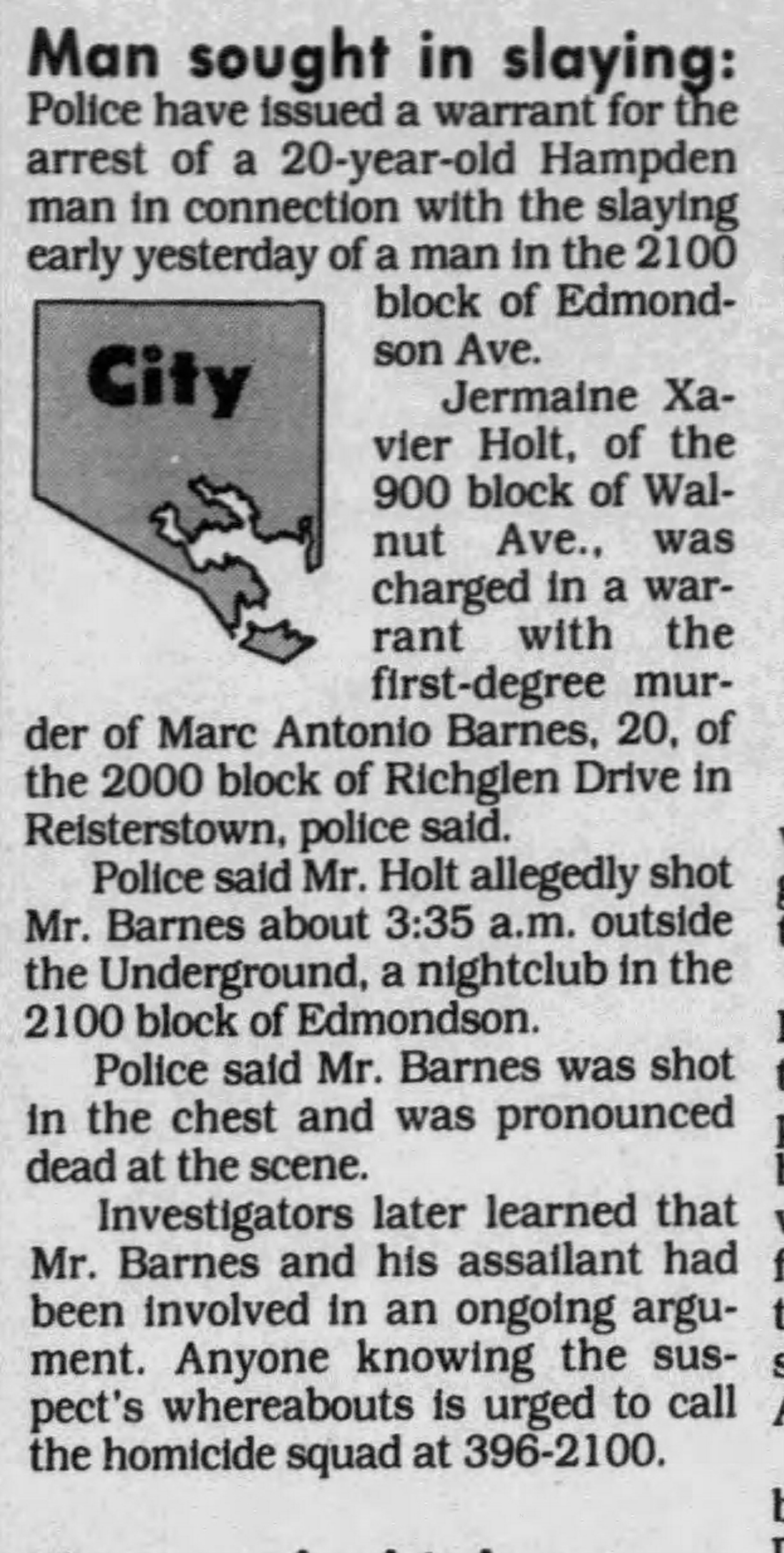
24 Feb 1992

Anyone with information, photographs, memorabilia, or other "Baltimore City Police" items can contact Ret. Det. Kenny Driscoll at
Copyright © 2002 Baltimore City Police History - Ret Det Kenny Driscoll
![]()
POLICE INFORMATION
Copies of: Your Baltimore Police Department Class Photo, Pictures of our Officers, Vehicles, Equipment, Newspaper Articles relating to our department and or officers, Old Departmental Newsletters, Lookouts, Wanted Posters, and or Brochures. Information on Deceased Officers and anything that may help Preserve the History and Proud Traditions of this agency. Please contact Retired Detective Kenny Driscoll.

NOTICE
How to Dispose of Old Police Items
Please contact Det. Ret. Kenny Driscoll if you have any pictures of you or your family members and wish them remembered here on this tribute site to Honor the fine men and women who have served with Honor and Distinction at the Baltimore Police Department.
Anyone with information, photographs, memorabilia, or other "Baltimore City Police" items can contact Ret. Det. Kenny Driscoll at
Copyright © 2002 Baltimore City Police History - Ret Det Kenny Driscoll
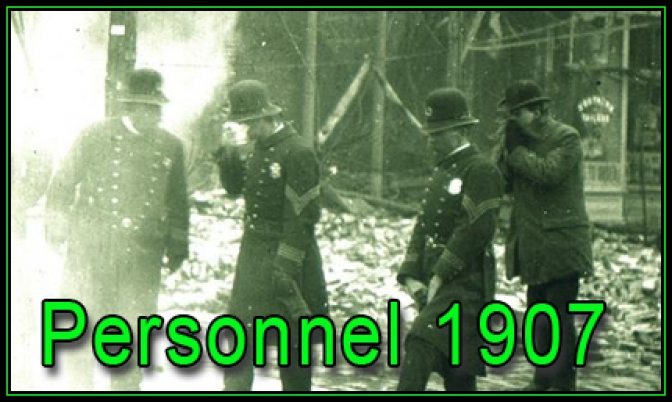
The History of The Baltimore Police Department, which was published in 1907 and has a blue jacket, The original first printing of the book all of the Detectives faces were covered with gold ovals to protect their identity.
Name Rank Badge # Assignment
1 Aburn, Charles Officer Harbor Patrol
2 Acker, J.J. Officer 279
3 Alrich, C.P. Driver
4 Andrews, J.O. Officer 203
5 Andrews, R. Officer 364
6 Arata, S. Driver
7 Arbin, William G. R-Sergeant N.E.D
8 Ardisson, H.V. Officer 430
9 Armiger, Jesse Sergeant
10 Armstrong, George Detective Hq.
11 Arnold, Henry F. Sergeant
12 Atkinson, William M. Detective Hq.
13 Austin, W.H. Officer 142
14 Bachman, J. Officer 89
15 Baker, C.H. Officer 123
16 Baker, James Officer 160
17 Bandel, G.W. Officer
18 Barclay, J.L. Officer 738
19 Barranger, C.J. Officer 751
20 Barranger, John L. R-Sergeant N.D.
21 Barry, Thomas J. Sergeant
22 Bateman, W.J. Officer 4
23 Batzer, J.A. Officer 372
24 Baugh, A.A. Officer 87
25 Begnelle, C.R. Officer 632
26 Behringer, P. Officer 64?
27 Bell, T.L. Officer 228
28 Birmingham, H.C. Officer 459
29 Bishop, C.A. Officer 212
30 Bishop, E.B. Officer 10
31 Black, G.R. Officer 880?
32 Blake, James Officer 306
33 Bliler, R. Officer 452?
34 Blume, C.F. Officer 62
35 Bohn, W.B. Officer 201?
36 Bohn, W.B. Officer 207?
37 Bollinger, S. Officer
38 Bond, C.E. Officer 99
39 Booker, Philip Officer 723
40 Boone, J.B. Officer Mounted
41 Boone, James B. Sergeant
42 Boone, Samuel R. Lieutenant Hq.
43 Borden, W.J. Officer 211
44 Bosch, Phillip F.J. Sergeant
45 Bowers, G.W. Officer 490
46 Bowersox, C.F. Officer 247
47 Bowling, W.E. Officer 39
48 Bozeman, G.J. Officer 53
49 Bracken, J. Officer
50 Bradley, Peter B. Detective Hq.
51 Brandley, William F. Sergeant
52 Brandt, J.C. Officer 125
53 Brennan, Peter J. Detective Hq.
54 Broadfoot, W.J. Officer 23
55 Bruff, John A. Sergeant
56 Bruner, Jr. Joseph Officer 485
57 Buckley, Daniel B. Sergeant
58 Buckley, W.J. Officer 311
59 Bullock, Edwin B. Sergeant
60 Burgess, W.H. Officer 309
61 Burkhardt, J.B. Officer 172
62 Burkhardt, J.G.E. Officer
63 Burman, B. Officer 367
64 Burns, C.H. Officer
65 Burns, C.H. Clerk N.E.D.
66 Burns, Herman Sergeant
67 Burns, J.J. Officer 423
68 Burns, Thomas J. Detective Hq.
69 Burns, W.P. Officer 382
70 Burton, J.W. Officer
71 Busch, William Officer 751
72 Busick, Harry C. Detective Hq.
73 Busick, J.E. Officer 122?
74 Busky, B.T. Officer 102
75 Buswanger, G.B. Officer 411
76 Butler, John Officer
77 Byrne, H.J. Officer 412
78 Byrne, M. Driver
79 Byrnes, B.D. Messenger H.Q.
80 Cadwallader,Lewis Captain Retired
81 Cain, E.J. Officer 26
82 Callahan, W.H. Officer
83 Carberry, R.H. Sergeant
84 Carey, C.J. Sergeant
85 Carey, Edward J. Lieutenant Hq.
86 Carlos, J. Officer 255
87 Carlos, W.L. Officer
88 Carney, O.P. Officer 482?
89 Carr, A.R. Officer 791 Hq
90 Carroll, A.C. Officer 201 Mounted
91 Carroll, F.R. Officer 81?
92 Carroll, J.L. Officer
93 Carroll, John T. Sergeant
94 Carter, Robert D. Lieutenant E.D.
95 Casey, James T. Lieutenant N.W.D.
96 Casey, John A. Lieutenant Hq. Bertillon Div.
97 Cash, P. Officer 395
98 Cassidy, T.R. Officer 748
99 Caughlin, P.J. Officer 427
100 Cavanaugh, M.J. Officer 852
101 Chaffinch, T. Officer 105
102 Chaillon, Louis Sergeant
103 Chaney, V.L. Officer 248
104 Chopper, J. Officer
105 Clampitt, W.K. Officer 75?
106 Clancy, J. Officer 202 Mounted
107 Clark, P.J. Sergeant
108 Clautice, F.P. Officer
109 Clayland, D.L. Officer
110 Claypoole, R.G. Asst.Secrt. H.Q.
111 Close, Martha Matron H.Q.
112 Coale, J.M. Officer 546
113 Cole, C.W. Officer 77
114 Cole, Charles M. Lieutenant C.D.
115 Collins, G.W. Officer 47
116 Collins, Joseph D. Lieutenant S.D.
117 Collins, T.J. Officer 725
118 Command, M.B. Officer
119 Concannon, J.P. Officer 257?
120 Connolly, Thomas T. Sergeant
121 Connor, C.O. Officer 362
122 Cook, William Officer 80
123 Cooney, J.A. Officer 645
124 Coughlan, Joseph E. Detective Hq.
125 Coulbourne, John W. R-Sergeant N.E.D.
126 Coulter, J.F. Officer 304
127 Craig, J.W. Officer
128 Crate, Frederick T. Lieutenant N.E.D.
129 Crawford, J.A. Officer 49
130 Croghan, P.V. Officer 22
131 Crowe, W.J. Officer 234
132 Cullison, W.T. Officer 495
133 Cusack, T.E. Officer 209
134 Daley, J.P. Officer 603
135 Damitz, J. Officer 57
136 Daniels, W.J. Officer 106
137 Dash, A. Officer 398?
138 Davis, G.W. Officer 669?
139 Davis, R.S. Officer 735
140 Davis, W.G. Clerk
141 Day, John C. Sergeant
142 Deer, J.H. Officer 717
143 Deinlein, G. Officer 24
144 Deiter, N.W. Officer 64
145 Deitrich, A.C. Officer 83
146 Deitz, C.L. Officer 606
147 Delaney, J.R. Officer 487
148 Dempsey, J.E. Officer 189
149 Dempsey, J.M. Officer 312
150 Dempsey, Thomas F. Lieutenant N.D.
151 Dengler, George Officer 61
152 Devan, J.T. Officer 222?
153 Devon, F.P. Sergeant
154 Dick, G.B. Officer 346
155 Dick, James K. Detective Hq.
156 Dillon, Edward J. R-Sergeant W.D.
157 Ditzel, Charles Officer 421
158 Dixon, W.Y. Officer 704
159 Dodson, L.E. Officer 25
160 Doherty, E.E. Officer 720
161 Donhauser, Jr. H.A. Officer 40
162 Donoghue, J.J. Officer 712
163 Donohue, Daniel Officer 15
164 Donohue, J.B. Driver
165 Donohue, T.F. Officer 188
166 Dorsey, C.F. Officer 402
167 Dorsey, J.B. Officer 762 Harbor Patrol
168 Dougherty, Joseph E. Detective Hq.
169 Downs, J.C. Officer 324
170 Duerr, V.H. Officer 498
171 Dugan, J.F. Officer 419
172 Dull, J.A. Officer
173 Dunn, D.E. Officer 342
174 Dunn, James Officer 117
175 Dunn, John J. Officer
176 Dunn, John J. Sergeant
177 Dunn, W.F. Officer 183
178 Durfee, A.M. Officer 642
179 Duvall, E. Wirt Dr. Physician H.Q.
180 Dyser, L.J. Officer
181 Eagan, T. Officer
182 Eberling, Jr. J.G. Officer 708
183 Egan, M.J. Officer 777
184 Egan, Thomas Sergeant
185 Ehlers, F. Officer 335
186 Eilbacher, L.H. Sergeant
187 Eisenhut, W. Officer
188 Ellis, A. Officer 35
189 Emerine, G. Officer 153
190 Ennis, J.R. Officer 14
191 Eser, C.N. Officer 11
192 Evans, George N. Lieutenant S.W.D.
193 Fanning, F.N. Officer 177
194 Farley, C.T. Officer 356
195 Farnan, John Clerk S.W.D.
196 Farnan, Thomas Marshal
197 Farrell, G.R. Officer 482
198 Farrell, J. Officer
199 Feidt, R.J. Officer 680
200.00 Feinour, B.W. Officer 417
201 Feldpusch, H. Officer 637
202 Ferguson, W.C. Officer 414
203 Ferris, Thomas Officer 103
204 Fetsch, J.M. Clerk
205 Fields, C.L. Officer 358
206 Finch, C.H.D. Officer 504
207 Fink, J. Officer
208 Fishbach, G.A. Officer 626
209 Fitzmaurice, M. Officer 742
210 Flood, Philip Sergeant
211 Fluskey, D.B. Officer 235
212 Foreman, Harry J. Sergeant
213 Forrest, W.J. Sergeant
214 Fousek, J.J. Officer 320
215 Frank, P.A. Officer 394
216 Frank, R.W. Officer 250?
217 Frawley, M.J. Officer 33
218 Frazier, W.B. Officer 275
219 Frederick, G.A. Officer 752
220 Freeburger, A.B. Officer 149
221 Freedenburg, Alfred Sergeant
222 Freedy, J.F. Officer Mounted
223 Freeman, E.B. Officer 69
224 Freeman, R. Officer 289
225 French, S.J. Officer 283
226 Frisbie, C.H. Officer 458
227 Fritsch, G.J. Officer 68
228 Frock, G.F. Officer 218?
229 Fullem, John J. Lieutenant S.W.D.
230 Furlong, J. Officer 374
231 Gaffey, W.J. Officer
232 Ganley, Philip Officer 424
233 Garner, J.W. Officer
234 Garrett, J.W. Officer 634
235 Garrigan, J.F. Officer 472
236 Garrity, T. Officer 300
237 Gatch, Frank R. Sergeant
238 Gatch, Nicholas B. Sergeant
239 Gaule, M. Officer 350
240 Geiger, J. Officer 80
241 Geisel, F. Officer 152
242 Geraghty, J.T. Officer 282
243 Gerlach, William Officer 470
244 German, F.J. Officer 41
245 Gill, C.N. Officer 617
246 Gittings, Charles W. Captain N.E.D
247 Givvins, J.H. Officer 171
248 Gladden, C.W. Officer 140
249 Glenn, E.H. Sergeant
250 Glenn, J.P. Officer 365
251 Glynn, John J. R-Sergeant E.D.
252 Goodwin, J. Officer 714
253 Goonan, T. Officer 705
254 Gordon, A.S. Officer 20
255 Gordon, J.T. Officer 138
256 Graf, B. Officer
257 Graham, J.T. Officer 15?
258 Gramham, J.A. Officer 604
259 Grauling, G. Officer 32
260 Green, Lewis Messenger H.Q.
261 Green, S.G. Officer 173
262 Green, Thomas T. Lieutenant E.D.
263 Greene, Samuel Officer 173
264 Griffis, Joseph W. Sergeant
265 Grogan, M.J. Driver
266 Gude, G.E. Officer 228 Mounted
267 Guertler, O.E. Officer 154
268 Guian, J.P. Officer 347
269 Gumpman, P.H. Officer 640
270 Hahn, Lewis R-Sergeant N.D.
271 Haigley, W.H. Officer 700
272 Haile, F.D. Officer 192
273 Haley, M. Officer 694
274 Haley, W.T. Officer 478
275 Hall, Theoderick B. Detective Hq.
276 Hamilton, A.J. Officer 46
277 Hamilton, J.W. Officer 43
278 Hammersla, Harry M. Detective Hq.
279 Hancock, C.W. Officer 100
280 Hanrahan, T.S. Officer 361
281 Harden, U.S.G. Officer 696
282 Hardesty, J.A. Officer 639
283 Hare, John Driver
284 Harrigan, M.J. Officer 466
285 Harrington, M.C. Officer 785 Harbor Patrol
286 Harrison, C.E. Officer 28
287 Harrison, P.H. Officer 429
288 Hartman, John Officer 733
289 Harvey, H.C. Officer 332
290 Hauf, A.J. Officer 614
291 Hauf, A.J. Officer 614
292 Hauf, G.A. Officer 430
293 Hawkins, T.E. Officer 727
294 Hayes, N. Officer 681
295 Heath, G.W. Officer
296 Heiderman, C.E. Officer 672
297 Heineman, H.J. Officer
298 Heinsler, S.H. Officer 96
299 Heinz, William M. Sergeant
300 Hennick, G.W. Officer 502
301 Henry, E.A. Officer
302 Henry, George G. Captain W.D
303 Hepburn, A.M. Officer 70
304 Herman, J. Officer 12
305 Herold, J.L. Officer 170
306 Herrick, William S. Sergeant
307 Higgins, J.T. Officer 218
308 Higgins, William F. Sergeant
309 Hildebrand, W.P. Officer 363
310 Hill, Henry R. Sergeant
311 Himmelman, S. Officer 38
312 Hirshauer, V.E. Officer 194
313 Hobbs, G.J. Officer 439
314 Hobbs, S.A. Officer 811
315 Hobbs, S.S. Officer 584
316 Hoey, C.S. Officer 123
317 Hoffman, W.H. Officer 139
318 Hogan, Thomas F. Detective Hq.
319 Holden, J.S. Officer 174
320 Holthaus, A.A. Officer 385
321 Holzer, J.H. Officer 144
322 Homer, Lloyd Officer 321
323 Hood, Thomas J. R-Sergeant S.W.D
324 Hopwood, Harry E. Sergeant
325 Horstman, H. Officer 242
326 Hoskins, T.E. Officer 678
327 House, Samuel W. R-Sergeant S.D.
328 Howe, E. Officer 384
329 Hoyle, George J. Sergeant
330 Hughes, M.C. Officer
331 Hughes, Michael J. Sergeant
332 Hughes, T. Officer
333 Hughes, Terrence Sergeant
334 Hunt, M.J. Officer 740
335 Hurley, A.F. Officer 466
336 Hurley, Charles E. Sergeant
337 Hutcherson, J.W. Officer 415
338 James, Gilbert C. Sergeant
339 James, W.M. Officer 308?
340 Jamieson, A. Officer 290
341 Jeffres, J.F. Officer 470
342 Jenkins, William M. Sergeant
343 Joeckel, C.C. Officer 58
344 Johnson, E.C. Sergeant
345 Johnson, J.T. Officer 2
346 Johnson, J.W. Officer 484
347 Jones, C.W. Officer 412
348 Jones, G.E. Officer 420
349 Jones, L.K. Officer 146
350 Kahler, G.A. Officer 180
351 Kaiss, G.F. Officer 78
352 Kalbfleisch,William Lieutenant C.D.
353 Kane, C.J. Officer 405
354 Kaney, F.J. Officer 648
355 Kaufman, C.W. Officer 262 Mounted
356 Kaufman, William Officer 709
357 Kearney, A.J. Officer 344?
358 Kearney, Patrick Officer 873
359 Kearns, J.A. Officer 371
360 Keck, J.H.W. Officer 114
361 Keelty, O.E. Officer
362 Keggins, J.T. Officer 73
363 Kelly, C.E. Officer
364 Kelly, J.E. Officer 352
365 Kelly, P.J. Sergeant
366 Kelly, Thomas Officer 27
367 Kelly, W.H. Officer 588
368 Keneally, P.J. Officer
369 Kenealy, M.F. Officer
370 Kenealy, William J. Sergeant
371 Kessler, G.F. Officer
372 Kidd, F. Officer 196?
373 Kimball, A.L. Officer 225
374 King, John R. Officer 747
375 King, L. Officer 17
376 King, W.S. Officer 215
377 Kinsey, Josiah Secretary Bopc
378 Kirby, H.C. Officer 682
379 Kirby, Thomas P. Sergeant
380 Kirby, W.C. Officer
381 Kissner, G.N. Officer 76
382 Klein, John Sergeant
383 Klinefelter, William J. Sergeant
384 Klingenberg, A. Officer 136
385 Kneavel, C.J. Officer 151
386 Knight, Harry Officer
387 Koehler, F.J.H. Officer 21
388 Kohler, George Officer 406
389 Kohlhepp, J. Driver
390 Koller, G.S. Officer 451
391 Kratz, John H. Detective Hq.
392 Krause, Henry Officer 1
393 Kreisel, W.G. Officer 165
394 Krotee, W.C. Officer 176
395 Lafferty, R.H. Officer
396 Lamar, G.W. Officer 605
397 Lamb, Richard Officer 780 Harbor Patrol
398 Lancaster, William Sergeant
399 Lang, A. Officer 475
400 Lang, J.W. Officer
401 Lankford, J.B. Officer 410
402 Lastner, Charles Sergeant
403 Lauinger, George Officer 448
404 Lawler, J.J. Officer 774
405 Lawless, T.P. Officer 434
406 Lawrence, W.E. Officer 716?
407 Leach, C.A. Officer 498
408 League, Albert L. Lieutenant H.Q.
409 League, George Captain E.D
410 Lebrun, George Driver
411 Lefevre, Walter H. Detective Hq.
412 Lehman, J. Officer
413 Leilich, L.E. Officer
414 Leitsch, J.V. Officer 373
415 Leland, Patrick Officer 387?
416 Lennon, J.P. Officer
417 Lentz, Albert F. Sergeant
418 Lentz, C.E. Officer
419 Leonard, J.C. Officer 431
420 Leverton, James M. Sergeant
421 Levie, S.C. Sergeant
422 Link, W.F. Officer 651
423 Linn, J.F. Officer 237 Mounted
424 Lisiecki, K.C. Officer 85?
425 Little, R.T. Officer 755
426 Loane, Charles M. Sergeant
427 Lockwood, A.W. Officer
428 Lookingbill, H.H. Officer 236
429 Lookingland, G.R. Officer 625
430 Lubinski, M. Officer
431 Lucey, J. Officer 55
432 Lucke, E.N. Officer
433 Lurz, George Sergeant
434 Lutts, William J. Sergeant
435 Lynch, J. Driver
436 Lynch, T.O. Officer 381
437 Lyons, J.H. Officer 455
438 Lyons, M. Driver
439 Lyons, R.B. Officer 340
440 Mack, D.C. Officer 654
441 Magee, E.V. Officer 297
442 Maguire, E. Officer 264
443 Malone, D. Officer 404
444 Maloney, M.A. Officer 223
445 Manning, J.A. Officer 400
446 Manning, James Dep.Marshal
447 Mannion, M.J. Officer 116
448 Maselkowski, G.A. Officer 334
449 Mason, William A. Detective Hq.
450 May, A.H. Officer 72
451 Mayer, John H. Detective Hq.
452 Mayer, William Officer 690 ?
453 Mccabe, J.T. Officer 112
454 Mcclean, Charles R-Sergeant S.W.D.
455 Mcclean, F.J. Officer 471
456 Mcclelland, D.P. Lieutenant H.Q. ( Died In 1907)
457 Mcclelland, R.P. Sergeant
458 Mccloskey, J.J. Officer 722
459 Mccloskey, O.W. Officer 775
460 Mccotter, H.H. Officer 458
461 Mccourt, C.J. Officer 224
462 Mcdonell, Harry Officer 328
463 Mcgann, M.V. Officer
464 Mcgee, R. Officer
465 Mcgee, Thomas B. Captain S.D.
466 Mcgeeney, James Officer 284
467 Mcgovern, Joseph R-Sergeant S.D.
468 Mcgrain, J. Officer 303
469 Mcgrain, T. Officer 260 Mounted
470 Mcgrath, J.P. Officer
471 Mcgraw, Thomas R-Sergeant C.D.
472 Mcintire, A. Officer 147 ?
473 Mcintire, J. Officer 222
474 Mcintire, J.H. Officer 463
475 Mckenna, D.J. Officer
476 Mckenna, M. Officer
477 Mckew, M. Officer 657
478 Mclain, A.L. Officer 230
479 Mclain, P. Officer 339
480 Mclaughlin, J.P. Officer 113
481 Mclynn, James J. Sergeant
482 Mcmanus, T.H. Officer 480
483 Mcmullen, W.H. Officer
484 Mcnamara, P.J. Officer 175
485 Mcnamee, J.W. Officer 650
486 Mcneal, M. Officer 802
487 Mcshane, C.J. Officer
488 Mewshaw, J.W. Officer 647
489 Meyer, George P. Sergeant
490 Middleton, C.S. Officer 415
491 Miller M. Officer 37
492 Miller, Jacob E. R-Sergeant H.Q.
493 Miller, R.H. Officer 330
494 Miller, William L. Detective Hq.
495 Mills, W.A. Officer 184
496 Milske, G.L. Officer 392
497 Minch, F. Officer 93
498 Minderlein, C. Officer 422
499 Mintiens, John H. Sergeant
500 Mister, J.S. Officer 377
501 Mitchell, Alex. Officer
502 Mitchell, J.H. Officer 486
503 Mitzel, Jr., J.G. Officer 74
504 Monks, J.A. Officer 296
505 Monohan J.J. Officer 551
506 Mooney, Thomas J. Sergeant
507 Moore, Alfred Sergeant
508 Moore, E.M. Officer 248
509 Moore, R.J. Officer 155
510 Moore, W.H. Officer 86 ?
511 Moran, L. L. Officer 360
512 Moran, Thomas Officer 633
513 Morgan, R.L. Officer 440
514 Morgereth, H.J. Officer 8
515 Morheiser, Harvey P. Lieutenant S.D.
516 Moxley, Jonathan E. Captain S.W.D.
517 Moyan, P. Officer 713
518 Mumford, S.J. Officer 443
519 Murphy, J.T. Driver
520 Murphy, Jeremiah J. Sergeant
521 Murphy, John Officer 835
522 Murphy, Michael Officer
523 Murphy, Richard Officer Harbor Patrol
524 Murphy, T. Officer 204
525 Murphy, W.T. Officer 438
526 Myers, G.E. Officer 124
527 Myers, W.R. Officer 344
528 Nelson, Stephen G. Sergeant
529 Nevins, Joseph Sergeant
530 Newell, R. Officer
531 Newman, W.T. Officer
532 Nicholson, William A. Sergeant
533 Noel, R.T. Officer 248
534 Noonan, M.J. Officer 454
535 Norton, Joseph W. Sergeant
536 Norton, Thomas Officer 883
537 O'connell, J.F. Officer 288
538 O'connor, J.T. Foreman Mounted Stables
539 O'donnell, Thomas P. Detective Hq.
540 Oelman, G.E. Officer 609
541 Ohle, J.H. Officer
542 O'keefe, W.T. Officer 135
543 Oliphant, J.M. Officer 331
544 O'neill, F. Officer 218
545 O'neill, James Officer
546 O'neill, Thomas J. Sergeant
547 O'rourke, J.H. Officer 189
548 O'toole, Joseph Sergeant
549 Ott, G.A. Officer 104
550 Ousler, T.F. Officer 418
551 Owings, Theodore Sergeant
552 Parlett, D.C. Officer
553 Parr, Frank Sergeant
554 Patterson, J. Officer 94
555 Patterson, P.J. Sergeant
556 Patton, W.R. Officer 308
557 Payne, Jacob Messenger H.Q.
558 Pazourek, C.W. Officer 181
559 Pearce, T.F.G. Officer 316
560 Pease, M.E. Officer
561 Pendergast, T.J. Officer 386
562 Perkins, J.H. Officer 671
563 Permar, W.R. Officer 244
564 Perry, T.E. Officer Harbor Patrol
565 Perry, W.H. Officer 663
566 Petticord, W.D. Officer 207
567 Pfaff, W.H. Officer 699
568 Pfeifer, H. Officer 197
569 Pfeifer, P. Officer
570 Pfister, Nicholas Sergeant
571 Pick, W.A. Officer 388
572 Plantholt, A.J. Officer 183
573 Plum, Frank J. Sergeant
574 Pohler, Herman Detective Hq.
575 Pollock, G. Officer 164
576 Pollock, George Sergeant
577 Polton, Charles A. Lieutenant N.W.D.
578 Porter, R.T. Officer
579 Potter, Charles B. Sergeant
580 Powell, W.S. Officer
581 Preston, James H. Commission Bopc
582 Pumphrey, A.J. Captain Hq. Detectives
583 Putz, Edward L. Clerk S.D.
584 Quandt, R.O. Officer 678 ?
585 Quinn, W.E. Officer 745
586 Quirk, Thomas W. Sergeant
587 Rahn, J.F. Officer 474
588 Ramsey, E.M. Sergeant
589 Ramsey, T.L. Officer 113
590 Ramsey, W.H. Officer 31
591 Ray, C.M. Officer 310
592 Reese, George W. Sergeant
593 Reifner, William H. R-Sergeant E.D.
594 Reth, John Sergeant
595 Rever, G.I. Officer 187
596 Reynolds, M.J. Sergeant
597 Richmond, S.W. Officer
598 Robertson, J.C. Dr. Surgeon H.Q.
599 Robinson, H.E. Officer 26 ?
600 Robinson, J.W. Officer 764
601 Robinson, L.E. Officer 687
602 Roche, C. Officer 380
603 Roche, E.J. Officer 38
604 Roche, J.L. Officer 190
605 Rodgers, J.W. Officer 435
606 Roemer, H.J. Officer 677
607 Roessler, F. Officer 51 ?
608 Rogers, Coke Officer 768
609 Rohleder, Charles Officer 503 ?
610 Ross, J.T. Steno
611 Ross, P.S. Officer 612
612 Roth, G.M. Officer 699
613 Roth, G.M. Officer 693 ?
614 Rowe, J.H. Officer 622
615 Rudel, J.C. Officer 477
616 Rudel, W.W. Officer 450
617 Ruhl, D.B. Officer 5
618 Ruhl, George M. Sergeant
619 Rupprecht, J.J. Officer 217 ?
620 Russell, F.G. Officer 682
621 Russell, William T. Sergeant
622 Ryan, J.J. Officer 786 Harbor Patrol
623 Ryan, J.T. Officer 261
624 Ryan, James Officer 278 ?
625 Ryan, Timothy Officer
626 Saffell, A.C. Driver
627 Sanders, Frank Officer
628 Santry, John J. Lieutenant W.D.
629 Sauer, G.C. Officer 6
630 Schaefer, F.B. Officer 728
631 Schaefer, F.R. Officer
632 Schaefer, George W. Sergeant
633 Schaefer,N.J. Officer 461
634 Schanberger, Harry P. Sergeant Hq. Detective
635 Schaub, William C. Sergeant
636 Scheflein, A. Officer 80
637 Schelle, A.W. Officer 258
638 Schleigh, Edward Captain N.W.D.
639 Schleigh, R.P. Officer 280
640 Schley,Allen Officer 482
641 Schlingman, F. Officer 7
642 Schmidt, G.C. Officer 481
643 Schmidt, J.C. Officer 413
644 Schminke, H.P. Officer 433
645 Schneider, F.E. Officer 18
646 Schone, W.H. Officer 132
647 Schott, E.J. Driver
648 Schrieber, J. Officer 162
649 Schulte, E.W. Sergeant
650 Schultz, Edward Sergeant
651 Schulze, W.F. Officer
652 Schuster, J.R. Officer 664
653 Schuster, J.S. Officer 676
654 Schwarzkopf, H.A. Officer 95
655 Schwarzman, H.J. Officer 163
656 Scott, F.C. Officer 154
657 Scott, William G. Lieutenant H.Q.
658 Scrivner, W.F. Officer 518
659 Scrivner, W.L. Officer
660 Sedicum, A.T. Officer 726
661 Sedicum, G.T. Officer 701
662 Seiber, F.L. Officer 409
663 Seibold, Frederick Sergeant
664 Seibold, George W. Detective Hq.
665 Seibold, H.C. Officer 428
666 Seidl, F.N. Officer 13
667 Seiler, J. Officer 736
668 Seipp, F. Officer 624 ?
669 Shanahan, E.A. Officer 767
670 Shanahan, J.J. Officer
671 Shank, Henry W. Detective Hq.
672 Sheehey, M.J. Officer 305 ?
673 Sheffer, W.P. Officer
674 Shilling, T.B. Officer 233
675 Shipferling,F.H. Officer 698 ?
676 Shockley, J.W. Lieutenant W.D.
677 Shryock, General T. Commission Bopc
678 Shultz, John A.G. Captain N.D.
679 Simpson, N.B. Officer
680 Sinclair, Charles Officer 491
681 Singer, John F. Sergeant
682 Slaine, J.F. Officer 232
683 Slitzer, W. Officer
684 Smeak, William Officer
685 Smith, G.T. Officer 351
686 Smith, James E. Sergeant
687 Smith, Joseph Sergeant
688 Smith, S.J. Officer 743
689 Smith, W.M.D. Sergeant
690 Smyth, J.J. Officer 336
691 Smyth, W.R. Officer 29 ?
692 Snyder, C.L. Driver
693 Sommers, A. Officer
694 Spangenberger,C.F. Officer
695 Sparklin, J.A. Sergeant
696 Sparks, J.B. Officer 98
697 Spicer, C.W. Officer 319 ?
698 Spillner, W.F. Officer
699 Spittel, L. Officer
700 Spittel, W.R. Officer
701 Sporrer, M. Officer
702 Squires, W.L. Officer 432
703 Stadter, Officer
704 Stafford, J.P. Officer 437
705 Stallings, C.F. Officer 723
706 Stanton, Richard Officer Harbor Patrol
707 Starkey, R.L. Officer 130
708 Starlings, F. Officer 729
709 Stein, J.R. Officer 121
710 Steinacher, T.F. Officer 744
711 Steineman, L.J. Officer 732
712 Stevens, E.B. Officer 591
713 Stevens, J.H. Officer 706
714 Stevens, William H. Sergeant
715 Stinchcomb Officer 213
716 Stitchberry, J.L. Officer 268
717 Stocket, R.W. Officer 416
718 Storey, A.P. Officer 667
719 Streb, G.P. Officer 388
720 Street, K. Officer 737
721 Streib, Henry Sergeant
722 Stretch, A.J. Officer 688
723 Strott, John J. R-Sergeant C.D.
724 Strout,G.T. Officer 790
725 Struck, F.A. Officer 447
726 Stump, J.C. Officer 607
727 Sullivan, Robert Officer 618
728 Sutton, B.A. Officer 426
729 Sweeney, J.E. Sergeant
730 Sweeney, J.J. Officer 337
731 Swift, J.E. Officer
732 Swikert, John Clerk H.Q.
733 Swope, J.L. Officer 628
734 Sylvester, D. Officer
735 Talbott, E.J. Officer Mounted
736 Talbott, L. Officer 706
737 Tarr, R.S. Officer 711
738 Taylor, A.J. Officer 254
739 Taylor, O.M. Officer 145
740 Teinken, G.H. Officer 127
741 Tennyson, J.F. Officer 689
742 Teves, J.T. Officer 478
743 Thawley, S.T. Officer 178
744 Thies, J.C. Officer
745 Thomas, W.L. Officer 318
746 Thompson, W.A. Officer 198
747 Thornton, J.P. Officer 724
748 Tighe, J.B. Officer 428
749 Tighe, P.J. Officer
750 Timmerman, A.J. Officer 421
751 Todd, E.D. Officer
752 Todd, J.D. Officer 220
753 Trott, J.W. Officer 353
754 Trott, Joseph E. Sergeant
755 Trott, T.H. Officer 200
756 Tudor, W.T. Officer 120
757 Tull, J.C. Officer 241
758 Tuohy, John Officer 322
759 Tyson, G.B. Officer 345
760 Uhing, C.H. Clerk
761 Urspruch, L. Officer
762 Vahle, Charles Detective Hq.
763 Vane, F.B. Officer 228 ?
764 Vavra, F.J. Officer
765 Vavrina, J.F. Officer 184
766 Vavrina,J.F. Officer 493
767 Veitsch, G.C. Officer 256 ?
768 Velker, G.C. Officer 287
769 Vickers, B.F. Officer 669
770 Vincent, W.P. Officer 189
771 Vinyard, J.L. Officer
772 Vocke, L.B. Officer 243
773 Voegelein, Charles Officer 292
774 Vogleman, W.H. Officer 621
775 Walsh, John J. Sergeant
776 Walsh, M. Officer 757
777 Walsh, W.J. Officer
778 Walters,H.R. Officer 282
779 Wankmiller, J.F. Officer 52
780 Ward, Bernard J. Captain C.D.
781 Ward, Michael E. Sergeant
782 Warfield, W.L. Sergeant
783 Warmsman, W.F.H. Officer 299
784 Warner, J.A. Officer 261 Mounted
785 Watchman, W.W. Officer 131
786 Watson, Walter Clerk N.W.D.
787 Way, J.A. Officer 239
788 Weaver, Charles H. Detective Hq
789 Weber, C.E. Officer
790 Weber, John Officer 156
791 Wedi, W.L. Officer
792 Wellener, Basil S. Lieutenant N.E.D.
793 Weller, H.A. Officer
794 Welsh, Luther Officer 731
795 Werner,W.F. Officer 627
796 West, W.C. Officer
797 Wheatley, J.W. Officer
798 White, J. Officer 716
799 White, J.J. Officer
800 White, William M. Sergeant
801 Whittle, William H. R-Sergeant W.D.
802 Wildberger, F.W. Officer 210
803 Wilkens, J.C. Officer 658
804 Wilkerson, J Officer 82
805 Will, G.J. Officer 469
806 Williams, J.E. Officer 619
807 Williams, T.A. Officer 681
808 Willis, George Commission Bopc
809 Wilson, J.F. Officer 334
810 Wingate, H.C. Officer 214
811 Winters, George Officer 128
812 Wisner, J.T. Officer 467
813 Woelper, George Officer 150
814 Wonderley, W.R. Clerk N.D.
815 Woods, J.J. Officer 379
816 Worden, E.G. Sergeant
817 Wortman, Charles Sergeant
818 Wulfert, J. Officer 349
819 Yeagle, C.L.D. Officer 535
820 Yost, Henry Officer 641
821 Youngheim, F.F. Officer 118
822 Zehner, Louis Sergeant
823 Zehner, W.O. Officer 629
824 Zeiler, A. Officer 34
825 Zellers, F.J. Sergeant Traffic Squad
826 Zimerman, Charles Officer 425
827 Zizwarek, J.F. Officer 185
POLICE INFORMATION
Copies of: Your Baltimore Police Department Class Photo, Pictures of our Officers, Vehicles, Equipment, Newspaper Articles relating to our department and or officers, Old Departmental Newsletters, Lookouts, Wanted Posters, and or Brochures. Information on Deceased Officers and anything that may help Preserve the History and Proud Traditions of this agency. Please contact Retired Detective Kenny Driscoll.

NOTICE
How to Dispose of Old Police Items
Please contact Det. Ret. Kenny Driscoll if you have any pictures of you or your family members and wish them remembered here on this tribute site to Honor the fine men and women who have served with Honor and Distinction at the Baltimore Police Department. Anyone with information, photographs, memorabilia, or other "Baltimore City Police" items can contact Ret. Det. Kenny Driscoll at
Copyright © 2002 Baltimore City Police History - Ret Det Kenny Driscoll
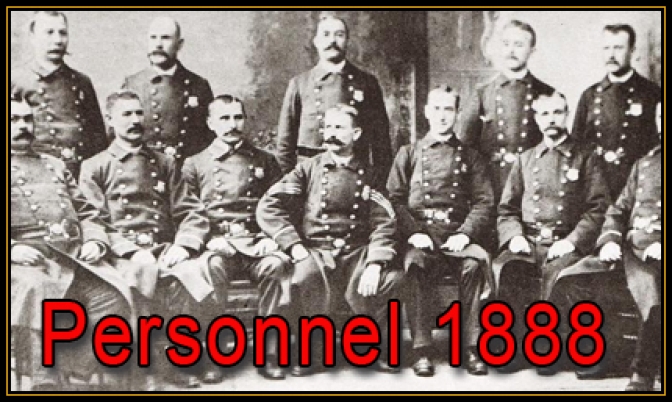
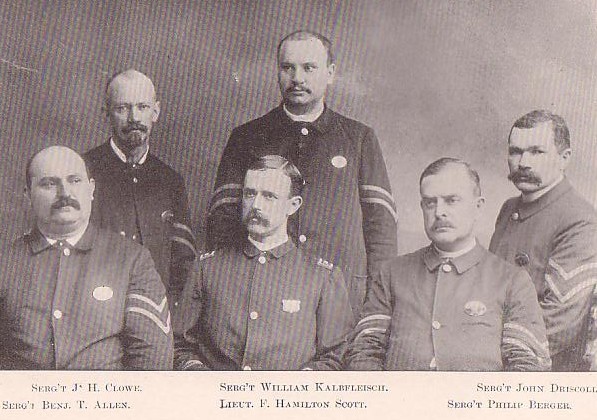
Harry Gilmor served in the Confederate cavalry and was captured twice. He was captured first in September 1862 and then exchanged as a prisoner of war in February 1863. He was captured again in February 1865 and remained captive for the duration of the war. During that time he compiled a series of historical sketches about his career which were later developed into Four Years in the Saddle.
He was Baltimore's Police Commissioner from 1874-1879.
ROSTER OF THE FORCE
January 1, 1888
Board of Police Commissioners
EDSON MARION SCHRYVER, President
ALFRED J. CARR, Treasurer
J. Q. A. ROBSON
JACOB FREY, Marshal.
JOHN LANNAN, Deputy-Marshal.
Name Date of Appointment District
A.
Abell, R. A………………………………....April 10, 1886.………...W.
Ackerman, J. J. …………………………...October 5, 1885.......N.W.
Ackler, W. F. ……………………………. November 28, 1876...…C.
Adkinson, B. B...........................................June 12,1886............N. W.
Ahern, James............................................June 17, 1878..................E.
Allen, Benjamin T., Sergeant....................June 17,1884...............W.
Allen, Wm. C. ..............................................July 21,1886............…..C.
Anderson, James D. ...............................February 10, 1876……..S.
Andrews, Ringgold ...................................June 19, 1876........……C.
Arbin, William........……………………….July 9, 1885.............…N.E.
Arminger, Jesse…………........................June 6, 1885.…......……S.
Armstrong, Thomas………………........August 1,1878….........N.E.
Arnold, H. T.................................................April 13, 1886.............S.W.
Arnold, T. E................................................July 17, 1884............. S. W.
Arthur, Thomas.........................................June 14, 1876.................C.
Atkinson, William M................................November 26, 1886...S. W.
Auld, Benjamin F., Captain....................April 23, 1867...................E.
Austen, William H....................................April 12, 1886..............N. E.B.
Bachman, John........................................December 27,1882..........E.
Bafford, E. T..............................................April 22, 1881...................C.
Bailey, George...........................................May 27, 1885.............N. W.
Baker, James C.........................................January 25, 1884...........E.
Baker, John Captain…..............................May 22, 1867...........S. W.
Ballard, L. J..................................................October 11, 1886..........C.
Bannahan, P. F..................... ...... ...............July 27, 1887................W.
Barber, Alexander Clerk............................April 13, 1886................E.
Barber, Henry L...........................................January 29, 1886....N. E.
Barber, Philip J., Captain..........................April 10, 1869............N. E.
Barker, William, Sergeant.........................April 29, 1867................C.
Barnes, John A..........................................February 9, 1885...........C.
Barranger, Thomas, Detective................July 20, 1867..............HQ.
Barrett, Michael..........................................July 15, 1884..................S.
Bayne, William C. Sergeant.....................March 18.1875...............S.
Beckmyer, W. L. .........................................May 14, 1885.................C.
Behrens, Manno A. ...................................August 21, 1879...........E.
Behringer, Phillip.........................................April 22, 1886...............C.
Bell, Thomas L. ...........................................February 3, 1877.........C.
Berger, Philip R., Sergeant........................September 3, 1867.....W.
Berney, J. J. ..................................................April 21, 1881..............W.
Biddison, W. G...............................................August 19, 1886.........C.
Billmire, George ,W. .....................................April 6, 1886................E.
Bishop, Alonzo R..........................................August 19, 1886........W.
Black, Michael F., Sergeant.........................April 15, 1882.............E.
Blackiston, Albert C.. Sergeant..................April 25.1867..............S.
Blair, Jeremiah………………………………May 1, 1885.………...S.
Blake, James………………………………..January 21, 1871.…..C.
Blaney, Samuel……………………………..April 13, 1885.…...N.W.
Boone, Mathew.......................................October 14,1870.........N. W.
Boose, William H. .....................................September 21,1886..N.W.
Bortle, Caleb …………………………….April 23, 1886.………....W.
Bosch, P. F. J., Sergeant.........................September 15, 1879..N.E.
Boston, James H.......................................August 8, 1883...........N.E.
Bouchett, Joseph A.................................April 25, 1867..................C.
Bouckelle, P. S...........................................April 10, 1886.................C.
Bowen, William H., Sergeant..................April 25, 1867..................S.
Bowers, G. W..............................................June 21, 1886...........S.W.
Bowling, William E.....................................December 8, 1877 ........E.
Bradley, William T.......................................December 3, 1884...S.W.
Brandt, J. H...................................................February 21,1876....N.E.
Brayden, S. W.... .........................................October 15, 1885.....N.W.
Brennan, P. J. .............................................December 2, 1880........C.
Broderick, T. A., Sergeant.........................February 4, 1875.....S.W.
Brooks, M. S., Turnkey.............................July 27, 1875.............S.W.
Brooks, William...........................................April 4, 1873..............N.W.
Brown, James F..........................................May 31, 1881............N.W.
Brown, John C............................................November 4, 1881........E.
Brown, Richard P ......... ............................February 27, 1872........C.
Brown, Thomas..........................................October 14, 1867..........S.
Brown, Wilson W........................................May 2, 1884.…….....N.W.
Browning, George D..................................November 24, 1886......S.
Bruchey, David H., Lieutenant................November 5, 1869........S.
Brunner, J., Jr.............................................April 9, 1886..................W.
Bryan, James J..........................................May 17, 1883 ...........N.W.
Brydon, E. R...............................................January 7, 1879.........S.W.
Buckless, Thomas E., Sergeant.............August 20, 1872............E.
Buckley, D. E...............................................June 15,1886.…………C.
Buenger, John H........................................April 13, 1881.…………E.
Buppert, Joh11...........................................April 23, 1885............S.W.
Burnes, James M.......................................January 3, 1884....……S.
Busch, William H.........................................August 24,1880.……...S.
Busick, Harry G...........................................July 22, 1885.………....C.
Busick, Jamcs H., Lieutenant...................May 1, 1867.……….....C.
Butler, John, Sergeant...............................Apri121, 1879...........S.W.
Byrnes, B. D..................................................June 28,1873...........…C.C.
Cadden, Thomas..........................................October 15,1881........E.
Cadwallader, Lewis W., Captain...............June 27,1861.........…W.
Cain, James T. …………………………….December 3, 1874.…C.
Caldwell, Andrea P. Clerk………………..April 29, 1875.…….N.E.
Callen, Thomas J………………………....June 29, 1885.……….E.
Campbell, G.L. ...…………………………..May 7, 1867.……….N.E.
Canby, W. S. ………………………………April 22, 1886.…….N.W.
Cannoles, Francis ………………………..March 9, 1877.……N.W.
Carberry, R. H. ……………………………August 5, 1886 ………C.
Carey, C. J. ………………………………...March 21, 1884 …...N.E.
Carey, John ………………………………..April 15, 1868 ……N.W.
Carey, Thomas …………………………….May 23, 1872 ……N.W.
Carey, Timothy W. ………………………September 12, 1871.....S.
Carlos, John, Sergeant ………………… October 25, 1872 ...N.W.
Carney, M. T. ………………………………March 14, 1887 …….W.
Carney, O. B. ………………………………February 2, 1886 …..W.
Carr, A. R. ……………………………….....October 3, 1877 ……..C.
Carr, Nicholas J............................................March 31, 1880 ….N.W.
Carrick, Lackey M. .......................................June 13, 1887 ...........W.
Carrick, William J., Sergeant ......................July 26. 1876 ........N. E.
Carroll, J. H., Lieutenant ........................March 25, 1869.…….N. E.
Carson, T. W. D. …………………………September 5, 1885 ..S.W.
Carter, I. T. ………………………………..October 16, 1876 …..N.E.
Carter, Robert D. ………………………May 12, 1884 ………..N.W.
Casey, John A………………………….April 9, 1886.……………C.
Casey, Samuel B. …………………….January 24, 1881 ……..N.E.
Cash, Patrick ………………………….December 7, 1885 ………C.
Cassidy, Thomas R...............................April 30, 1885.………........C.
Cavanaugh, Matthew ...........................November 27,1875.……..S.
Chaillou, Aug., Sergeant ......................November 14,1867.....N. E.
Chaillou, Lewis Sergeant ...................April 10,1882........………..S.
Chaney, Charles P ................................April 29,1867.………........C.
Cbesgreen, William J.............................October 8,1868.................C.
Claiborne, Charles H., Captain ...........December 21, 1868...…..S.
Clark, Charles..........................................June 4, 1870.…………....S.
Clark, J. A...................... ...........................February 27,1882.….N. E.
Clark, Patrick J.........................................April 27, 1887...................S.
Clause, Frederick.....................................May 6, 1880.………….....C.
Clautice, George, Sergeant ...................September 23,1873........C.
Clautice, George B...................................November 3, 1884.…….C.
Clemson, Richard H................................October 25, 1883 ..……..E.
Cline, Daniel H. Sergeant .......................October 2,1875.……N. W.
Clipper, Lewis............................................June 7,1875....................S.
Close. R. J...................................................May 7, 1885...................W.
Clowe, John H., Sergeant ......................November 16, 1877.….W.
Cole, C. Wallace.......................................July 27,1886.…………....E.
Cole, Lewis D.......….................................December 16, 1886.…...C.
Coleman, Charles L. ................................August 31, 1868.……...E.
Collins, Joseph D. Sergeant ..................July 30. 1868.………….S.
Comman, John..........................................April 3. 1870.......……….E.
Connery, John...........................................January 26, 1874.....N. W.
Connolly, James F.....................................February 3, 1887.…….C.
Connolly, William........................................December 28, 1867.…E.
Connor, Patrick F........................................January 6, 1887.……..S.
Considine, Patrick.......................................December 2, 1872......W.
Conway, J. H ...............................................April 30, 1885...........S.W.
Conway, Patrick...........................................December 28, 1872....S.
Conway, Richard..........................................May 2, 1887.................C.
Conway, Thomas.........................................November 7, 1883......S.
Cook, C. E.......................................................October 14, 1886......W.
Cook, G. L.......................................................August 26,1874.....S.W.
Cook, John.....................................................March 1, 1857.…...S.W.
Cook, William ............... ................................April 8, 1871.………...E.
Costello, John W...........................................March 3, 1883.............E.
Costello, P. S..................................................April 30.1867.........N.W.
Cox, John B. .............................. ...................August 15, 1878........E.
Cox, John T.....................................................May 1,1871................C.
Crate, F. S., Sergeant .................................February 27, 1877..N. E.
Crawford, James A. ...................................April 9,1886...................E.
Crawford, John O.......................................October 20, 1881....N. W.
Creamer, Anthony.....................................August 14, 1868.......S.W.
Crispens, William H...................................October 15, 1886.……..S.
Crooks, T. B. …………………………….February 10, 1871 ……W.
Cross, B. O. L. …………………………..April 21, 1881 ………..N.E.
Cross, Franklin T......................................May 13,1885...............N. E.
Cullem, J.W. ..............................................October 7, 1871..............C.D.
Dahle, George............................................August 21, 1884.............C.
Davis, John ...............................................September 10, 1873......C.
Davis, John W. ………………………….April 4, 1881 ……………E.
Deaver, George B. ………………………May 7, 1867 …………...C.
Debring, A. B, Turnkey ...........................January 11,1883......N. W.
Debus, Lewis ……………………………April 10, 1886 ………….S.
Deems, John …………………………….September 11, 1882 ….S.
Dempsey, William B..................................February 18, 1885.........C.
Devan, J. T. ................................................October 11, 1872..........W.
Devon, Francis P. ………………………April 10, 1882 ………….C.
Dietz, John ................................................December 20, 1871........C.
Diggs, Daniel E., Sergeant .....................April 25, 1867.……….....E.
Dingle, Henry.............................................July 31, 1878...................S.
Dolan, Michael...........................................February 1, 1871...........C.
Donahue, P. J.............................................August 20, 1886 ...........C.
Donnelly, Bernard .....................................March 2, 1870...........N.W.
Dorn, Charles P., Sergeant ..................September 18, 1878..N. W.
Dorsey, John B. .........................................September 1, 1885.......C.
Douglass, George E...................................July 7, 1885...................S.
Doyle, Bernard..........................................September 7, 1887....N.W.
Doyle, James...........................................September 12, 1884..N. W.
Doyle, William F. ......................................August 2, 1869................S.
Doyle, William H .......................................December 17, 1881.......C.
Driscoll, John, Sergeant .........................August 14, 1873............W.
Drohan, David ...........................................May 7, 1867...............N. W.
Droste, William H., Detective ..................June 5, 1868...............HQ.
DuBois, Edward S., Clerk .........................April 9, 1886..................C.
Dudrow, T. C..................................................May 8.1871.............N. E.
Dull, George, Sergeant ...............................April 25, 1867..............S.
Dull, George F...............................................February 11, 1882......S.
Dunn, Edward .............................................November 24, 1874.....C.
Durkee, Henry.............................................June 27, 1861 ...........N.E.E.
Eagan, Michael ...........................................April 12,1886 ................C.
Earhart, George T., Captain ...................September 8, 1868...N.W.
Edwards, David .........................................October 6, 1879.............E.
Egan, John ………………………………December 24, 1885 ..S.W.
Elbacher, L. H. …………………………..April 12, 1886 ………….C.
Emerine, George………………………..August 12, 1876.………C.
Emery, W. H……………………………..December 6, 1884.…..N.E.
Ennis, James R. ……………………….February 25, 1886.……...E.
Enrich, Henry…………………………..October 29, 1886.………..E.
Eppley, John A. ………………………November 15, 1871.…..N.E.
Escavaille, George S. ………………..April 13, 1886.…………N.W.
Eustace, Levi………………………….April 25, 1881.…………….E.
Evans, George N. …………………….May 11, 1874.……………..S.F.
Fairbanks, William J...................................May 1, 1867...................S.
Fallon, Peter ………………………………April 10, 1886 ………...C.
Farley, George …………………………November 14, 1883... S.W.
Farnan, Thomas P., Captain ....................April 30, 1867...............C.
Farrell, Thomas J.......................................June 16, 1886..........N. W.
Faulkner, Thomas E....................................April 22, 1886...............S.
Feeney, Charles M. ……………………….April 10, 1886 ……….C.
Fetch, John ………………………………...August 21, 1884 ……S.
Fink, Jacob ………………………………....April 30, 1887 ……S.W.
Finnerty, Bernard ………………………….June 17, 1879 ………C.
Fitzgerald, Thomas A., Lieutenant ......November 20, 1867. .S.W.
Fitzmorice, M ................................................April 10, 1886 .........S.W.
Fitzpatrick, A. H..............................................May 15, 1885..............C.
Fitzpatrick, H. F............................................Feburary 25, 1884.. N. E.
Fitzpatrick, T. J............................................April 13, 1886............N.W.
Flannery, Frank .J., Lieutenant ..........September 2, 1885.....N. W.
Flannery, Patrick........................................March 31, 1880..............S.
Fleckenstien, Jacob..................................August 31, 1876............E.
Flood, Philip, Sergeant ............................November 11, 1882......S.
Floyd, Wllliam.............................................April 30, 1867..................S.
Fluskev, D. B..............................................September 21, 1881 .....C.
Foll, Charles F...........................................August 15, 1884 ............E.
Ford, John N. ...........................................July 27,1883................N. E.
Foster, Theodore J., Sergeant ..........December 29, 1883 ....N. W.
Frazier, George........................................December 11,1875..........C.
Frazier, William H., Lieutenant ..............April 25, 1867..................C.
Freburger, S. H., Captain of Detectives ..May 1, 1875..............HQ.
Frederick, H.W..........................................April13, 1886..............N. W.
Frey, Jacob Marshal of Police ……....April 23, 1867 …………HQ.
Friedel, John M. ………………………..April 11, 1884 …………..E.
Fritz, Andrew …………………………...April 9, 1886 …………….S.
Fullem, J. J., Lieutenant .........................August 22, 1878 ...........W.G.
Gaffney, John.............................................March 25, 1868 ……….C.
Gallagher, Martin B.……………………...May 3, 1887...………….S.
Garrett, John W. ………………………....April 22, 1886 …………S.
Gartside, Jacob W.......................................April 10, 1886..........N. W.
Garvey, Thomas …….................................May 12, 1879................C.
Gauley, Philip...............................................May 16, 1885 ...............W.
Gault, Albert, Detective .………………December 8, 1866 …...HQ.
Gaunt, William T. ………………………December 1, 1887 …...N.E.
Getz, John..................................................September 8, 1877 ...N. E.
Gilbert, Joseph J., Sergeant ................January 27, 1881.............C.
Gillespie, James T. …………………….September 19, 1884 …...E.
Gillespie, W. T. …………………………March 1, 1883 ………….W.
Gittings, Charles W..................................July 17, 1886...................C.
Glynn, John J. …………………………..October 4, 1883 ……N.W.
Goldsborough, G. W. ……………………May 3, 1884 …………..E.
Goldsmith. J. B............................................May 30, 1871 ...........N.W.
Goodwin, Joseph........................................April 13,1886............S.W.
Goonan, Timothy........................................April 9, 1886............S. W.
Gordon, George H. ………………………May 25, 1872 …………E.
Graff, Raymond …………………………..April 8, 1873 ………….E.
Graham, James A. ………………………December 13, 1878 ….S.
Graves, Walter ............................................July 21, 1886 ...............W.
Grau, Adam ……………………………….October 30, 1883…….E.
Grebe, Frederick ..........................................January 3, 1885 …….E.
Green, Lewis ................................................April 21, 1881..........N.W.
Green, Samuel G. …………………………April 22, 1886 ……..N.E.
Green, Thomas T. Sergeant …………….June 5, 1875 …………E.
Griffin, M.........................................................April 9.1886.............S.W.
Griffriss, Joseph W.......................................November 4, 1886 ....S.
Grill, Philip ……………………………….....July 14, 1874 ………..S.
Grimes, George A. ........................................April 14, 1884 ........S.W.
Grossman, Leopold .......................................October 3, 1876 .......S.
Gruber, William G......................................November 1, 1884....N.W.
Gumpman, Peter H. .....................................August 26, 1886 ........S.H.
Hahn, Lewis....................................................April 15, 1876........S.W.
Hagan, Mark .................................................September 29, 1887...C.
Hall, T. B. Detective ..................................April 21, 1875 .............HQ.
Halstead, E. G. …………………………..June 7, 1880 …………..E.
Hamilton, A. J. ………………………….December 1, 1880 ……..E.
Hammack, Wm. E. ……………………..July 5, 1887 …………..N.E.
Hammond, J. M. .......................................February 26, 1880.....N.W.
Hanson, E. H.............................................April 10, 1886..............N.W.
Hardesty, James A. .................................April 25, 1881..................S.
Hardesty, Thomas J. ................................October 10,1887...........W.
Harman, L. W. ….........................................May 12, 1875............N.W.
Harvey, James Sergeant ..........................May 1, 1867..................C.
Hays, George W....................................September 15, 1865......N.W.
Headdington, I. B. ......................................December 9, 1886...N.W.
Healey, John J. ………………………......May 14, 1873 …………C.
Heath, George W. ………………………..July 19, 1878 ……….N.E.
Heiderman, Charles E...............................September 10, 1886.....S.
Heimiller, Herman .......................................September 25, 1877 ..S.
Henisler Samuel H. ….................................April 23, 1875..........N. E.
Henkel, Frederick..........................................October 27, 1884........E.
Henneman, J. H., Sergeant ........................June 8, 1876..............W.
Herfel, George W. ..........................................March 9, 1886.……...E.
Higgins, William F. ........................................March 19,1885 ..........C.
Higinbothm, J. B. .........................................January 20, 1887...N.W.
Hilderbrand, Henry Turnkey. ....................August 17, 1870.........E.
Hoffman. E. J., Sergeant ............................August 25, 1881........W.
Hogan, Michael ............................................April12, 1882...........N.W.
Hogan, Thomas F. Sergeant ....................April 7, 1874.............N. E
Hood, T. J. .................................................September 26, 1887.S. W.
Hook, Charles...........................................January 3, 1888..............C.
Hook, George ,W. .....................................April 12, 1886..................E.
Hooper, James A. .....................................April 10, 1886................W.
Horstman, Henry. ......................................November 2, 1884.......W.
Hosefrons, Lewis.......................................April 11, 1874...............W.
Houck, Samuel N ........................................May 15, 1885 .........N. W.
Howe, John...................................................October 4, 1871.....N. W.
Hoyle, George .............................................December 10, 1881.....C.
Hughes, Michael..........................................July 17,1884 ................S.
Hughes, M. J................................................December 26, 1884.....C.
Hughes, Terrence ......................................April 9, 1886.............N. E.
Hughes, Thomas J. ...................................January 10, 1887...N. W.
Hughes, Timothy.........................................April 21, 1881 .............W.
Hussey, Michael .........................................April 1, 1885 ................W.
Hutson, George W.......................................July 20, 1882................E.
Hyland. Francis ...........................................June 21, 1875 ........S. W.
Hymes, A. H. ...............................................April 30, 1867................C.J.
Jacobs, John................................................August 23, 1873 .........S.
Jaecksch, John H. ......................................January 3, 1885 ..........E.
James, Gilbert C. .........................................June 29, 1887 .......N. W.
Jamison, Andrew ........................................April 13, 1886 .............C.
Jarbo, C. W. ...................................................May 14, 1885..............W.
Jennings, Michael ........................................August 16, 1870 ........S.
Johnson, Charles E. ....................................Apri1 22, 1886.......N. E.
Johnson, John T. .........................................September 5, 1885....E.
Johnson, William R. Lieutenant ...............April 25, 1867..............E.
Jones, Francis W., Sergeant ......................May 7, 1867................E.
Jones, Henry C. ............................................July 12,1877...........N.E.
Jones, Joseph ..............................................February 2, 1869 ......W.
Jones, Leven ................................................April 10, 1886 .........N.E.
Junker, Adam ...............................................April 30, 1867..............S.
Junker, John ................................................July 30, 1873...............S.K.
Kabernagle, George W. ..............................June 10, 1886.............C.
Kalbfleisch, William Sergeant ...................December 6, 1882.....W.
Kane, C. J. ......................................................July 21, 1876..............C.
Kaufman, Andrew........…………..............November 12, 1879.....C.
Kayer, Philip................................................November 21, I878.......E.
Kehoe, Nicholas.........................................May 12,1881..................C.
Keller, George H..........................................April 30, 1868................C.
Kelly, Edward J...........................................December 26, 1884......E.
Kelly, James II.............................................December 8, 1884.......C.
Kelly, John...................................................June 8, 1876..................C.
Kelly, John T................................................March 3, 1882...............S.
Kelly, Patrick J. ..........................................December 5, 1883........C.
Kelly, Thomas ............................................October 24, 1887..........E.
Kelly, Thomas P..........................................May 15,1883.................C.
Kelly, William A. .........................................August 4, 1885..............C.
Keen, Samuel M. ........................................April 17, 1874...............W.
Kennedy, A. J. ............................................June 21, 1886...............W.
Kerr, John.....................................................May 7, 1867...................E.
Kessler, George ..........................................June 5, 1886.................S.
Kiessling, John.............................................April 21, 1881..............E.
Kiggins, James T. ........................................June 28, 1884..............E.
Kimmitt, Thomas ..........................................March 11, 1882 ..........S.
King, John R. .............................................December 1, 1885....S.W.
King, Samuel Turnkey .............................December 1, 1874....N. E.
Kirsch, Lewis Sergeant ............................April 15, 1870................C.
Kissner, George N.......................................April 10, 1886...............E.
Knight, Thomas Turnkev............................May 6, 1867.................S.
Knott, Corneliue L. Sergeant.....................May 1, 1867............N.W.
Kratz, John H. ..............................................May 15, 1885................E.
Krause, Henry .............................................December 9, 1881.......E.
L.
Langley, J. K. P., Sergeant .........................September 8, 1876....E.
Lannahan, Michael Sergeant ..................February 24,1879 ...S.W.
Lannan, John Deputy Marshal................October 20,1869.......HQ.
Latham, Charles L.......................................April 22, 1886...............C.
Lattier, Louis ………………………………May 8, 1885 ………N.W.
Lauer, Henry ………………………………August 8, 1878 …….E.
League, A. L. ………………………………April 22, 1886 ………C.
League, George Lieutenant ......................March 23, 1870............E.
Ledley, Jacob C. ...........................................May 7, 1884.................S.
Lehman, John................................................August 9, 1883......N. E.
Leilich, L. E. ....................................................June 3, 1879..........S.W.
Leitch, John V. …………………………….April 22, 1881 ……….C.
Leitz, J. A. ……………………………….......May 14, 1885 ……S.W.
Lemmon, William ………………………….March 31, 1870 ……S.
Leonard, Patrick ……………………………July 17, 1884 ………W.
Lerp, Theodore, ……………………………April 30, 1867 ………S.
Lewis, James T. .............................................May 6, 1881 ….…….C.
Little, R. T. ………………………………......April 30, 1885 ……S.W.
Loker, Alfred ………………………………..March 16, 1885 ……C.
Long, George ……………………………….June 16, 1876 ……..S.
Loudenslager, Thomas …………………...July 7, 1876 ……….S.
Loudenslager, William ………………….....May 29, 1872 ………S.
Lutts, William J. ..............................................April 2, 1883.……….C.
Lynch, John ………………………………....March 2, 1885 …….W.
McBride, Frank T. ..........................................January 24, 1884 .....C.
McCart, George O. ………………………….February 9, 1885 ….C.
McCauley, John S. ………………………....May 6, 1862 ………..C.
McClelland, David P. ……………………….May 1, 1871 ………..C.
McClelland, Isaac A. .................................September 2, 1887...N.E.
McClelland, J. A. .........................................September 3, l887.......S.
McCourt, Charles J. .....................................January 1,1886..........C.
McCroey, Thomas E. ....................................May, 1871..................C.
McDonald, James Turnkey ........................July 14, 1873.........N. E.
McDowell, William.........................................July 13, 1867............W.
McElroy, M. E. .......................... .....................October 4, 1884.....N.E.
McFaddon, John F. .......................................August 19, 1886.......C.
McFarland, J. W., Clerk..................................July 21,1886.........N.W.
McGee, Thomas D. Sergeant .......................February 18, 1878...S.
McGeeney, John M.........................................April 13, 1886 ..........C.
McGinn, Patrick ...............................................October 14, 1867.…E.
McGough, Patrick..........................................October 21, 1880..N.W.
McGovern, Joseph........................................May 15, 1885..............S.
McGraw, Thomas ..........................................February 28, 1883....C.
McGuire, Thomas........................................November 28, 1868....C.
McIntire, John A.........................................April 4, 1887..............N.W.
McIntyre, James........................................December 2, 1815........ C.
McKenna, Michael....................................June 27, 1881................ C.
McKew, Michael........................................December 9, 1874 .........S.
McKew, William H. ....................................July 23,1877...................S.
McLane, Charles M. ............................December 21, 1880..... N. W.
McMahon, P. J. .......................................April 11 1882.............. N. W.
McNally, John ...........................................August 6, 1884 ............. C.
McNeal, Michael ......................................June 15, 1868................. C.
NcNulty, James P ................................November 17, 1885..... N. E.
McPherson, John V...................................April 12, 1882...............W.
McShane, Charles.....................................August 25, 1887..…......C.
Magee, Edward V.....................................September 24, 1884.......C.
Magness, C. R.............................................April 9, 1886................. C.
Maguire, Edmund O. .................................June 26, 1886............... C.
Mainster, Jacob........................................June 19, 1863..................E.
Mainz, John................................................October 7, 1881............. S.
Malone, Daniel..........................................October 7, 1869............. C.
Manning, B Turnkey ...............................June 9, 1868................... C.
Manning, James.. ......................................April 11, 1882................W.
Marsden, James H................................December 30, 1874..... N.W.
Martenet, Charles F..............................August 4, 1883............. N. E.
Mason, W. A.............................................April 10, 1886.............. S.W.
Mauer, Max ……………………...............April 12, 1886.……….N.E.
Mayers, John H. …………………..….....June 13, 1884 …………S.
Medders, C. W. S..................................December 5, 1878........ N. W.
Meehan, Edward F., Sergeant .............August 25, 1881............. C.
Meehan, Edward L..................................August 19,1886.............. C.
Meekins, John D......................................June 16,1876...................S.
Melville, William ...................................May 5, 1879................... S. W.
Mersman, Charles F ...............................April 23, 1875..................C.
Mettee, Joseph.........................................March 15, 1880................C.
Middendorf, John....................................July 10,1872.....................E.
Miener, Alexander..................................September 8, 1881...........E.
Miles. George W. ………………………..April 25, 1879 ………….C.
Miller, E. H……………………………….April 9, 1886.…………N.W.
Mills, John C. …………………………March 26, 1881.………N.W.
Mills, Thomas W……………………….....May 27, 1870.…………C.
Mills, William H ........................................November 29, 1872........S.
Milroy, William A.....................................January 25, 1877.............C.
Minor, William B., Lieutenant..............August 22, 1874.......... S.W.
Miskelly, James F....................................March 3, 1869..................C.
Miskill, Michael ....................................….April 12, 1886.......….......C.
Misklmmon, Philip ........……................November 4, 1882............E.
Mitchell, H. H...............................................May 7,1867.....................C.
Mitchell, J...............................................September 7, 1871............W.
Mitchell, Joseph C. Detective ......Apri1 21, 1867.......................HQ.
Mittendorf, Henry Sergeant…......May 6, 1867...........................N.E.
Montague, Peter Sergeant …....January 12, 1872...................S.W.
Moog, James R. ………………….April 11, 1882 ……………..N.W.
Moore, Henry C. ………………….August 9, 1886 ……………N.E.
Moore, James M. …………………..July 17, 1884 ………………W.
Moore, John Moore. ………………January 6, 1887 ……………C.
Moore, Randolph I.. ...........................May 1, 1867...........................C.
Moran, Thomas...............................November 1, 1877...................S.
Morhiser, H. P., Sergeant .........September 7, 188l..................S. W.
Moylan, Patrick................................November 7, I878....................S.
Mullen, Peter B. ...............................October 19, 1886.................... C.
Murphy, Michael.............................March 3, 1879.......................S.W.
Murray, James C..........................December 22, 1884............... N.E.
Murray, John …………………….January 7, 1879 ………………S.
Myers, Charles H. ………………....April 11, 1882 ……………….C.
Myers, Samuel D. …………………June 12, 1885 ……………….C.N.
Nagle, Charles F. ………………….July 21, 1886 ………………..S.
Napler, Arthur …………………….January 15, 1885 ……………C.
Neary, Michael J. …………………October 15, 1877.……………C.
Neubeck, Frank ……………………June 3, 1881.………………..E.
Nevins, Joseph ……………………April 12, 1886.……………N.W.
Nicholson, Charles ……………….April 7, 1873.………………..W.
Nippard, James Sergeant ………..January 11, 1873.…………..C.
Nix, John …………………………....April 10, 1886.……………….E.
Nolan, Thomas Turnkey ………….May 27, 1869.………………W.
Norris, Charles Clerk ………………April 9, 1886.……………….S.
Norton, Patrick Turnkey …………..June 1, 1874.……………….S.O.
O’Brien, Giles J. …………………….March 25, 1875.…………….S.
O’Brien, Thomas…………………....May 28, 1871.……………….C.
O'Ferrall, Hugh.....................................June 2, 1879....................S.W.
O'Grady, John.......................................October 10, 1878.................S.
O'Keefe, Daniel.....................................October 2, 1871...................C.
O'Keefe, William ...................................March 12, 1885..............N. E.
O'Meara William ....................................March 1, 1873................N.W.
O'Neill, Frank..........................................April 7,1878........................W.
O’Neill, James…………………………November 24, 1874.…….C.
O’Neill, John F. ……………………….October 25, 1886.………..W.
O’Neill S. J. Detective ………………..June 22, 1875.…………H.Q.
Orr, Patrick F. ………………………….April 24, 1880 …………N.E.
Owens, Gwinn F. Clerk .........................April 9, 1886................S. W.
Owens, Henry F. ……………………….May 7, 1867.…………N.W.
Owings, Theodore …………………….January 17, 1884 ………S.P.
Paff, John J. ............................................May 7, 1867.......................E.
Parks, John A., Sergeant ....................May 1, 1867........................S.
Pasterfield Charles................................November 4, 1874.......N. E.
Pearson, William H.................................May 7, 1867.......................S.
Pennington, Augustine H.....................July 7, 1887.......................S.
Peregoy, George K.................................June 11, 1875.............N. W.
Perry, William H. .....................................November 18, 1875 ........S.
Pfister, Nicholas ……………………....October 20, 1880.……….S.
Pick, William A. ……………………….November 12, 1878.……..C.
Pierce, John ………………………......June 10, 1868.…………N.E.
Pierey, Jacob …………………...........August 20, 1881.……….N.E.
Pohler, Herman ………………….......June 11, 1883.…………….E.
Polton, Charles A.................................July 27, 1883......................W.
Pontier, John S., Detective ................April 2 , 1866....................HQ.
Poole, Henry, Sergeant ......................May 7, 1867.……................E.
Posey, John V. ......................................March 23, 1870..................C.
Potter, Charles B....................................September 19, 1881.…....E.
Powers, John ............... .........................May 15, 1872.…................C.
Price, J. E. ……………………...............June 21, 1886.…...........S.W.
Pumphrey, A. J. Detective …………..February 12, 1875.……H.Q.
Putsche, Frederick.................................October 18, 1875........N. W.
Pyles, Francis ……………………….....April 22, 1886.………..S.W.Q.
Quill, John H. ………………………….August 19, 1886.……...N.E.
Quinn, M. E. Sergeant ………………..April 30, 1867.………...N.W.R.
Rafferty, John...........................................April 10, 1886 ………….C.
Rauh, Adam G...........................................May 14, 1885...................E.
Reilly, John E. Detective ..…………….May 6, 1867 …………..HQ.
Reinhardt, Augustus …………….……May 31, 1876.…………...C.
Reinhardt, Charles. Sergeant...............December 2, 1871...........C.
Reth, John …………………………......September 29, 1884.……E.
Rever, Lewis G. ………………………February 7, 1887.……...N.E.
Reynolds, George W. ………………..April 14, 1885 …………….E.
Reynolds, Martin J................................December 27, 1886.……..S.
Reynolds, Michael J...... ..............….....December 20, 1887.....….C.
Reynolds, Thomas F.............................May 15, 1885................N.W.
Rider, William N., Turnkey…................April 9,1878.………..........W.
Riefner, William H ...................................July 3,1879.......................E.
Riley, John A.............................................September 20, 1878..…C.
Riley, Michael............................................September 1, 1870.……C.
Riley, Peter. Sergeant...............................April18,1873.…………..S.
Riorden, Michael........................................May 6, 1867...............S.W.
Roben, William ...........................................February 15, 1883....N.E.
Robey, W. W................................................April 4, 1884..............S.W.
Rochfort, Robert J. ...................................May 14, 1885 ……….....E.
Rochfort, Thomas C..................................August 11, 1875............E.
Roder, John E.............................................June 1, 1882..............N.E.
Rodgers, George........................................July 26, 1876.......…...N.E.
Rodgers, John ...........................................April 30, 1867............N. E.
Rose, Charles....... .....................................April 16, 1885.................E.
Roth, John...................................................October 27, 1879.…….E.
Rourke, James .......................................September 15, 1870...N.W.
Rowe, William B. Sergeant …………..April 29, 1867 …………...C.
Roycroft, J. Andrew Sergeant ………October 27, 1871.……….E.
Ruckle, James S. ……………………..September 2, 1884.……...C.
Russell, W. T., Sergeant .......................September 29, 1884....S.W.
Ruth, P. W. ………..................................December 15, 1882 ….S.W.
Ryan, A. A. Turnkey ……………….....April 22, 1881 ……………C.
Ryan, Ambrose A. Sergeant ………..December 21, 1875 …….C.
Ryan, James F. ……………………….October 14, 1884 …….N.W.
Ryan, Martin J. ……………………….April 22, 1886 …………….S.
Ryan Peter …………………………....April 22, 1886 …………….S.
Ryan, Timothy ………………….........August 16, 1880 ………….S.S.
Sauer, Andrew ……………………….May 1, 1867 ……………….S.
Santry, John J. ….................................April 12, 1886................N. W.
Saunders, J. R. Sergeant ...................July 30, 1868..................N.W.
Scarborough, William T.......................June 23,1886.…………….S.
Schafer, George W. Sergeant ………March 16,1870…………N.E.
Schaffer, William B. …………………..December 16, 1884 …..N.E.
Scherer, F. H. ………………………….November 10, 1871 ….N.E.
Schieve, William J. ……………………May 6, 1887 ………….......C.
Schimp, Martin P. Sergeant …………September 12, 1868 .…...C.
Schleigh, John …………………….......April 10, 1882 …………...C.
Schleigh, Edward Sergeant …………February 10, 1881 ………E.
Schmidt, G. C. .........................................April 22, 1886...................W.
Schneider, John E..................................March 11, 1882.................S.
Shoemack, Henry Sergeant …………November 29, 1876 ……C.
Schulte, Ernest ………………………...April 12, 1886 …………...C.
Schulte, Frederick ……………………..March 5, 1885 …………..C.
Schultz, Edward, Sergeant ...................August 17, 1880...............S.
Schuster. John S.....................................April 12, 1886...................C.
Scott,F. H., Lieutenant ............................July 6, 1877....................W.
Scott, William G., Sergeant .....................December 2,1876..........C.
Scully, Michael J. ……………………….April 13, 1885 ………N.E.
Seibold, Frederick ………………………August 11, 1886 ………C.
Seibold, George W., Detective ...............July 28, 1863..............H.Q.
Scipp, Frederick ………………………….July 11, 1879 …………S.
Seltzer, George W. …………………….November 6, 1886...... N.W.
Selvage, Charles N................................December 5, 1878........N. E.
Shannahan, J. E.....................................May 1, 1883...................N.W.
Sheppard, E. T........................................January 8, 1883.......….S.W.
Shettle, Daniel, Lieutenant...................August 3, 1867.….......N. E.
Shoemaker, Charles A. Sergeant ......January 17, 1880.........S.W.
Short, Robert F. ......................................March 1, 1884...................S.
Shultz, J. A. G., Sergeant .......................October 4, 1870..........N.W.
Sinclair, Charles H. ..................................June 13, 1887................W.
Sindall, George W. …................................June 16, 1876.................S.
Singer, J. F...................................................May 14, 1884...……….W.
Slaysman, Alexander................................May 1, 1867....………...C.
Slinkman, John H. ....................................June 1, 1874.……….....W.
Slunt, Charles ……………………………August 6, 1873.……N.W.
Smeak, William …………………………..April 2, 1887 ………….W.
Smith, C. F. ………………………………January 15, 1886 …….W.
Smith, George A........................................February 3, 1879.……..C.
Smith, Henry C. Sergeant ……………...July 16, 1874 ………S.W.
Smith, Jacob ……………………………..April 15, 1868.……...S.W.
Smith, James E. ……………………….....April 10, 1885 ………...C.
Smith, Joseph.........…….............................October 6, 1883............E.
Smith, Peter..................................................July 6, 1867...................E.
Smith, William H. ………………………....April 12, 1886 ………...C.
Smith, W. M. D. ……………………………May 10, 1885 ………...C.
Snyder, John.............................................November 10, 1885...N.E.
Sommers, August....................................August 5, 1884................E.
Spellman, John J. ………………………April 21, 1881 ……….N.E.
Spittel, Lewis …………………………....April 26, 1886 ……….....W.
Sporrier, Matthew ………………………April 10, 1886.……….N.E.
Stack, Garrett Turnkey ………………...March 18, 1869 …….N.W.
Stack, Joseph A........................................September 6, 1883....N.W.
Stallings, John ……………………….....September 17, 1874 …..S.
Starling, Frank ………………………….June 7, 1884 ………...S.W.
Steindle, John ………………………….May 27, 1887 …………...E.
Stevenson, John ………………………April 30, 1867 ………..N.E.
Stiner, B. F. ……………………………..August 27, 1886 …….S.W.
Street, David F. ………………………..September 29, 1885 ....N.E.
Street, Shadrach ………………….......April 10, 1882 …………N.E.
Streib, Henry Sergeant ………………June 7, 1876 …………….S.
Strodman, Charles …………………...October 30, 1885 ………..S.
Strout, George T. ……………………..April 10, 1882 ……………C.
Sullivan, P. …………………………….April 14, 1881 …………N.W.
Sunstrom, Calvin Lieutenant ……...May 2, 1870 ………………S.
Swartz, Frederick ……………………..December 24, 1868 ……..S.
Sweitzer, John ………………………..April 24, 1875 …………….S.
Sylvester, Daniel ……………………..October 15, 1878 ………...E.T.
Tarr, R. S...................................................May 2, 1885..................S.W.
Taylor, James W. W. ..............................February 7, 1876.............E.
Taylor, Owen M. ......................................April 10, 1886........…...N.E.
Thompson, E. A. ……………………….February 3, 1887 ……N.E.
Thompson, J. J. ………………………..May 7, 1867 …………..N.E.
Thornton, Joseph ……………………..February 26, 1883.….N.W.
Tienken, George H. …………………...October 16, 1879.…….N.E.
Tierney, P. E. Sergeant ………………February 26, 1880.……..W.
Tighe, .John.............................................May 13, 1872.…….......N.W.
Tinsley, Charles E. ……………….......September 23, 1875.....N.W.
Tipton, Alfred…………………………..May 7, 1867.…………..N.W.
Todd, Edward D. ………........................June 21, 1886..………….W.
Toner, Francis J., Sergeant .................May 12, 1871.………........C.
Toner, Hugh.............................................July 6, 1881.......................C.
Townsend, Harry G. ..............................July 6,1887...................N.W.
Townsend, Joseph.................................February 2, 1875.............S.
Tracey, James S......................................March 1, 1867...................C.
Tracey, Thomas .....................................September 25, 1882.……E.
Travers, H. Clay …….............................July 17, 1884.....................S.
Tress, Washington ……………………April 30, 1867.…………...C.
Tritel, Jeremiah W. ……………………September 14, 1868.……C.
Trott, Joseph E. ……………….............April 22, 1886.……………S.
Tuohy, John............................................December 21, 1887.…….C.V.
Vansant, A. W.........................................June 24, 1884.…….......S.W.
Vaughan, Benjamin J. ….....................July 26, 1879.…….....S.W
Wagner, George L. …………………...May 6, 1867.……………...W.
Wagner, Henry………………………..October 20, 1877.……...S.W.
Wallace, William E................................April 25, 1867.......................S.
Wallas, John..........................................February 26, 1880..............S.
Walsh, James J. ……….......................April 12, 1886.................N.W.
Walsh, Maurice D. …………………....May 14, 1885.…………….E.
Walsh, Michael Turnkey…………….July 27, 1868.…………..S.W.
Walsh, W. J. ...........................................August 8, 1881..................W.
Walter, John A. .....................................July 17, 1876.…..................S.
Ward, Bernard J. Sergeant ………....June 20, 1883.…………….S.
Ward, John……………………………November 6, 1874.……….E.
Ward, William H. ...................................April 27, 1867......................S.
Warfield, William L. ..............................Deccmber 14, 1887........N.E.
Warnsman, William F. H. ……………August 23, 1887.…………C.
Watkins, M. F. ………………...............July 15, 1881.………….N.W.
Watkins, William McK., Lieutenant....September 12, 1872....N.W.
Watson, Charles F. ..............................December 16, 1887..........W.
Weaver, J. H. ……………….................November 27, 1875.…….W.
Webster, A. J. ……………..................May 15, 1885 ………...…N.E.
Welch Edward R. Clerk ...………….April 9, 1886.……………….W.
Welch, John..........................................April 9, 1886.........................C.
Wellener, B. S., Jr., Sergeant ...........April 21, 1881....................N.E.
Wenzel, H. V. ………………………...January 21, 1887.………N.W.
Wessels, L. B., Sergeant …………..April 8, 1874.…………….N.W.
Whalen, P. Sergeant ………………..October 15, 1877.………...W.
Whitley, Joseph……………...............May 12, 1868.……………...C.
Whittle, William H. …..…………........July 20, 1883.………………C.
Weist, Jacob………………………….June 17, 1885.……………..E.
Wilderson, R. R. ……………………..July 16, 1887.…………...N.E.
Wigley Edward O. ……………...........January 16, 1886.………....C.
Williams, George T. …………………October 20, 1884.…………S.
Williamson, C. H., Sergeant...............April 8, 1874....................S.W.
Wilson, John F .....................................July 22, 1885.……..............C.
Wilson, S. J. D........................................April 10, 1882.……............C.
Wiseman, James H..............................April12, 1886.…...............N.E.
Witters, Thomas D. .............................April 28, 1867......................C.
Wolf, August ........................................Deccmber 15, 1881....……S.
Wolf, Henry, Turnkey .........................May 7, 1867...........…...........E.
Worley, Charles R. .............................June 17, 1886.. ...............N.W.
Wortman, Charles...............................December 9,1884............S.W.
Wright, George H. ...............................May 6, 1874..........................C.
Wright, John W. .................................January 2, 1872....................C.
Wright, John W. .................................April12,1886.…................N. W.Y.
York, Benjamin W., Sergeant.........May 13, 1884............……...N.E.Z.
Zapp, Jacob .......................................August 27, 1872.....................S.
Zehner, Lewis...................................April 19, 1881.......................N.E.
Zerwick, J. Frederick .......................January 2, 1875......................S.
Zulauf, L. B.........................................April 22, 1886......................N.E.
RETIRED LIST
Date of Appointment Date of Retirement District
Burkins, William...........May 1,1867 ...........April 22,1886.............W.
Byrne, Michael.............May 6,1867 ...........April 22,1886..............C.
Crosby, Thomas H. ...July 14,1869.........August 19,1886..........C.
French, C. Dorsey......January 1,1879.....April 22,1886................S.
Graham, Benj. F., Sgt. ....April 30,1868....April 21,1886...............E.
Helm, Joseph H. .........June 27,1861........May 6,1867..................C.
Hickley, Robert P. ......May 6,1867 ...........April 22,1886............…S.
Lepson, Daniel, Captain...April 23,1867....October 14,1886...S.W.
McGee, J. William .......December 6,1866...April 22,1886............W.
Mantle, William.................April 30,1867......April 22,1886.........N.W.
Reed, Joseph H. ..............May 24,1869......April 22,1886.............W.
Roberts, Washington......May 2,1868........April 22,1886..............C.
Russel, William H. ...........Apri1 27,1867....April 25,1887..........S.W.
Sindall, William M. ...........October 15,1870 ..October 14,1886...W.
Sinskey, John...................September 30,1873...April 22,1886.....E.
Swearer, George..............May 6,1867...........August 19, 1886..N.E.
Williams, William......….....September 24,1869...April 22,1886....S.
Wright, William O., Lieut.....May 7,1867.....November 24,1886...S.
Zimmermann, F. ....January 13,1868.........April 22,1886.........S.W.
SUMMARY
Marshal…….....…….....1
Deputy-Marshal……...1
Lieutenants...........….14
Sergeants ..................72
Detectives..................10
Patrolmen ............... 575
Turnkeys...................14
Total.........................695
![]()
BPD Southern Dist. Events
Entries made in a SD ledger book of 1848
Feb. 9, 1848 Officer Dreck lost espantoon, rattle and badge
Sept.20, 1848
Night watchman was found drunk lost hat & badge.
Dec.24, 1848
Watchman John Rose was shot.
March 6, 1848
1st. Mention of watchmen returning badges to watch
house after their watch was over. Prior entries only
mention return of tikes & rattles.
July 5, 1848
Threat to shoot a Night Watchman was made.
Aug. 26,1848
Watchman saves 2 horses
Entry at the bottom of each day
The watch went their established rounds at the hours appointed. The Officers patrolled the principle streets between the hours of Nine and Five O’clock and found all well. The tikes, rattles and badges were returned safe to the watch house. The watch word for the night was ________ Night
(the day of the week)
Stephen H. Manly
Captain
POLICE INFORMATION
If you have copies of: your Baltimore Police Department Class Photo, Pictures of our Officers, Vehicles, Equipment, Newspaper Articles relating to our department and or officers, Old Departmental Newsletters, Lookouts, Wanted Posters, and or Brochures. Information on Deceased Officers and anything that may help Preserve the History and Proud Traditions of this agency. Please contact Retired Detective Kenny Driscoll.

NOTICE
How to Dispose of Old Police Items
Please contact Det. Ret. Kenny Driscoll if you have any pictures of you or your family members and wish them remembered here on this tribute site to Honor the fine men and women who have served with Honor and Distinction at the Baltimore Police Department. Anyone with information, photographs, memorabilia, or other "Baltimore City Police" items can contact Ret. Det. Kenny Driscoll at
Copyright © 2002 Baltimore City Police History - Ret Det Kenny Driscoll
Baltimore Police Handcuffs Restraints
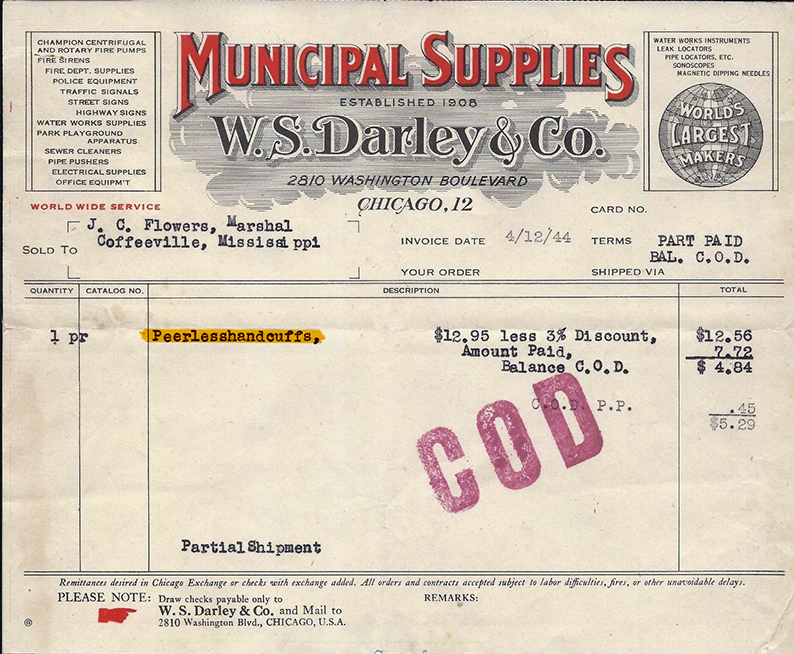
W.S. Darley Receipt courtesy Ray Wheatley
1944 Receipt for a set of Peerless Handcuffs
Catching criminals is only half the battle, restraining them can be several more battles throughout the course of effectively prosecuting them. Police have the odd job of fighting a man but only to a point which is necessary, the man he fights is trying to kill him, but the officer is only allowed to fight to a point which necessary to effect the arrest, after which he must, switch roles, offer first aid for injuries, then restrain and protect. Often a suspect is wanted by the public, so officers have to get the suspect safely before the courts. Many don’t realize jails and prisons are made as much to protect the prisoner from society and them to protect society from that prisoner. It used to be that jails were for punishment, a sort of adult timeout… then they became all about educating a man, teaching him the wrongs of his former self. They hope he will come out a better man. To get to that place and along the way we had restraints. This is a brief history of those restraints.

Baltimore Smith and Wesson Model 90 Handcuffs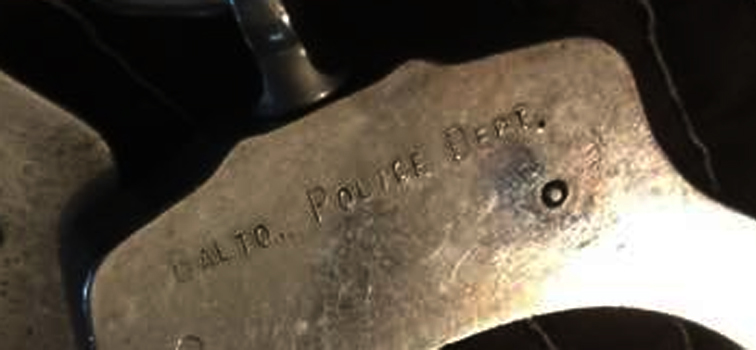
Here's a close-up of the marking
Why Do we Cuff all Prisoners Today
In Part Because of Cases Like this
On 19 Nov 1928 Captain John Carey night commander of police, received word that a man answering the description of a man wanted in New York for armed Robberies and the shooting of a New York City Police officer was in a Baltimore Street hotel. Three detectives were detailed to go to the location and bring the suspect in; Captain Carey told them to bring the suspect to police headquarters for questioning. The detectives tried up the location and found the person that was being reported but felt he was not the suspect wanted, by NYPD. Captain Carey said he told the three officers sent earlier of the dangers of this suspect, and let them know he was a dangerous and desperate character. While the Detectives didn’t think the guy they received a tip on was their suspect they still brought him in for questioning where they cleared him and released him shortly after.
Later the same morning Detective Sergeant Frederick W. Carroll received a phoned in a tip of a suspect at a downtown hotel, he didn’t have any info on the suspect, what he was wanted for, or even that three Detectives had already gone out on this call. All he had was that police were there earlier looking for a suspect, and that the suspect was there now. Detective Sergeant Carroll then left the station to investigate this complaint; he didn’t know it was guys out of his own unit/division that went. We don’t know who phoned in the tip, it may have been the person police brought in, and then released, or a hotel employee; we’ll never know. Likewise, we’ll never know why, Detective Sergeant Carroll didn’t look into it any further, or take back-up. He just took the name the caller gave him, grabbed a set of keys, and went alone… While at the hotel he located the suspect and arrested him. The two proceeded from the hotel to as far as Fayette Street, and Fallsway when the suspect pulled a pistol and demanded that Detective Sergeant Carroll put his hands up. Detective Sergeant Elmer O’Grady and Detective Joseph Carroll, who was looking out a window of the police building, ran out to assist Detective Sergeant Carroll, only to be met by the gunman’s fire. Detective Sergeant Carroll died a few minutes after being taken to the hospital. Oh, Grady and Joseph Carroll were reported as doing well.
Several things that should be known about the Baltimore Police 1928
1st - We didn’t cuff people in public
2nd - We didn’t search people in public, nor did we stand by and watch as other searched people in public. To that Commissioner Charles D. Gaither read the following from the rule book to the media:
“Members of the force shall not search, or act as a witness to the searching of any person in any place other than the station house, or headquarters unless such search is made for dangerous or deadly weapons suspected to be upon the person of the prisoner.”
In this case Det. Sgt. F Carroll had no info on the suspect and was within the rules of the Baltimore Police Department. It is because of cases like this, that we have the rules we have today, cases like this that let us handcuff people that are only suspected of a crime. And cases like this that let us search incident to arrest. This happened in 1928, things were so different, without radios on every shoulder, or hip like today, information wasn’t as freely distributed as it is today.
As his brothers and sisters of the Baltimore Police Department we will not let him be forgotten, His service Honored the City of Baltimore, and the Baltimore Police Department may he rest in peace, and may God bless him.
The suspect in this case also died of his injuries, but not before admitting to police that he was the suspect wanted in New York for robberies and Shootings, of two police officers in the NYPD
A Brief History of Handcuffs
since being used, in one form or another for centuries, they have had a variety of names. Manacles, Nippers, Thumb-cuffs, Grips, Hooks, Claws, Dowlers, Shackles, Handcuffs, often shortened to “Cuffs” are just a few of the names used. As for styles… we have the Iron claw originally put out by Argus, later sold under the name Pee Jay, then there is the Pistol Grip, A Policeman’s Hook, Harvey Chain Grip, a simple leather strap with a wooden turned handled used like a leash, to hogtie, the suspect twisting his/her arm behind their back and transport (normally walk them to a call box to wait for a wagon, or before that to walk them to the station. Over the years, there have been many styles of these mechanisms used primarily as restraints. What other uses than restraints, you wonder. Well, entertainment Houdini? His use of handcuffs was to escape from – not be restrained by - handcuffs, while he mesmerized crowds of spectators. And, in France in the 1950’s, the single locking La Pegy handcuff was thought to be a fashion statement. France fashion, Go figure! And let’s not forget those that used them as a sexual implement, (Ok let’s forget them… ) so much for fashion and style and such; let’s get down to the real deal/appeal about handcuffs.
From convicts to captives, to conjurers, to perverts, handcuffs have been used to detain, constrain, and entertain since they have been recorded in history.
The poet Publius Vergilius Maro, known in English as Virgil, recounts the legend of the
fitting of the first handcuffs on the mythical god Proteus. Possessing the gift of prophecy
but not the gift of giving, Proteus selfishly kept his knowledge to himself. Aristaeus knew
that the only thing that would compel Proteus to share his knowledge was to bind him
and not let go. This binding or cuffing is the first recorded (though mythical) use of what
we now call handcuffs.
But, there is more to the story of handcuffs. In the 4th century B.C., Carthaginians lugged
chariots full of handcuffs with them in their anticipation of conquering the Greeks.
During the 15th and 16th centuries, the words swivel manacle, and shackbold were used to
describe handcuffs. The word eventually evolved from the Anglo-Saxon “hand cop”,
meaning that which “cops” or “catches”, to the version of the word we use today –
handcuff.
Because the use of and need for restraining people developed before working metals were discovered, the first handcuffs were actually made from strips of animal hide, rope
made from reeds and vines was the updated method and material employed to confine
other human beings and prevent escape. As time progressed, so did human beings’ ability to make stronger, reusable hand cops/cuffs. This ability to make stronger handcuffs was introduced, along with the invention of locks, in the Bronze Age. During the Iron Age, a more sophisticated workmanship was forged. However, most handcuffs were ‘one size fits all’ and caused more pain for the bigger boned detainee and potential freedom for the small-wristed prisoner. They were simple metal rings that locked in place with no room for adjustment to the size of the captive’s wrists. That is until 1862 when there were major changes to handcuffs when inventor W.V. Adams patented a design for handcuffs that had adjustable ratchets. In 1865, John Tower, who
started one of the most successful American handcuff companies, used Adams’ design to
manufacturer handcuffs up until WWII. Now, there are literally hundreds of types of handcuffs. Some bought for collecting only, and some made to accommodate law enforcers in their need for swift and secure handling of disorderly crowds and individuals. For the swift securing of the unruly, Plasti-Cuffs are often used; they are flexible restraints that resemble the plastic ties used to secure cable lines in the field these are known as “Flex-cuffs”. With Universal Precautions the outlook of the day, Plasti-Cuffs help prevent the spread of disease, as they are disposable. They are also cheaper than the traditional metal restraints used by law enforcement, as well as easier to carry. (I should say they are said to be easier to carry, these used to be quite cumbersome, on raids guys would put a rack of these on their belt keeper and go in looking like a lineman.
So, the handcuff has evolved from myth to leather, to twine, to metal mechanism most popular throughout recent history back to a disposable one time use flexible, “Flex-cuffs”. All the while preserving the original uses – to constrain, detain and even entertain.
References –
Handcuffs.org
Yahoo.com
The rest is history.com -Article by J. Parker Adair
Handcuffs by Inspector Maurice Moser.
 Styles
StylesHandcuffs which were worn during trials by the accused in the assassination of President Lincoln.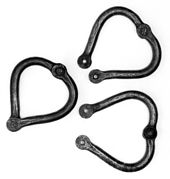
There are three main types of contemporary metal handcuffs: chain (cuffs are held together by a short chain), hinged (since hinged handcuffs permit less movement than a chain-cuff, they are generally considered to be more secure), and rigid solid bar handcuffs. While bulkier to carry, rigid handcuffs permit several variations in cuffing. Hiatts Speed-cuffs are rigid handcuffs used by most police forces in the United Kingdom. Both rigid and hinged cuffs can be used one-handed to apply pain-compliance/control techniques that are not workable with the chain type of cuff. Various accessories are available to improve the security or increase the rigidity of handcuffs, including boxes that fit over the chain or hinge and can themselves be locked with a padlock.
In 1933 the Royal Canadian Mounted Police used a type called "Mitten Handcuffs" to prevent criminals from being able to grab an object like the officer's gun. While used by some in law enforcement it was never popular.
Handcuffs may be manufactured from various metals, including carbon steel, stainless steel, and aluminum, or from synthetic polymers.
Sometimes two pairs of handcuffs are needed to restrain a person with an exceptionally large waistline because the hands cannot be brought close enough together; in this case, one cuff on one pair of handcuffs is handcuffed to one of the cuffs on the other pair, and then the remaining open handcuff on each pair is applied to the person's wrists. Oversized handcuffs are available from a number of manufacturers.
The National Museum of Australia has a number of handcuffs in its collection dating from the late 19th and early 20th centuries. These include 'T'-type 'Come Along', 'D'-type and 'Figure-8' handcuffs.
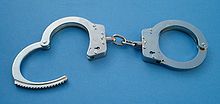

Double Locks
Handcuffs with double locks have a detente which when engaged stops the cuff from ratcheting tighter to prevent the wearer from tightening them. Tightening could be intentional or by struggling; if tightened, the handcuffs may cause nerve damage or loss of circulation. Also, some wearers could tighten the cuffs to attempt an escape by having the officer loosen the cuffs and attempting to escape while the cuffs are loose. Double locks also make picking the locks more difficult.
There exist three kinds of double locks as described in a Smith & Wesson brochure:
Lever lock: Movement of a lever on the cuff causes the detente to move into a position that locks the bolt. No tool is required to double lock this type of cuff.
Push pin lock: A small peg on the key is inserted end-wise into a hole to engage the detente.
Slot lock: These also are actuated with a peg, but in this case, it is inserted into a slot and moved sideways to engage the detente.
Double locks are generally disengaged by inserting the key and rotating it in the opposite direction from that used to unlock the cuff.
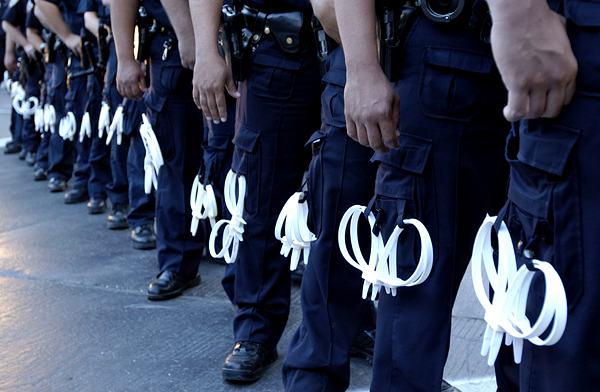
Plastic handcuffs
Plastic restraints, known as wrist ties, riot cuffs, plasti-cuffs, flex-cuffs, flex-cuffs, tri-fold cuffs, zap straps, zip-cuffs, or zip-strips, are lightweight, disposable plastic strips resembling electrical cable ties. They can be carried in large quantities by soldiers and police and are therefore well-suited for situations where many may be needed, such as during large-scale protests and riots. In recent years, airlines have begun to carry plastic handcuffs as a way to restrain disruptive passengers. Disposable restraints could be considered to be cost-inefficient; they cannot be loosened and must be cut off to permit a restrained subject to be fingerprinted, or to attend to bodily functions. It is not unheard of for a single subject to receiving five or more sets of disposable restraints in his or her first few hours in custody. However, aforementioned usage means that cheap handcuffs are available in situations where steel ones would normally lay unused for long times. Recent products have been introduced that serve to address this concern, including disposable plastic restraints that can be opened or loosened with a key; more expensive than conventional plastic restraints, they can only be used a very limited number of times, and are not as strong as conventional disposable restraints, let alone modern metal handcuffs. In addition, plastic restraints are believed by many to be more likely to inflict nerve or soft-tissue damage to the wearer than metal handcuffs.
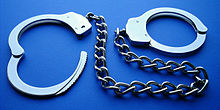
Leg-cuffs (leg-irons)
Standard type leg-cuffs (leg-irons) made in Taiwan
On occasions when a suspect exhibits extremely aggressive behavior, leg irons may be used as well; sometimes the chain connecting the leg irons to one another is looped around the chain of the handcuffs, and then the leg irons are applied, resulting in the person being "hog-tied". In a few rare cases, hog-tied persons lying on their stomachs have died from positional asphyxia, making the practice highly controversial, and leading to its being severely restricted, or even completely banned, in many localities.
Universal handcuff key
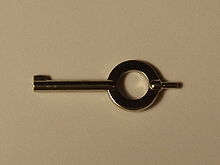
Keys
Most modern handcuffs in Canada, the United States, the United Kingdom and Latin America can be opened with the same standard universal handcuff key. This allows for easier transport of prisoners and keeps one out of trouble if one loses one's keys. However, there are handcuff makers who use keys based on different standards. Maximum security handcuffs require special keys. Handcuff keys usually do not work with thumb cuffs. The Cuff Lock handcuff key padlock uses this same standard key.
In addition to the Universal handcuff key, a few modified designs exist, including a key that has been molded to fit behind an officer's badge (colloquially known as "The New York Tuning Fork" (U.S Patent 607,305).
Hand Positioning
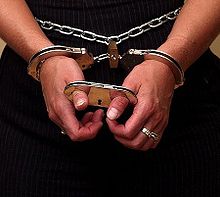
Old Handcuffs
In the past, police officers typically handcuffed an arrested person with his or her hands in front, but since approximately the mid-1960s behind-the-back handcuffing has been the standard. The vast majority of police academies in the United States today also teach their recruits to apply handcuffs so that the palms of the suspect's hands face outward after the handcuffs are applied. The Jacksonville, Florida Police Department, the Los Angeles County Sheriff's Department, and others are notable exceptions, as they favor palms-together handcuffing. This helps prevent radial neuropathy or handcuff neuropathy during extended periods of restraint. Suspects are handcuffed with the keyholes facing up (away from the hands) to make it difficult to open them even with a key or improvised lock-pick.
Hinged handcuffs applied behind the back, with palms facing outwards.
Because a person's hands are used in breaking falls, being handcuffed introduces a significant risk of injury if the prisoner trips or stumbles, in addition to injuries sustained from overly tight handcuffs causing Handcuff Neuropathy. Police officers having custody of the person need to be ready to catch a stumbling prisoner.
As soon as restraints go on, the officer has full liability. The risk of the prisoner losing balance is higher if the hands are handcuffed behind the back than if they are handcuffed in front; however, the risk of using fisted hands together as a weapon increases with hands in front.
Some prisoners being transported from custody to outside locations, for appearances at court, to medical facilities, etc., will wear handcuffs augmented with a belly chain. In this type of arrangement a metal, leather, or canvas belt is attached to the waist, sometimes with a locking mechanism. The handcuffs are secured to the belly chain and the prisoner's hands are kept at waist level. This allows a relative degree of comfort for the prisoner during prolonged internment in the securing device while providing a greater degree of restriction to movement than simply placing the handcuffs on the wrists in the front.
Miscellaneous
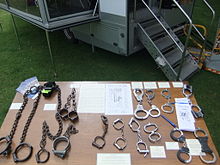
Display of old handcuffs, Tatton Park Flower Show, 2010
In Japan, if someone is photographed or filmed while handcuffed, their hands have to be pixelated if it is used on TV or in the newspapers. This is because Kazuyoshi Miura who had been arrested brought a successful case to court arguing that being pictured in handcuffs implied guilt, and had prejudiced the trial. Similarly, in Hong Kong, people being arrested and led away in handcuffs are usually given the chance by the policemen to have their heads covered by a black cloth bag.
Police handcuffs are sometimes used in sexual bondage and BDSM activities. This is potentially unsafe, because they were not designed for this purpose, and their use can result in nerve injury (Handcuff Neuropathy) or other tissue damage. Bondage cuffs were designed specifically for this application. They were designed using the same model of soft restraints used on psychiatric patients because they can be worn for long periods of time. Many such models can be fastened shut with padlocks.
Legcuffs Leg cuffs in use
Leg cuffs in use
Leg cuffs, shackles, footcuffs, fetters or leg irons are a kind of physical restraint used on the feet or ankles to allow walking but prevent running and kicking. They made the leg irons restrict running and kicking so that the prisoners could not fight back. The term "fetter" shares a root with the word "foot".
With respect to humans, typically only prisoners, bondage fetishists, and African American slaves while enslaved wore shackles. Leg shackles are used for chain gangs to keep them together.
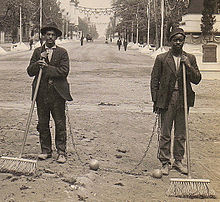
Chain Gang Street Sweepers, 1909
A shackled animal is typically either a dangerous animal or one prone to escape. Metaphorically, a fetter may be anything that restricts or restrains in any way, hence the word "unfettered".
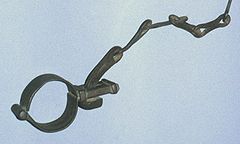
Cup lock shackle with no built-in lock
The earliest fetters found in archaeological excavations date from the prehistoric age and are mostly of the puzzle lock type. Fetters are also referenced in ancient times in the Bible.
In the Scriptures the Hebrew word necho′sheth, usually meaning “copper,” is frequently translated “fetters of copper” or “copper fetters,” because fetters were often made of copper or bronze, although wood and iron were also employed. (2Sa 3:34; 2Ki 25:7) In the British Museum, there is a pair of bronze fetters from Nineveh (the capital city of ancient Assyria) in the form of a bar with a ring at each end.
Roman times already see a variety of restraint types. Some early versions of cup lock shackles can already be found. These were widely used in medieval times but their use declined when mass production made the manufacture of locks built into restraints affordable.
Simple fetter types continue to be used like puzzle lock shackles as the typical slave iron or irons riveted shut for prisoners being transported to overseas prison camps.

Standard type leg irons made in Taiwan
The first built-in locks often were of a simple screw-type but soon developed into the "Darby" type. In Europe, these continued to be used into the middle of the 20th century, whereas in the US from the late 19th century onward many new designs were invented and produced before handcuffs and leg irons of the Peerless type became the standard several decades ago.
Heavy leg irons from China, including a metal plate to protect the keyhole from collecting dust or being tampered with
In comparison to handcuffs, the wearing of leg irons may be found less restrictive. Thus the prison authorities in several countries deem their long-term use acceptable. In order to avoid condoning this disputed practice the countries of the European Union have banned exporting leg irons into non-EU countries. The countries that continue to make prisoners wear fetters long term now tend to resort to manufacturing their own restraints.
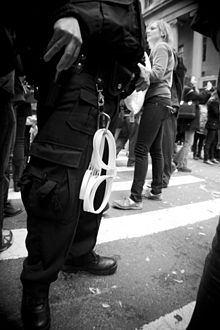
Policeman Carrying Plastic Handcuffs
Plastic handcuffs (also called PlastiCuffs or Flexi Cuffs or Double Cuffs) are a form of physical restraint for the hands, using plastic straps. They function as handcuffs but are cheaper and easier to carry than metal handcuffs; they cannot be reused.
The traditional form of plastic handcuffs are cable ties, either two interlocking straps, or a single cable tie around both wrists. More recently, plastics-manufacturing companies have started to produce special devices comprising two interconnected straps as one item. These are generally injection molded nylon items, selling for tens of cents each. The low cost and light weight of plastic handcuffs have made them popular with police and military forces when they anticipate a large number of arrests, as in riot control or demonstrations. An advantage of disposable restraints is avoidance of transmission of communicable disease; metal handcuffs can spread disease through reuse (from blood or other bodily fluids that may not have been cleaned off the cuffs), disposable restraints are not used on multiple subjects.
If not applied correctly, plastic handcuffs are more uncomfortable than conventional handcuffs for the person being restrained. More care and training are required for the person applying them in order to avoid making them too tight. Some models cannot be double-locked, making it possible for the cuffs to be further tightened after initial application, restricting blood flow to the hands and causing injury to the subject. Another risk of disposable restraints is that a subject of great physical strength and/or under the influence of drugs may be able to break free from them with enough effort. They are also vulnerable to being cut with wire cutters or melted with a cigarette lighter.
Various innovations on the plastic handcuff theme have been developed, including models which can be released using a regular handcuff key, and extremely lightweight restraints made from nylon cord, using a plastic device to hold the cord tight.

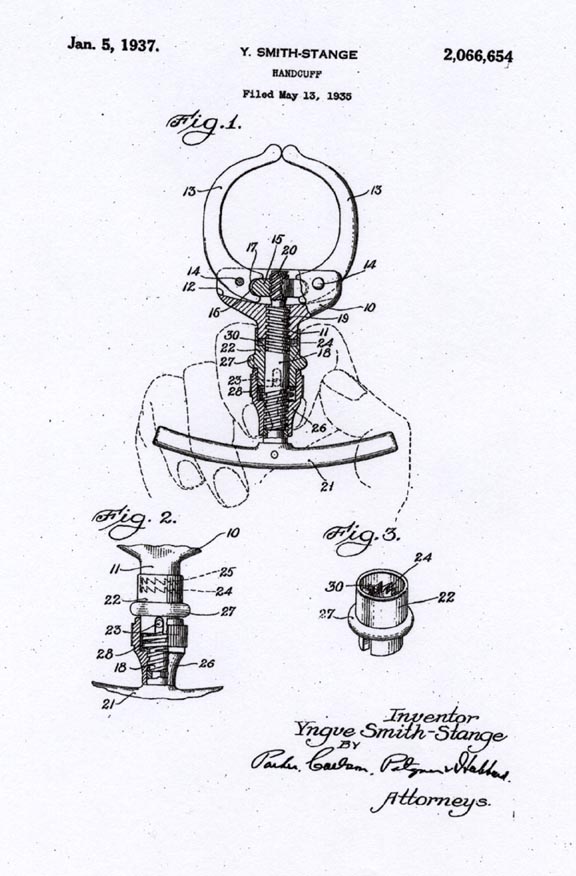
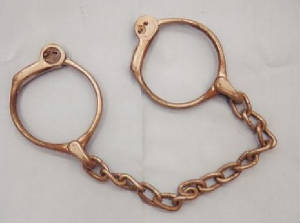
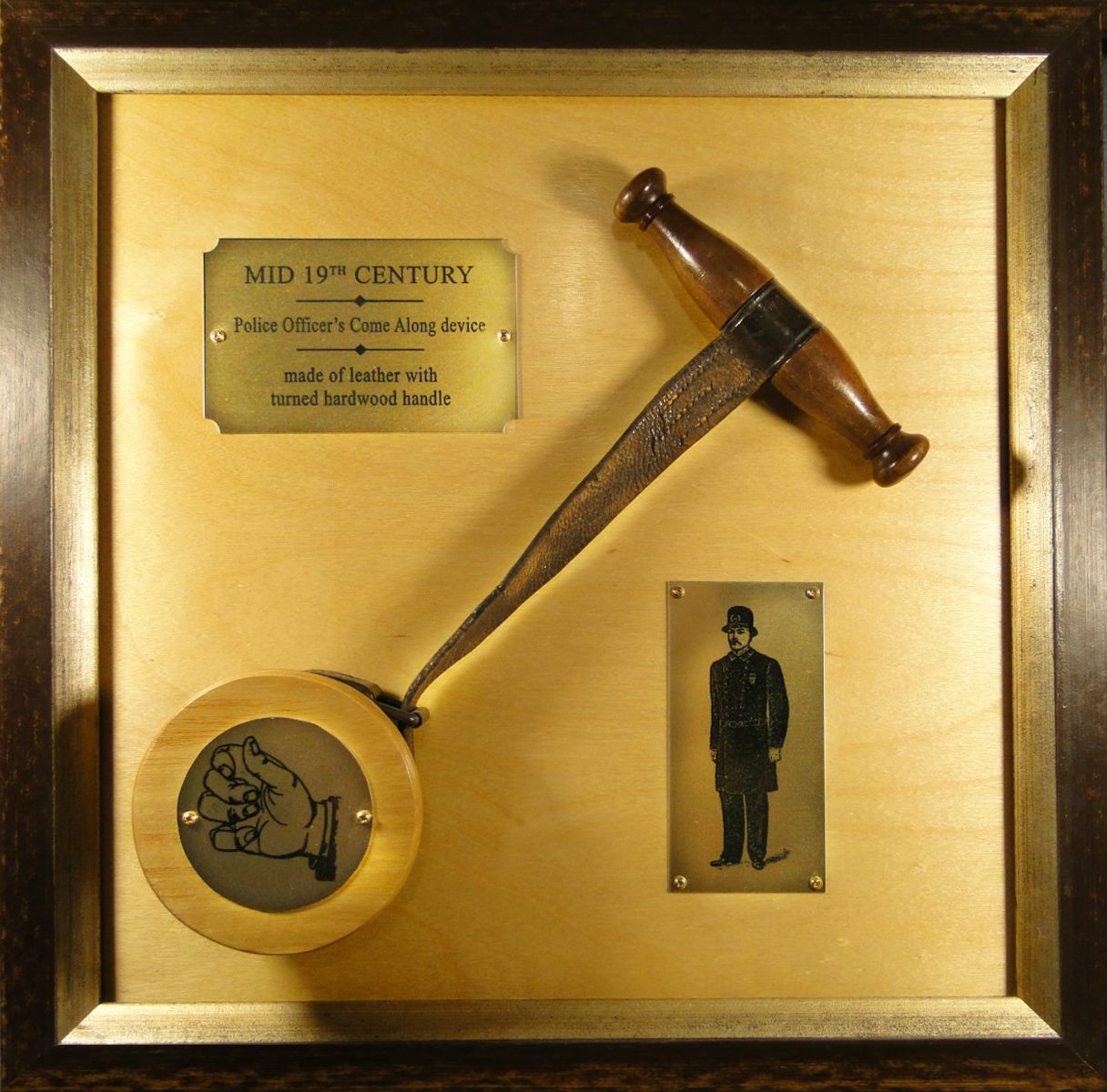 Leather Nipper/Come Along
Leather Nipper/Come Along
![]()
POLICE INFORMATION
If you have copies of: your Baltimore Police Department class photo; pictures of our officers, vehicles, and equipment; newspaper articles relating to our department and/or officers; old departmental newsletters; lookouts; wanted posters; or brochures. Information on deceased officers and anything that may help preserve the history and proud traditions of this agency. Please contact retired detective Kenny Driscoll.

NOTICE
How to Dispose of Old Police Items
Please contact Det. Ret. Kenny Driscoll if you have any pictures of you or your family members and wish them remembered here on this tribute site to honor the fine men and women who have served with honor and distinction at the Baltimore Police Department. Anyone with information, photographs, memorabilia, or other "Baltimore City Police" items can contact Ret. Det. Kenny Driscoll at
Copyright © 2002 Baltimore City Police History - Ret Det Kenny Driscoll
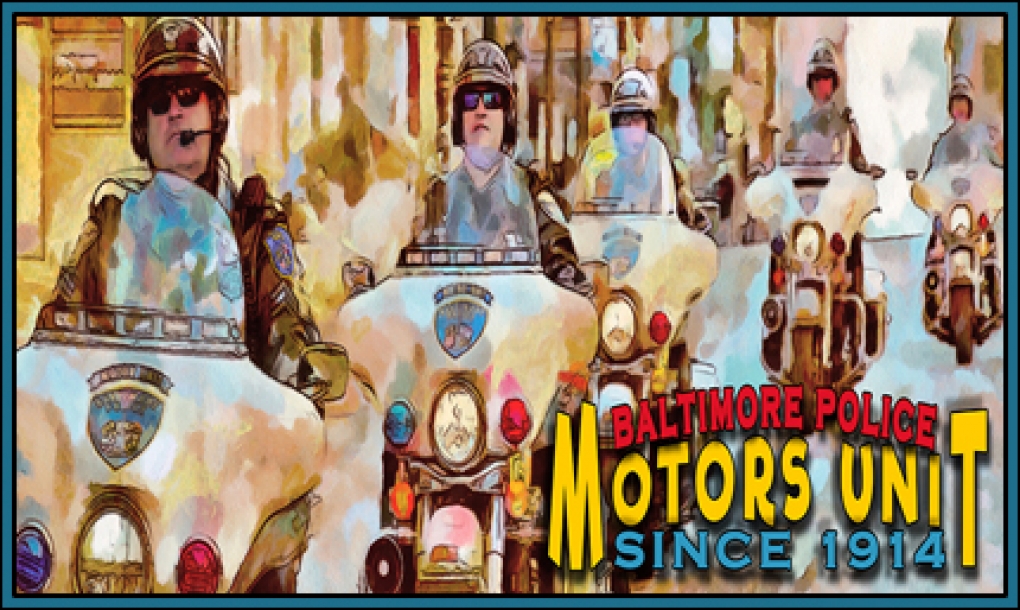
The Baltimore Police Department's Motor's Unit was formed on 29 May 1914 with 5 Indian twin cylinder motorcycles. Their main duty was to chase down speeding horse-drawn vehicles but that quickly changed with the growing number of automobiles. The unit has been in continuous operation since 1914. In the beginning, they worked out of the Districts but in the 1930's they were reassigned to the newly formed Traffic Division, and were designated as the Traffic Enforcement Section, Motorcycle Unit (the division also had a parking control unit, a foot traffic unit that directed traffic downtown, and an accident investigation unit). The number of officers has risen and fallen several times due to finances, or safety issues but is alive and well today. The recently appointed commissioner [2013] is from California and he is a supporter of the Motors Unit. Harley Davidson is the only brand used today and has been since 1920 when a Harley shop opened in Baltimore. The department used Cushmans, and small Hondas but these were used for foot beat officers to get to their posts.

2000 - 2020

"EVER ON THE WATCH"
By Ian Duncan, The Baltimore Sun
7:21 PM EDT, March 28, 2013
Baltimore Police Commissioner Anthony Batts said Thursday that he is planning to change the way police get eyewitnesses to pick out suspects, citing research that shows current techniques can lead to cases of mistaken identity.
Batts said he wants officers to show witnesses one picture of a possible suspect at a time, instead of in groups. He said the change, along with a few others. could significantly improve the reliability of the identifications that police use to make their cases.
"What I'm going to introduce to the Baltimore Police Department … is to continue to bring cameras into interview rooms and make sure that we document and we record those interviews so there are no mistakes there," Batts said.
Batts made the comments while participating in a panel discussion at the University of Baltimore Law School with his predecessor Frederick H. Bealefeld III and State's Attorney Gregg L. Bernstein.
Bernstein said eyewitness testimony is a powerful element at trial, which is why it is so important that investigators get the initial identification right.
Identification policies have changed over the years. Bealefeld said in the 1980s officers were drafted to participate in live lineups — practice police here have abandoned.
Witnesses in Baltimore are shown a group of pictures, known as a "six-pack", containing the suspect and five other people, and asked to pick out the person they believe committed the crime.
But Rebecca Brown, a policy advocate at the Innocence Project, said police practices have not kept up with research that shows witnesses make more reliable picks if they are shown the pictures one after another, rather than all at once.
Police and prosecutors have not always seen eye-to-eye on how identifications will stand up in court. Col. Dean Palmere, Baltimore's chief of detectives, said at a recent City Hall hearing that he had met with prosecutors to get authorization on four cases that police wanted to move on.
Bernstein said in an interview that his office recently indicted a homicide case involving a single witness. He declined to name the defendant, and his spokesman Mark Cheshire said that's because he is personally involved in the case and does not want to prejudice it.
During the panel, Bernstein said prosecutors have to be careful about how they approach cases with just a single eyewitness.
"If you have a case in which your only evidence … is one witness identifying a stranger … I think you have to be very very careful about that kind of case," he said. "When you have that kind of situation … you need to really look hard and make sure you have corroborating evidence."
Baltimore Sun reporter Justin Fenton contributed to this article.
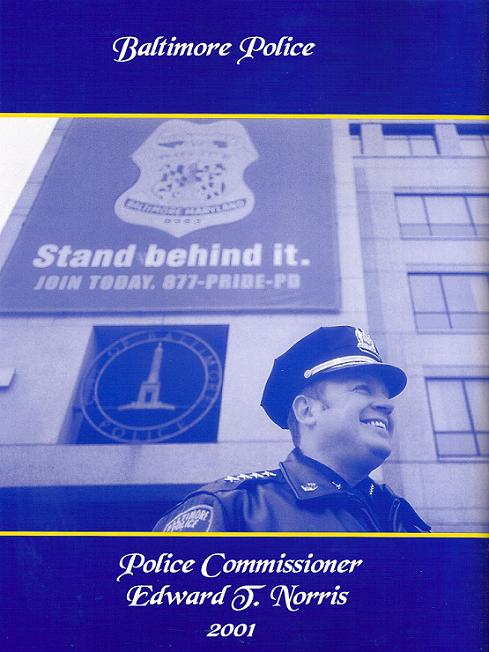
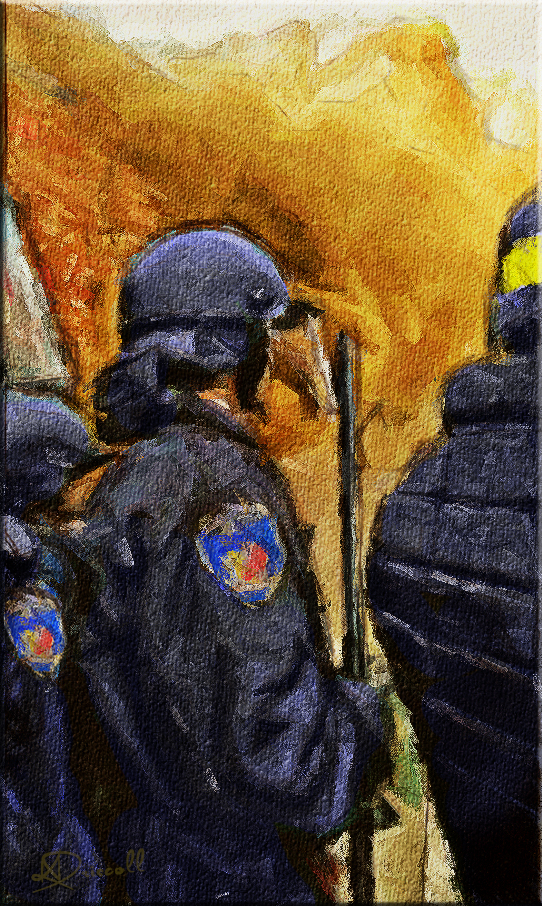
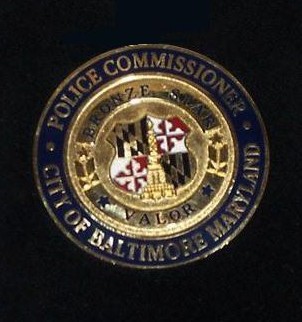
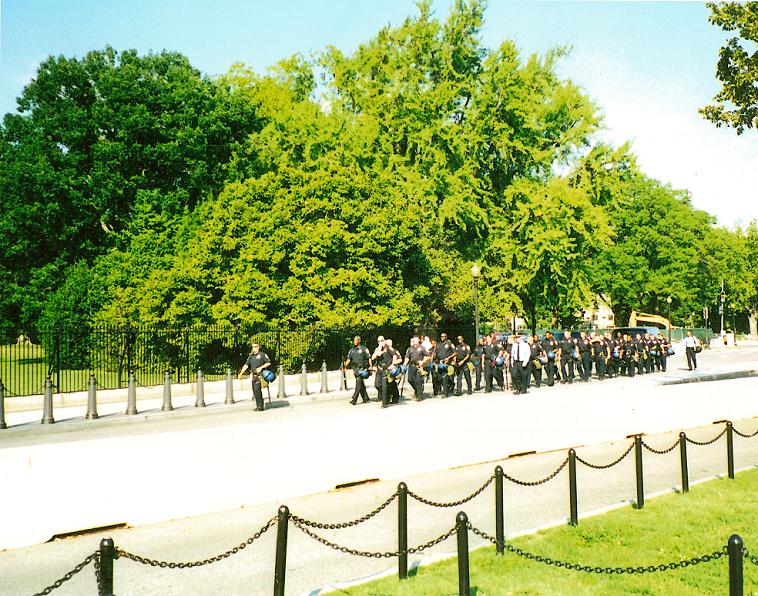
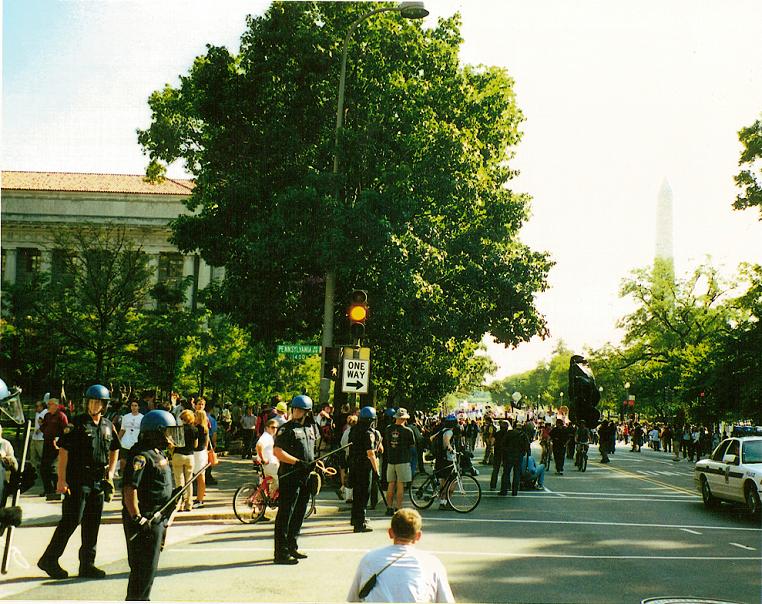
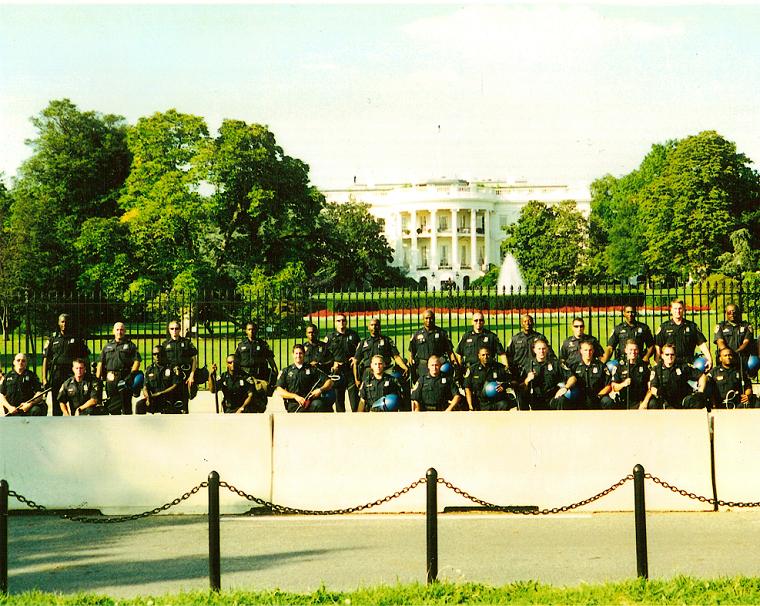
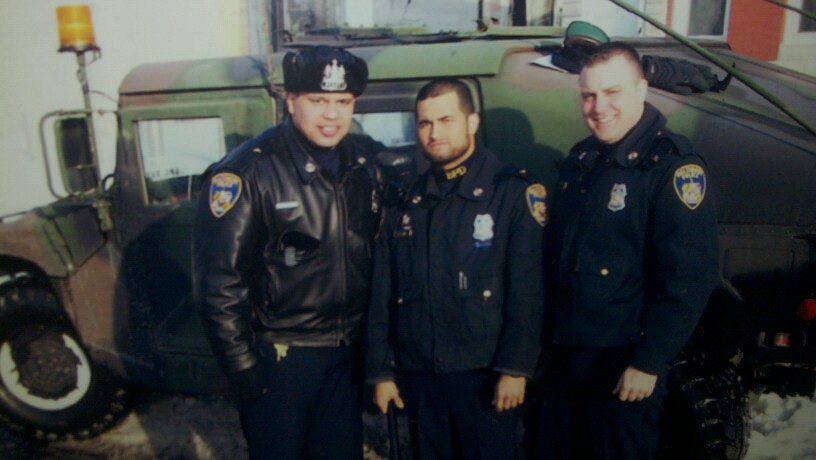

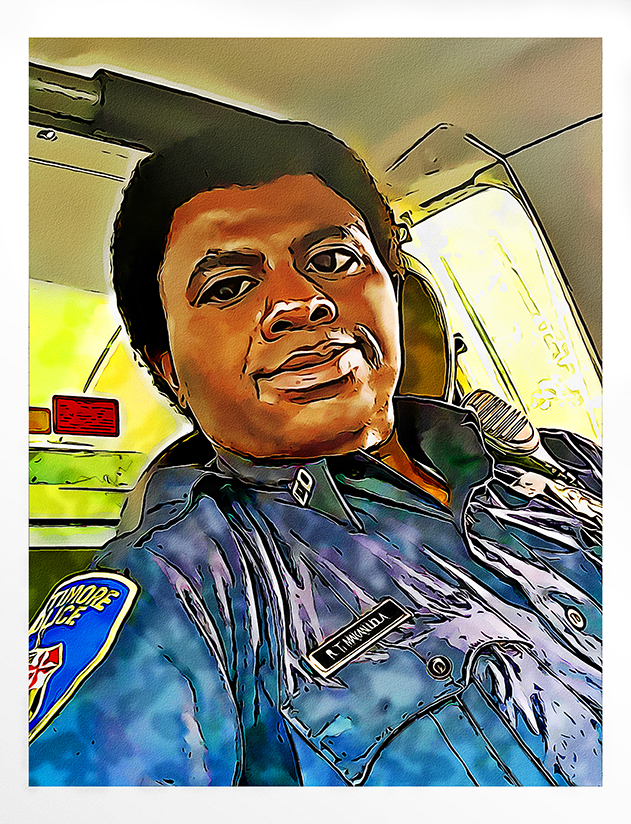
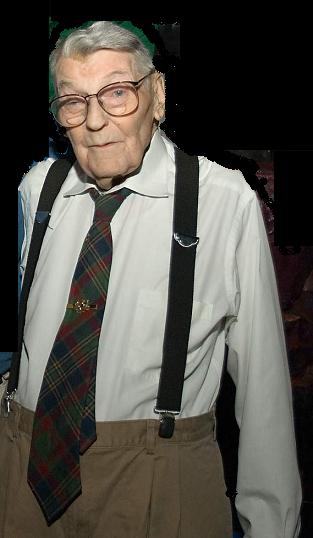
Entrance On Duty: June 27, 1935
Retired from Duty: June 27, 1956
21 Years of Honorable Service
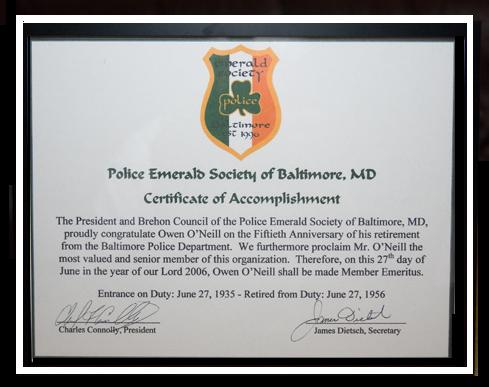
EMERALD SOCIETY PHOTO
Certificate of Accomplishment
50th Anniversary of Officer Owen O’Neill’s
Retirement from the
Baltimore City Police Department
Awarded by the
Police Emerald Society of Baltimore, Maryland
~In Memory~
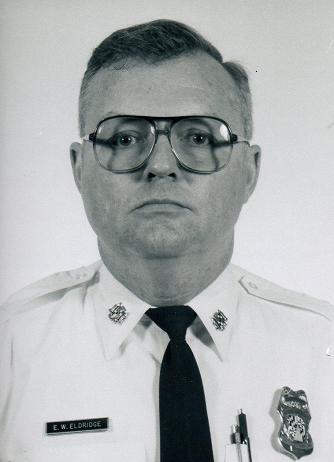
To the men and women in blue. Thursday last, at 0914hrs. retired Baltimore City Police Officer Edward William Eldridge Jr. passed from this earth. Edward was 62 yrs. old and had been retired 10 years. The very tragic sad part of this is that Edward took his own life. It seems that following his retirement in 1998, Edward lost touch with his brothers and sisters in blue. To the point, that it appears that he did not have anyone to call for life’s emergencies. On the day of his death, he was to undergo arthroscopy surgery on his knee. At the Hospitals request, Edward needed to be accompanied to the Hospital by someone who would stay until his release. Edward apparently did not have anyone to call. Edward did make arrangements with the NE District where he lived for a ride to and from the Hospital. However, he was concerned that the Hospital might not be satisfied with that arrangement. Unfortunately, he opted to take his life instead. Edward never married, had no children, no siblings and his parents were deceased. Edward lived alone and died alone. Edward was brought up Catholic. A neighbor of his for the last 20yrs. expressed her dismay and recounted the following: When her children were youngsters, Mr. Ed would fix all the kids bikes in the neighborhood and would give them money to buy candy. Records were located that showed that each Halloween, Edward would spend as much as $ 153.00 in his purchase of candy and would keep track each year how many children came to trick or treat. At the height of his records, 61 children would knock at Mr. Ed’s door. Your thoughts and prayers for the departed would be much appreciated. Edward Eldrige will be buried next week at Rucks Funeral Home in Towson Md. The only family Edward has to attend his interment and memorial service are his brothers and sisters in blue. I know we all have hectic lives these days. However, if you knew Edward or not, he served 26 years in our uniform and deserves an abundant showing from the Baltimore City Police Department.
To those who read this, I personally thank you for your time. Edward was a Central District wagon man for a number of years.
Entered BPD 1972.---------- Retired 1998. Date of death 29 January 2009, 0914hrs. - Det. Randy Wynn Homicide
Let his death be a reminder that we are family, renew a friendship of a past side partner
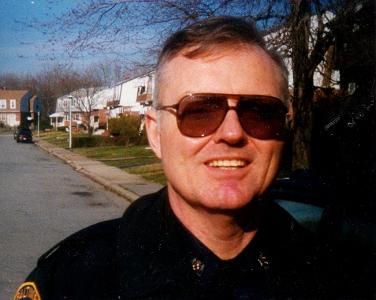
SUN PAPER ARTICLE:
By Peter Hermann
February 9, 2009
Edward William Eldridge Jr. took his own life at the age of 62. He lived alone in a small semidetached, red-brick house on Daywalt Avenue in Northeast Baltimore. He had no wife, no known children, no brothers, no sisters, and his parents died years ago. He listed his only aunt as a beneficiary, but she, too, had passed away. He had no friends, at least none close enough or willing enough to stay with him at the hospital for a few hours so he could undergo the arthroscopic knee surgery he was scheduled to have on the day he died. He had nobody he could talk to or who could help him when he lost $100,000 of his retirement savings to the faltering stock market. Now Eldridge's body lies at Ruck Funeral Home in Towson - a viewing is scheduled for 6 p.m. to 8 p.m. tomorrow, memorial service at 11 a.m. Wednesday - his earthly remains saved from becoming a ward of the state and from a pauper's grave by the Baltimore homicide detective who got the case, went to the house and recognized the dead man as a colleague and an old acquaintance. He had "shot the breeze" with Eldridge years ago when the detective walked a foot post and the now-dead officer was the Police Department's Central District wagon man. His name, with rank attached, was Agent Edward William Eldridge Jr. He joined the Baltimore Police Department on Aug. 4, 1972, and retired Aug. 6, 1998. He had earned a degree in business and public administration from the University of Maryland, was drafted into the Army and sent to Okinawa to guard underground missile silos. "He served his country for two years and he served this city for 26 years," Detective Randy Wynn said after he claimed the body at the morgue. "At the very least he deserves a proper send-off." The detective is trying to get current and retired police officers to come to services for Eldridge, and he plans to display nearly two dozen certificates and commendations he found after spending days digging through boxes and bags at the house where Eldridge grew up and died. Wynn found a neighbor who told him Eldridge fixed bicycles for the kids - there were parts scattered in his basement - and gave them money for candy. There were 40 names in Eldridge's address book, and Wynn called them all. Every single number went to a business where people had dealt with Eldridge but didn't really know him. Only his retired accountant thought Eldridge's demeanor had soured - "that he didn't seem the way he used to be," Wynn said. He had lost contact with the cops he had worked with, most recently in the Northeast District. He was so alone that he worried nobody would find his body after he died - maybe they wouldn't care enough to even look. It was Jan. 29, a Thursday, at 9:09 in the morning, the day his surgery was scheduled, that he called 911 and told an operator, "Ma'am, I'm planning to shoot myself." His voice was as steady and cavalier as someone ordering a pizza. He was polite, not a trace of urgency or hesitation. "I don't want the body to stink up the neighbor's house," he said into the phone. The operator asked whether he had any weapons, and he said he had two. She asked where he was, and he told her he was in his upstairs back bedroom, and that he had left the front door unlocked so officers could get inside. He had a .40-caliber Glock and a .38 Smith & Wesson revolver. Eldridge chose the Glock - the kind of gun carried by city police - to end his life. The operator was still on the line when he pulled the trigger. It's hard to imagine being so alone, and the extent and reason for whatever emotions caused him to take his life may never be fully known or understood. For Detective Wynn, who gets paid to immerse himself in this city's overabundance of death and despair, this case is a stark reminder that people need to help each other and ask for help for themselves. Wynn could have shoved this file aside, written a perfunctory report and moved on. But he is driven to get others to care about a man who should not have been allowed to die as he lived - without family, without friends, without someone knowing even a little about him. For the detective, who has spent 40 years on the city force, it's a lesson to get friends outside the job. "When you're in uniform, everybody knows who you are," he said. "Then all of a sudden you retire, and nobody knows who you are. After being in his house and reading his stuff for 12 hours, I realized he didn't have a friend in the world." Eldridge was born June 27, 1946, at Union Memorial Hospital and grew up on Daywalt Avenue. His parents were both from Philadelphia; his father worked as a clerk at Sparrows Point. He graduated from Polytechnic Institute in 1964 and headed off to the University of Maryland. Wynn made a list of Eldridge's varied and prodigious studies: introduction to business; introduction to philosophy; public speaking; introduction to world literature; general chemistry; Western civilization; social psychology; principles of government and politics; accounting; marketing principles and organization; auditing theory; income tax accounting; business statistics; and civil rights law. The Army drafted him the year he graduated, 1968, but he was spared Vietnam and sent to train for a year at Fort Bragg in North Carolina and the Redstone Arsenal in Alabama, where he earned a marksman's badge for the M-16 before heading off to Japan. While on duty there, he had a security clearance, studied the Japanese language, attended a law enforcement program and rose to the rank of sergeant. Wynn found Eldridge's honorable discharge papers, dated June 14, 1971, along with two letters of appreciation signed by President Richard M. Nixon and Army Gen. William C. Westmoreland.
He returned to Baltimore, bought a house on Homestead Street in Better Waverly and joined the police force. Eight years ago, he moved back to Daywalt Avenue to take care of his sick mother. Neighbors said they rarely saw him and that he kept his windows covered. Wynn found piles of books, Western movies and boxes filled with documents that shed some light on Eldridge's personality, and how he kept meticulous records of the most mundane chores. There was a log of "every gallon of gas he ever bought," Wynn said. Curiously, it appears that Eldridge kept the records for records' sake and not to track mileage. He kept a similar list of visits for Halloween and how much money he spent on the small candy bars he handed out. In 2000, 52 kids came to his door; in 2001 it was 18, a year later 31 and a year after that 52. It topped 61 in 2005 and dropped to "only eight children" last year. He spent between $94 and $159 on candy each year. Why he compiled these lists might remain as mysterious as to why he took his life. In a suicide note found at the foot of his bed, neatly written in cursive and taking up a full page of notebook paper, Eldridge went on at length about his surgery, scheduled for that day at 2 p.m. at Franklin Square Hospital Center. He had saved the doctor's instructions reminding him not to eat that day and had written notes to himself about what time to call a taxi to take him to the hospital. He had later made arrangements with officers at the Northeastern District to give him a ride to and from Franklin Square, but he had nobody to stay with him during the procedure, a requirement. He wrote that he was afraid he would be sent home and that doctors might learn his backup plan was suicide. He was afraid of being committed. Eldridge, fully clothed, lay on his back on his bed and called 911. The final sound on the tape is a gunshot followed by the operator's scream. Wynn said Eldridge actually shot himself twice, the first time through his right jaw, then in a split second he turned his head and shot himself above the left ear. His Glock was still in his right hand when police arrived. The detective has played the tape for his colleagues. "Everyone up here who has heard it has never heard anything like that," he said. "Ever." Regarding the viewing Lt. Tom Douglas arrived at 6:00 PM and there were uniformed police leaving. As he entered the second floor, the room was large and occupied by uninformed, plain clothed, young and retired officers. He said he would venture to say at one point there were over 200 police on that floor and in the room. Retired Police Commissioners Bishop Robinson and Ed Woods and current police commissioner Fred Bealefeld also came. The Northeastern District Commander came as did other Officers, Agents, Detectives, Sergeants, and Lieutenants. Several motor officers were out front and also saw retired Deputy Commissioner John Gaverelis was there as well. It was the general consensus Detective Wynn did an outstanding job on making the arrangements and getting the word out. There were photos of Ed and his family around the room, his Army duffel bag, and uniform, his badge was in the coffin with a lone bouquet of flowers. There were a couple flower arrangements besides the unpretentious casket which was closed. Many officers would approach, kneel by its side and either say a prayer or their goodbyes. Detective Wynn did an outstanding service for this officer, our department and for the men and women that were now afforded a chance to say their goodbye to this kind, yet lonely, an officer that was too lonely to call for help.
GOODBYE EDDIE, if you had only known.
KGA 161........ KGA to 161..........161 is 10-7
An outstanding piece of Police work by Detective Randy Wynn. His dedication to duty is only outweighed by his compassion. Detective Wynn’s handling of this incident exemplifies what it means to be a COP and especially a BALTIMORE COP. We are family and he took his “Brother” to his maker in the manor any family member would do. Thanks, Detective Randy Wynn for bringing this tragedy to light and may this never ever happen to another one of our own. MESSAGE FROM BRPBA CHAPLAIN TIM RABBIT:
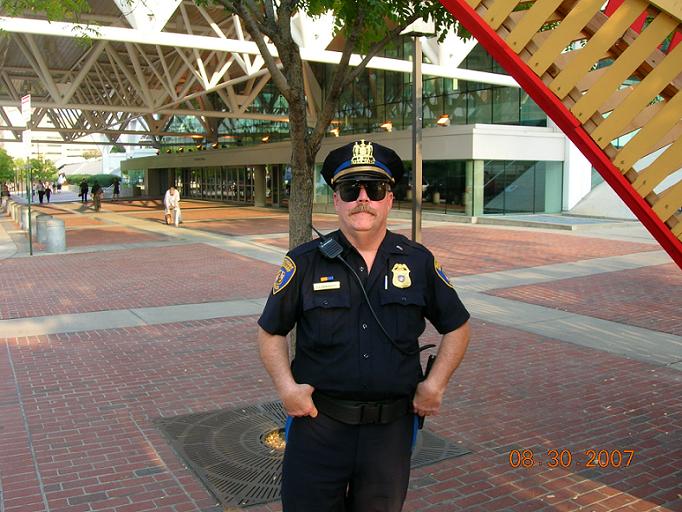
Jim was recently promoted to the rank of Major
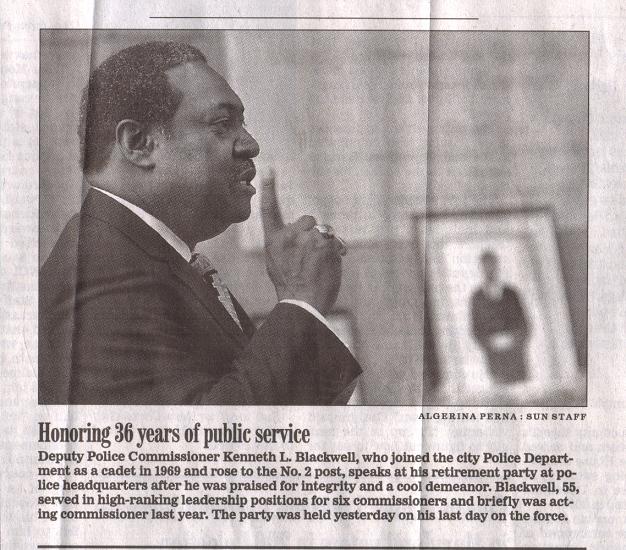

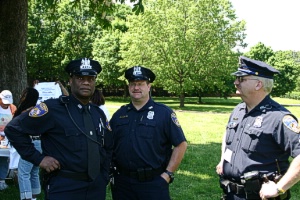
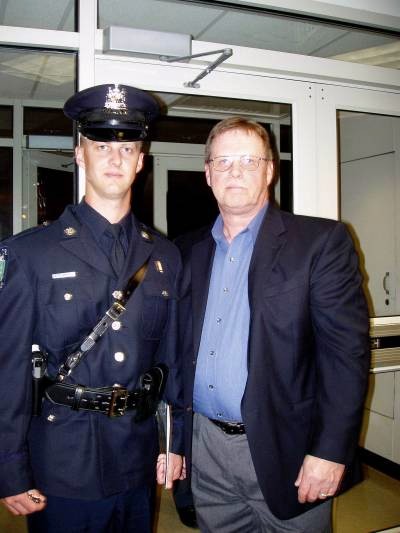
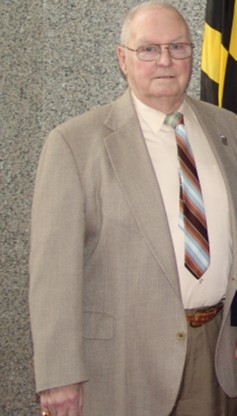
Courtesy Det. Leslie Stickles, Jr.
He was one of the first who helped guide my career in Law Enforcement.


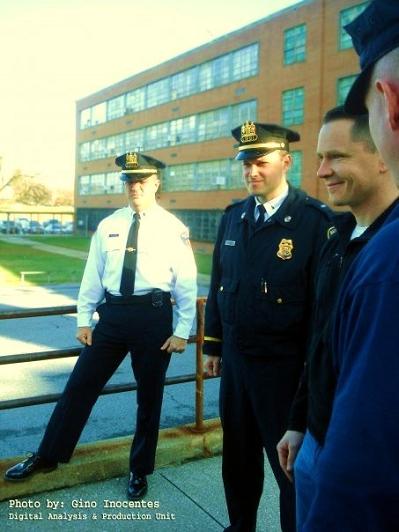
Officer Mike Parrish standing with command staff waiting on the current academy classes to form up for a ceremony
Mike Parrish's PT shirt was framed and now hangs over the entrance to the fitness and combat training facility
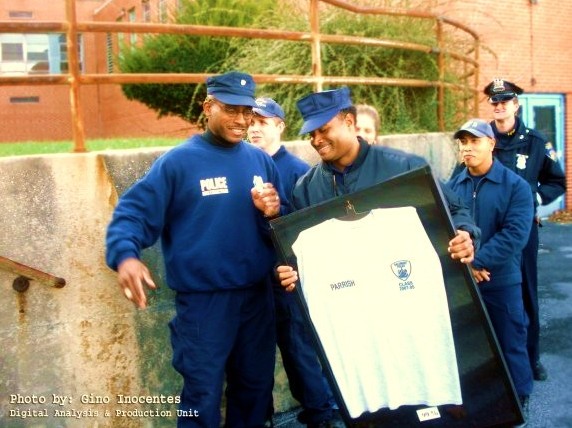
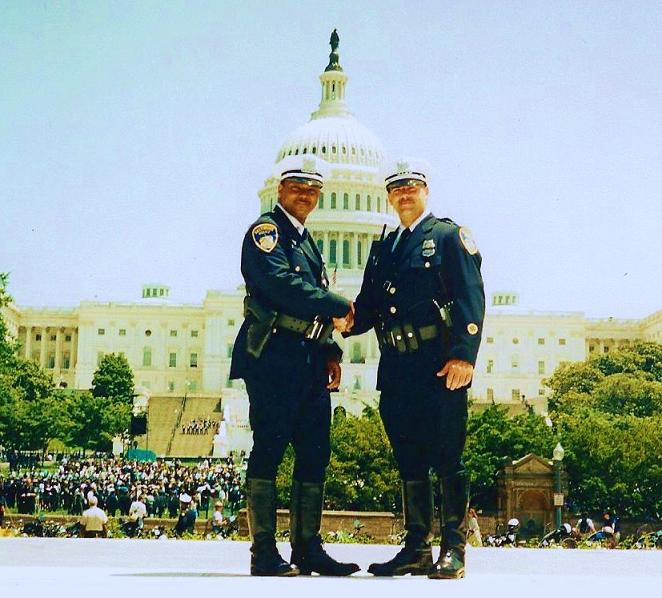
Officer John Robinson and Officer Brian S. Weber stand in front of the US Capitol in Washington DC during Police Week


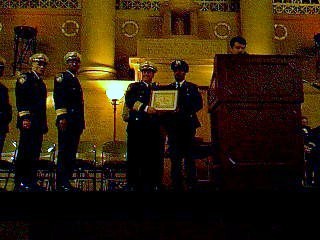
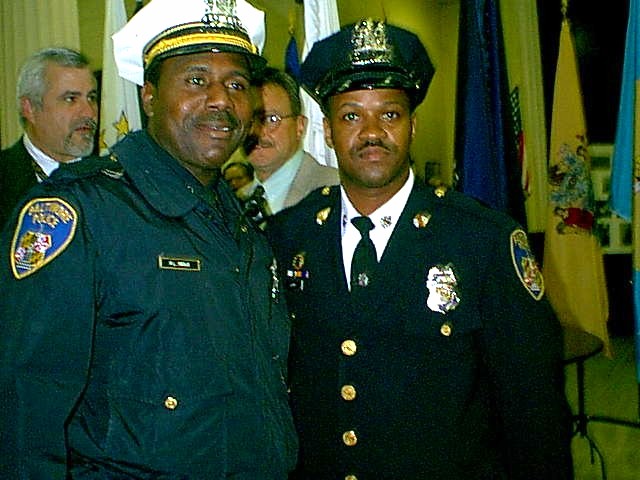
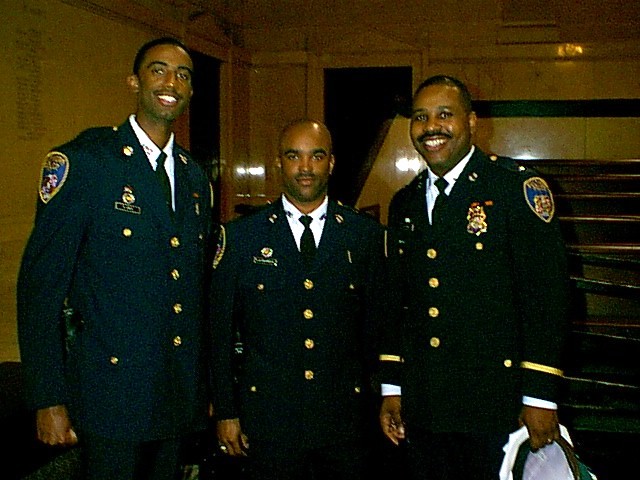
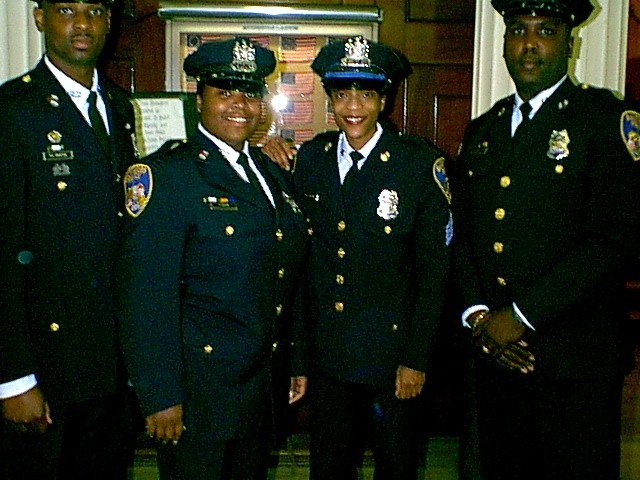









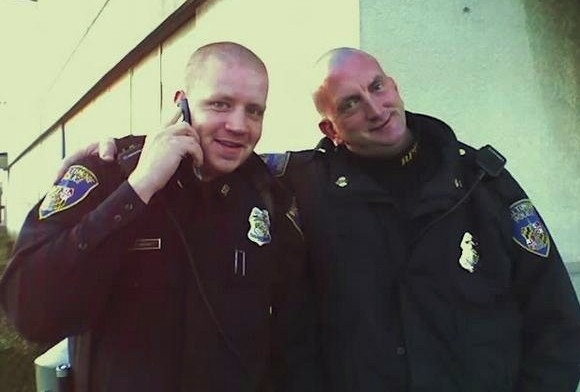
P/O Chris Ahearn & P/O Scott Davis

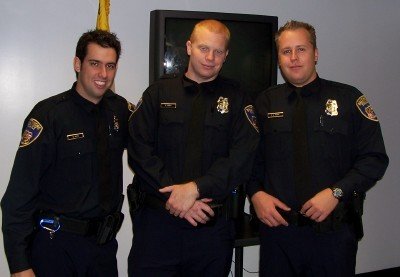

Deputy Commissioner Debbie Owens seen with some of the participants of the MSP Polar Bear Plunge

Photo courtesy P/O Thomas A. Linton
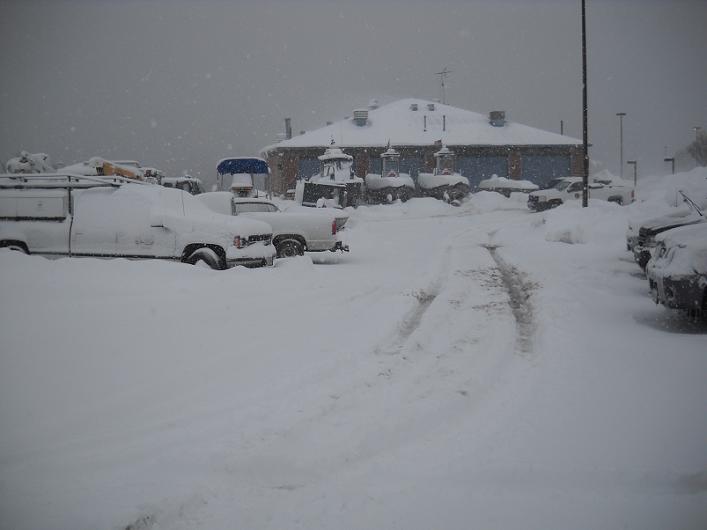
THE BLIZZARD OF 2010Photo courtesy Officer Bill Edgar

Photo courtesy Officer Bill Edgar
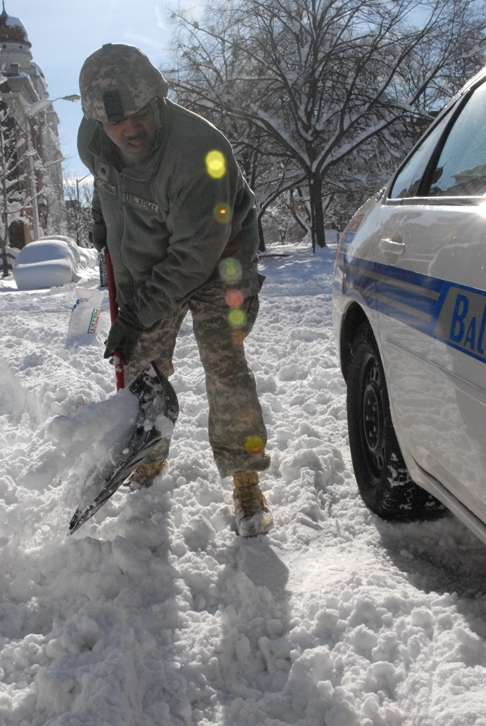
Photo by Sgt. Jennifer Sardam, 29th Mobile Public Affairs Detachment - Sgt. Troy K. Mitchell of Joint Force Headquarters, Maryland Army National Guard, works to free a Baltimore City Police vehicle from where it was stuck in the snow

Photo by Sgt. Jennifer Sardam, 29th Mobile Public Affairs Detachment) Left to right: Baltimore City Police officers, Justin Howard and Joe Crystal, and Sgt. Troy K. Mitchell of Joint Force Headquarters, Maryland Army National Guard, work together Sunday (February 7) to free a Baltimore City Police vehicle from where it was stuck in the snow.



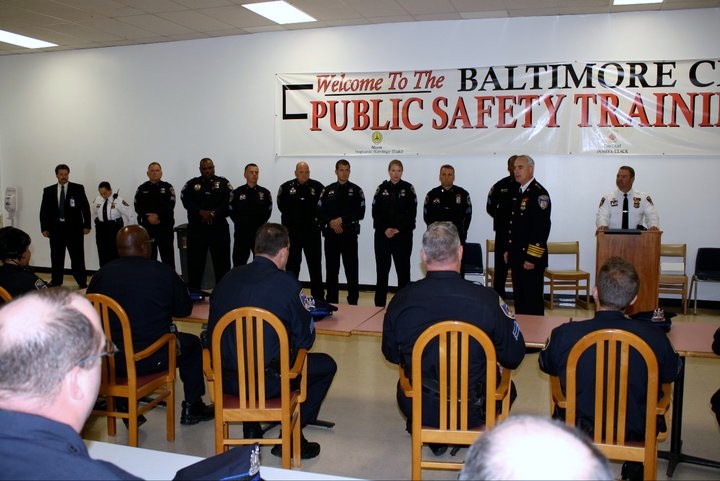
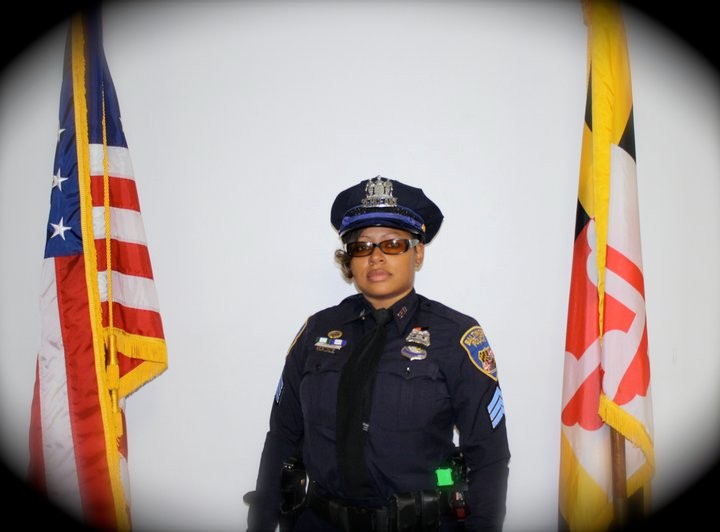
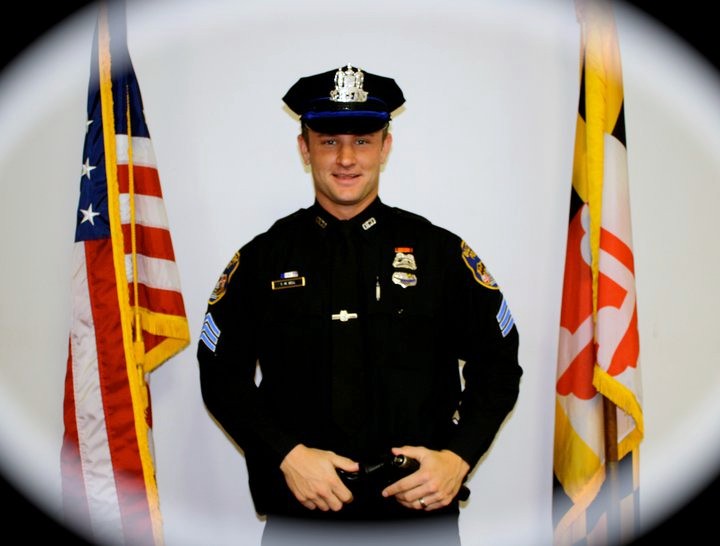
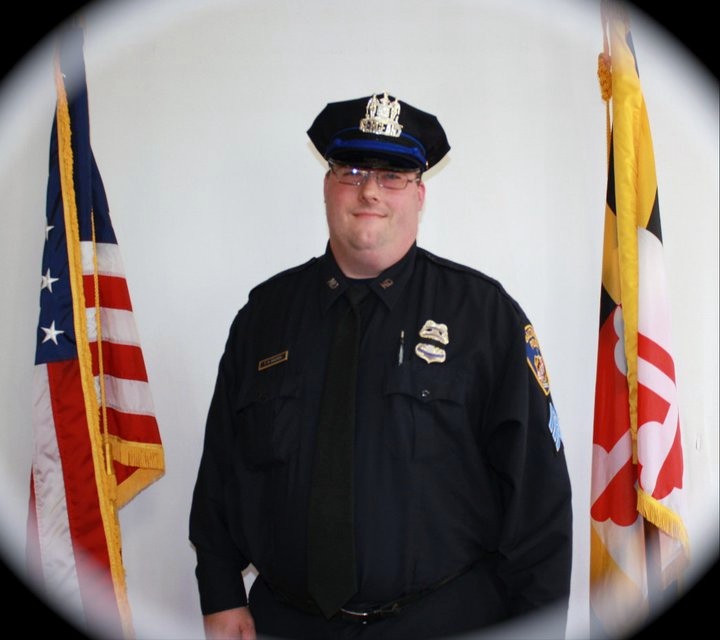
Photo courtesy: Sgt. Carlos Vila
Sergeant Tommy Bracken
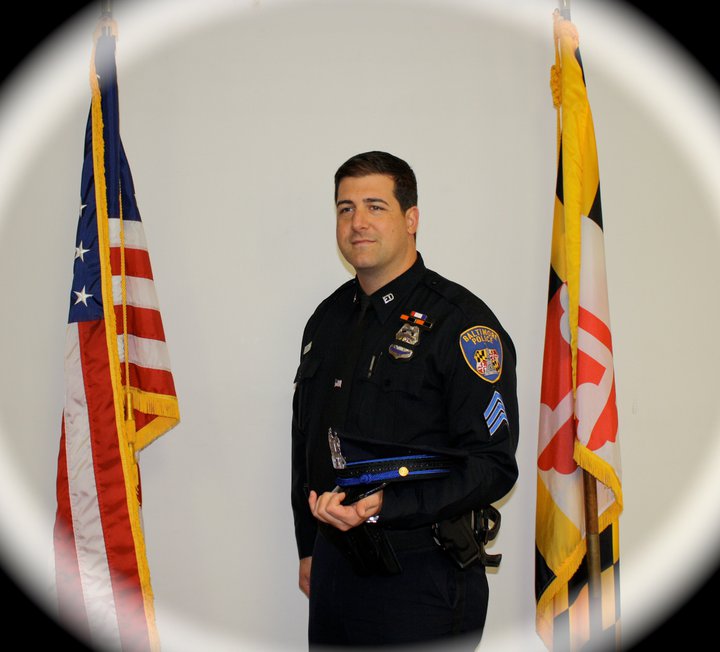
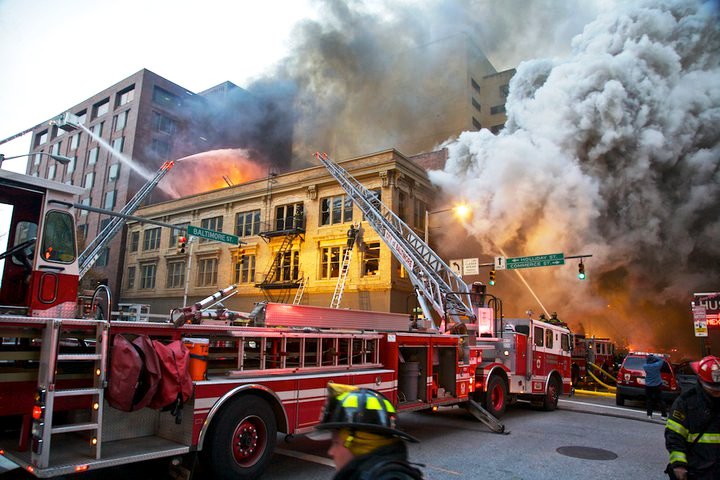
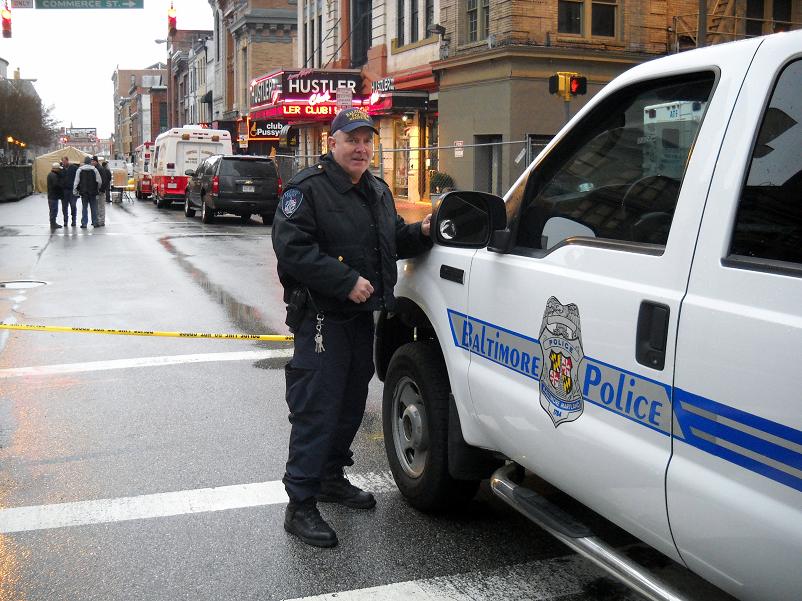
POLICE INFORMATION
Copies of: Your Baltimore Police Department Class Photo, Pictures of our Officers, Vehicles, Equipment, Newspaper Articles relating to our department and or officers, Old Departmental Newsletters, Lookouts, Wanted Posters, and or Brochures. Information on Deceased Officers and anything that may help Preserve the History and Proud Traditions of this agency. Please contact Retired Detective Kenny Driscoll.

NOTICE
How to Dispose of Old Police Items
Anyone with information, photographs, memorabilia, or other "Baltimore City Police" items can contact Ret. Det. Kenny Driscoll at
Copyright © 2002 Baltimore City Police History - Ret Det Kenny Driscoll
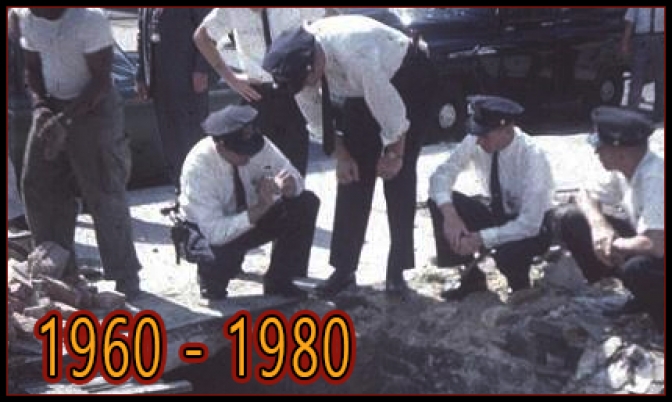
![]()
1960 - 1980
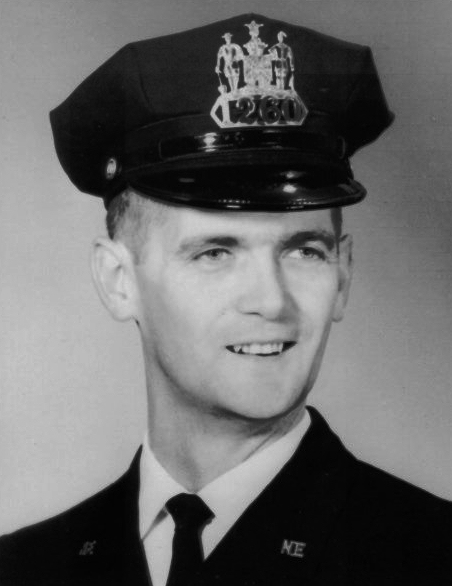
Photo Courtesy Lt. William Bowen
Officer William Bowen
1960
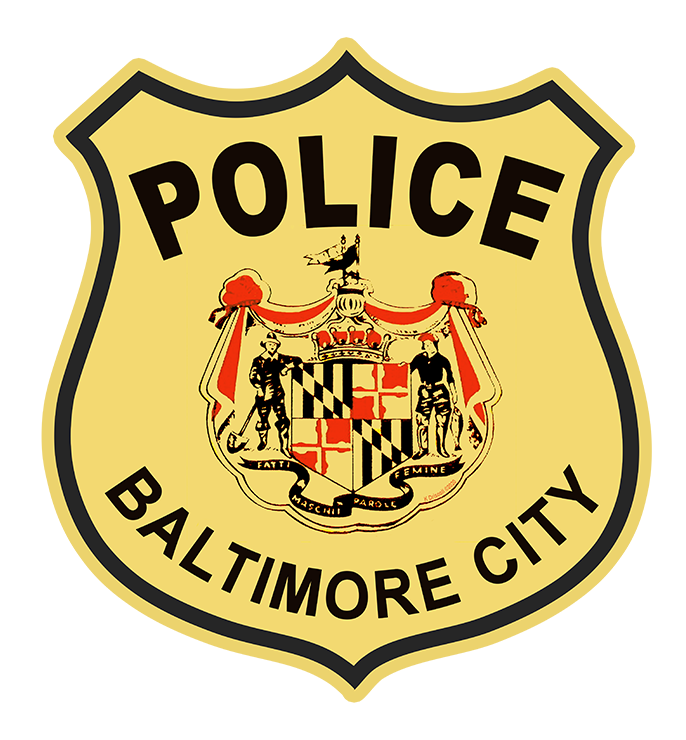
1967-1973
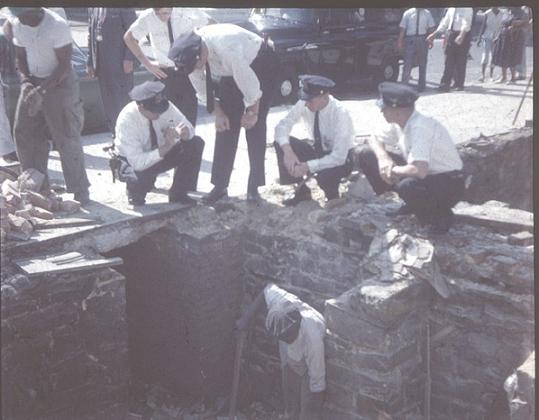
OFFICERS CONDUCTING AN INVESTIGATION 1960s
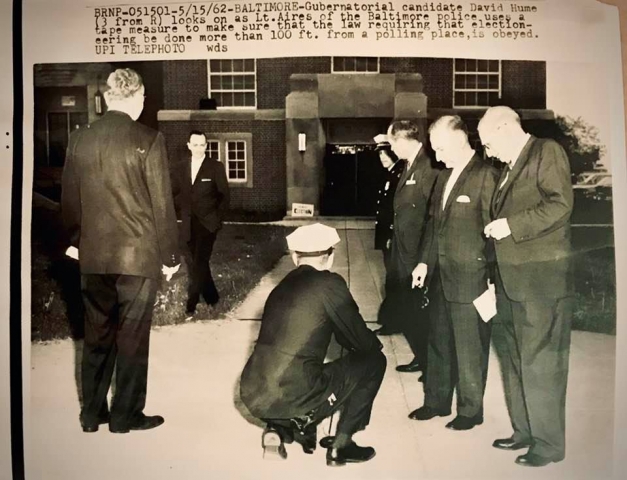
1962
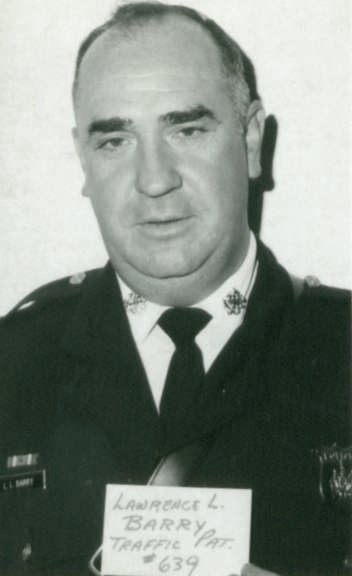 |
| Photo courtesy Det. Charlie Smoot |
Officer Lawrence Barry seen here in a departmental ID card shot was in the Baltimore Park Police and when that agency merged with the Baltimore City Police around 1961 he joined the Baltimore Police Department and retired in the 1970's. Officer Lawrence Barry was an uncle of Detective Charlie Smoot Below Officer Lawrence Barry is seen wearing a vintage uniform complete with the old "bobby" type hats, 3 rd. issued badge.
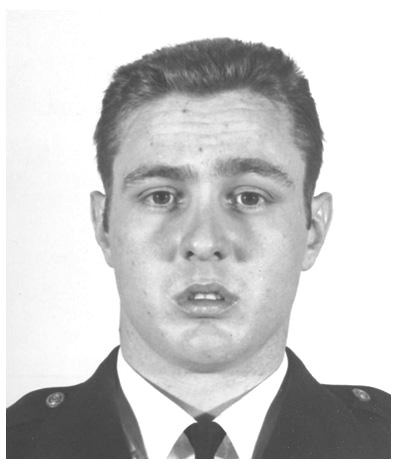 |
| COURTESY MAJOR ROBERT DiSTEFANO |
Officer Robert DiStefano as the young grunt in 1962
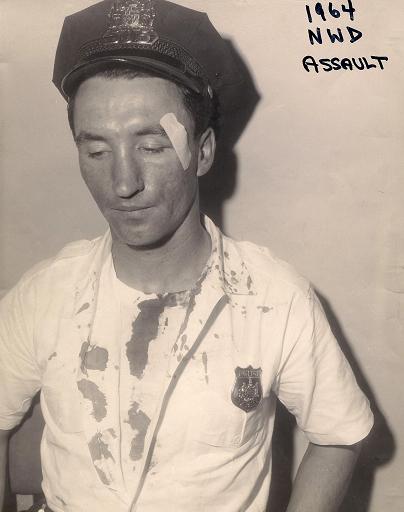 |
| Photo courtesy Officer William Hough |
Officer William Hough is seen here with cut on his face and a bloody uniform shirt after being the victim of an assult on a police officer.
 Sgt Charlie Barclay
Sgt Charlie Barclay
circa 1960
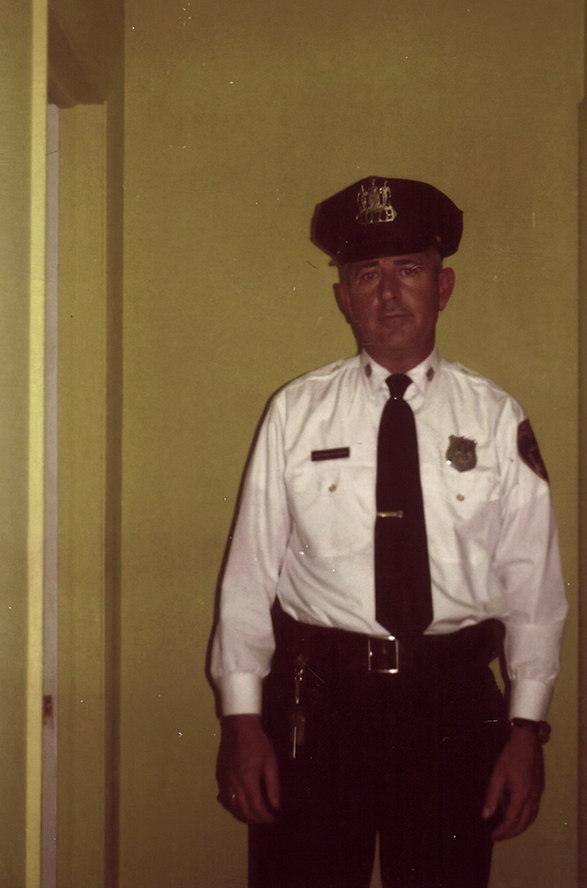 Robert Nuedecker
Robert Nuedecker
1975![]()
AS 600-PAGE SURVEY RAPS CITY POLICE
RICHARD H LEVINE
The Sun (1837-1987); Jan 10, 1966;
pg. A1
Organized crime, place our terms of widespread
Police recruit standards down low…… page A9
By Richard Levine
The Baltimore Police Department has been closely examined and found to be seriously inadequate by the nation’s leading consulting firm specializing in police administration.
The 600 page report issued last night focuses severe criticism at the quality of leadership and management in the police department.
It points up many areas of critical deficiencies and levels both broad and detailed attacks on almost all aspects of police service, all phases of police administration and all divisions, bureaus, squads and specialized functions.
Reorganization Asked
It recommends an immediate, total reorganization of the department and immediate attention to some essential policing responsibilities that are most severely crippled by bad management practices.
It asserts that despite contrary opinion of the public, Baltimore is saddled with place and organization crimes of major proportions.
The report is the result of a $52,000 March to October study conducted by the field service division of the international Association of Chiefs of police.
Besides the dissection of the department problems, the report contains detailed recommendations for improvements.
Two Principal Concerns
The report bears down particularly hard on the top principal concerns of the Police Department – crime control and traffic control.
It engages in widespread faultfinding in both areas. The consultants recommend that the police department remain a state agency and that the governor retain its statutory power to appoint the Commissioner and his power to remove him from office misconduct for incompetency. Other major recommendations are these:
Urges Formal Procedures
7. The establishment of formal disciplinary procedures and a disciplinary board for the prompt proper handling of charges brought against officers from within the department or civilians.
It also calls for a realistic attitude toward problem of vice and crime and a harder attack on these conditions and on the block as a source of “moral blight.”
Two subjects that have drawn much public interest recently are handled by recommendations that the Police Department relieve itself of responsibility for them.
The consultants believe that all towing matters, removal of illegally parked vehicles as well as vehicles and accidents, should be turned over to private contractors.
Sanitary Inspection
And it recommends that the city assume the task of sanitary inspections.
The consultants call for the abolishment of the auto theft squad, the pickpocket, hotel and V. I. P. Squad, the riot squad, the mounted sections horses, and the transfer of their functions elsewhere.
There are thousands of specific suggestions directed toward every subject from the meter maid’s manner to the length of the Espantoon.
Even as it urges an immediate program of reform, the report points out that the consultants while engaged in the study, were met with the kind of obstinate resistance that prevented improvements and progress in the department in the past.
“These recommendations will be of little value unless the administrative climate of the Police Department is changed,” the reporter says.
“Superior officers must accept the fact that the department needs improvement and must recognize their responsibilities and lifting the department from its content with the status quo and traditional concepts, to those of the modern, progressive and efficient department the community deserves.”
First Study in 25 Years
the report points out that this is the first comprehensive survey of the department in 25 years, that the reorganization plan suggest that in the previous report was never adopted and that they did department’s structure is virtually unchanged from that which existed in 1940. The report warns:
“It is to be hoped to that history does not repeat itself: restructuring the Baltimore Police Department is sound in importance only to improving the competence of its management.”
The consultants ordered the following guide to their own approach to the survey: “of this report is critical in nature, because in an effort of this type, the most intensive examinations are naturally made into existing weaknesses.
“Intentions of this criticism is that it be constructive: that it assists in improving the organization, personnel and practices of the Baltimore Police Department so that the people will receive effective police services consistent with democratic ideas.
“It should be remembered that the survey is directed toward all police activity and is not just a narrow search for faults. Thus it is consistent with the standards of objectivity.”
The criticism is of two types: that directed toward practices and policies that are not as effective as they should be, and exposure of major flaws that are so basic as to cripple the department. As late as this fall, the department walked on the implementation of two aspects of report that were considered to be important enough for immediate action.
The police Association consultant said that the recommendations on record management were presented in preliminary form to Commissioner Bernard J Schmidt and his inspector on September 21, 1965.
Final Report Presented
Several meetings were held to discuss the recommendations, the consultant said, and a final report was presented to the department on 20 October to enable the Department to inaugurate new reporting procedures by the start of the calendar year.
“Despite this, to date the department has taken no action whatsoever in preparation for a change in the present reporting procedures.”
“A second matter indicated similar dilatory handling.” Says the report.
On September 29, the report says, the police Commissioner was given to plans prepared by the I. A. C. P. For the establishment of an internal complaint investigation procedure.
These plans were made after conference had taken place with major McKeldin and Gov. Tawes. There were later conferences.
A Capt. was promoted to inspector, the report says, “reportedly to command the proposed new unit. The plans, however, has still not been implemented.”
What is required in Baltimore the report states, is “inspired, imaginative and indefatigable leadership in the police department and cooperation and support from the community and the state.
However, the consultant was described present leadership in a department in the following statements:
“Management competency is questionable.”
“Management sidesteps responsibilities.”
“Management fails to take strong stands, fails to plan for the future needs and fails to recognize the reality of poor procedures.”
“Supervision Misdirected”
“There is misdirection of the first line supervision – the practices of advancing or promoting personnel are antiquated and restrictive.”
“The system of evaluating personnel performance has been perverted.
“But management, even though cognizant of and dissatisfied with the use of the system, has failed to take meaningful corrective action.”
The report makes clear that under the present organizational structure the department’s chief inspector, George J. Murphy, is a “strong assistant Commissioner” who assumes and in ordinate share of the actual command and, therefore of the responsibility of the department.
Source of Difficulties
The report, where ever its intention turns, looks back at “management” and “the supervisors” to find the source of the difficulties. For instance: “demands for a civilian review board to oversee the conduct of force are not usually heard in those communities where the police agency operates an effective disciplinary program of its own.”
This statement is in a discussion of the internal investigation division IID. The unit that Commissioner Smit found an inspector for but, according to the report, has failed to organize.
The I. A. C. P. Went against its own previous position and recommending that the police department remain under state control.
Transfer Idea Discussed
In lengthy discussion of this topic of the consultants conclude that “competent police management can do an outstanding job under the present set-up.”
Primary reason for making a change, the report says, would be to avoid political control and interference, to satisfy desire for home rule or to escape financial burden imposed by the state.
The consultants found none of these factors present in Baltimore.
There is no popular moved to transfer control, they said, and in referendum the citizens of Baltimore have previously rejected taking control.
Legislation last year gave the city control of the police budget. Purchasing and disbursements. Moves that gave the city virtual financial control of the department, they continued.
As for Political Interference:
“External control of the department does not appear to be a major problem… Indeed, the present political climate in the city might prove such a move(transfer to city control) to be harmful.”
Further on:
“we have seen little evidence of machine politics in the operation of the Baltimore Police Department, although there are rather well – circulated rumors concerning the influence of certain promotions. Many of the derogatory facts of unwholesome political control are conspicuously absent in the city of Baltimore.
The I. A. C. P. Experts, probably too many people surprise, did not recommend any increase in the number of patrolman needed for crime patrol.
Repeatedly, however, the consultants complained that that the departments in accurate crime stats hamper attempts to determine such things as actual workloads, the level of crime or whether crime is increasing or decreasing.
However, by utilizing a short time, temporary, control system enough information was gathered to allow a new mapping of the beats to equalize the workload for patrolman.
The suggested shifts actually resulted in a surplus of 136 positions over actual minimum needs. At the same time, the report said, the police coverage and quality of protection would be improved.
Other Cities Compared
In terms of money and men, the report says the Baltimore compares favorably with other major cities in the nation.
The Police Department gets $27 million annually which represents 14% of the receipts from general property taxation – a per capita cost of $24.30.
Comparative cost figure for other cities are: Chicago $25.69: Washington $32.49: Los Angeles $22.41: Detroit $21.82: St. Louis $21.81: Philadelphia $21.25: Milwaukee $19.59: Cleveland $18.62 and Houston $11.74.
In terms of police and please per inhabitant, Baltimore ranks higher than any city in that group with an exception of Washington in terms of police employees per square mile Baltimore ranks fourth.
The consultant said that a further significant comparison was with the city’s Los Angeles and Milwaukee “regarded by some as among the best police departments in the country.”
The I. A. C. P. Found the Baltimore spends more and has a higher proportion of police employees than either of those cities.
The picture of what the city gives the department is far brighter, however, then what is returned.
Because of the garbled records the department’s performance in criminal convictions could not be computed. The report said, it did conclude, however, that only a relatively small percentage of persons who committed major crimes in the city are ever found guilty of the original charge.
On Traffic Control
As for traffic control, this second major area of responsibility “provides some insight on the departments of efficiency.”
The report contains this summary statement” “the traffic performance record of Baltimore Police Department is below recommended national standards in the categories of training, hit and run convictions, overall enforcement, selective enforcement, enforcement by nine full-time traffic officers, pedestrian enforcement and enforcement of drinking driving laws. The overall 1964 traffic performance of the department was evaluated at 32% of the recommended performance 100% level”
The I. A. C. P. Recommend restructuring the department into three functional bureaus – administrative, operations and services – each headed by a deputy Commissioner.
Under them would be other functionally organize units headed by men with new ranks – three chiefs, 12 directors and three deputy chiefs – all above the rank of Capt.
That use would head the division’s largest in personnel and authority – patrol, traffic and the new criminal investigation division.
All the way down to the organizational chart, services would be combined with like services.
Because of the intense difficulties in traffic control the I. A. C. P. Recommends the formation of a special community committee to strike at this problem with the new traffic division.
Equally disturbed to the consultants was the departments approach to criminal investigations.
The report speaks of lack of understanding of the investigation process in modern policing and the confusion among units as to the responsibility for investigations.
Furthermore, follow-up investigations, the consultants found were draining a great amount of time from preventative crime patrolling and taking sergeants away from their primary responsibilities of supervision.
The separate investigation unit would take over follow-up work in felonies and vice, thus adding professionalism to the task of freeing the patrol for its specialty.
“Not Satisfactory”
As for the present patrol assignments, the report turned them “Not satisfactory.”
It points, for example to the workload of the radio car 504 which was found to be the only 38% of that of a radio car 102.
The department was found to be guilty of other had patrol practices. Men are divided nearly equally among the three shifts each 24 hours even though the work load and crying frequently is not equally distributed.
A study showed that the greatest amount of work occurred during the 4 PM to midnight shift but that the largest proportion of patrolman were assigned to day shift.
In figures the 4 PM to midnight shift had 40% more work than a day shift and 17% fewer men.
Different Workloads
Similar inadequacies were found from district to district.
The one man patrol cars, the two men radio cars and foot patrolmen were found to be carrying workloads which were disproportionate to their total manpower strength.
Foot beats were found to be unrealistically large in many cases. Despite these illogical assignments the drain effectiveness the consultants found further that “a high proportion” of available manpower was assigned to a host of miscellaneous duties, and this “in the face of claimed that shortages of manpower to fill foot post.”
The discontinuance of the northern and southern police district, the consultant said, would further increase patrol efficiencies and free extra men for the streets by eliminating duplication of non-patrol assignments.
“The presence of the district station is in itself no deterrent to crime” a very small percentage of all police services originate with a complaints appearance at a station,” the report says.
Not only did the consultants find men enough to patrol Baltimore’s streets, they also found there were enough patrol sergeants to do adequate supervision. Outside of the patrol, supervisory ratios provided another kind of problem.
For instance it was found that there were twice as many detective Sgt. is needed The supervision of the 154 detective patrolman. The report recommends cutting the complement of 49 sergeants in half.
Beside the detectives, the homicide Bureau, Hotel squad, narcotics squad and states attorney unit was found to be “top-heavy with supervisors.”
And yet with all these supervisors, lack of supervision was an important complaint of the report.
The problem, “questionable selection process; failure to use a supervisory probationary period; failure to provide adequate supervisory training: excessive familiarity with subordinates and lack of bearing” and several other reasons.
Along with the lack of supervision, the consultants found a lack of effective control from the Commissioner which they particularly blame on the organizational structure and partially one lack of staff supervision.
The consultant said the apparent intent of the organization scheme is to give the Commissioner administrative functions and the chief inspection operational functions.
The report says this system makes the chief inspector “a strong assistant Commissioner” and quotes a textbook on this situation: “at best a single assistant chief accomplices tasks that are properly the duties of an executive officer or adjutant: the worst he isolates the chief of the department and takes over policy decisions without which the department head cannot be chief in fact and becomes sort of a “grandvizer” to which all ranks must bow in order to have their request granted.”
Responsibilities Shared
The survey team labeled the Baltimore system as “defective” because responsibilities from management are not clearly fixed but are shared.
“The final result is that the Commissioner is held responsible in practice by the governor and by the public for all the activities of the department, but is insulated and prevented from being an executive in fact.”
Because of the lack of staff inspections, the report said, Commissioner Smit must accept reports on performance of duty from those who are personally charged with the responsibility for the duty.
There is no way for the Commissioner to ensure that the line commanders are properly performing their duties.
The report says that the most singular recent example of what this lack of real information can lead to was the commissioners lack of knowledge of the faulty crime reporting procedures until outside sources disclose them publicly with the resultant wave of unfavorable publicity.
“Even an outsider unschooled in police work could detect something was wrong with the crime reporting and were courting as practiced by the Baltimore Police Department.”
The imperfect recording of crime incidents, the report says, was not the fault of the investigating officers and sergeants, lieutenants, captains and top administrators were aware of the practices and permitted them.
On December, 1964 after the police crime records were publicly questioned, a thick report was transmitted to governor Tawes by the Police Department in which nearly every officer above the rank of Lieut. claim that there was no evidence to indicate that they complete recording was not being practiced.
Very Little Praise
In a mass of criticism, very little praise comes forth.
The consultants do command the public relations efforts of Capt. Norman J. Schleigh, head of the police training academy, any attempts made by Thomas J. Miller, former personnel director, in areas of improving the process of selecting officer candidates and in trying to activate formal grievance procedures.
Among the miscellaneous services that receive strong criticism is the medical division and the police positions.
The consultants claim that physicians exercise more control over a high sickness rate in the department, an average of more than 12 days a man every year for the past two decades.
The consultant said that a combined sickness and injury rate of eight days or more a year as an average for the department should prompt the administration of the department to either improve control over misuse of sick leave or else and prove a genuinely poor health record.
In Baltimore’s case both approaches must be used, said the report.
Reducing the sick leave to a tolerable average of eight days a year would be the equivalent of a gain of 90 men on the force, the consultants figured.
Would Replace Doctors
“If physicians on the staff are not sympathetic to more stringent control procedures, they should be replaced with doctors who are willing to assert their responsibility and authority, “said the report. The positions were also said to have no well-developed medical standards for recruits and for accepting candidates of questionable physical fitness.
There are a number of miscellaneous criticisms of major importance in many areas.
The consultant thought the K-9 Corps was poorly assigned and wasting time patrolling hospitals.
A spot check revealed that citizens call for help were more probably answered on the regular administration telephone lines than through the emergency numbers.
Sgt Charlie Barclay circa 1960
![]()
WHAT ARE POLICEMAN MADE OF?
Don’t credit me with the mongrel prose: it has many parents-at least 420,000 of them: Policemen.
A Policeman is a composite of what all men are, mingling of a saint and sinner, dust and deity.
Gulled statistics wave the fan over the stinkers, underscore instances of dishonesty and brutality because they are “new”. What they really mean is that they are exceptional, unusual, not commonplace.
Buried under the frost is the fact: Less than one-half of one percent of policemen misfit the uniform. That’s a better average than you’d find among clergy!
What is a policeman made of? He, of all men, is once the most needed and the most unwanted. He’s a strangely nameless creature who is “sir” to his face and “fuzz” to his back
He must be such a diplomat that he can settle differences between individuals so that each will think he won.
But…If the policeman is neat, he’s conceited; if he’s careless, he’s a bum. If he’s pleasant, he’s flirting;if not, he’s a grouch.
He must make an instant decision which would require months for a lawyer to make.
But…If he hurries, he’s careless; if he’s deliberate, he’s lazy. He must be first to an accident and infallible with his diagnosis. He must be able to start breathing, stop bleeding, tie splints and, above all, be sure the victim goes home without a limp. Or expect to be sued.
The police officer must know every gun, draw on the run, and hit where it doesn’t hurt.He must be able to whip two men twice his size and half his age without damaging his uniform and without being “brutal”. If you hit him, he’s a coward. If he hits you, he’s a bully.
A policeman must know everything-and not tell. He must know where all the sin is and not partake.
A policeman must, from a single strand of hair, be able to describe the crime, the weapon and the criminal- and tell you where the criminal is hiding.
But…If he catches the criminal, he’s lucky; if he doesn’t, he’s a dunce. If he gets promoted, he has political pull; if he doesn’t, he’s a dullard. The policeman must chase a bum lead to a dead-end, stake out ten nights to tag one witness who saw it happen-but refused to remember.
The policeman must be a minister, a social worker, a diplomat, a tough guy and a gentleman.
And, of course, he’d have to be genius….For he will have to feed a family on a policeman’s salary.
By: Paul Harvey
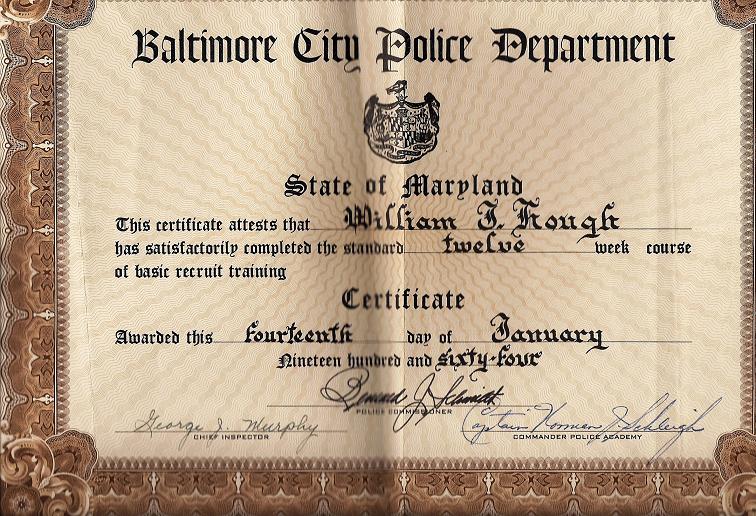 Photo courtesy Officer William Hough
Photo courtesy Officer William Hough
GRADUATION CERTIFICATE WILLIAM J. HOUGH
January 14, 1964
Officer William Hough seen below on foot patrol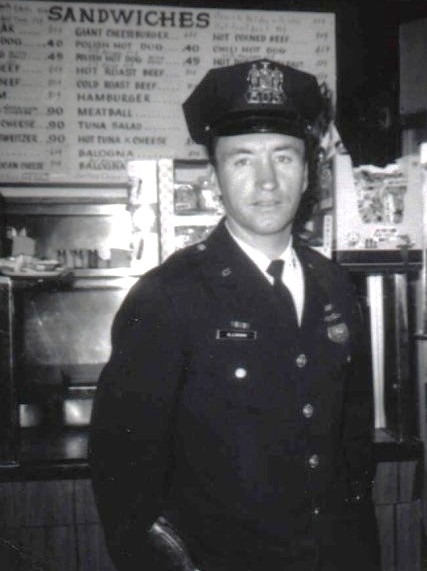
Photo courtesy Officer William Hough
Photo courtesy Sgt. George T. Owens
Officer George T. Owens's seen here at the Civic Center (the patrolman on the right hand side in the jacket) working crowd control when the Beatles came to Baltimore. September 13, 1964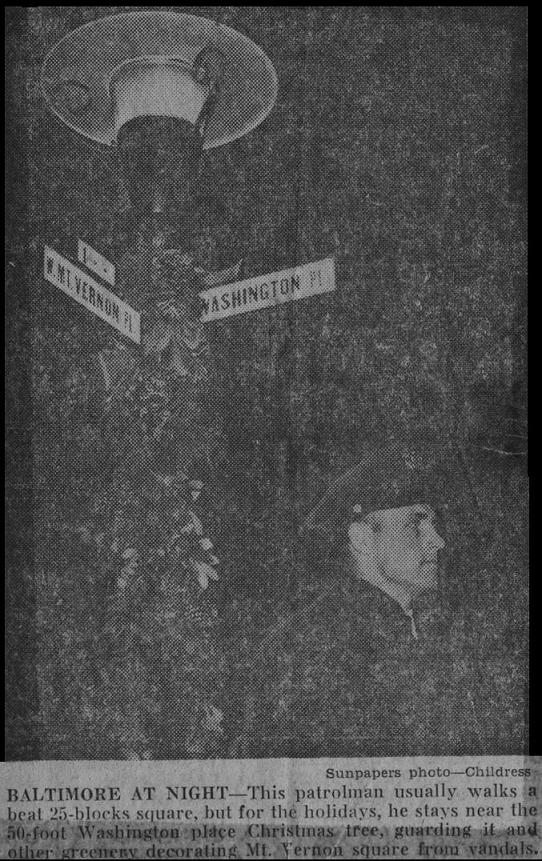
| Photo courtesy Sgt. George T. Owens |
Officer George T. Owens seen here patrolling his post. 1964
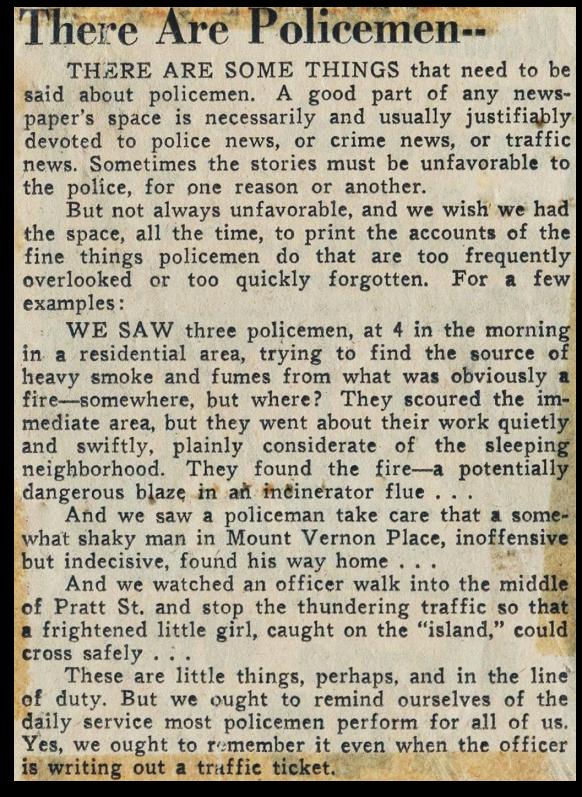 |
| Photo courtesy Sgt. George T. Owens |
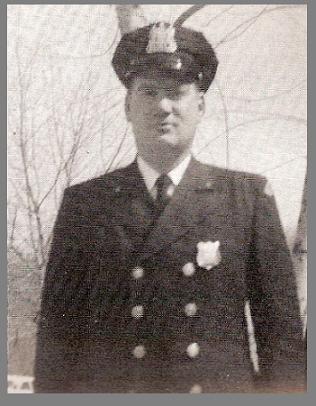
Officer Joseph B. Huffman 1965
 |
| Photo Courtesy James Redding |
Lieutenant Clyde Redding (far right) BCPD Officer of the Year 1966
along with the BCFD officer of the year 1966
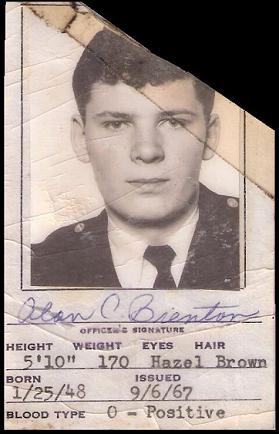
Courtesy Wally Brenton
He served in the Southeast District 1967-1973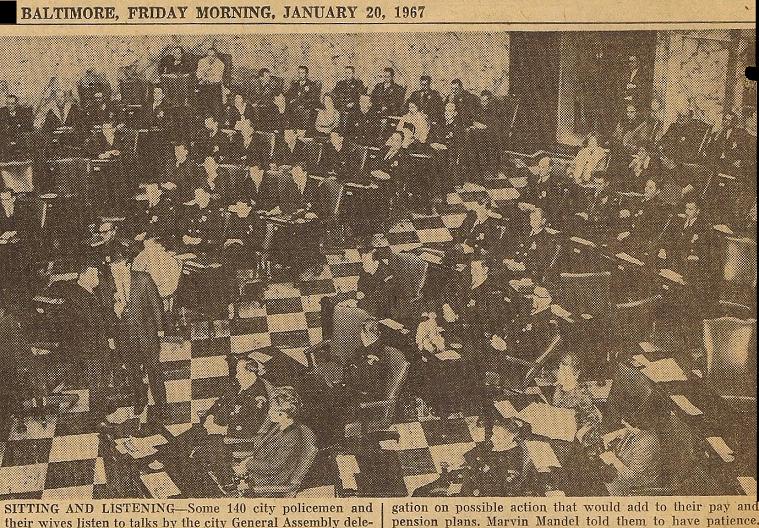
Photo courtesy Officer Bill Hough
Baltimore Police Officers and their wives listen to Govenor Marvin Mandel who promised raises and told them to just have patience
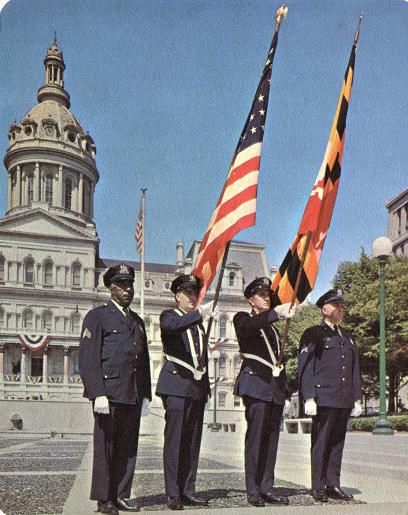
Honor Guard 1968
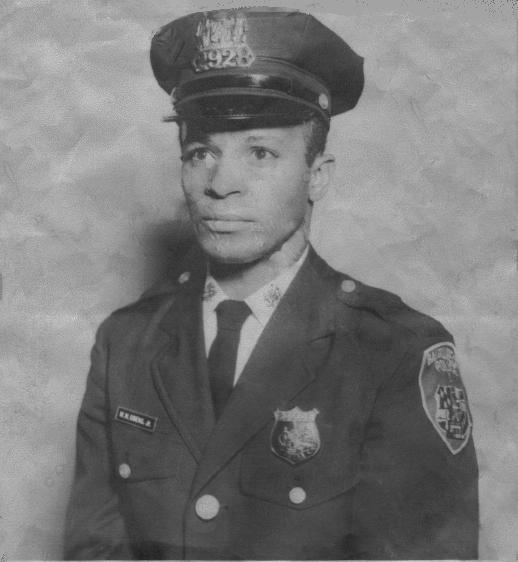
Photo courtesy Rhonda Owens
Officer Wiley Melvin Owens Jr.
Badge #2928
Later promoted to Detective and assigned ISD
Passed away December 1, 1973
He was an honest, dedicated, faithful member of the force who served the community valiantly.
< class="mce-object mce-object-undefined">
Officer Wiley Owens Jr. was offered a $100.00 bribe to change his testimony in a drunk driver case by defense attorney Jackson Dulaney Pennington ,but Officer Owens maintained his integrity and promptly reported the incident. November 13, 1969

Photo courtesy Rhonda Owens
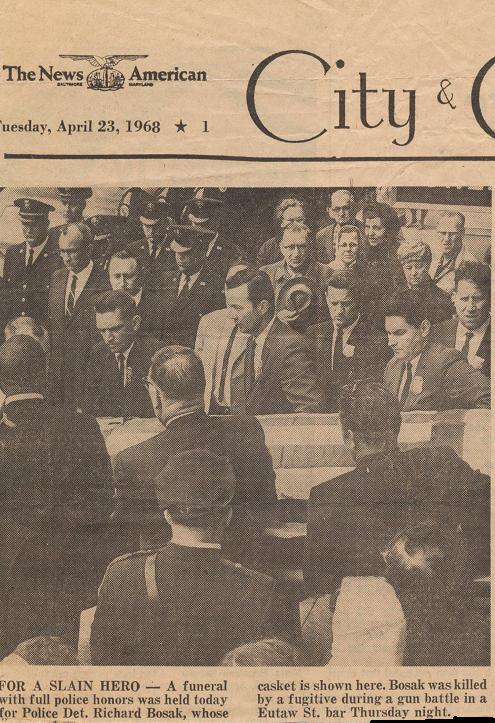
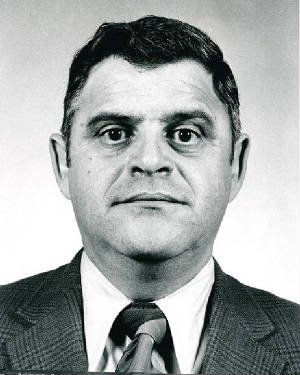
Sergeant Francis Max Gutierrez
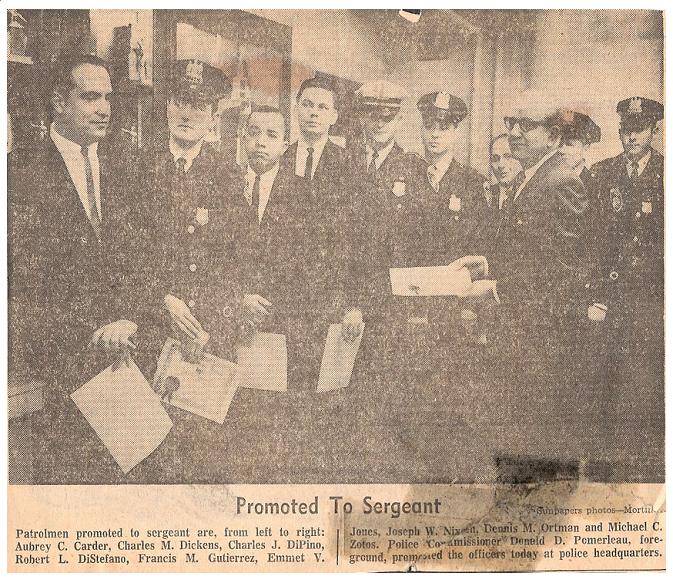
COURTESY JOSEPH GUITERREZ
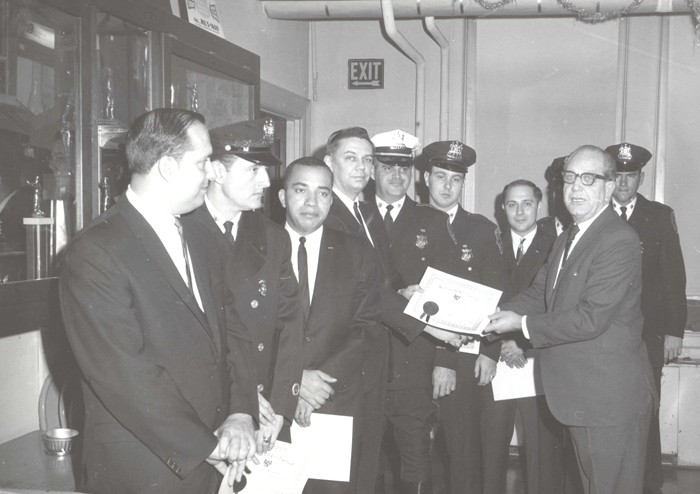
COURTESY MAJOR ROBERT DiSTEFANO
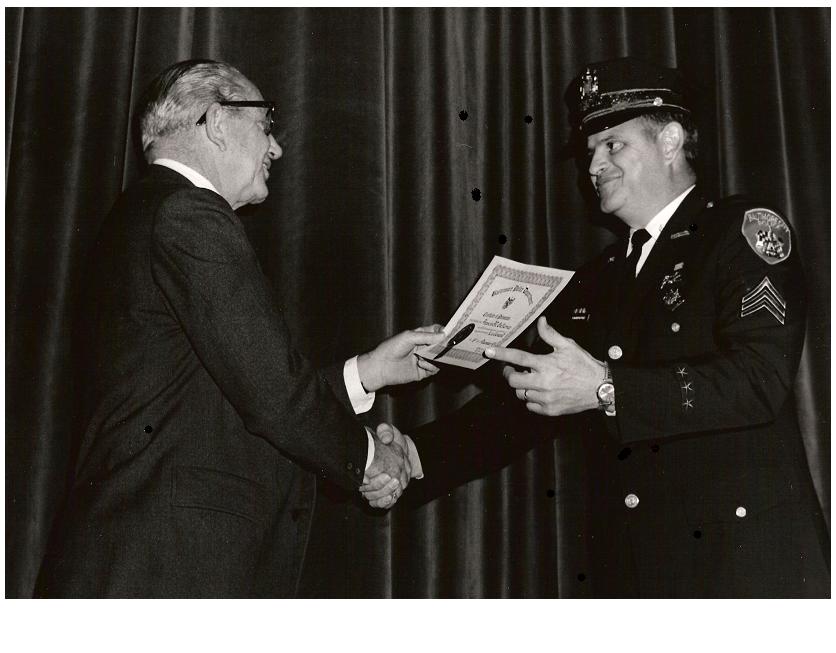
COURTESY JOSEPH GUITERREZ
Sergeant Gutierrez receiving his certificate of promotion to Sergeant from Police Commissioner Donald D. Pomerleau 12/26/1968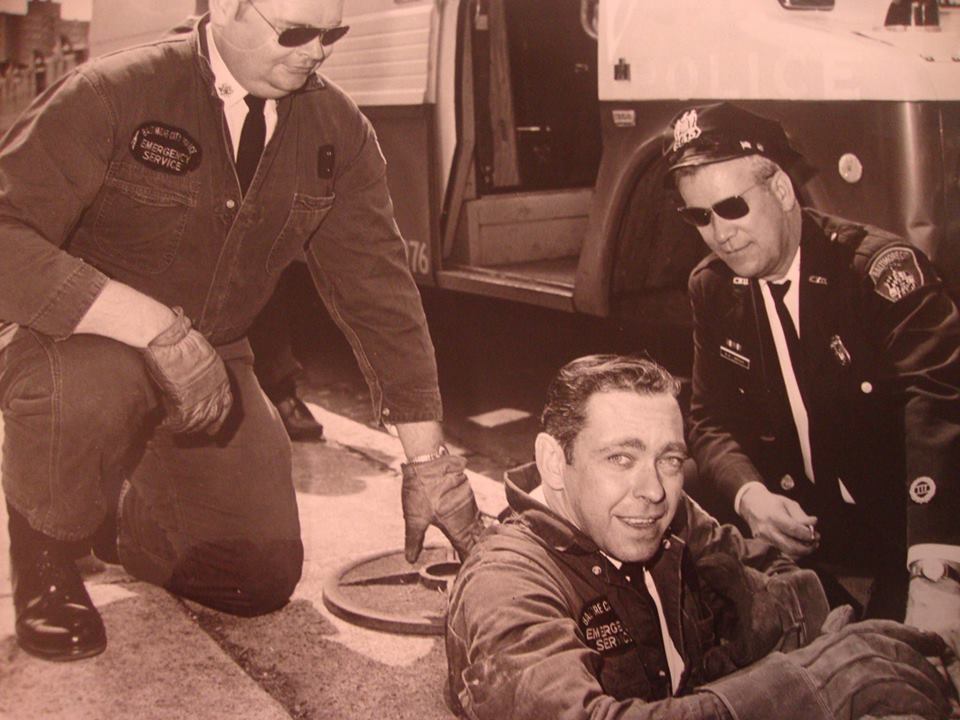
Courtesy Det. Mark Lindsay
Blast from the past: Officer Howard "Bud" Lindsay Officer John Scales and Bob Fisher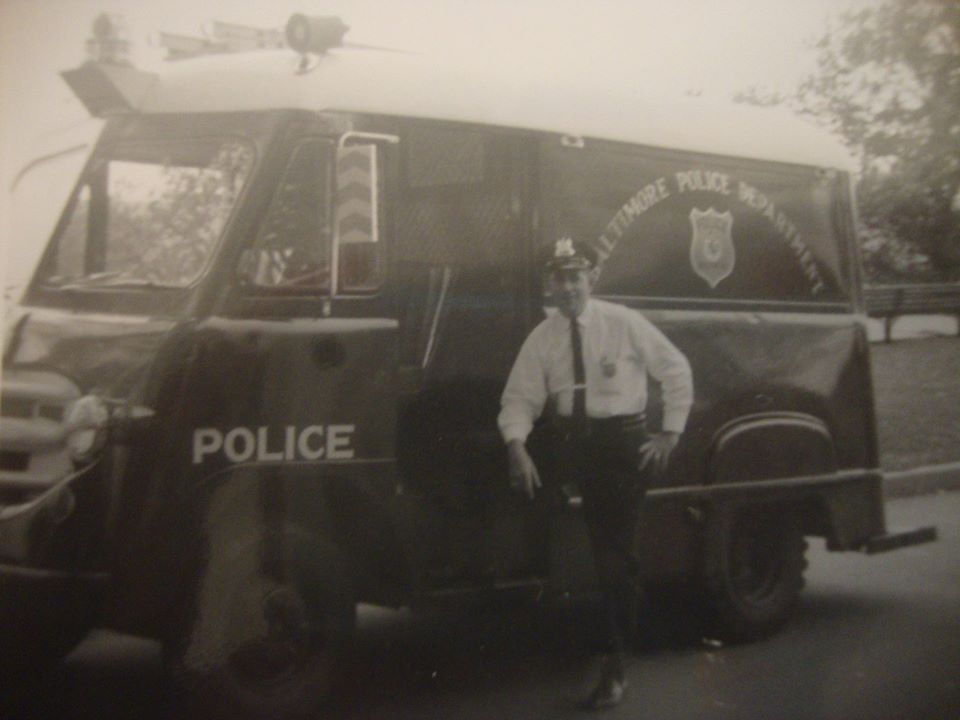
Courtesy Det. Mark Lindsay
Ellis "Ditty" Baldwin
Notice the word "City" isn't on the truck! City, wasn't removed from "Baltimore City Police" until the mid, to late 70's as the Mayor at the time was transitioning Baltimore into a Tourist town, Building the Inner Harbor, and wanted to remove the tough sound of City from Baltimore, but that all came much later than this truck. This was a sign of thngs to come.
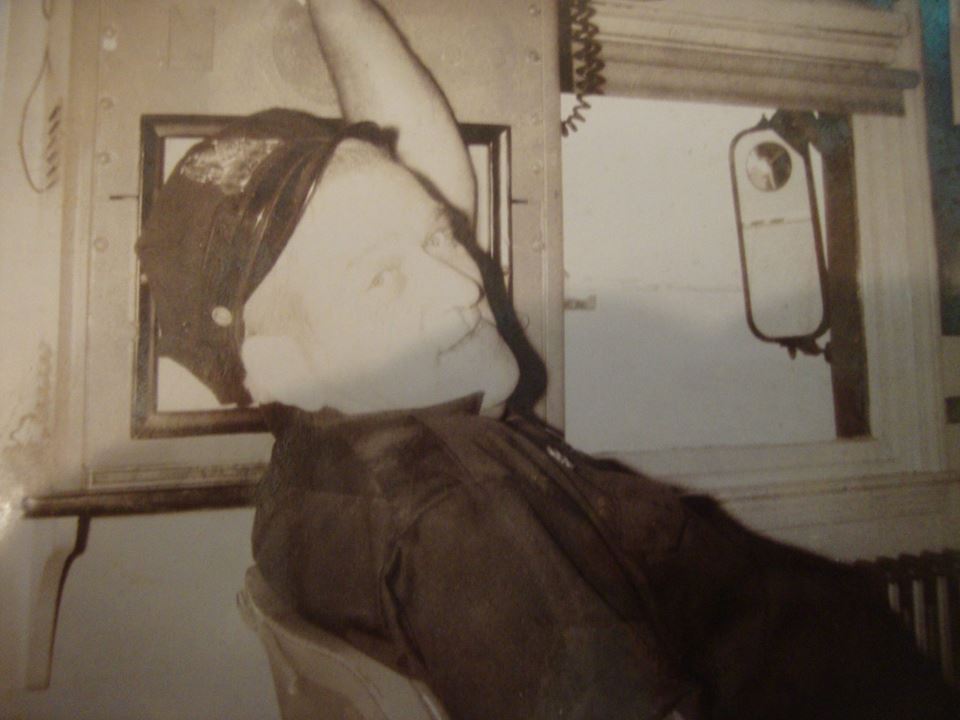
Courtesy Det. Mark Lindsay
The "Command Chair" at 1050 S. Broadway. Notice the mirror and fish eye mounted on the window frame. Very useful to detect sneaking bad guys, and duty officers.- When the uniform cap was worn on the truck, it was wise to remove the inside wire in the top portion, (Known by some as the stylish "50 Mission Crush" of the hat) Otherwise, the wind would blow it off and out of the truck), Mine (Michael Roselle) was run over by some wise guy in a Buick. The guy was last seen driving east on Fayette from Central laughing.
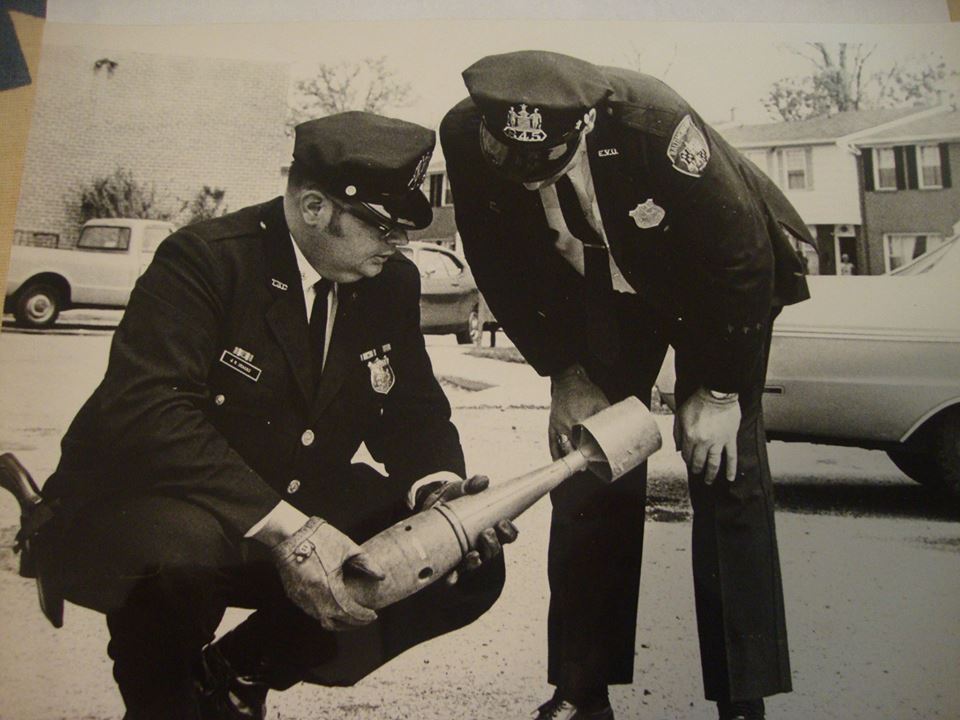
Courtesy Det. Mark Lindsay
John Scales and Bud Lindsay with a recovered possible 81mm mortar round or a 122mm rd.
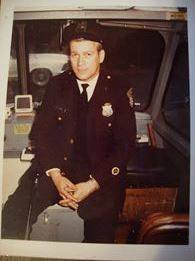
Courtesy Det.Mark Lindsay
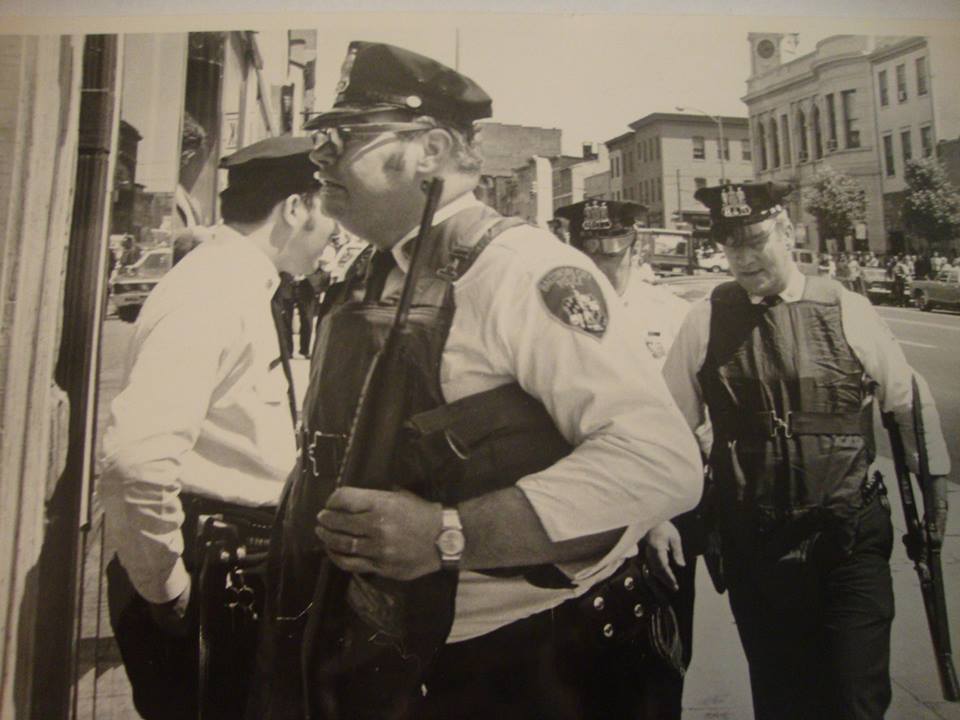
Courtesy Det. Mark Lindsay
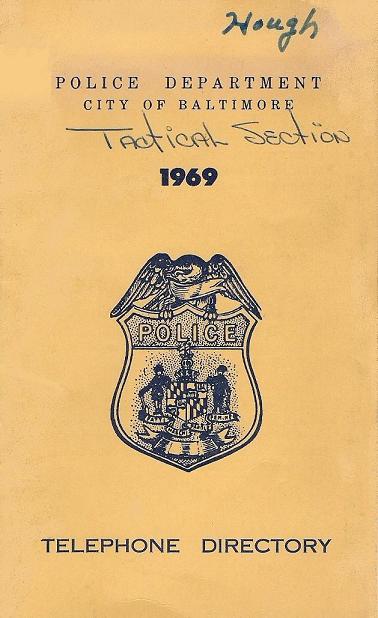
Photo courtesy Officer William hough
Front cover of the 1969 departmental phone book

Original Certificate of Retirement
John N. McCormick
25 years of dedicated service
1943-1969
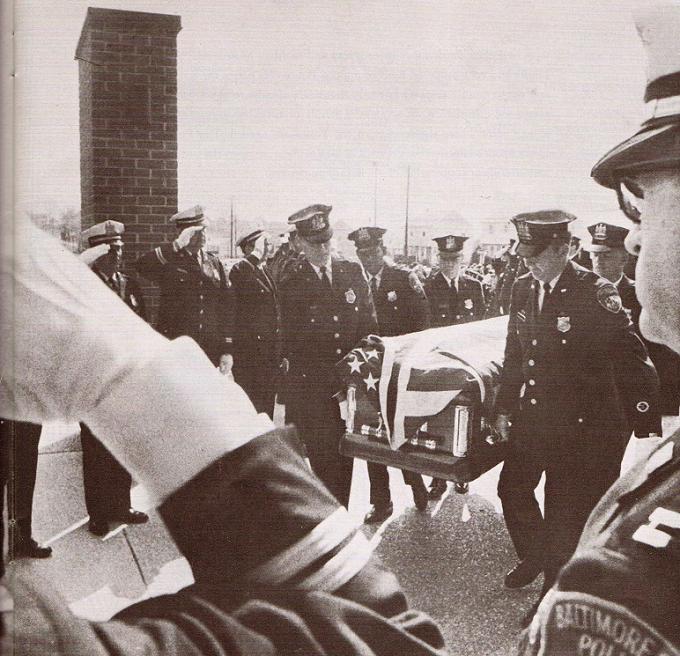
Flag draped casket of Officer Donald Sager
April 24, 1970
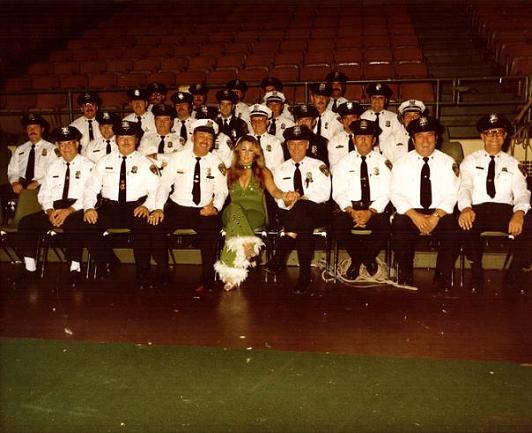
Shriner's circus detail 1970's
with one of the circus performers
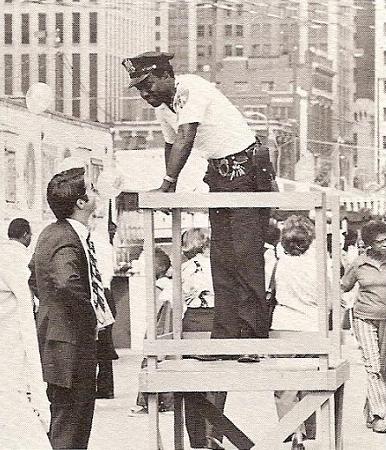
The following several pictures are at the Baltimore City Fair in the late 1970's

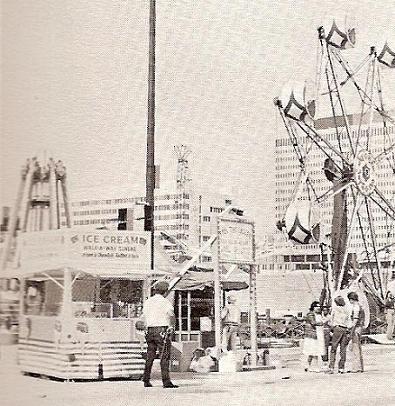
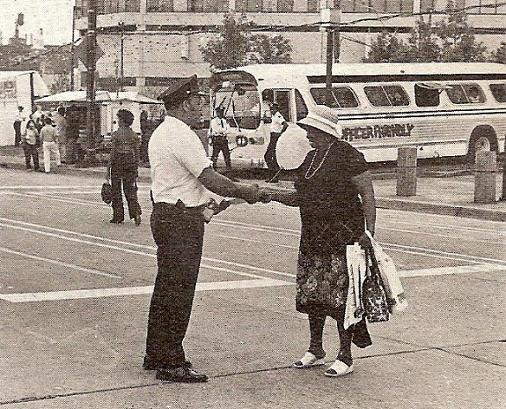

MORE POLICE TRAINING SET
KIRK SCHARFENBERG
The Sun (1837-1989); Jun 25, 1968; pg. C8
MORE POLICE TRAINING SET
Schooling of All Recruits
In State to Rise 50%
Ocean City, June 24-The executive secretary of the Maryland Police Training Commission said today that by this fall the length of the mandatory training period for recruits on police forces around the State will be increased by 50 per cent.
Robert L. Van Wagoner told members of the Maryland Municipal League, meeting at the Commander Hotel here that the planned increase in, hours of training from 160 to 240 will make the Maryland program among the most thorough in the country.
He also told the group that, within a year, officers entering training schools run by his commission will have to pass intelligence and stability tests.
Determining Tests
Mr. Van Wagoner said the commission is now working with the University of Maryland to determine what specific tests will be used.
State law, he said, requires all men recruited by police forces throughout the State since June 1, 1967, to pass a training course approved by the commission.
The course must be completed within a year of the officer's appointment to the police force.
Mr. Van Wagoner said he is "reasonably certain" that there have been violations of the law "though ignorance." But, he added, a new State program, providing $21,000,0110 to local police departments and requiring compliance with the commission's standards, should aid in enforcement of the requirements.
Has Not Used Power
He noted that the commission, composed of leading law enforcement officials in the' State, the attorney general and the president of the University of Maryland, has not yet exercised its authority to set standards for veteran police officers.
He termed this the most difficult aspect of the commission's 1 work, but said that the standards will be set.
Mr. Van Wagoner added, "the large portion of police officers 1 in the Slate have never had an ounce of training and have never shot a gun, except on July 4th.
"Ninety-five percent of the police officers want this training,” he said, estimating that the initial course for veteran officers would probably last a week.
Small Communities
Ile noted that the increased standards for admission to the training schools, which already require a high school education and good character references, may work a hardship on small communities which have difficulty paying their police forces even now.
He suggested, therefore, that these communities use the State money they receive to improve their police salaries to hire qualified men
"It's no good to have equipment if you don't have the qualified men to operate it," he said.
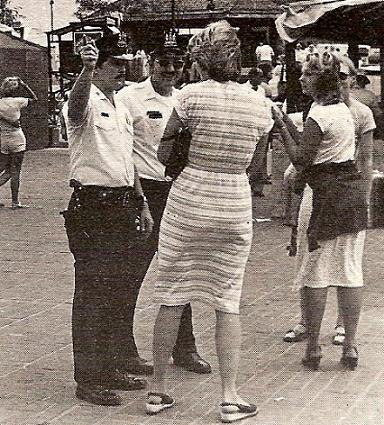
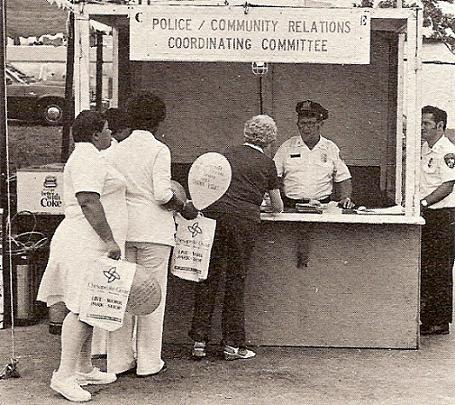

Photo courtesy Det. Charlie Smoot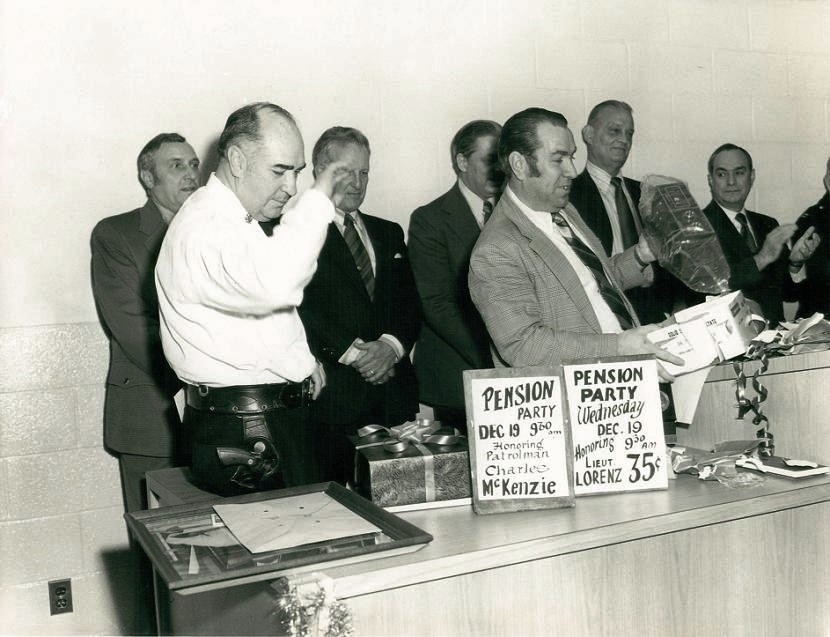
Photo courtesy Det. Charlie Smoot
Officer Lawrence Barry ( white shirt) is seen here attending a retirement party.

Officer Vernon G. Barclay
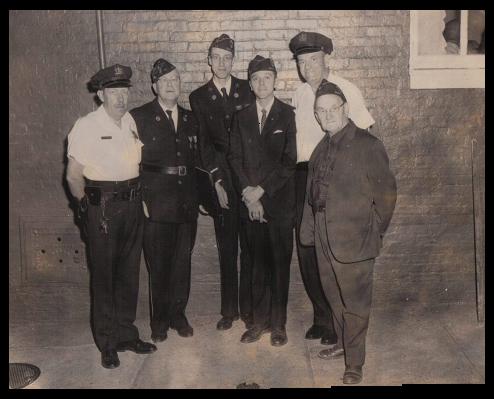
Officer Charles Thompson (left)
Officer Clyde Redding (right)
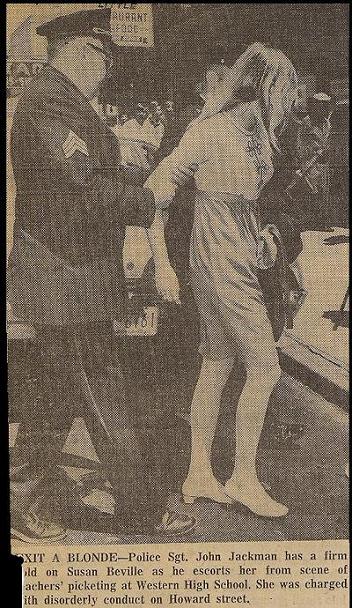
| Photo courtesy Officer Bill Hough |
Sergeant John Jackman escorts a prisoner from a disturbance at western High School
 |
| Photo courtesy Officer Bill Hough |
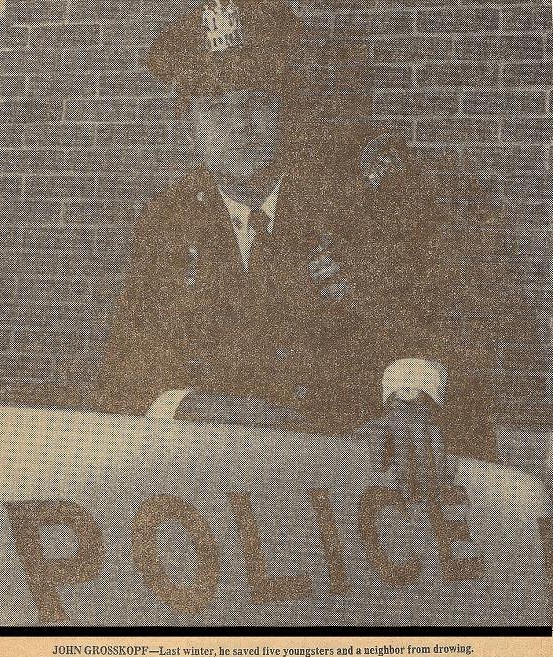 |
| Photo courtesy Officer Bill Hough |
Officer John Grosskopf "Hero" saved several children from drowning
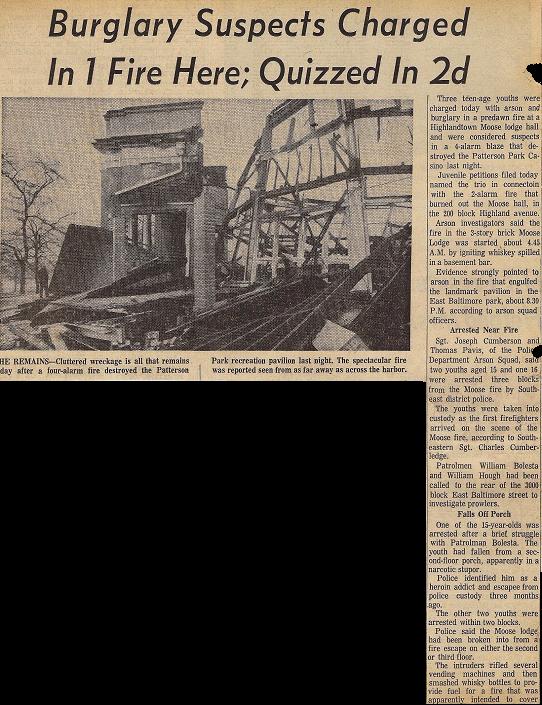 |
| Photo courtesy Officer Bill Hough |
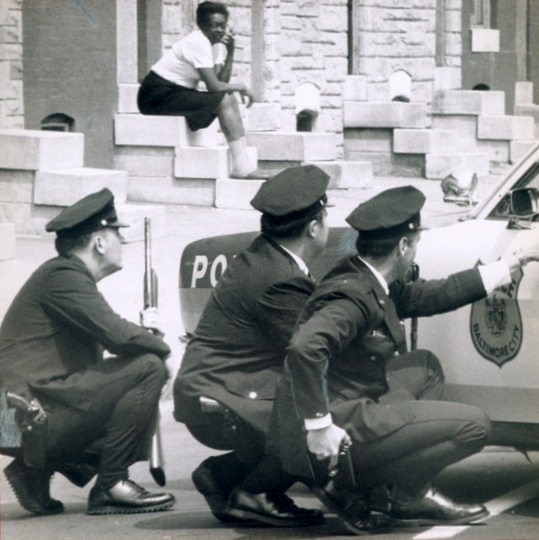
Black Panther raid 1700 blk. N. Aisquith St.
April 30, 1970
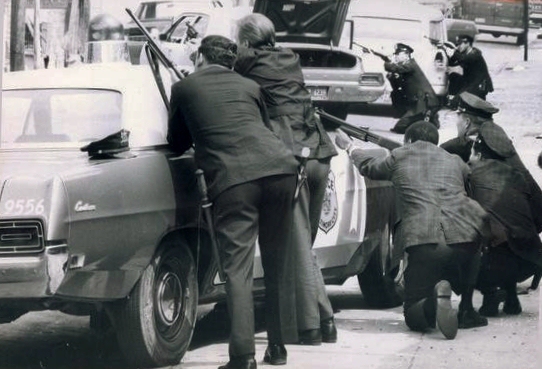
 |
| Photo Courtesy Lieut. William Bowen |
Lieutenant William Bowen
1972
 |
| Courtesy of Officer Dick Busch |
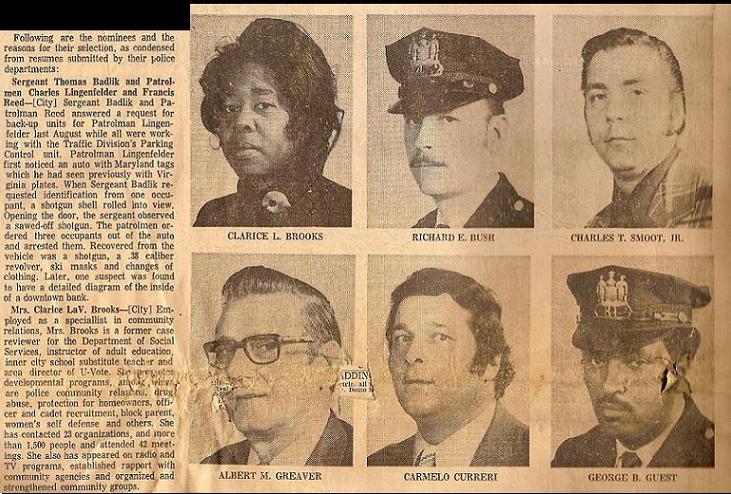 |
| Courtesy of Officer Dick Busch |
 |
| Courtesy of Officer Dick Busch |



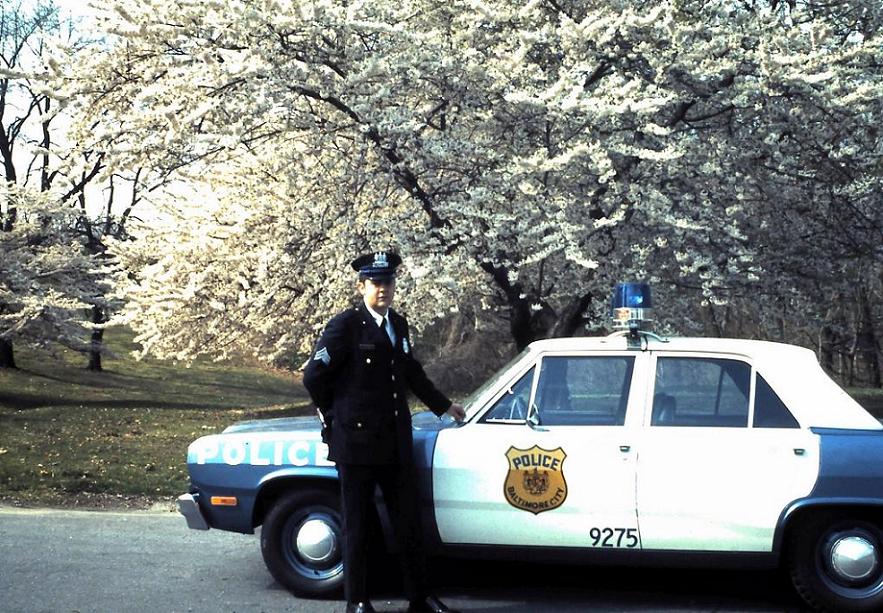
Sergeant Robert Wilson working Druid Hill Park 1970's in a Dodge Aspen

Photo courtesy Lieut. Robert Wilson
Photo courtesy Lieut. Robert Wilson
LAWS & LIBERTY
The Sun (1837-1989); Sep 8, 1974; pg. AA29
LAWS & LIBERTY
The increasing pressure of traffic particularly in the downtown sections of our great Babylon’s and Gomorrah, has at least one laudable effect: it makes the police happy. Naturally pedantic, and trained, the pedagogues, in the doctrine that all human beings are precisely alike and maybe handle stalks of weed, BB shot Hall at the stockyard, they delight in the opportunity to make and enforce ever more complex and nonconsensual regulations.
The other day I read in the Sunpaper that so many motorists were herded for trial in a traffic court that it took three judges to dispose of them... Obviously, the police, like Judge Elbert H. Gary, have no need to wait for heaven; they enjoyed here and now. What could be more charmingly to their taste than a body of laws which fills two courtrooms suffocation every day, and keeps three judges leaping and tugging back fire engine hoses the situation is made the more intoxicating by the Attacked that 9/10 of the criminals or persons who would not otherwise fall into the toils – the traffic regulation tap whole new categories of victims...
The United railways [which ran the public transportation system] has ably seconded the police in this gradual disciplining and regimentation of the people of Baltimore... Today riding on the cars of uniting railways is indistinguishable from running a gantlet. The passenger is no longer a customer, nor even an individual; he is simply an anonymous unit in an endless chain – a sort of sausage fed into an insatiable and impersonal maw. His desires are no more regarded than if he were a corpse. The instant he steps of a board a car the cogs and levers of the machine grip him, and thereafter until he escapes, he is a sleeve. He must deposit his fair at a certain time and place; he must move as ordered; if he happens to be smoking he is in for a sharp reprimand. All his old rights now reduce themselves to one: he may get off if he doesn’t like it, and be damned... Meanwhile, the company hires in psychology at $50,000 a year and expense to improve its public relations – that is, to diminish the climber that goes on against it all the time. No wonder there is a climber. Don’t the halls in the slaughterhouse wheel?
The Evening Sun March 23, 1925
it takes a very powerful effort of the will and imagination for any reflective man, in these last days of the Republic, to be proud that he is an American; those who seem to be the proudest of it, indeed are precisely the worst cads and ignoramuses on view. But all the while it remains relatively easy to be proud of being a Marylander, for here in this little state, stuck forlornly between the serfs of the North and the slaves of the South, there remains in active being a great deal of the genuine liberty of the braver and more expansive day, and what is better still, there is not slightest sign that in so far as the people of this state can control the matter, it is distinguishing. Period.
Maryland is one of the few free states left in the American Commonwealth – almost, indeed, the only state remaining in which the guarantees of the Bill of Rights has served the roguery of legislators and imbecility of judges...
This respect for human rights – this quick resentment of every appearance of official bullying – remains alive in Maryland because of the survival of an older tradition of freedom. But perhaps that tradition itself survives because of something that is too often forgotten, to wit, that in Maryland the jury in a criminal case is a judge of the law as well as the facts. It would be difficult to overestimate the importance of this constitutional safeguard. On the one hand, it instantly draws teeth of the foolish and oppressive laws… And all the other hand, it makes it almost impossible for the police to make law on their own book, and railroad innocent men to prison, as has happened so often in California and other Western states, and of late even in New England…
Liberty is a great deal less esteemed in America that used to be; the other day the American ambassador to Rome was deriding it as archaic. But here in Maryland it is still respected, and that single fact is worth more than all the sugar refineries, Tanneries, guano factories and other such great dunes that go-getters will bring to the state between this day in the day of judgment.
The Evening Sun, July 31, 1923
This is one of the few American states which, in the state courts, constitutional guarantees of the citizen are jealously guarded. Unlike New York, Pennsylvania, and most of the Western states, we have no laws limiting the free play of opinion; and Marylander is at liberty to set forth his honest sentiments, in private or in public, without interference by the police no so-called soapbox or, however extravagant and idiotic, has ever been sent to prison in Maryland.
The Evening Sun, September 22, 1924
Eugene Grannan, who died a week ago, was one of the town characters of Baltimore at the end of the last century, antique His peculiar color and charm to the end… He was… A man almost ideally fitted for his job [of police magistrate]. For years a professional detective, working for the Baltimore and Ohio Railroad, he knew familiarly most of the petticoats working in these parts. More common a new policeman, and could read their peculiarity innocent minds. Yet more, he was a man combined great shrewdness and an expansive sentimentality in a way that is very rare to this world. Finally, he had a vast untapped for lawyers, and scarcely less for the law…
Grannan first came into public notice by a devastating attack upon the old system of intrigue which for years had made criminal justice a mockery in Baltimore. He was then sitting at the Western police station on Pine Street, and his bailiwick included the nearby red light district. The girls in that district were frequently in conflict with the police, and so most of them got themselves protectors of political influence – naturally enough, a worthless and the last class of men. Sometimes these protectors will get drunk and beat the girls. The police would then lock them up to prevent murders, but in the morning they were commonly turned loose without punishment.
But soon after Grannan went up on the bench such as scoundrel appeared before him, and, in violation of the immemorial practice, he called for the witnesses and proceeded to trial. The evidence was plain enough. The fellow had got drunk and given his girl a beat. He now stood before the bar with Democratic ward leader of that vicinity on one side of him, and the group of gaudy brethren of his craft on the other. He plainly expected the usual humane treatment. Disdaining a jury trial, he elected to be tried by Grannan. Grannan found him guilty and sentenced him to two years in the house of corrections…
This episode made Grannan a town celebrity, and the notion got around that he was a crusader against politicians, and eager to get all of them into prison. He was, of course, nothing of the sort. On the contrary, he knew very well that politicians serve a very useful purpose, especially of the more petty varieties, and he made constant use of them in his work...
His attitude toward policeman was much the same. He knew that 9/10 of them was simpleminded honest men, but he also knew how much professional prejudice: their thoughts… He was thus very suspicious of constabulary testimony, and seldom accepted it unless it was supported by disinterested witnesses…
The life of such a man, it seems to me, is immensely valuable to the community he lives in, and he ought to be remembered. There was nothing brilliant about Grannan… But he had qualities that were of high social work and excellence, and chance threw him into a position where they could be utilized effectively and made to yield permanent benefits. He founded a whole school of police magistrates, obviously better than the old school… And his influence, I believe, as it towered to this day.
What made him attractive personally was his pawky and sardonic humor. He greatly enjoyed his work, despite the foul smells of his court and the daily contact with wretchedness in all its form, and always kept it on a level of amiable tolerance. Time and time again I have seen him dissipate misery with a jocosity. He loved to scare minor offenders horribly, and then turn them loose. Once an old German was before him, Charles was quarreling with his wife of 40 years. Both parties will repentant and ashamed. Grannan solemnly tried the old man, sentenced and 25 years in the penitentiary, and then, after the cops had revived him since him is way, his wife on his arm. He ordered the case to them from the books and asked the reporters not to mention it…
The only time I ever saw him show anger on the bench was one in E. Baltimore St. missionary came before him, charging an ancient Russian Jew with assault. The missionary, it appeared, had dragged the Jews grandson into his gospel all, and tried to convert him to Methodism. Grannan, usually very dignified on the fence, lost his temper and gave the missionary a dreadful cursing. Then he turned to the Jew. “I am glad you feed him,” he said, “but don’t do it again. The law is an ass, but it has two years. The next time he tackles your grandson, bring him here.”
The Evening Sun, September 6, 1926
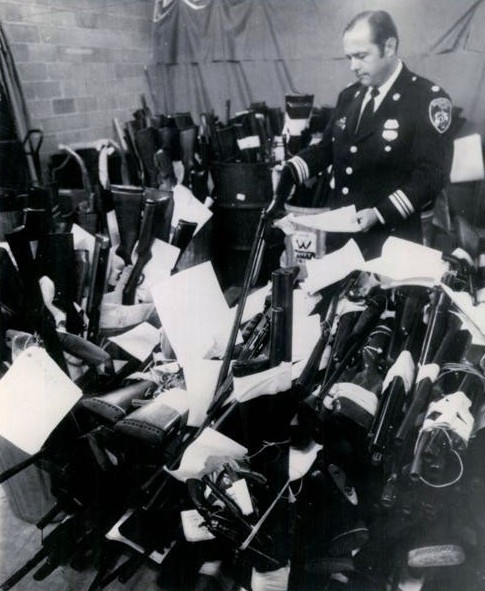
Baltimore City initiates a Gun Buy Program August 1974
Major John Kollmann stands amid some of the 1,000 guns that the City bought at $50.00 each from City residents, no questions asked, as an incentive to rid the City of guns. 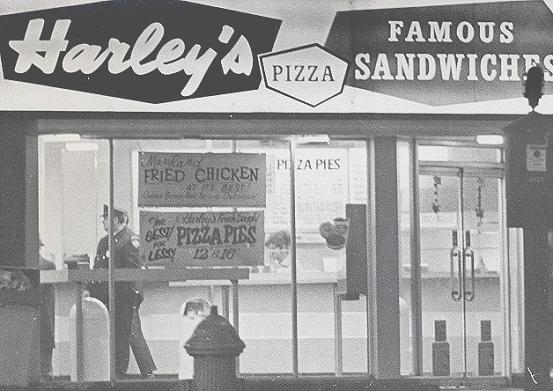
COURTESY SERGEANT BERNIE WEHAGE
Officer Warren Todd Central District R/C 102 on a business check at Harley's,
Liberty & Fayette Sts.
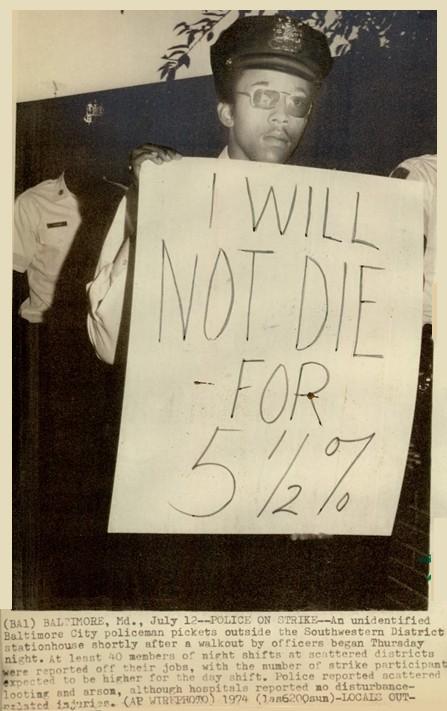
BALTIMORE POLICE STRIKE 1974
A dark time in the history of the Baltimore Police Department.
The first police strike in a major City since 1912.
A Civil War, BPD Officers vs. BPD Officers.
The strike became a part of our history and for all law enforcement.
It was not a proud moment for the Baltimore Police Department.
Many BPD officers were in a state of conflict, do the Right thing or fight
for a cause they truly believed in. No one won in this conflict.
Scars were left and will be a long time healing.
They will, indeed, heal. May this never happen again in our history.
May our ranks stay united as a brotherhood.
Officers working together for the benefit of all.
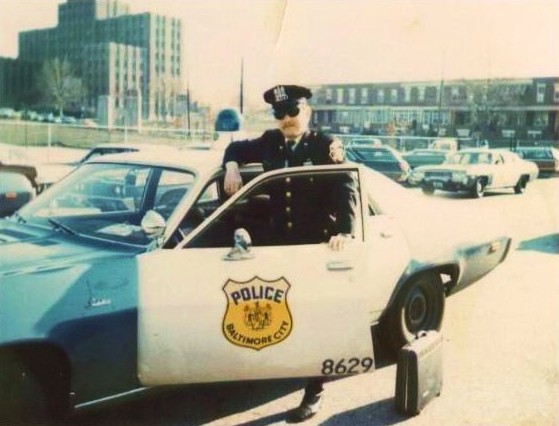
Officer Paul Bach standing next to a 1974 Plymouth in the SED parking lot
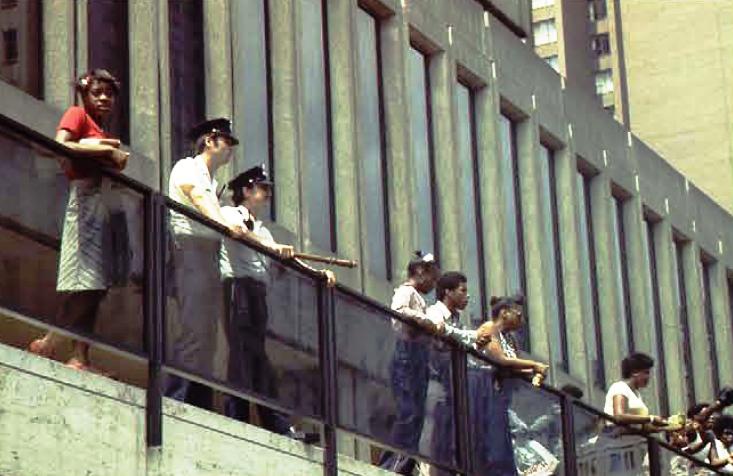
Officer William Hackley(L) and Officer Joe Snyder NWD detailed to the Afram Festival
1977
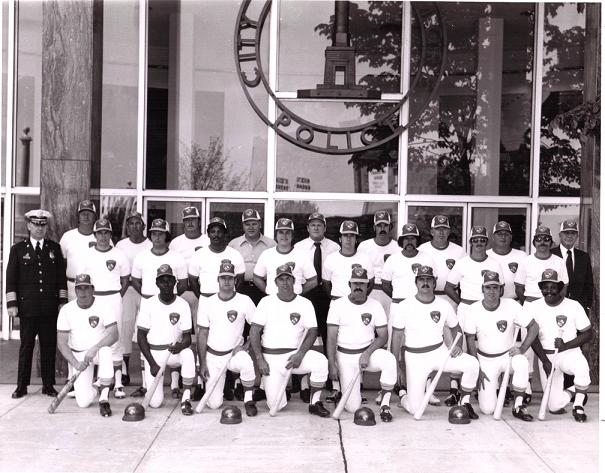
Officers in UNITY 1978
Courtesy Lt.Tom Douglas
Commissioner Donald D. Pomerleau appoints Officer Tom Douglas to Police Agent June 15, 1977
(Below) Commissioner Pomerleau with Newly appointed Agent Tom Douglas with his parents Sue and Doug proudly looking on.
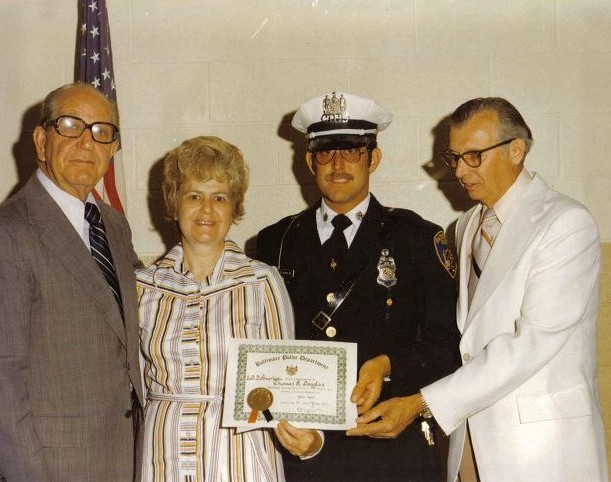
Courtesy Lt.Tom Douglas
COURTESY OFFICER JOE WICZULIS
Photograph of Colonel “Dick” Francis that was given to Officer Marion Wiczulis for Good Luck (above)
COURTESY OFFICER JOE WICZULIS
During the Custom Motorcycle Show held March 1977, at the Timonium Fair Grounds, Officer Marion S. Wiczulis of the Enforcement Section of the Traffic Division and his fiancée,Paula, devoted his spare time to display one of the Department's motorcycles and also helped promote motorcycle safety in conjunction with members of the Baltimore County Police Department.
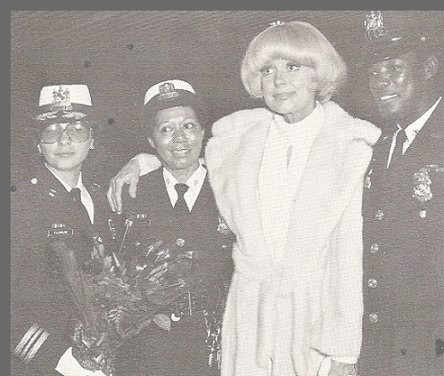
Major Patricia Mullen, Sergeant Mercedes Rankin, Carol Channing 1978
THE BALTIMORE POLICE DEPARTMENT'S GANGBUSTERS
June 1975
Front Row: Robert Ackerman, SWD; Raymond Gillespie, WD; Richard Boronyak, NWD; Thomas Heathcoate, IID; William Hausner, NED; Michael Andrew, SWD; Martin Hanna, SWD; Leonard Willis, CID; Second Row: Robert Dapp, NED; Anthony Collini, ND; Lawrence Banks, Youth; Gary Childs, CID; Anthony Rinaldi, CD; Clayton Wright, SED; James Griffin, WD; Charles Cichon, NED; Back Row: Colonel Wilbur C. Miller; George Seltzer, WD; William Arnett, Youth; Daniel Markowski, CD; Donald Farley, Youth; Joseph Powell, CID; Robert Thomas, Tac.; Fred Oster, Youth; James Gilbert, CID; Police Commissioner Donald D. Pomerleau.

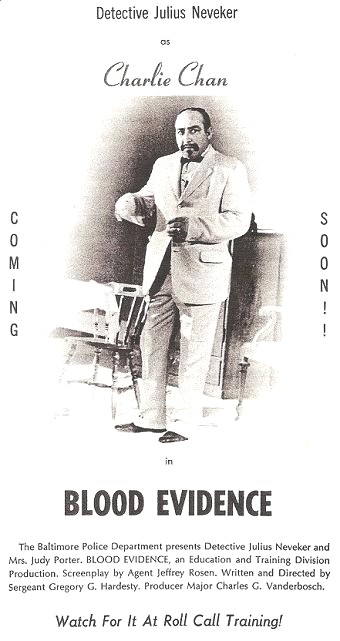
BALTIMORE POLICE NEWSLETTER
Detective Julius Neveker
December 1978

President Jimmy Carter, Major Regis Rafensberger,
Major Ron Mullen, Commissioner Bishop Robinson 1979
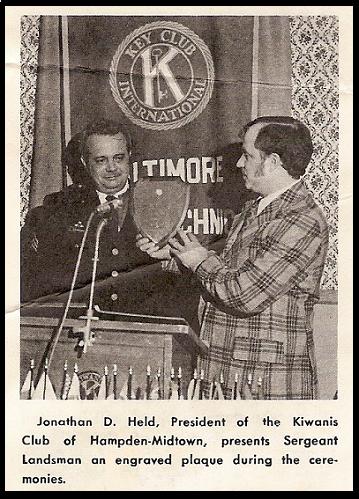

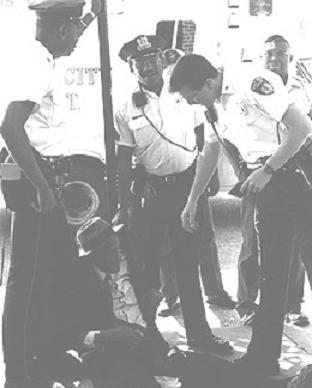

MOTOR POOL OFFICE
Photo courtesy Lieut. Robert Oros
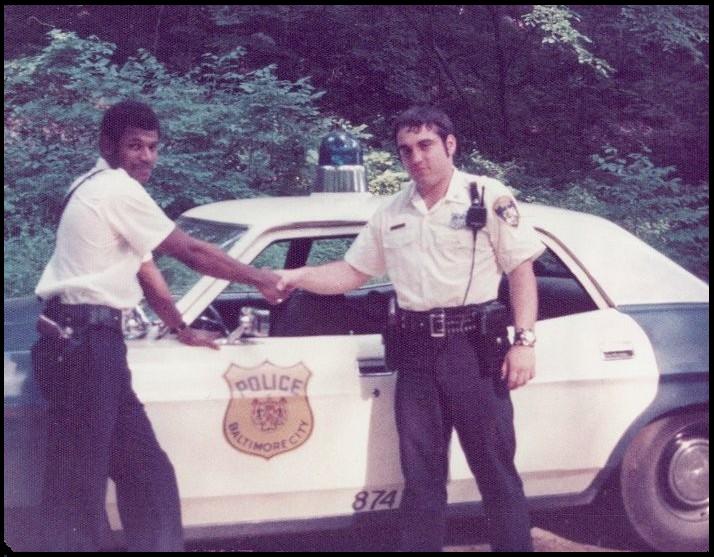
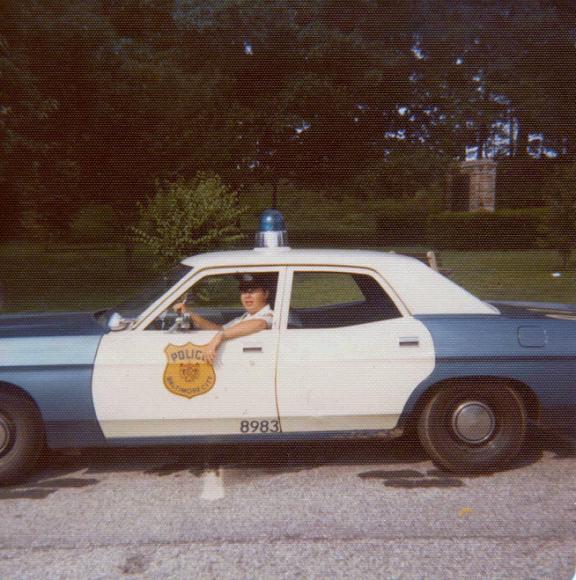
Photo courtesy Officer Brian Beauchamp
Brian W. Beauchamp graduated academy class 70-2 on July 2, 1970, and was assigned to the Northern District, where he remained until he left the department July 11, 1973, and moved to Michigan for family reasons. He started with the Shiawassee County Sheriff's Department in Corunna, MI and retired as a DET/SGT in December 1997

Photo courtesy Officer Brian Beauchamp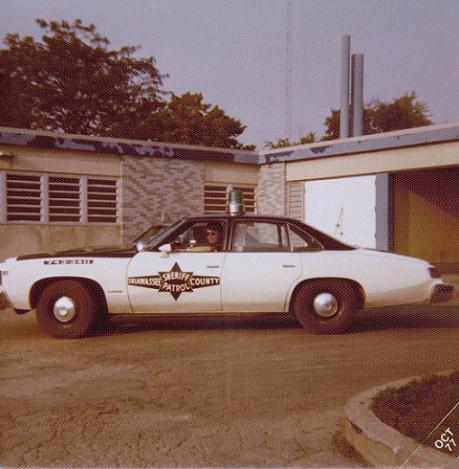
Photo courtesy Brian Beauchamp
Life after the BPD

Courtesy Officer John Brazil
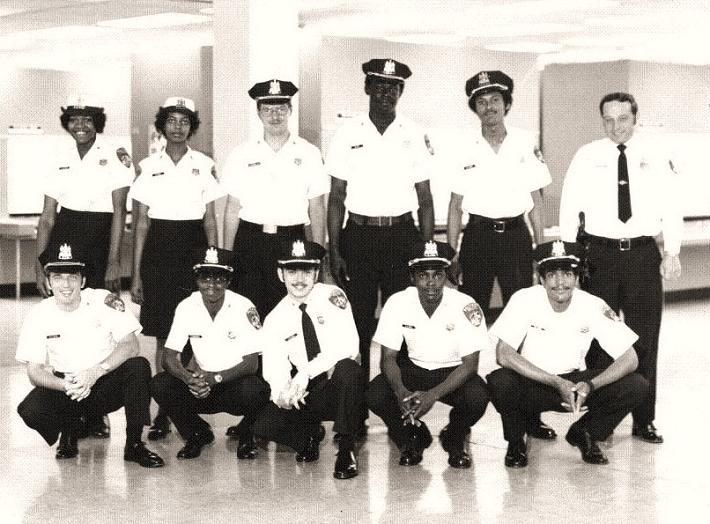
Courtesy Officer John Brazil
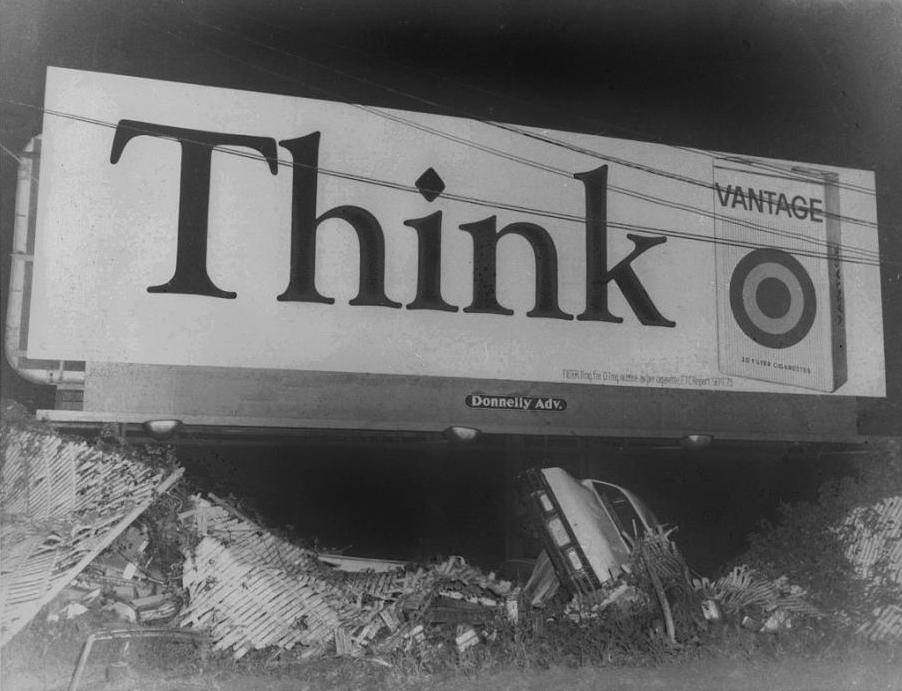
Photo courtesy Gary Provenzano
Departmental Accident Shop# 9031
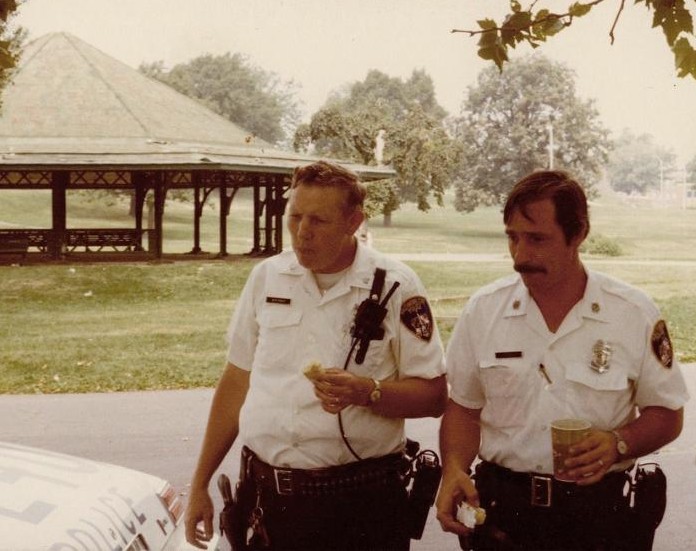
Photo Courtesy Sgt. William Gordon
Sergeant William Staley & Al Bowling celebrating the Sergeant's Birthday (Below) Sergeant Staley enjoys a piece of Birthday Cake 1976
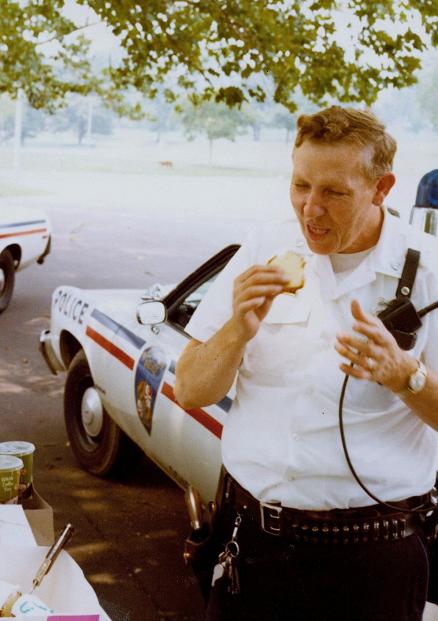
Photo Courtesy Sgt. William Gordon
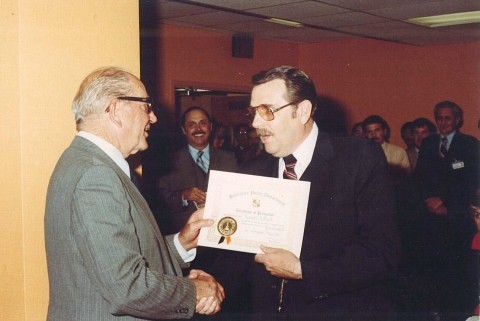
Photo courtesy: Mary Beth (Peach) Wasmer
Officer Kenneth S. Peach receiving his Sergeant promotion certificate from Police Commissioner Pomerleau
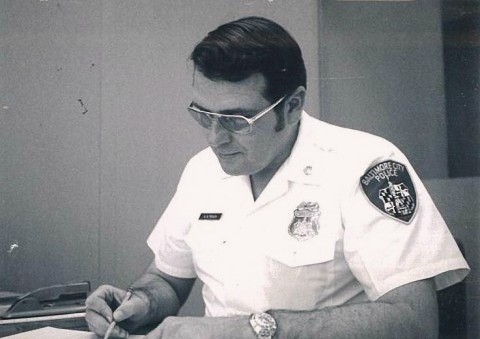
Photo courtesy: Mary Beth (Peach) Wasmer
Sergeant Kenneth Peach hard at work
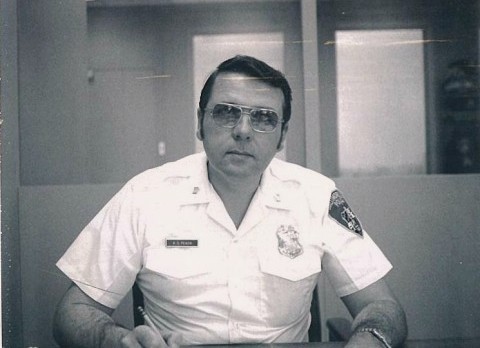
Photo courtesy: Mary Beth (Peach) Wasmer
Sergeant Peach stops a moment for this photograph

Photo courtesy: Mary Beth (Peach) Wasmer
Sergeant Peach diligently working on a report for the Police Commissioner
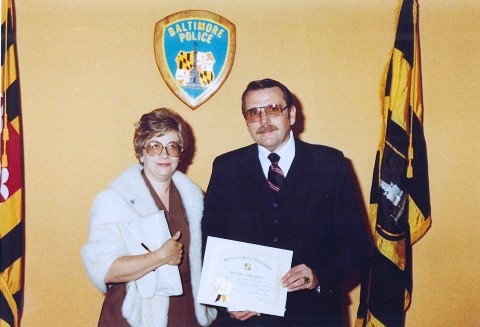
Photo courtesy: Mary Beth (Peach) Wasmer
Sergeant Peach and his wife after receiving his promotion to Lieutenant
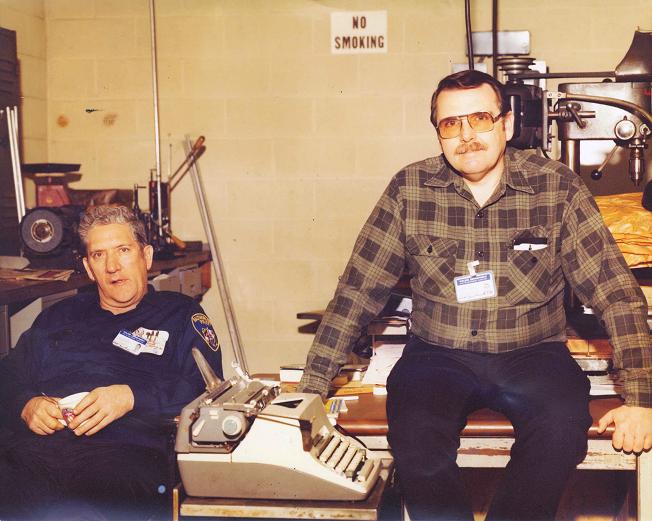
Photo courtesy: Mary Beth (Peach) Wasmer

Photo courtesy: Mary Beth (Peach) Wasmer
Lieutenant Kenneth Peach in the Armory Unit
This shot of Lieutenant Peach is probably the most memorable photograph of him etched into everyone's mind. Every visit to the Armory Unit you would find him at his desk thinking and working on some project or working on a gun. He put dedication and pride into his job.
He retired from the department and then passed away very suddenly on February 11, 2007 suffering from cancer. His service to the department is immeasurable and it Honored the Department.
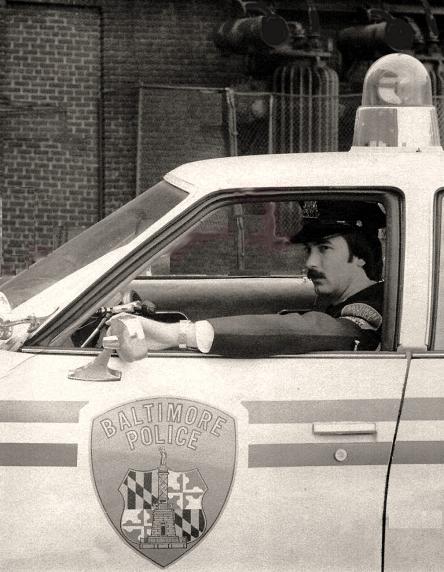
Photo Courtesy Sgt. William Gordon
Officer William Gordon 1977

Photo courtesy Lt. Robert Wilson
Commissioner Donald D. Pomerleau promoting Sergeant Robert Wilson to
the rank of Lieutenant on December 21, 1978. Lt. Wilson with
his wife Lynn and daughters Jessica and Betty Lynn are proud of their dad.
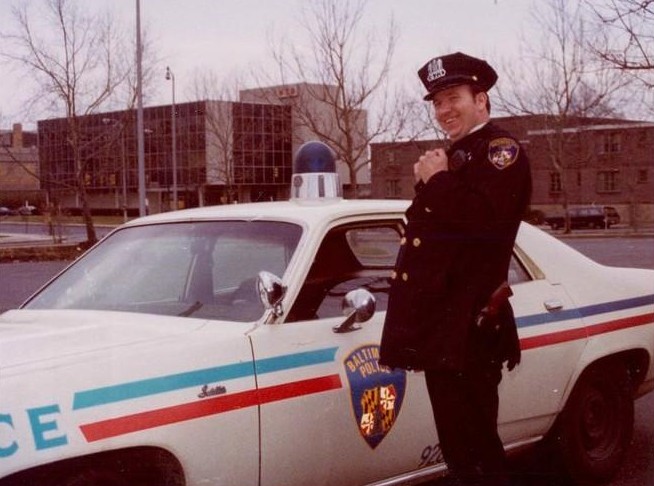
Bobby Ackison
Photo courtesy Lieut. Robert Oros

Photo courtesy Lieut. Robert Oros

Photo courtesy Lieut. Robert Oros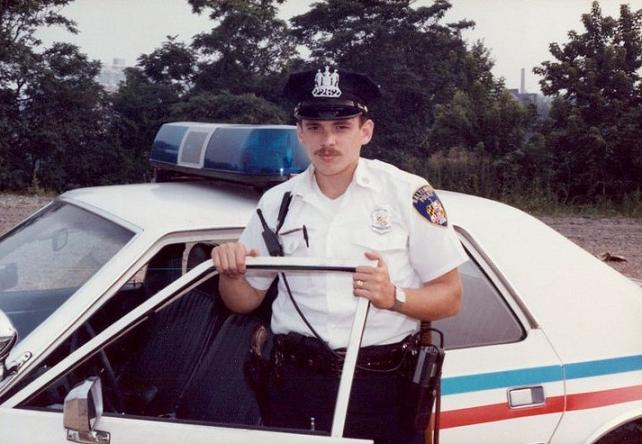
Photo courtesy Lieut. Robert Oros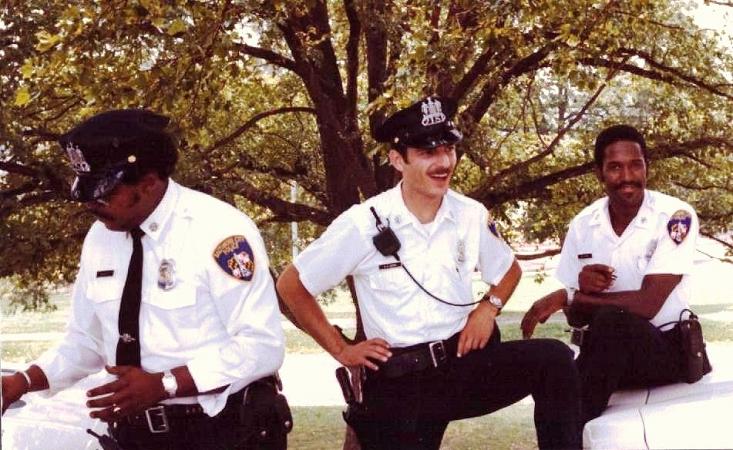
Officer Al Diggs, Don Hoppe, Bob Gains
Courtesy Lt. Tom Douglas
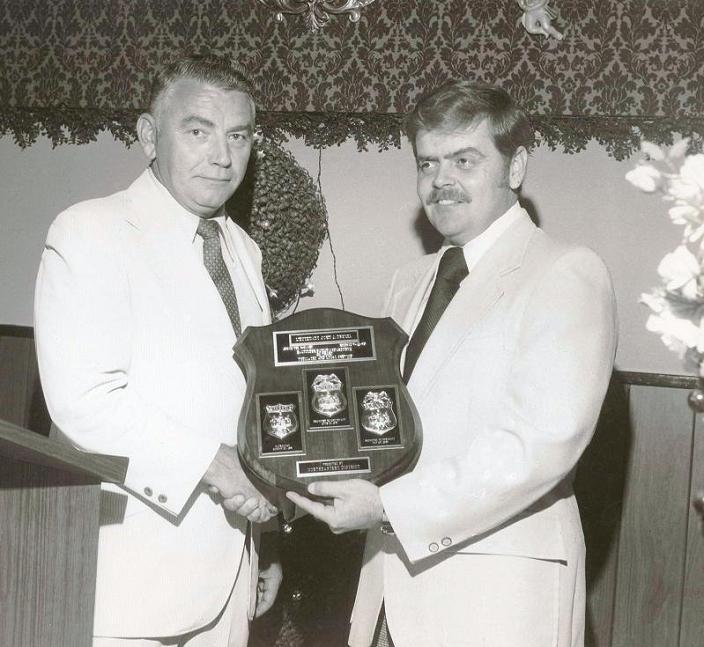
Photo courtesy Christina Bohli, John Drexel's daughter
Deputy Commissioner Harwood Burritt presents Lt. John Drexel a retirement plaque for his 23 years of service.
(Below) Retiring Lieutenant John Drexel stands at the podium with his wife Faye at his retirement party June 1975
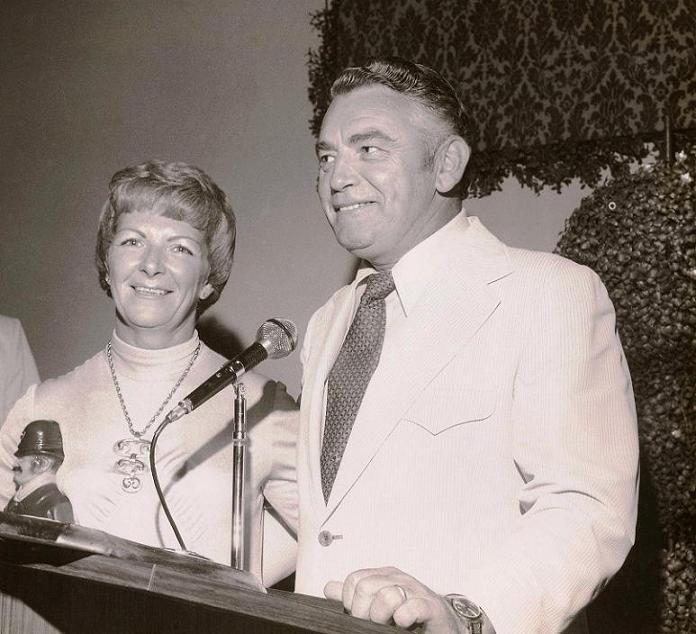
Photo courtesy Christina Bohli, John Drexel's daughter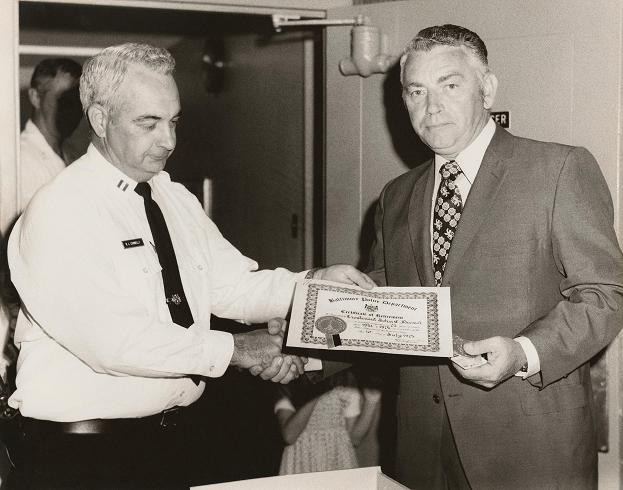
Photo courtesy Christina Bohli, John Drexel's daughter
Captain R. L.Connely giving Lt. John Drexel his retirement certificate
Photo courtesy Christina Bohli, John Drexel's daughter
Lt. John Drexel being congratulated on his retirement while his daughter Christina looks on
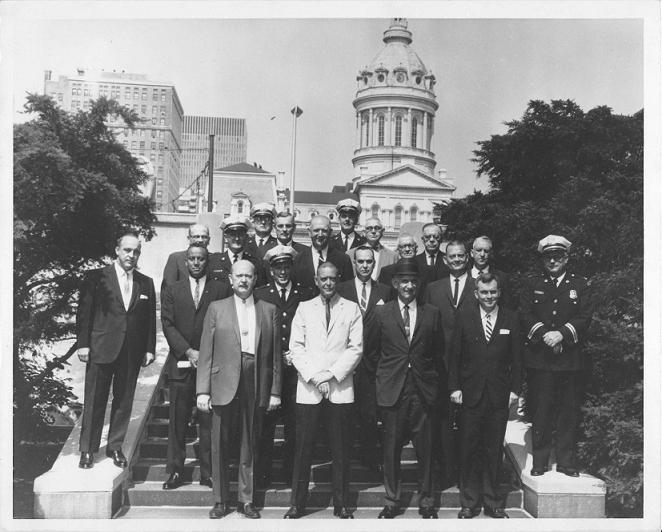
The first row, left to right: Inspector Clarence Kelly, General George Gelston, Inspector George Deuchler. Deputy Commissioner Ralph Murdy.
Second row, left to right: Colonel Richard "Dickie" Taylor, Colonel "Box" Harris. Deputy Commissioner Wade Poole. Inspector Frank J. Battaglia, Inspector Thomas "Tom" Keyes, Captain G. Gordon Gang. Third row left to right: First position unknown to me. Inspector
Frank Deems. Third position unknown to me. Last rows sort of combine. The man with the glasses, peeking out above Box Harris, is Inspector Clarence German. The gentleman in the suit, directly behind Wade Poole I believe is Captain Anthony Nelligan of the Crime Lab. The man directly behind Frank Battaglia is Inspector August Gribbin.

Officer Zawadski, Officer Pat Kirby, Officer K. Council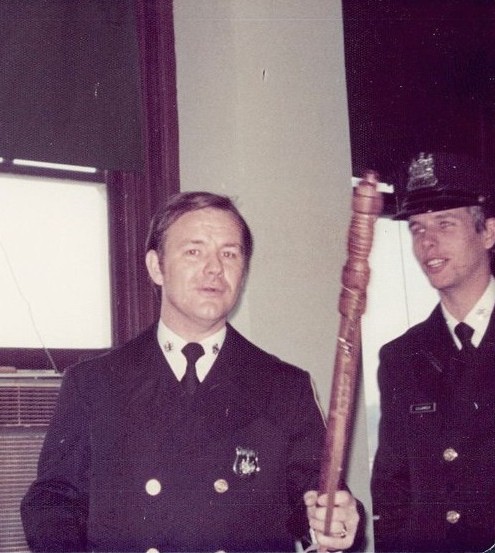
Photo courtesy Lieut. Robert Oros
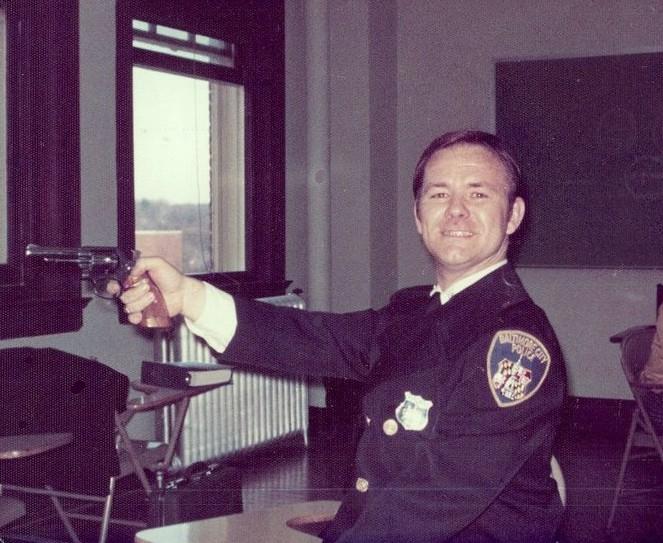
Photo courtesy Lieut. Robert Oros
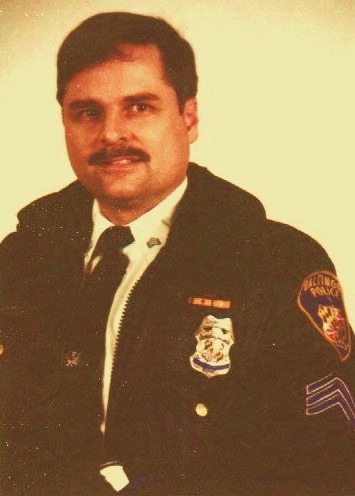
Sergeant George Freeman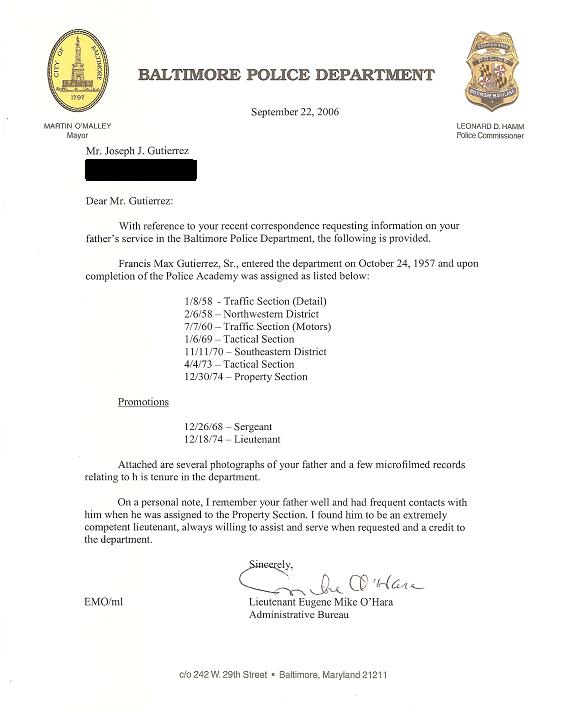
COURTESY JOSEPH GUITERREZ
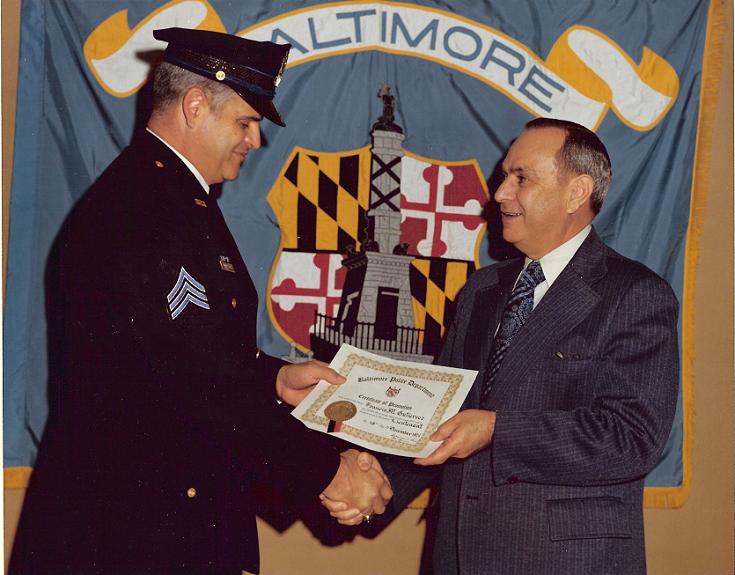
COURTESY JOSEPH GUITERREZ
Sergeant Gutierrez receiving his certificate of promotion to Lieutenant from Police Commissioner Frank J. Battaglia 12/18/1974

COURTESY JOSEPH GUITERREZ
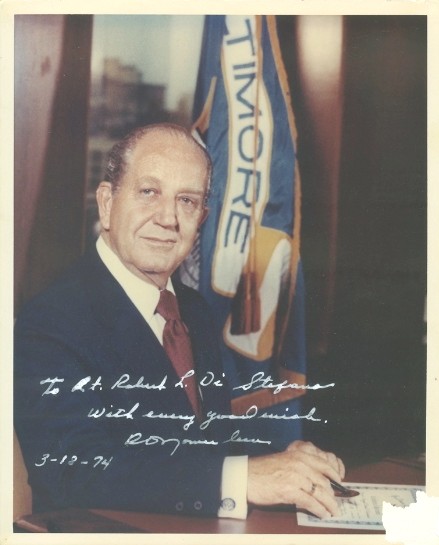
COURTESY MAJOR ROBERT DiSTEFANO
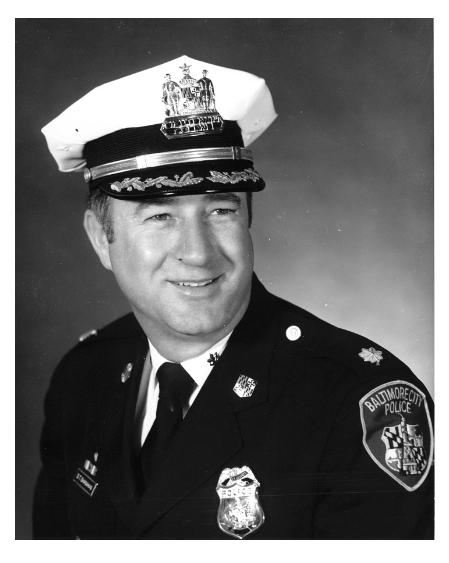
COURTESY MAJOR ROBERT DiSTEFANO
Colonel Donald "Skippy" Shanahan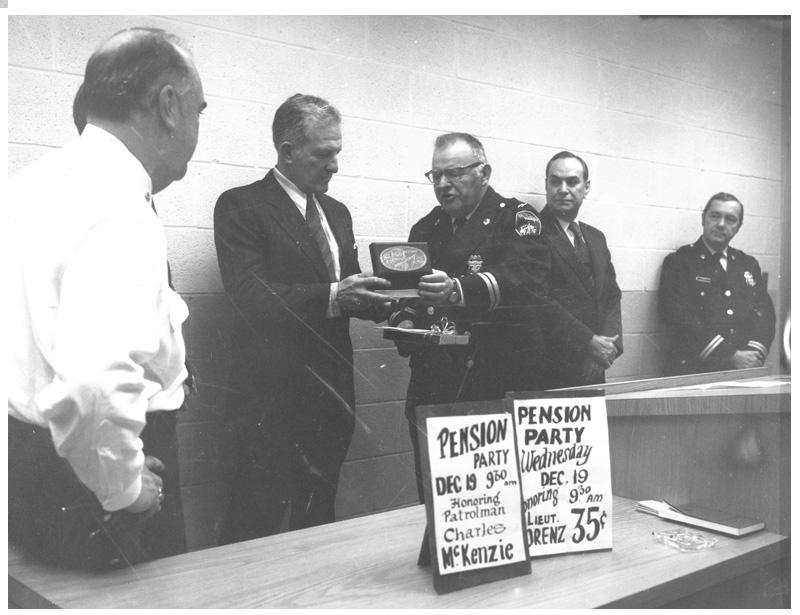
COURTESY MAJOR ROBERT DiSTEFANO
Pension party for Officer McKenzie and Lt. Lorenz.
Captain George Klanders, Deputy Commissioner Battaglia, and Captain John Barnold
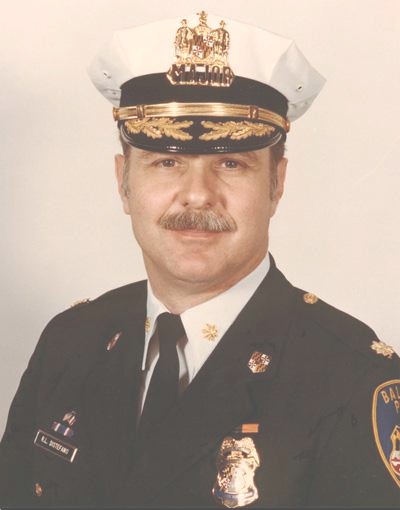
COURTESY MAJOR ROBERT DiSTEFANO
![]()
POLICE INFORMATION
Copies of: Your Baltimore Police Department Class Photo, Pictures of our Officers, Vehicles, Equipment, Newspaper Articles relating to our department and or officers, Old Departmental Newsletters, Lookouts, Wanted Posters, and or Brochures. Information on Deceased Officers and anything that may help Preserve the History and Proud Traditions of this agency. Please contact Retired Detective Kenny Driscoll.

NOTICE
How to Dispose of Old Police Items
Please contact Det. Ret. Kenny Driscoll if you have any pictures of you or your family members and wish them remembered here on this tribute site to Honor the fine men and women who have served with Honor and Distinction at the Baltimore Police Department. Anyone with information, photographs, memorabilia, or other "Baltimore City Police" items can contact Ret. Det. Kenny Driscoll at
Copyright © 2002 Baltimore City Police History - Ret Det Kenny Driscoll
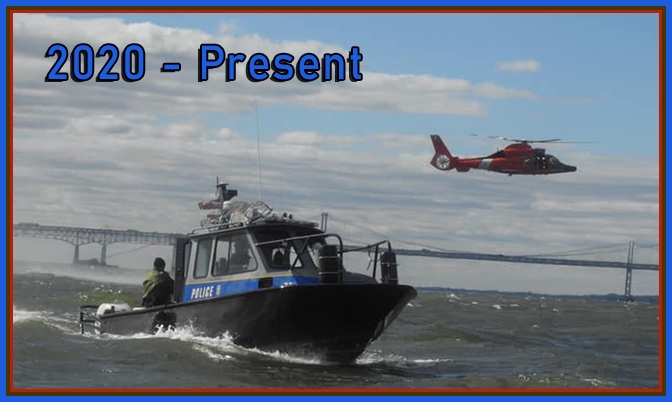
2000 - Present
![]()
POLICE INFORMATION
Copies of: Your Baltimore Police Department Class Photo, Pictures of our Officers, Vehicles, Equipment, Newspaper Articles relating to our department and or officers, Old Departmental Newsletters, Lookouts, Wanted Posters, and or Brochures. Information on Deceased Officers and anything that may help Preserve the History and Proud Traditions of this agency. Please contact Retired Detective Kenny Driscoll.

NOTICE
How to Dispose of Old Police Items
Please contact Det. Ret. Kenny Driscoll if you have any pictures of you or your family members and wish them remembered here on this tribute site to Honor the fine men and women who have served with Honor and Distinction at the Baltimore Police Department. Anyone with information, photographs, memorabilia, or other "Baltimore City Police" items can contact Ret. Det. Kenny Driscoll at
Copyright © 2002 Baltimore City Police History - Ret Det Kenny Driscoll